Notre principal objectif en Hongrie est de se rendre au Centre de talents musicaux Snétberger situé à Felsöörs. Nous organisons donc notre trajet en fonction de cette visite. Nous entrons par l’ouest en direction du Lac Balaton et ressortons par le sud-ouest du pays.
| Country – Pays | Distance (km) |
| Switzerland – Suisse | 600 |
| France | 600 |
| Madagascar | 1200 |
| South Africa – Afrique du sud | 3800 |
| Swaziland | 400 |
| Namibia – Namibie | 900 |
| Germany – Allemagne | 550 |
| Czech Republic – Tchèque République | 400 |
| Austria – Autriche | 300 |
| Hungary – Hongrie | 435 |
| Total | 9 185 |
La Hongrie est une république constitutionnelle unitaire située en Europe centrale. Elle a pour capitale Budapest, pour langue officielle le hongrois et pour monnaie le forint. D’une superficie de 93 030 km2, elle s’étend sur 250 km du nord au sud et 524 km d’est en ouest. Elle a 2 009 km de frontières avec l’Autriche à l’ouest, la Serbie, la Croatie et la Slovénie au sud et sud-ouest, la Roumanie au sud-est, l’Ukraine au nord-est et la Slovaquie au nord.(Wikipédia, 2019)
The territory of modern Hungary was for centuries inhabited by a succession of peoples, including Celts, Romans, Germanic tribes, Huns, West Slavs and the Avars. The foundations of the Hungarian state were established in the late ninth century by the Hungarian grand prince Árpád following the conquest of the Carpathian Basin. By the 12th century, Hungary became a regional power, reaching its cultural and political height in the 15th century. Following the Battle of Mohács in 1526, Hungary was partially occupied by the Ottoman Empire (1541–1699). It came under Habsburg rule at the turn of the 18th century, and later joined Austria to form the Austro–Hungarian Empire, a major European power. (Wikipedia, 2019)
The Austro-Hungarian Empire collapsed after World War I, and the subsequent Treaty of Trianon established Hungary’s current borders, resulting in the loss of 71% of its territory, 58% of its population, and 32% of ethnic Hungarians. Following the tumultuous interwar period, Hungary joined the Axis Powers in World War II, suffering significant damage and casualties. Hungary became a satellite state of the Soviet Union, which contributed to the establishment of a socialist republic spanning four decades (1949–1989). The country gained widespread international attention as a result of its 1956 revolution and the seminal opening of its previously-restricted border with Austria in 1989, which accelerated the collapse of the Eastern Bloc. On 23 October 1989, Hungary became a democratic parliamentary republic.
Après des siècles où le territoire actuel de la Hongrie était habité par les Celtes, les Romains, les Huns, les Slaves, les Gépides et les Avars, la Hongrie fut fondée à la fin du ixe siècle par le prince et commandant militaire Árpád après la conquête du territoire. Après la bataille de Mohács en 1526, la Hongrie perdit sa souveraineté au profit de l’Empire ottoman (1541 – 1699). Elle fut sous la tutelle des Habsbourg et, plus tard, elle fit partie de l’Empire austro-hongrois (1867 – 1918).
Ses frontières actuelles furent établies en 1920 avec le traité de Trianon, quand le pays perdit 71 % de son territoire, et 32 % de magyarophones. La situation de ces populations hongroises, se retrouvant hors des nouvelles frontières du pays, motive de la part de la Hongrie une politique explicitement irrédentiste et explique ainsi le ralliement du pays à l’Allemagne nazie lors de la Seconde Guerre mondiale. Pendant quatre décennies de communisme (1947 – 1989), le pays, connu alors sous le nom de République populaire de Hongrie, attira l’attention internationale avec la révolution de 1956 et l’ouverture de la frontière avec l’Autriche en 1989 qui accéléra la chute du bloc soviétique. (Wikipédia, 2019)
2.2 Weather – Les conditions météorologiques
Spring has come! Flowers are blooming!
Le printemps est arrivé! On voit de jolies fleurs un peu partout!
Puisque nous ne suivons pas de piste cyclable officielle cette fois, je vous propose de nous suivre à travers les différents comitats (divisions civiles et administratives) que nous traversons.
Nous entrons en Hongrie par la pointe sud-est du lac de Neusiedl. Nous suivons ses rives pendant quelques 60 km au total.
Nous faisons un petit détour pour visiter la charmante ville de Sopron et ses bâtiments datant de la période médiévale.
Le reste de notre trajet dans ce comitat se fait en sillonnant les petites routes de campagnes à terrain plutôt plat.
On retrouve des terrains vallonnés dans le comitat de Veszprém où se trouve les collines de Bakony et la partie nord du Lac Balaton.
Nous nous arrêtons dans la ville du même nom pour une courte visite. Veszprém est connue comme le premier évèché de la nation, et pendant des siècles, le siège de la maison de la reine de Hongrie.
Quelques 15km plus loin, nous arrivons dans le petit village de Felsőörs où se trouve le centre des talents musicaux Snétberger. Ce centre a été fondé par Ferenc Snétberger, un ami de m@x, guitariste et compositeur. m@x s’est impliqué dans la création de ce projet depuis sa phase de planification.Ce centre a pour mission de supporter les jeunes talents musicaux d’origine bohémienne en leur offrant un mentorat unique pour leur développement. L’enseignement est orienté sur la progression de leurs connaissances musicales en jazz, classique et musique du monde. (http://www.snetbergercenter.org/en)Pendant cette semaine, nous apprécions la compagnie de Ferenc et Angela (sa femme) et prenons le temps de bien relaxer.
Nous assistons aussi aux concerts non-officiels offerts chaque soir par les étudiants.
En quittant Felsőörs, nous décidons de suivre la rive ouest du lac Balaton.Le lac Balaton est un lac d’eau douce de Hongrie et le lac le plus vaste d’Europe centrale. Ses caractéristiques font de lui une zone de pêche et de tourisme importante. (Wikipédia, 2019)
Alors que nous sommes bien “occupés” à être en vacances au centre Snétberger, une opportunité se présente pour visiter Budapest. 120km de route en auto, c’est rien! On prend!Budapest a été fondé en 1873 grâce au regroupement de trois villes soit Buda et Obuda sur la rive ouest du Danube, et Pest sur la rive est. Ces trois villes se sont développés durant la seconde moitié du 12e siècle. (traduction libre : Eyewitness travel, 2015).
Tony Snétberger, un ami de m@x, performe avec son groupe jazz ce soir au Budapest Jazz Club. On ne manque pas ça!
A la pointe sud du lac Balaton, nous entrons dans le comitat de Zala. Nous visitons alors la ville de Keszthely.
Nous traversons ce comitat dans les campagnes au relief accidenté afin de rejoindre la frontière avec la Croatie.
Alors que nous arrivons aux douanes de Letenye, les pancartes nous indique que c’est en construction… ça veut dire quoi exactement… peut-on quand même passer? Et bien, après avoir fait le tour des bâtisses désertées, nous trouvons finalement un gardien qui nous informe que cette frontière est officiellement fermée. Voyageant à vélo, nous n’avons pas le droit d’utiliser la frontière à proximité puisqu’elle est rejointe par une autoroute. Le gardien nous dessine alors un charmant croquis indiquant que nous devons rouler 45km vers l’ouest pour atteindre la prochaine frontière passable à vélo.
C’est encore plutôt difficile de se trouver un endroit où loger. Certains campings sont ouverts mais d’autres sont encore fermés. On doit donc improvisé un peu et trouver logis dans des hotels la moitié du temps.
Cette fois, c’est notre brûleur qui fait des siennes. m@x doit utiliser son côté “patenteux” pour le faire survivre jusqu’à la fin du voyage.
| Wear & Tear – Compilation des bris | m@x | Audrey |
| Flat tire – Crevaison | 8 | 8 |
| Tire replacement – Remplacement d’un pneu | 6 | 4 |
| Crankset replacement -Remplacement du pédalier | 0 | 1 |
| Poulies replacement – Remplacement des poulies | 0 |
1 |
| Brake Pads – Freins | 1 |
0 |
| Chain replacement – Remplacement de la chaîne | 1 | 2 |
| Cassette replacement – Remplacement de la cassette | – | 1 |
| Oil change Rohloff – Changement d’huile Rohloff | 1 | – |
| Sprocket change – Changement des pignons | 1 | 0 |
| Mattress – Matelas de sol | 1 | 0 |
| tent mosquito net – Moustiquaire de la tente | 1 | |
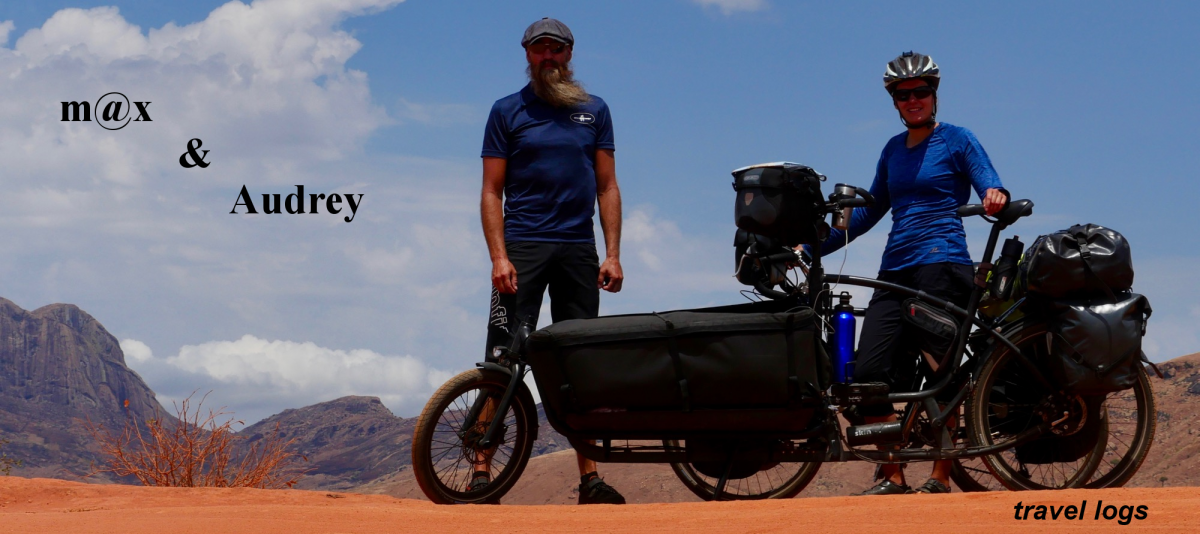


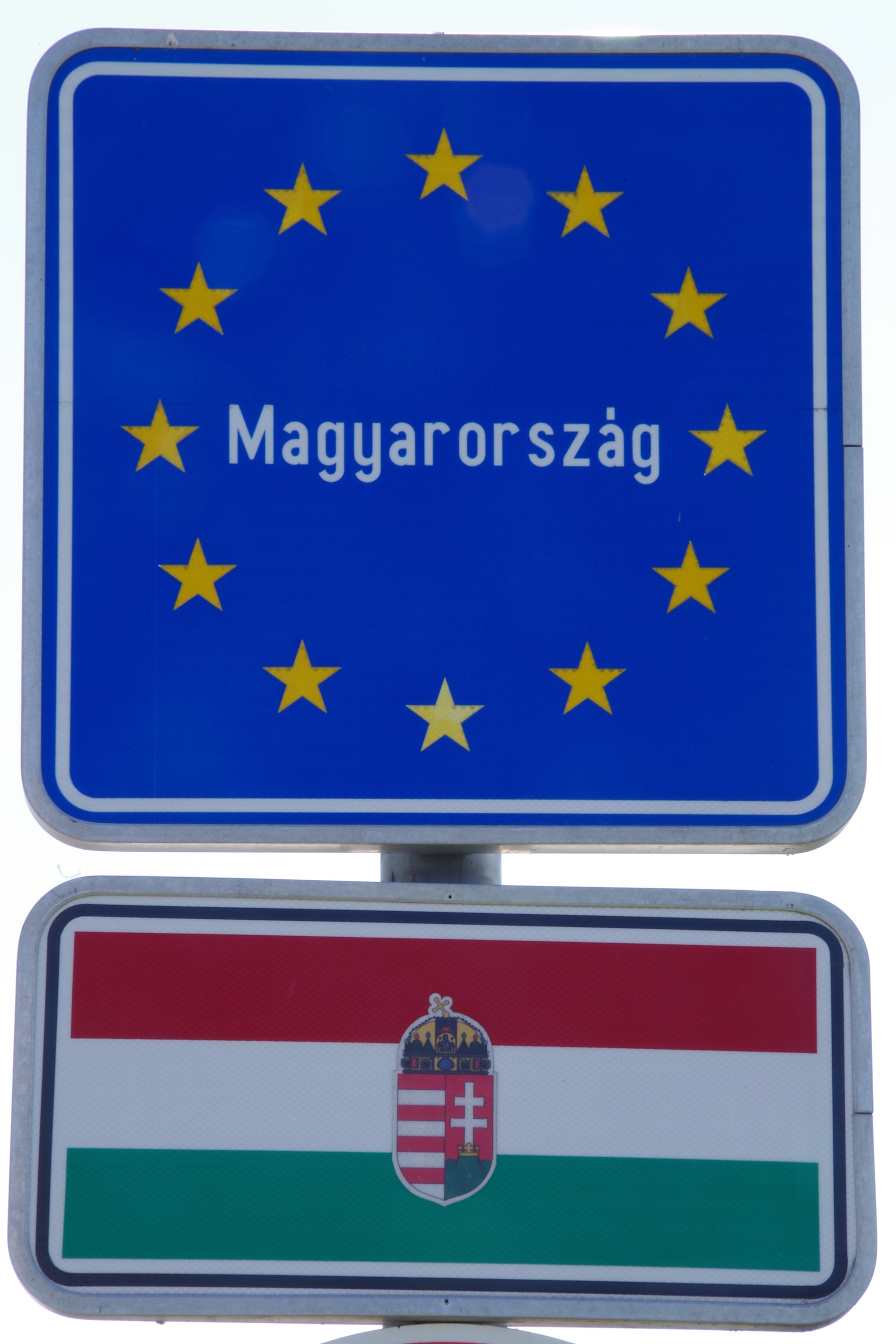
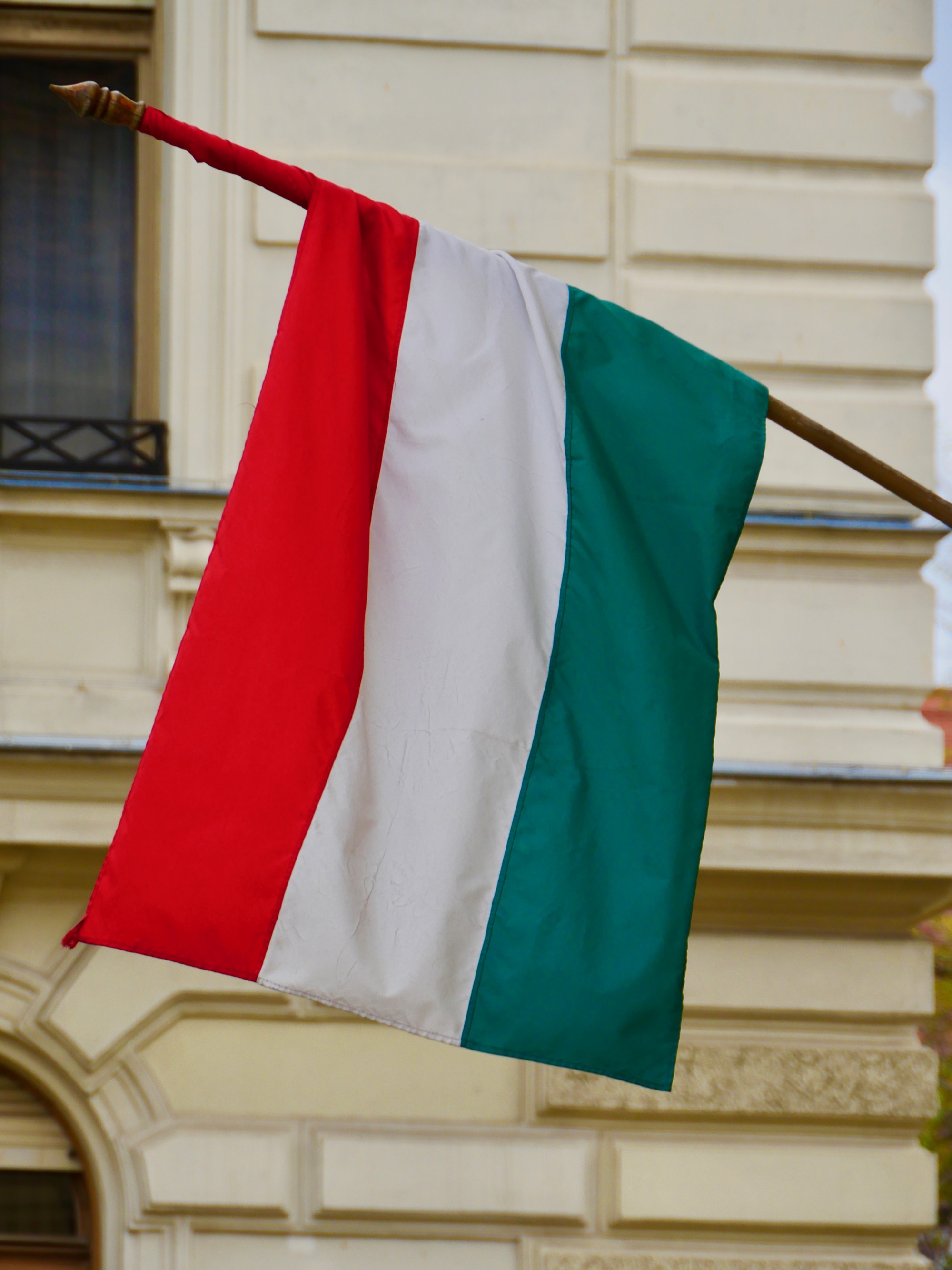
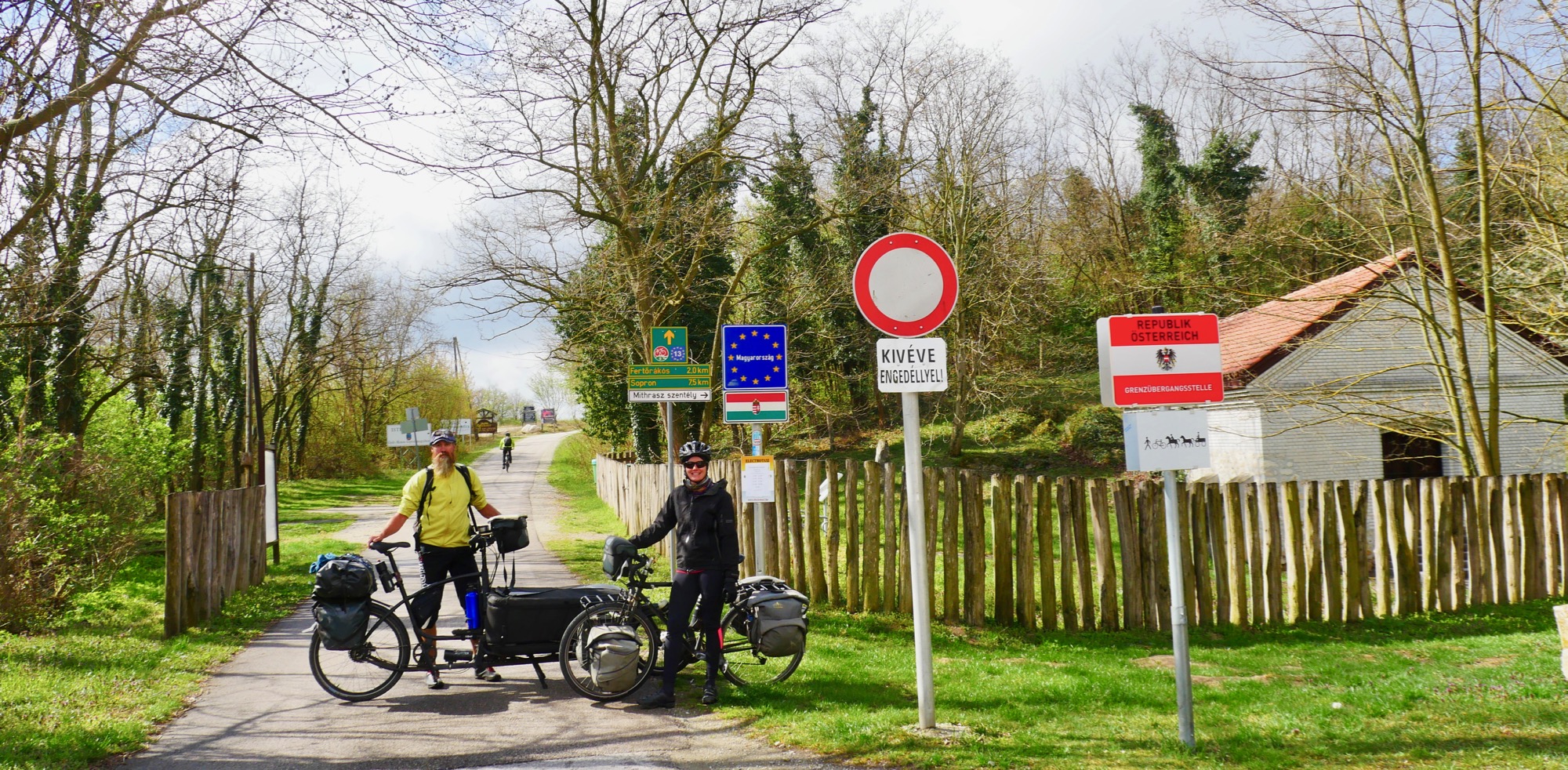
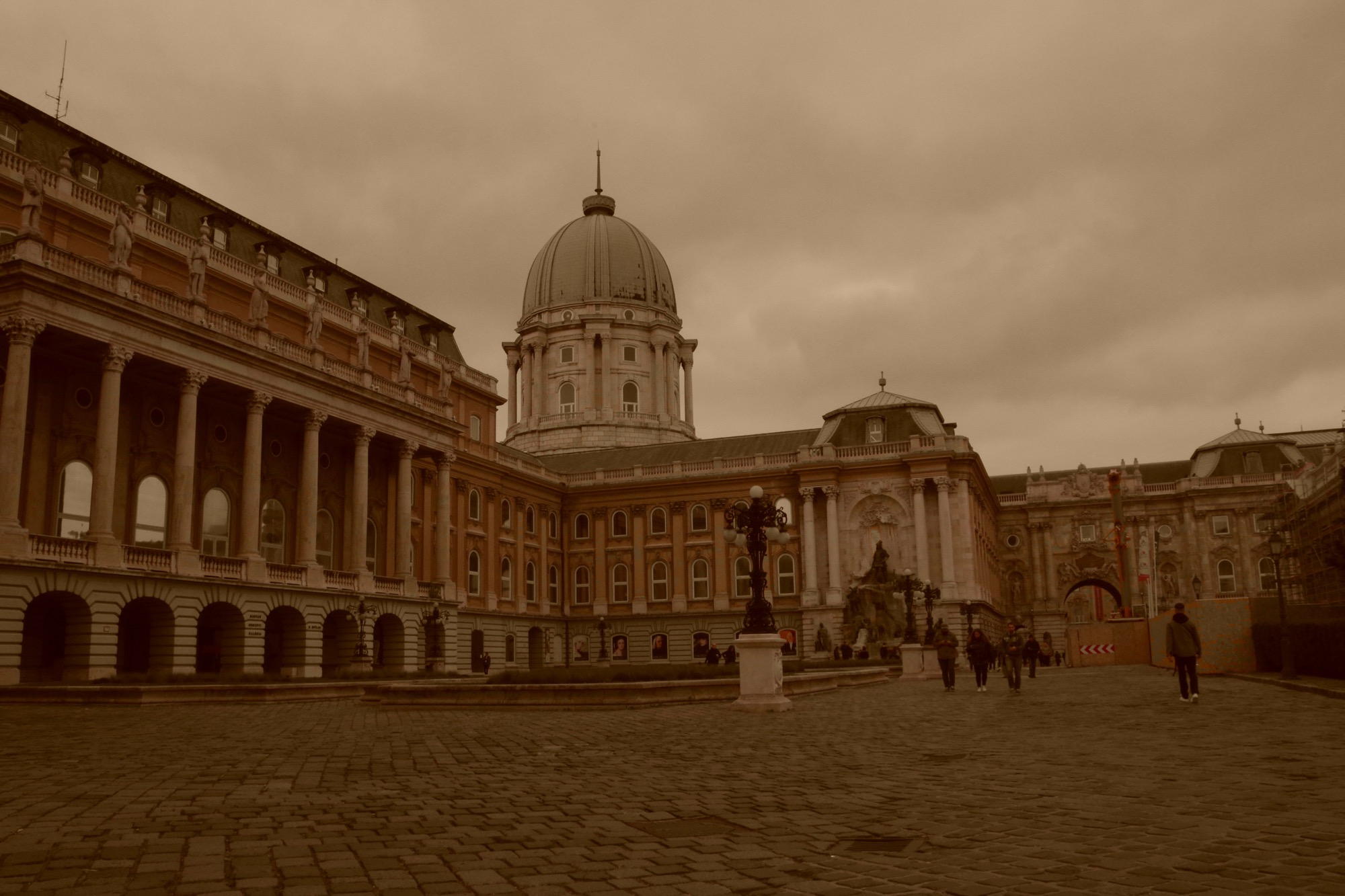


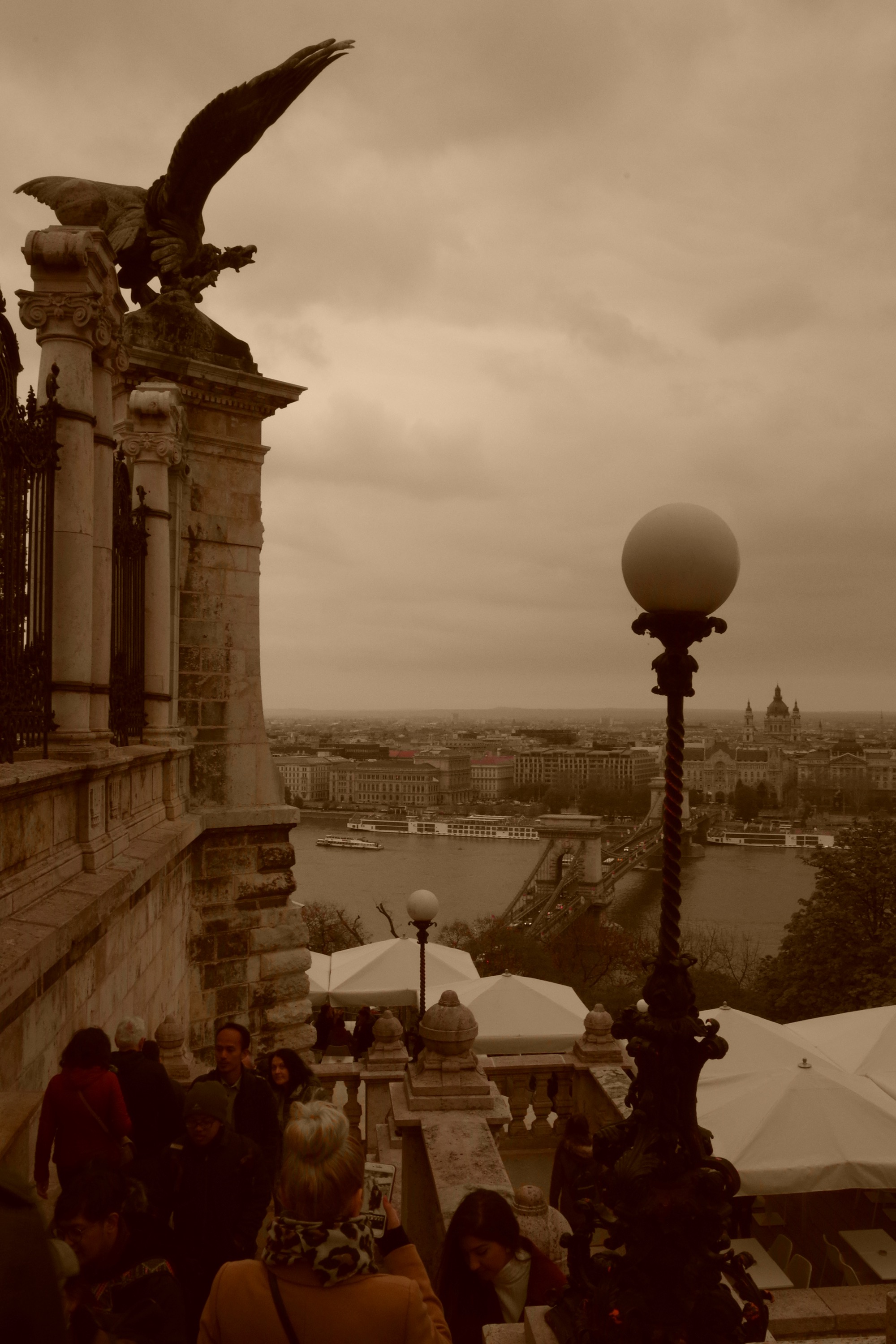
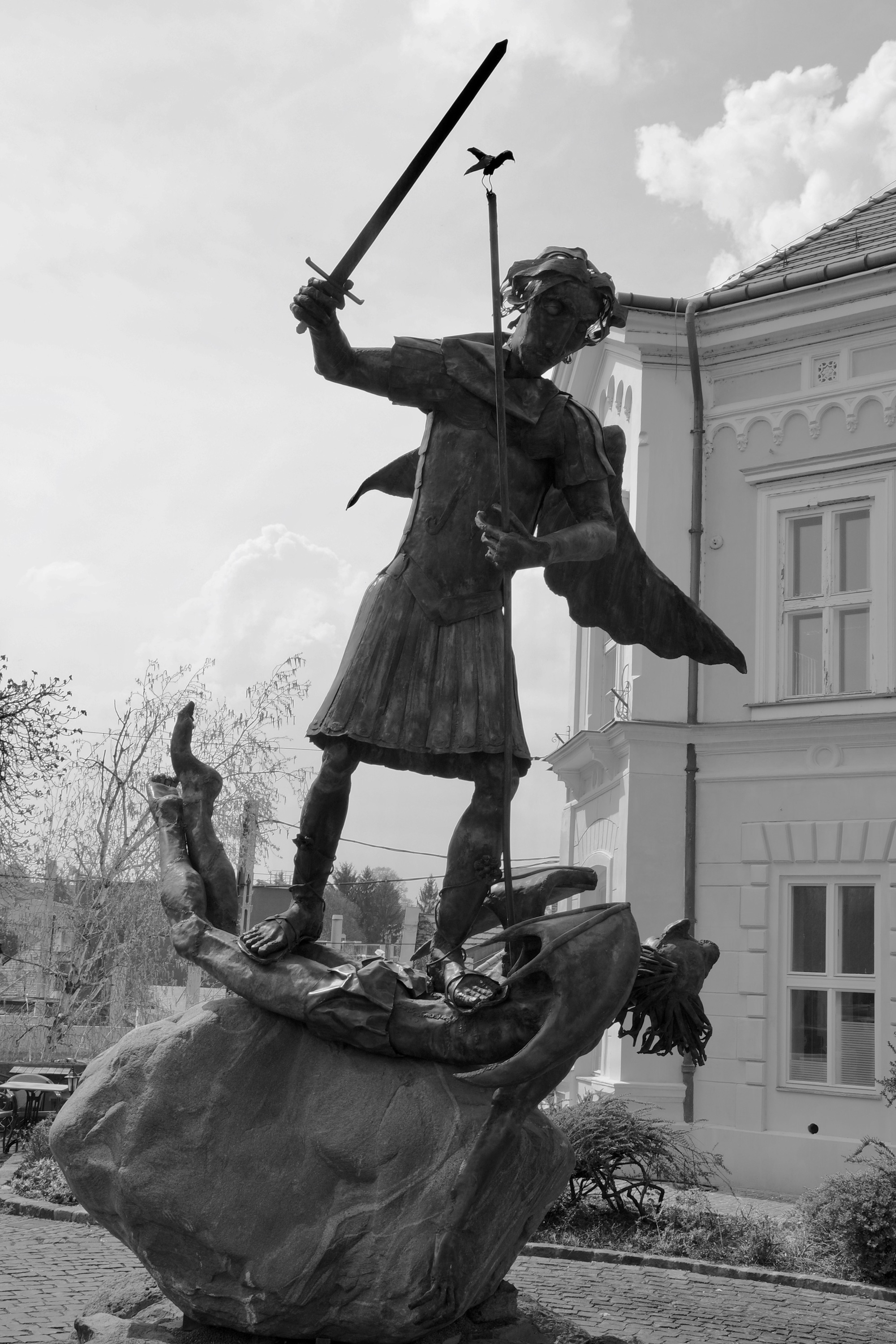
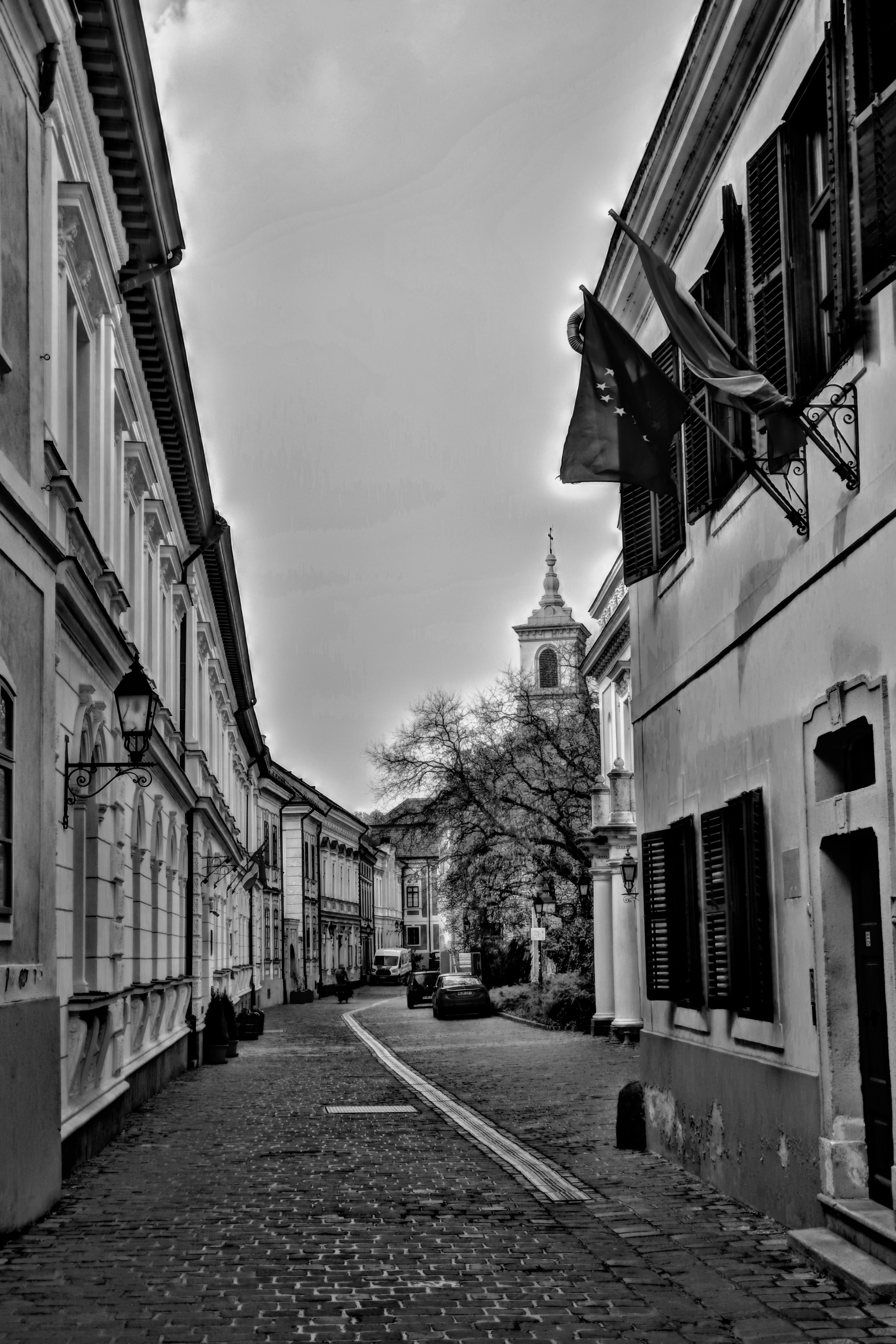



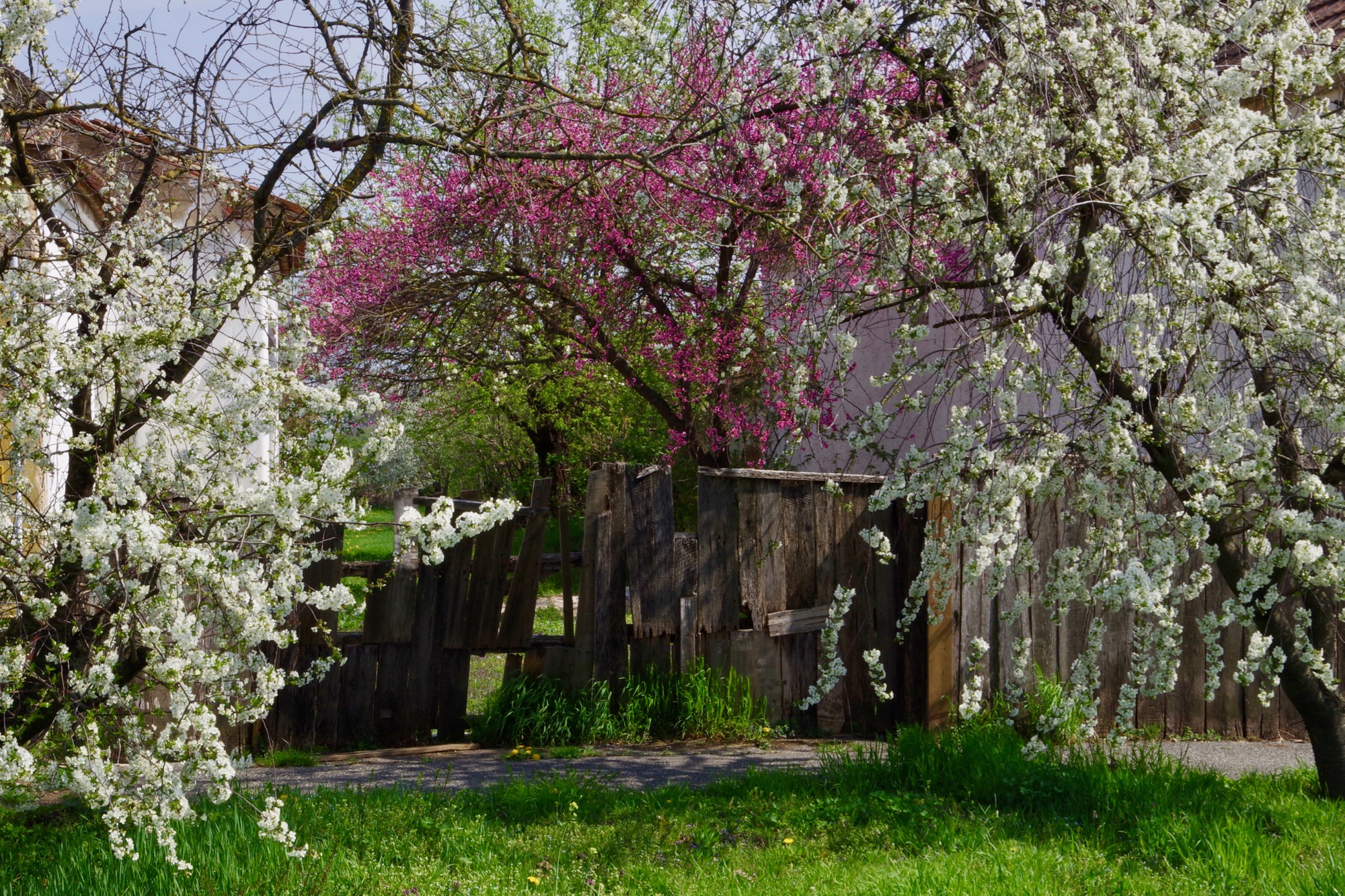
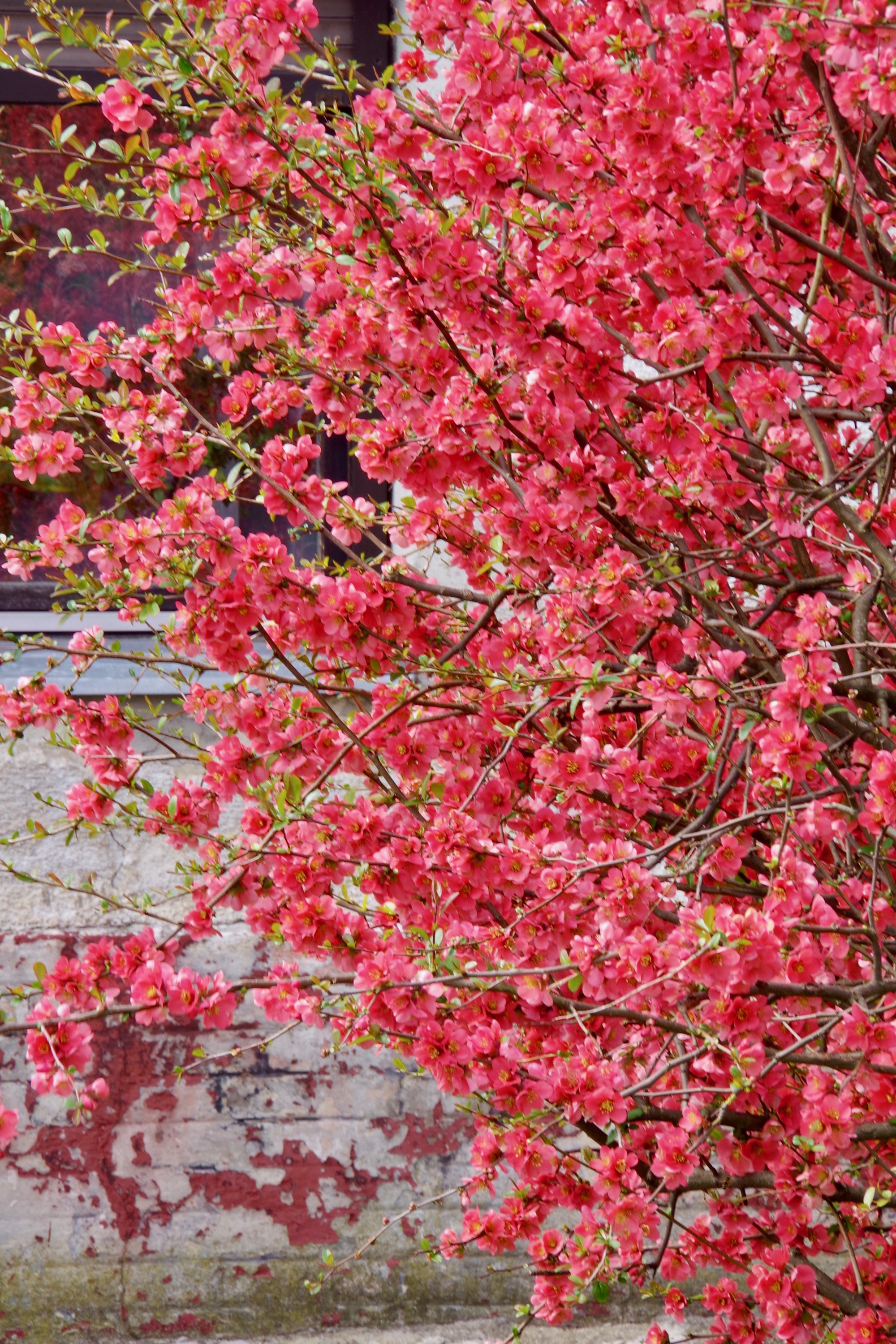

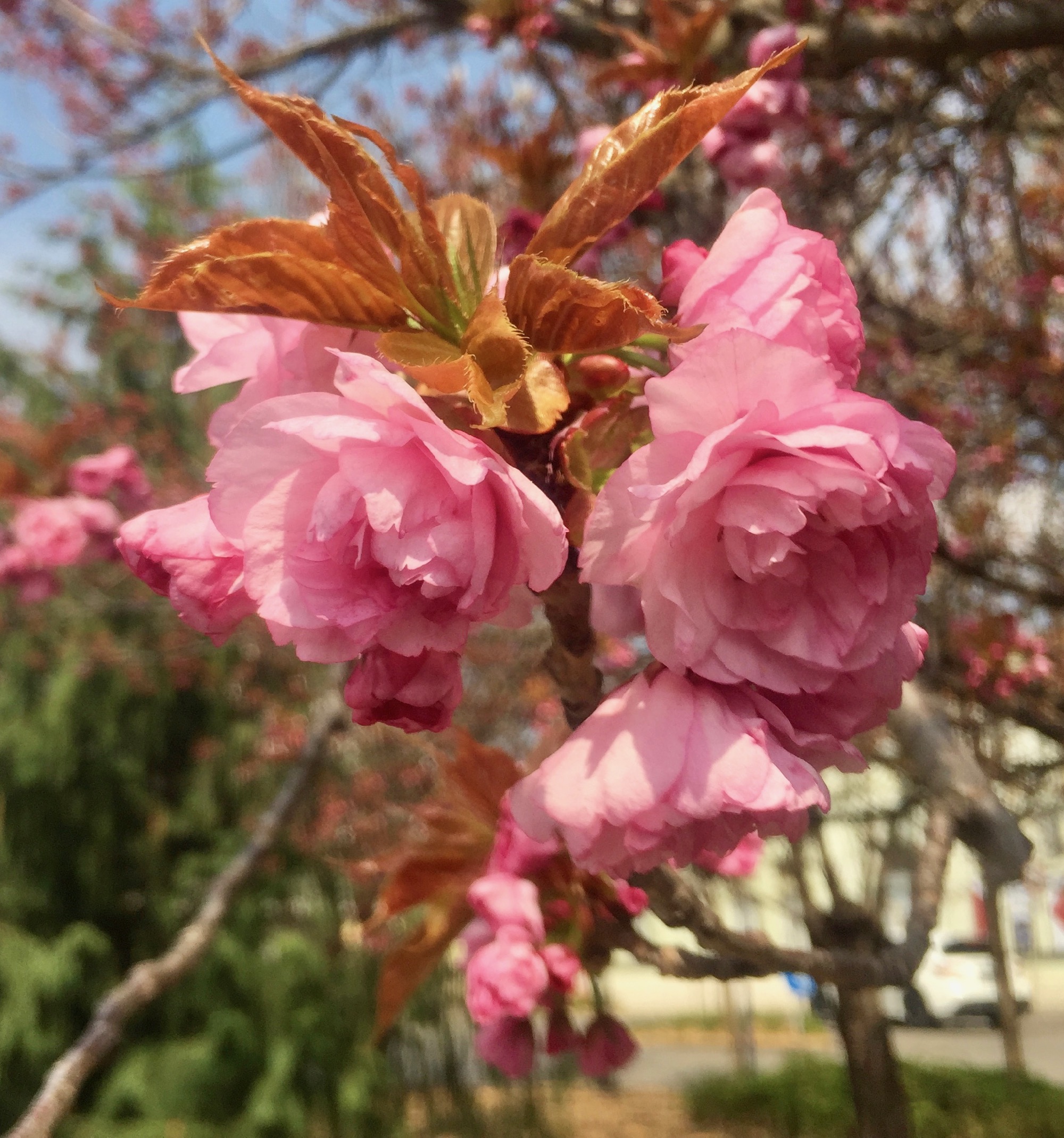
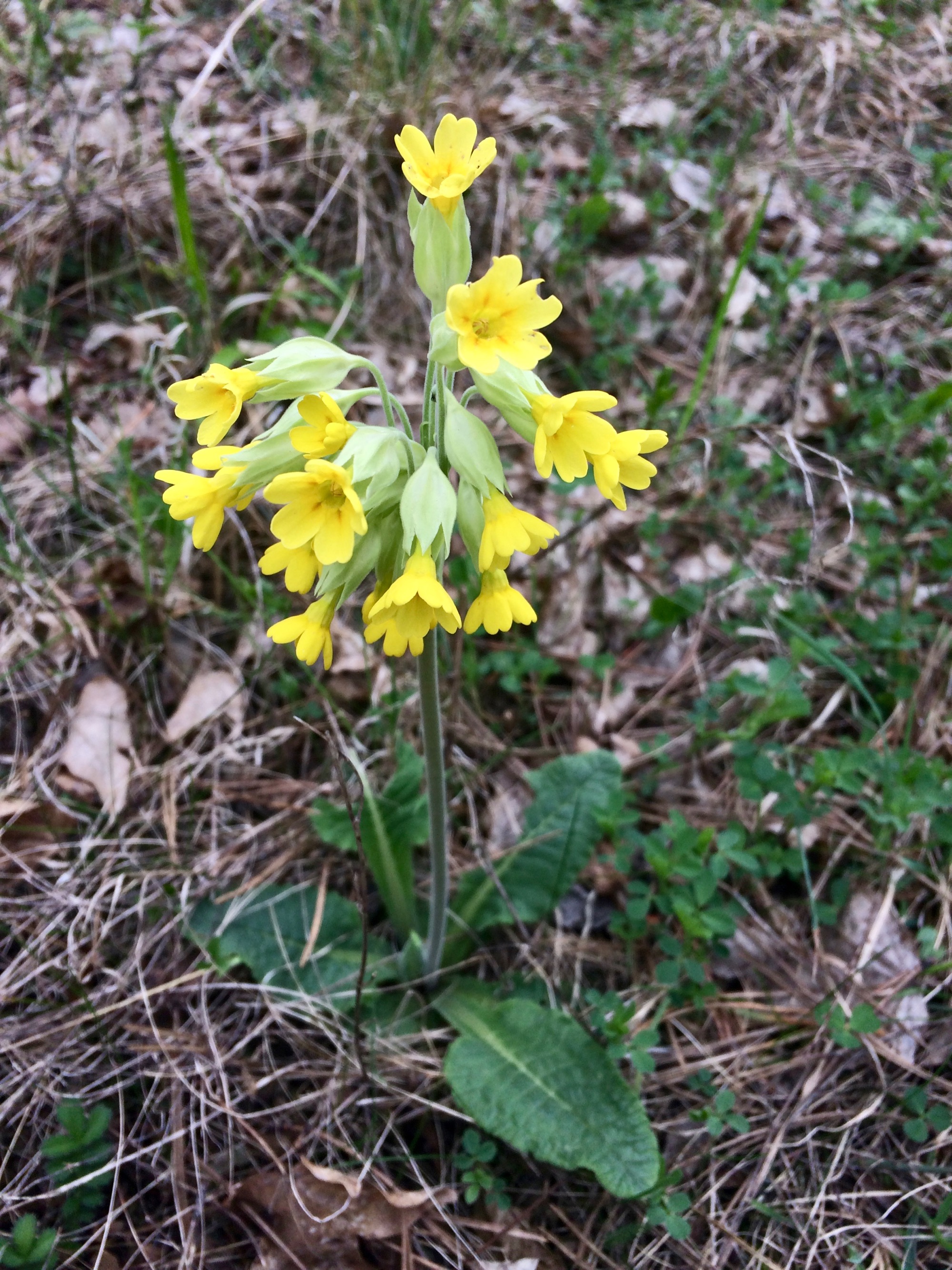

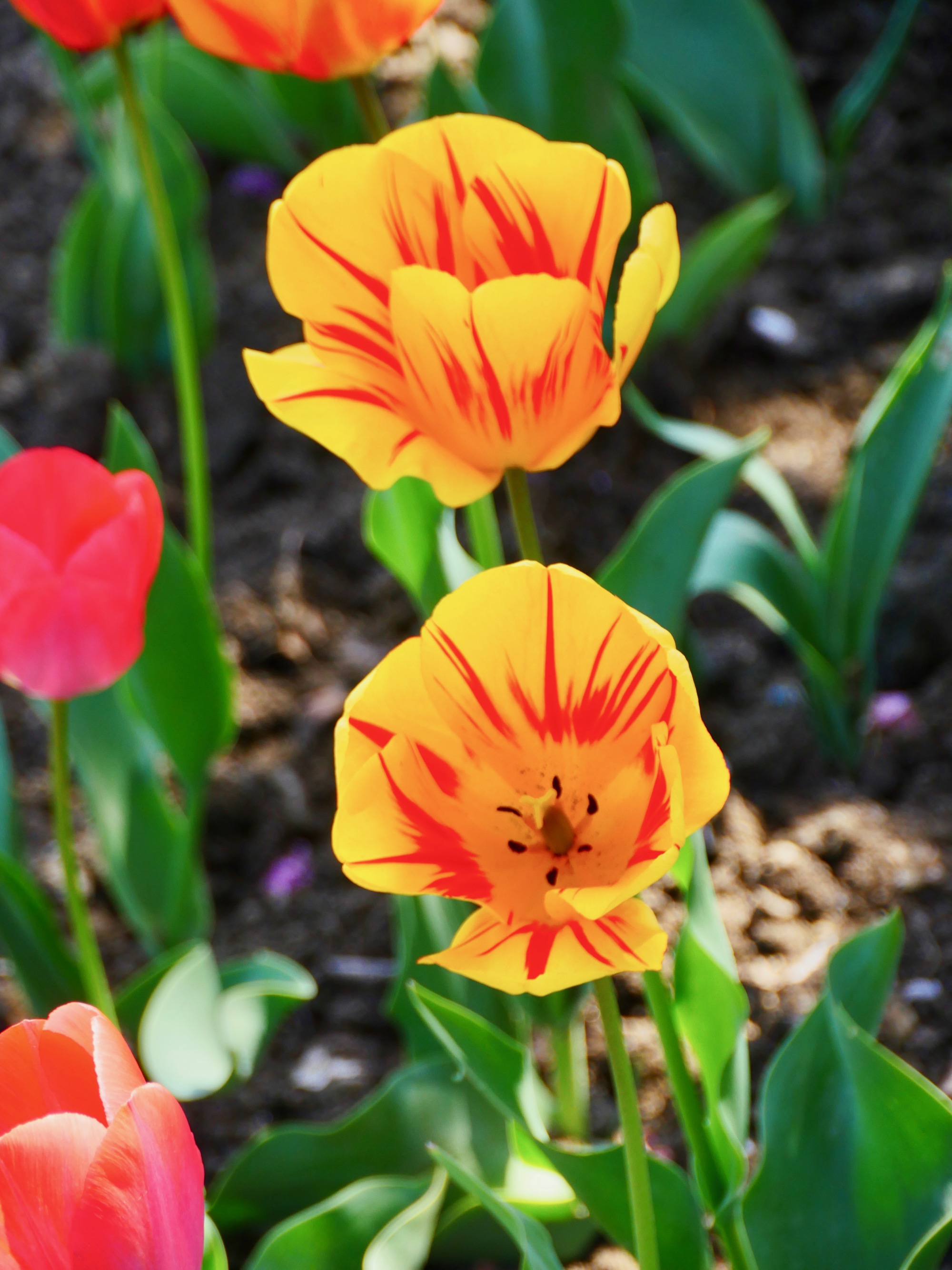

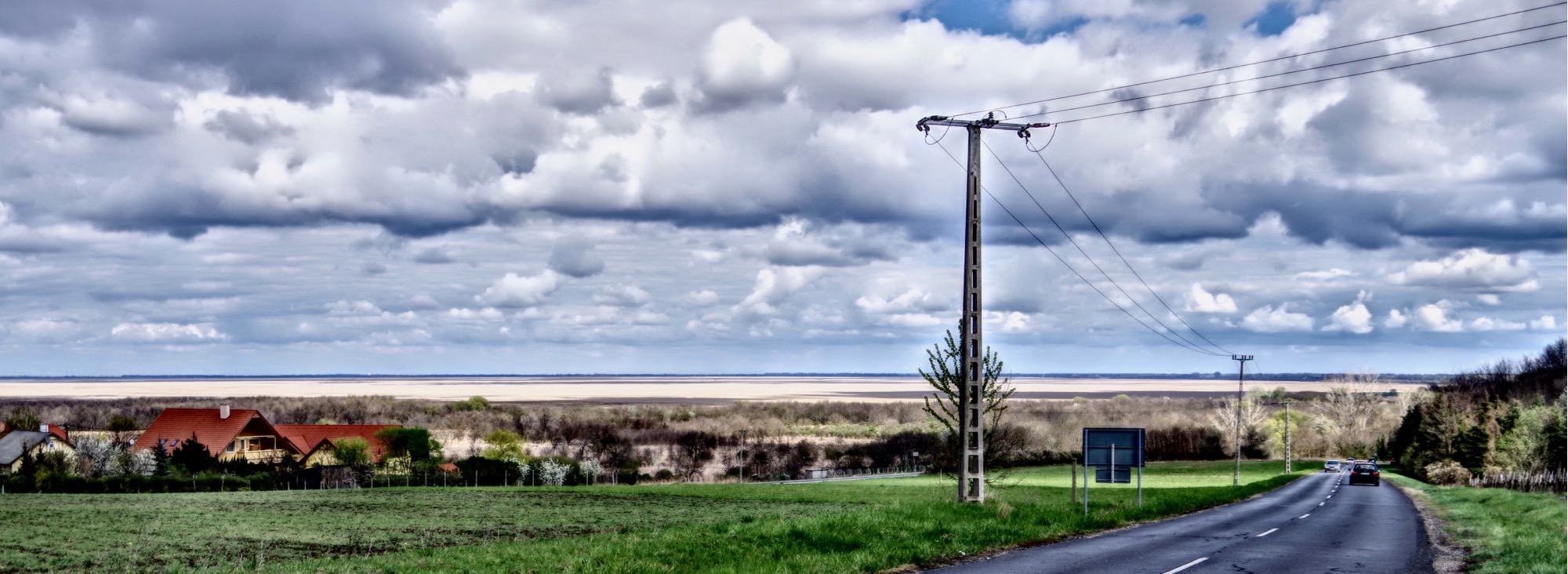
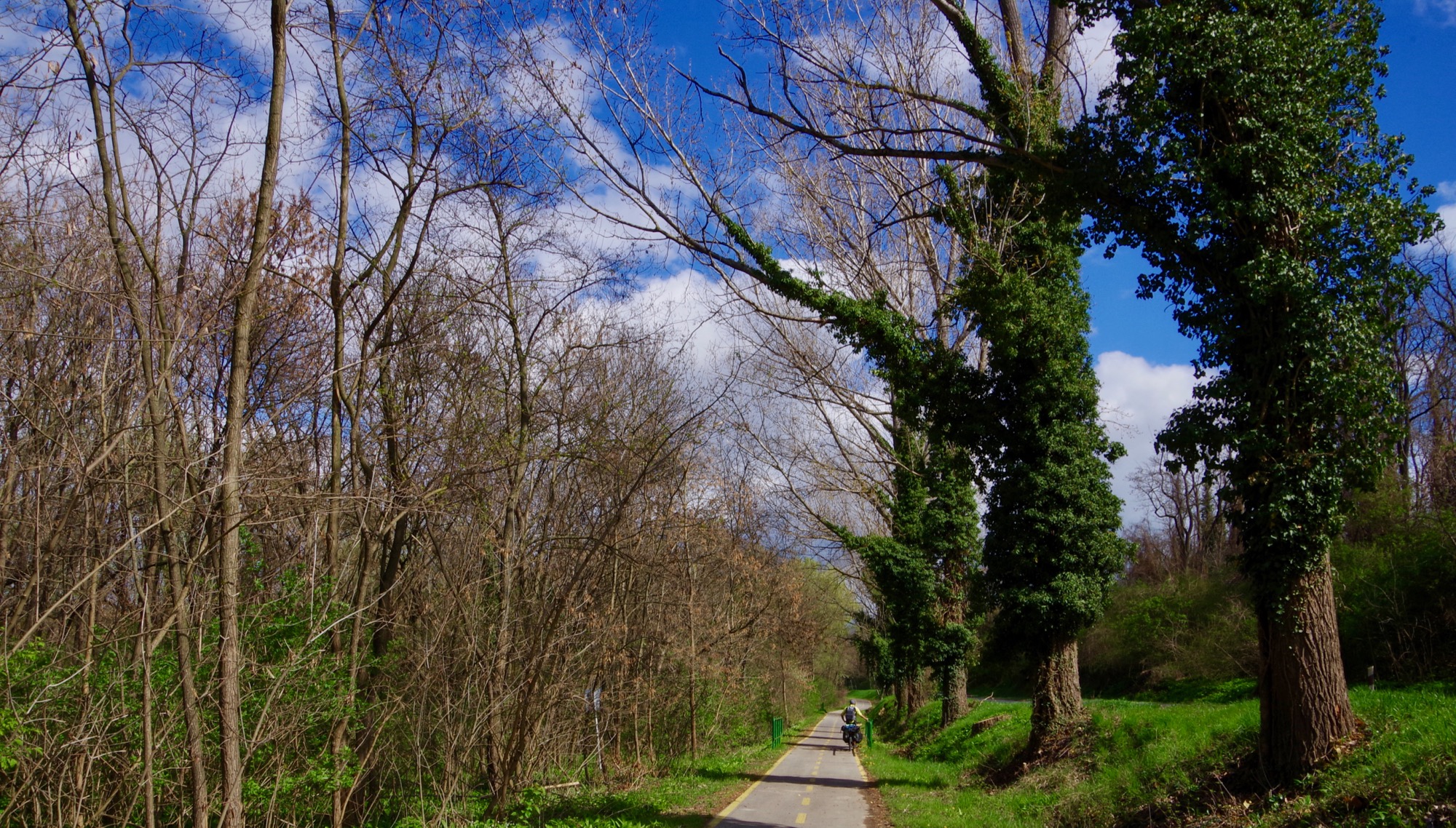
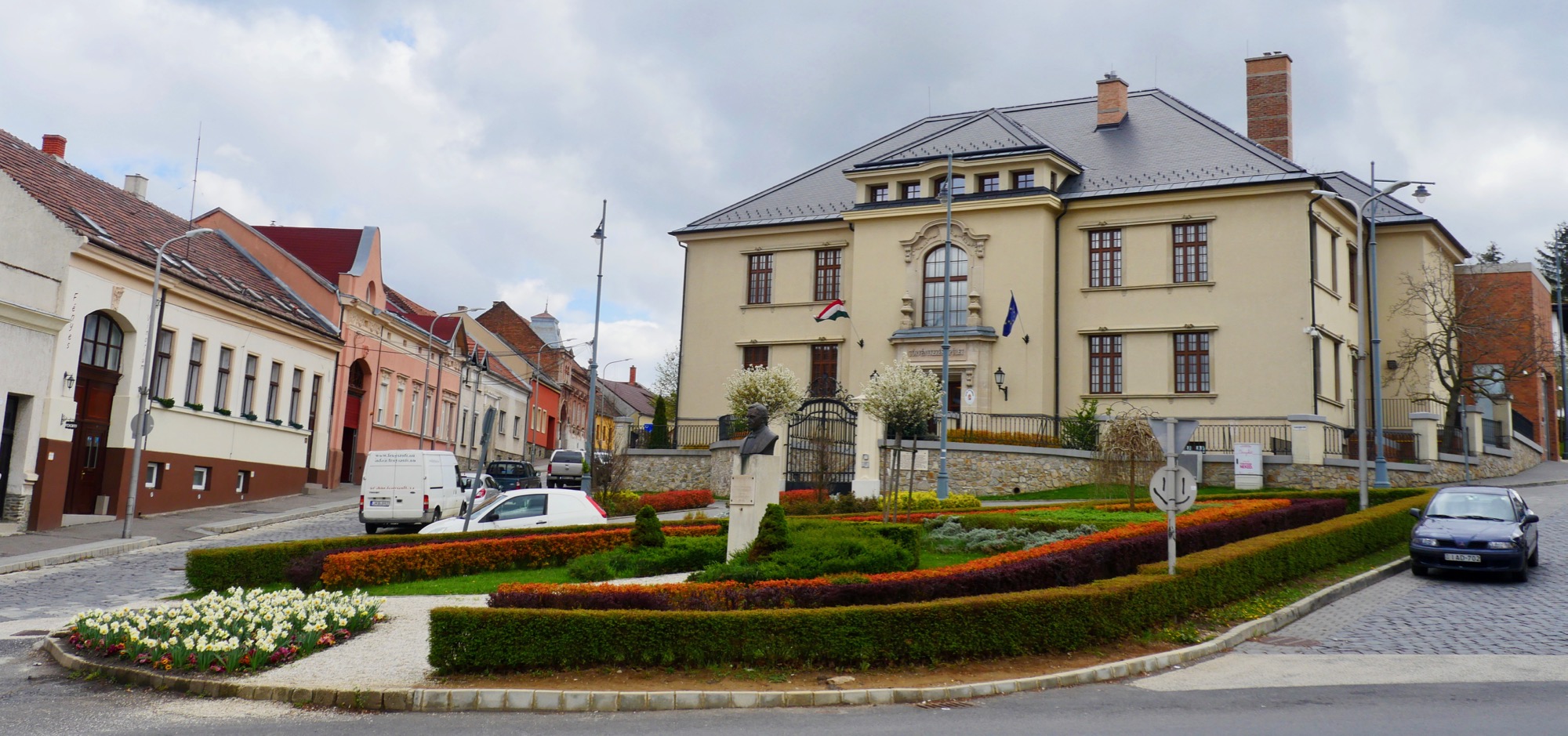

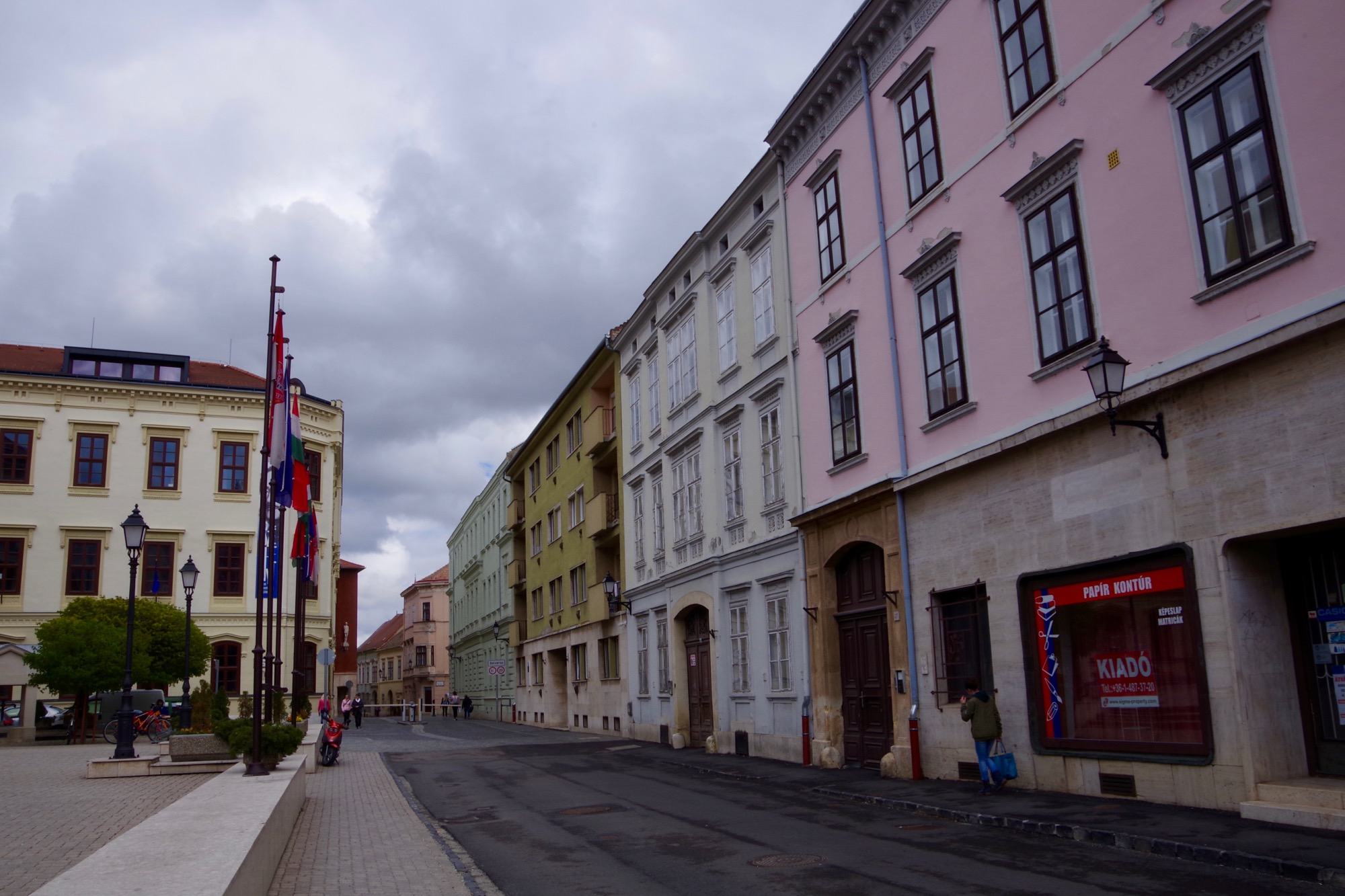
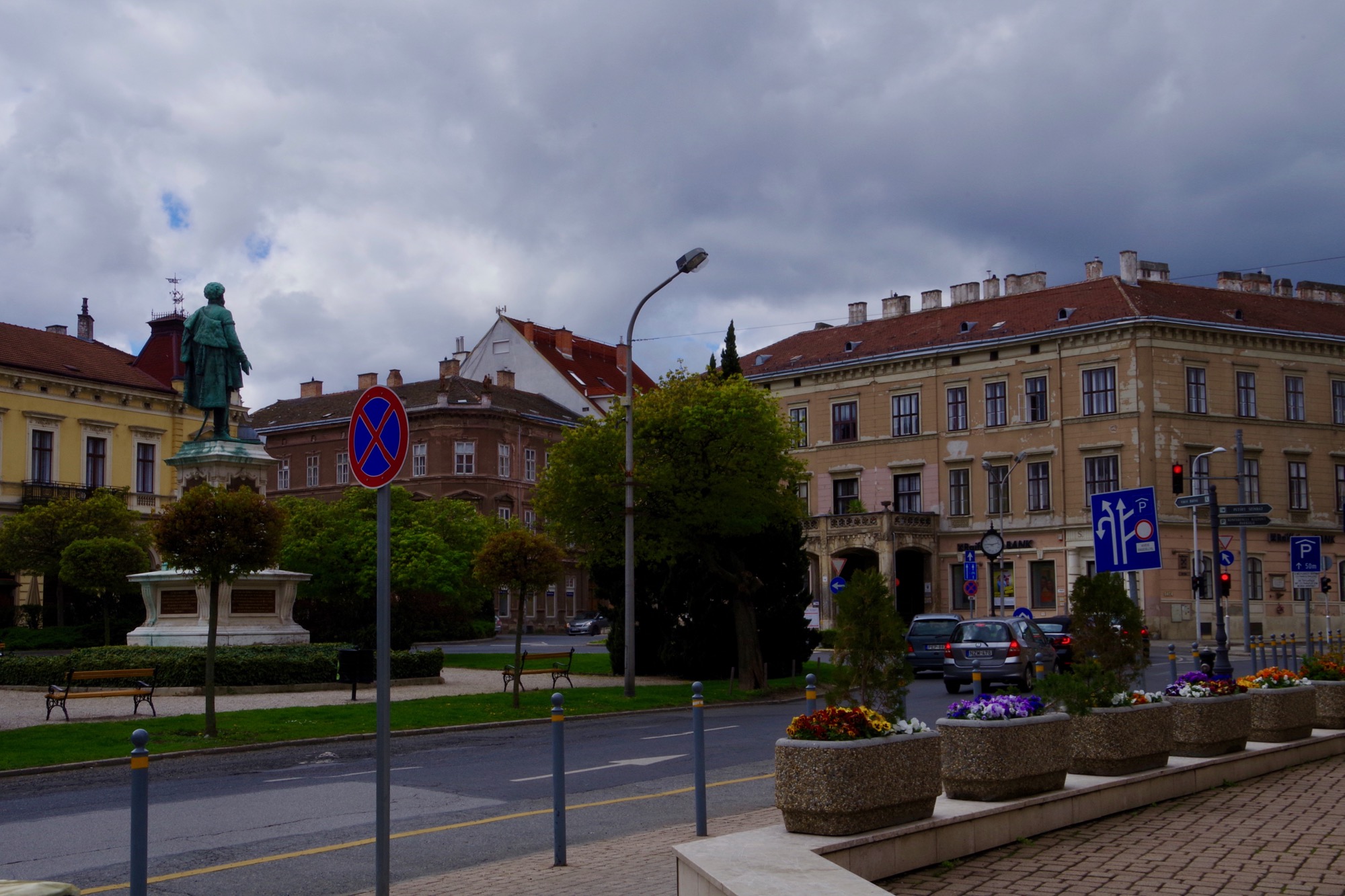
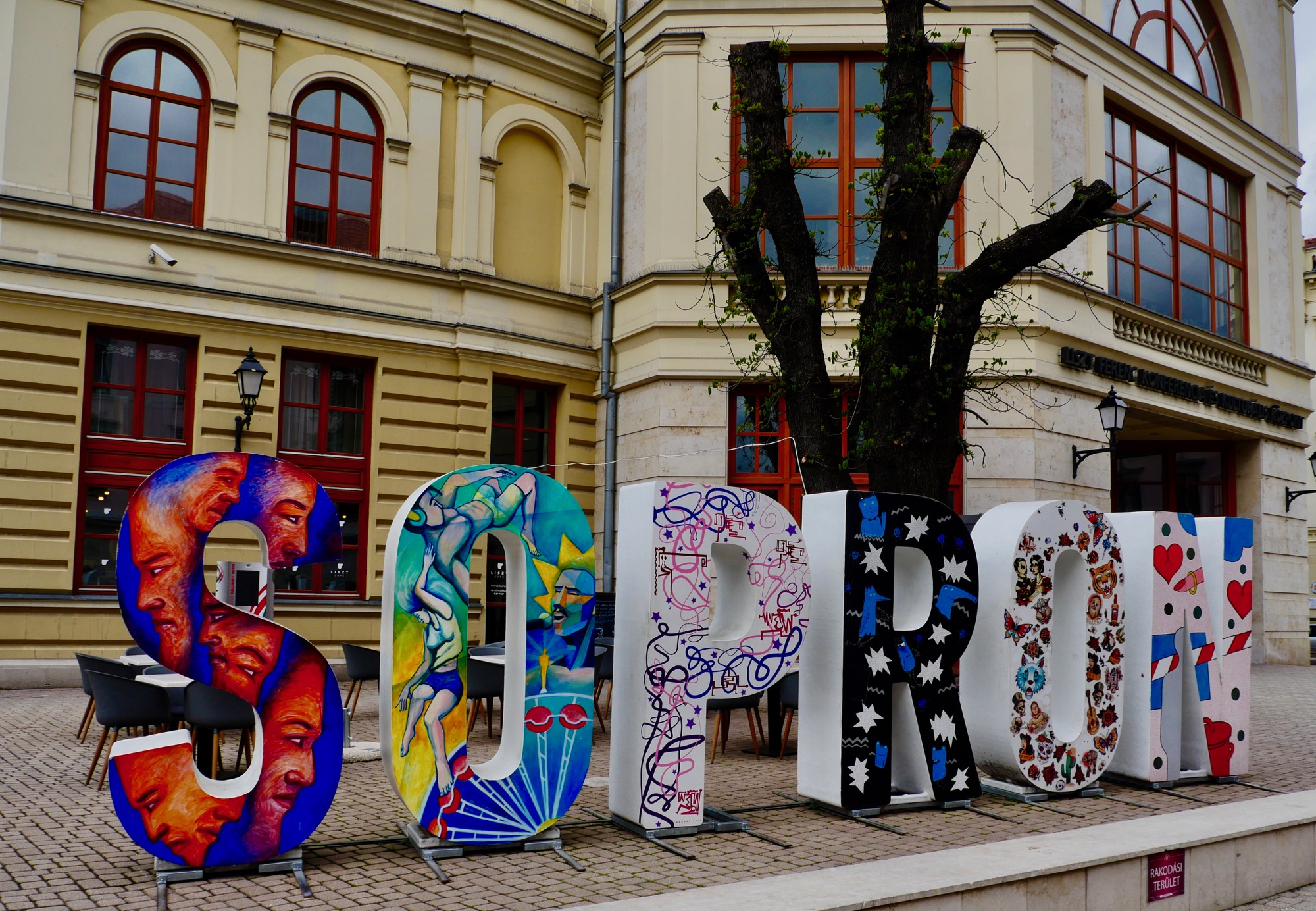

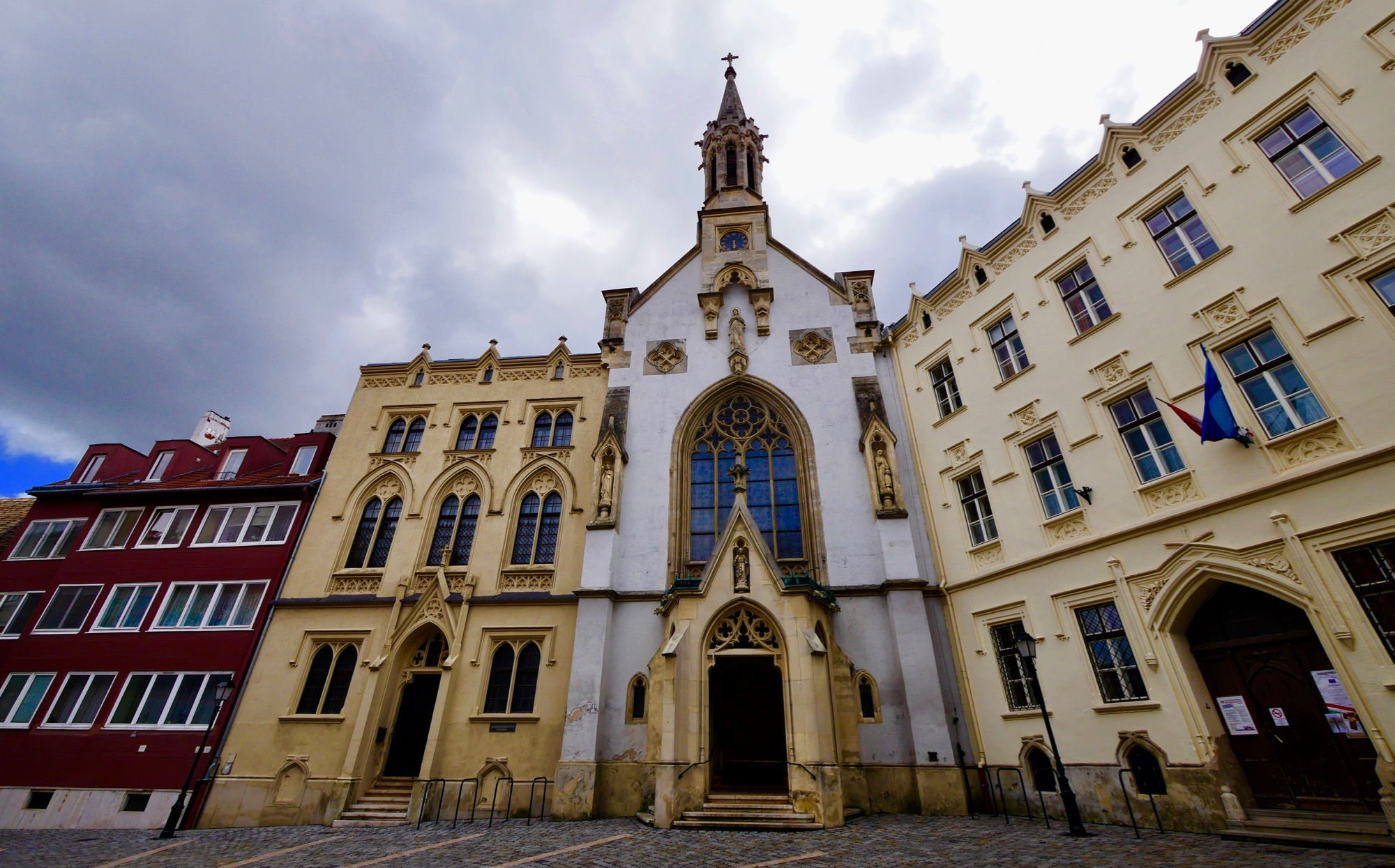
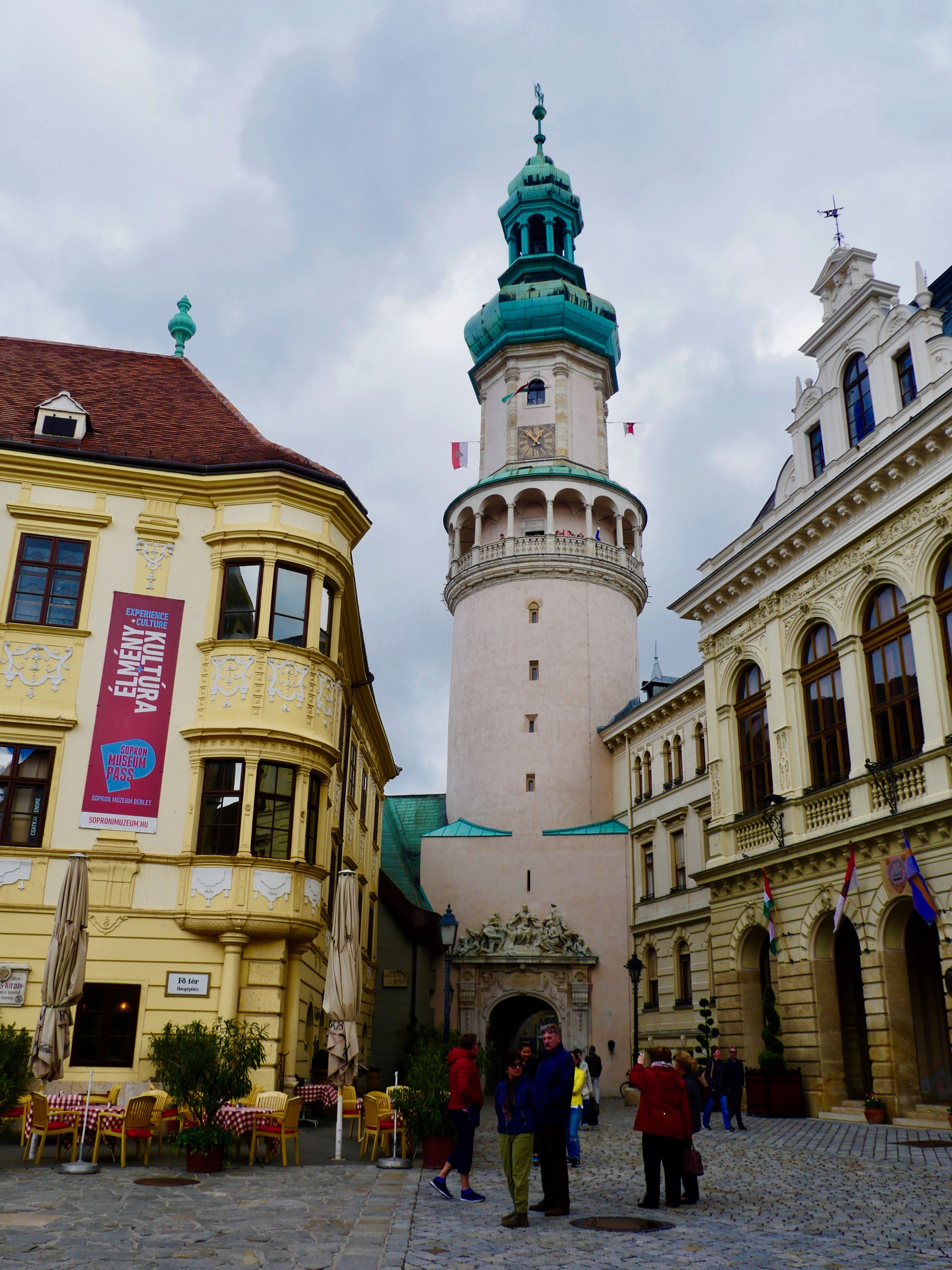
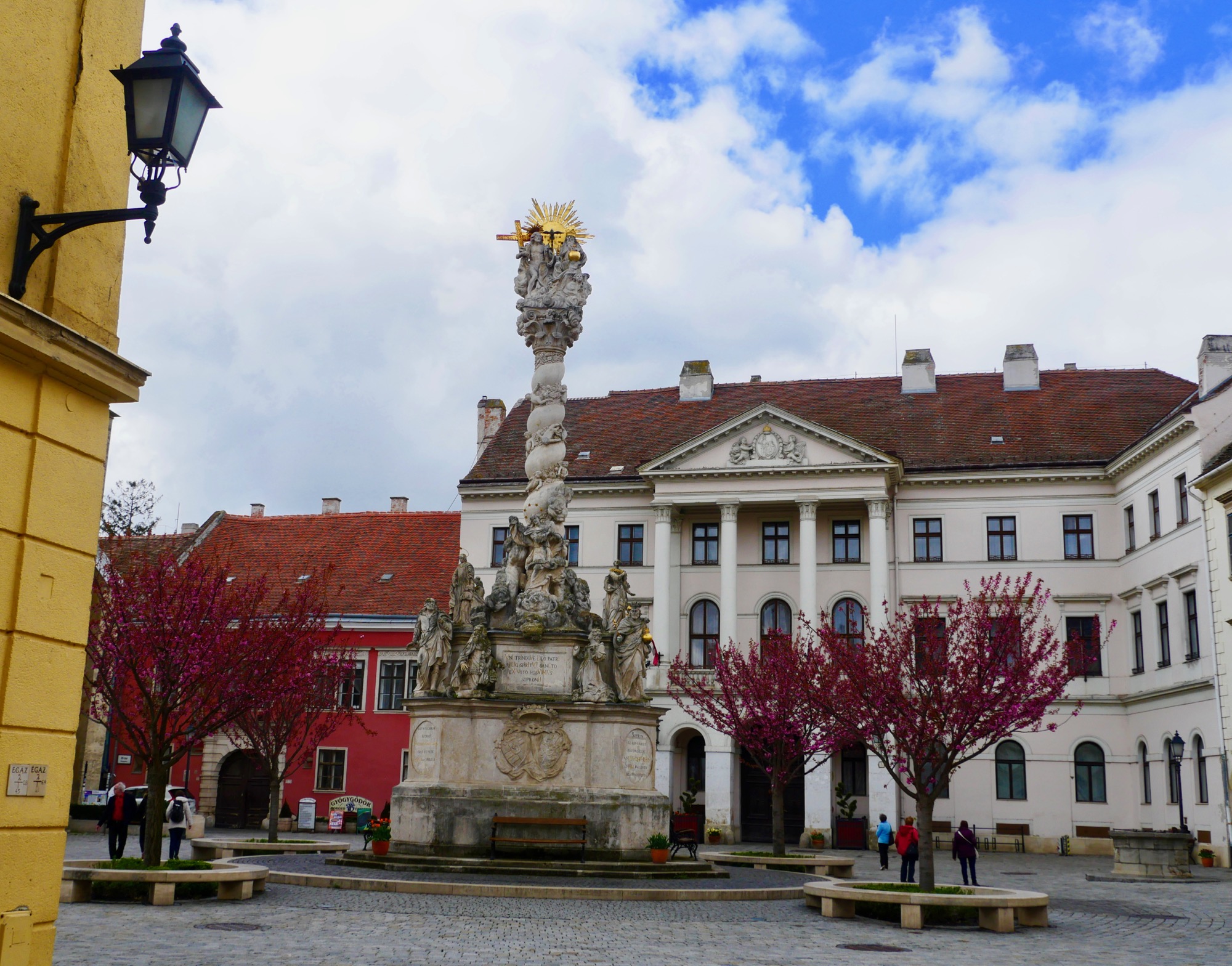
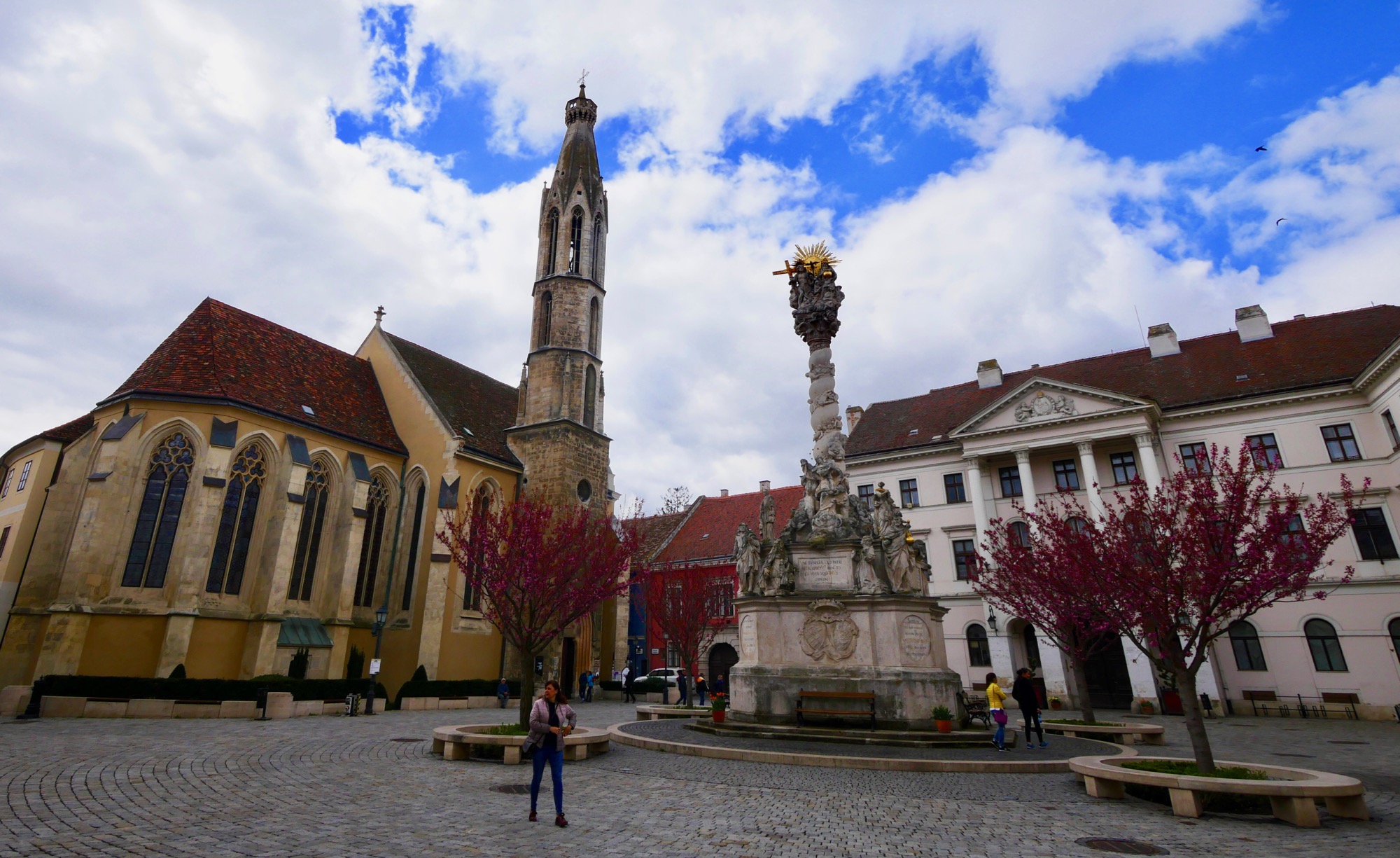
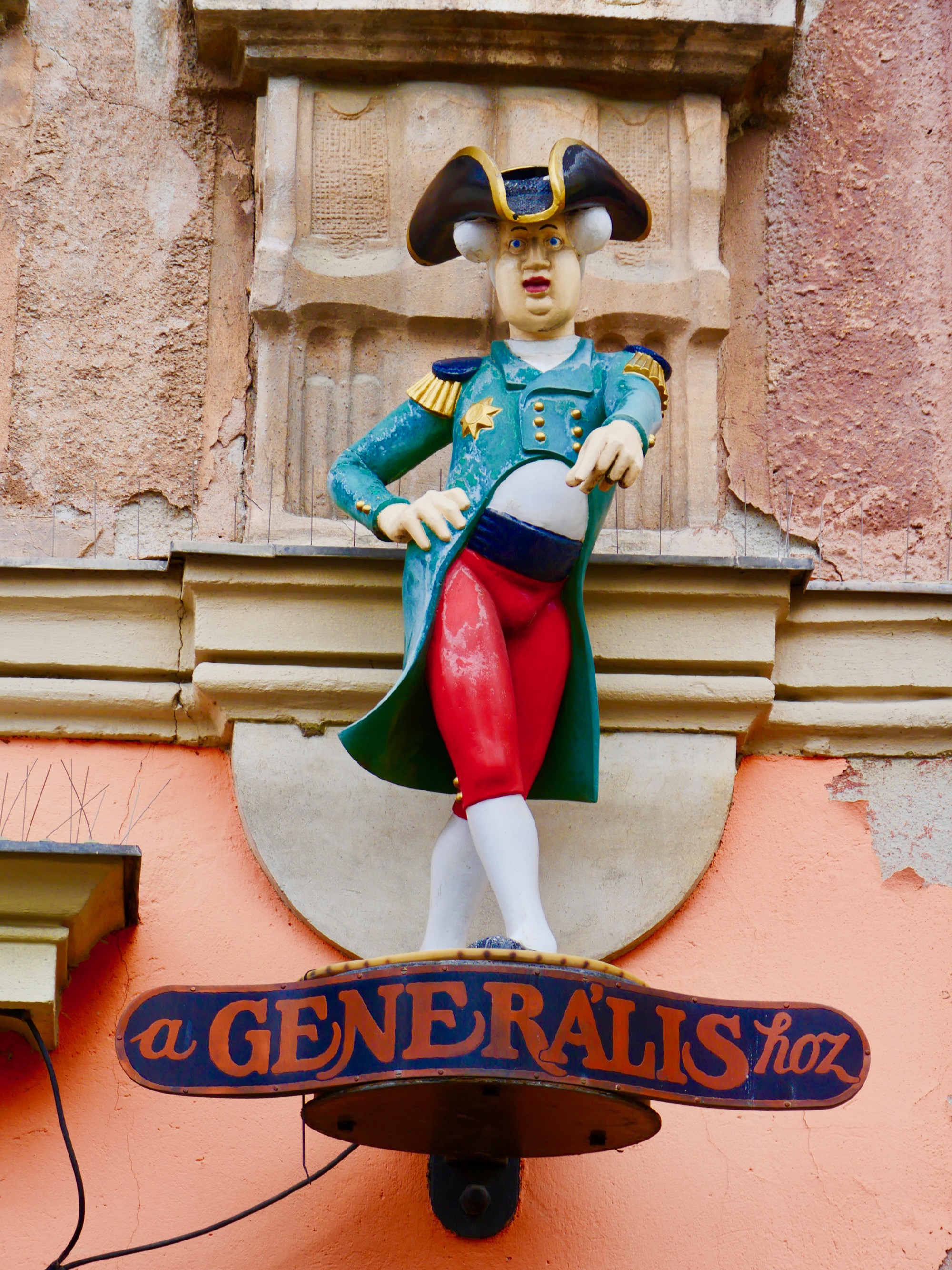
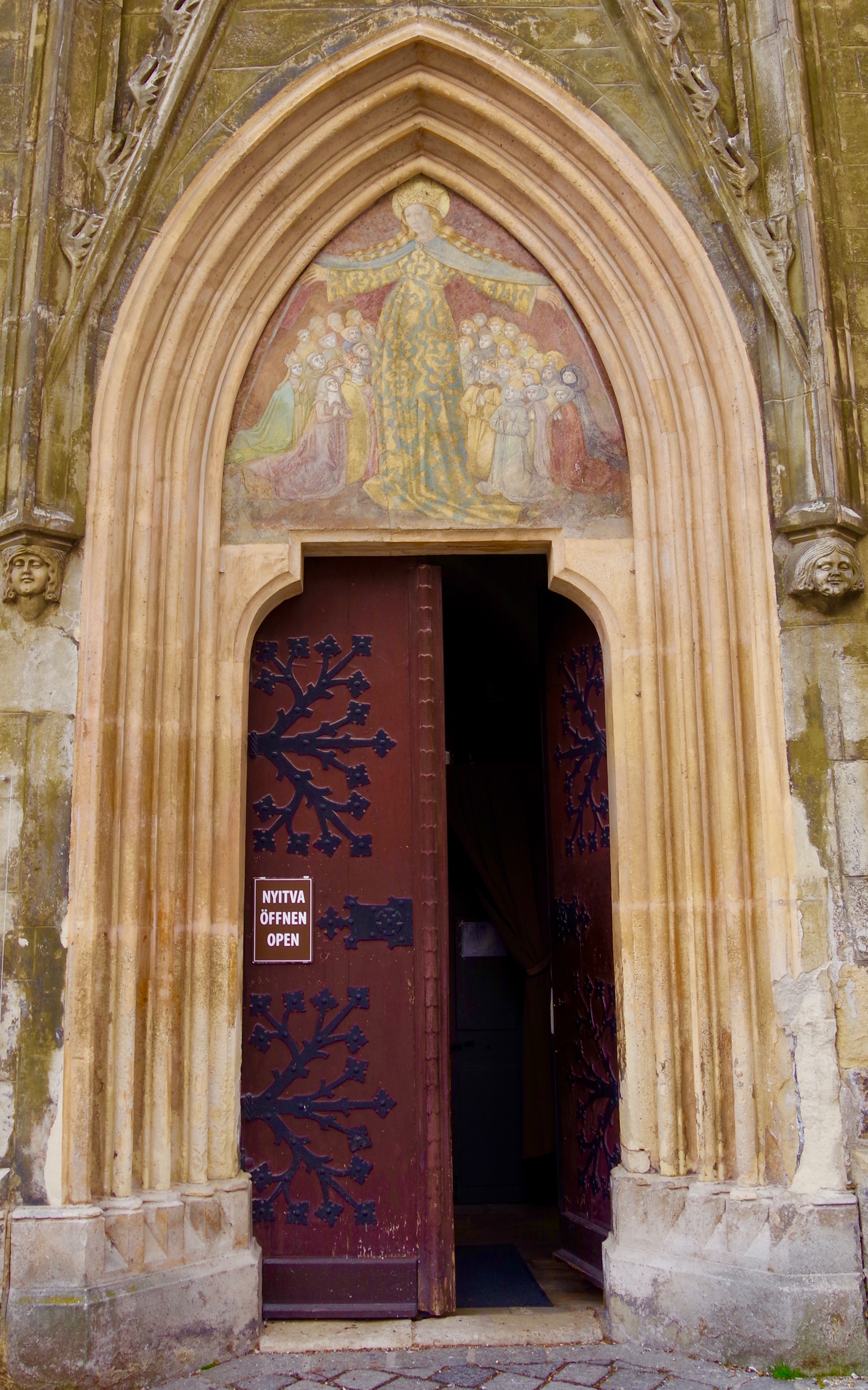

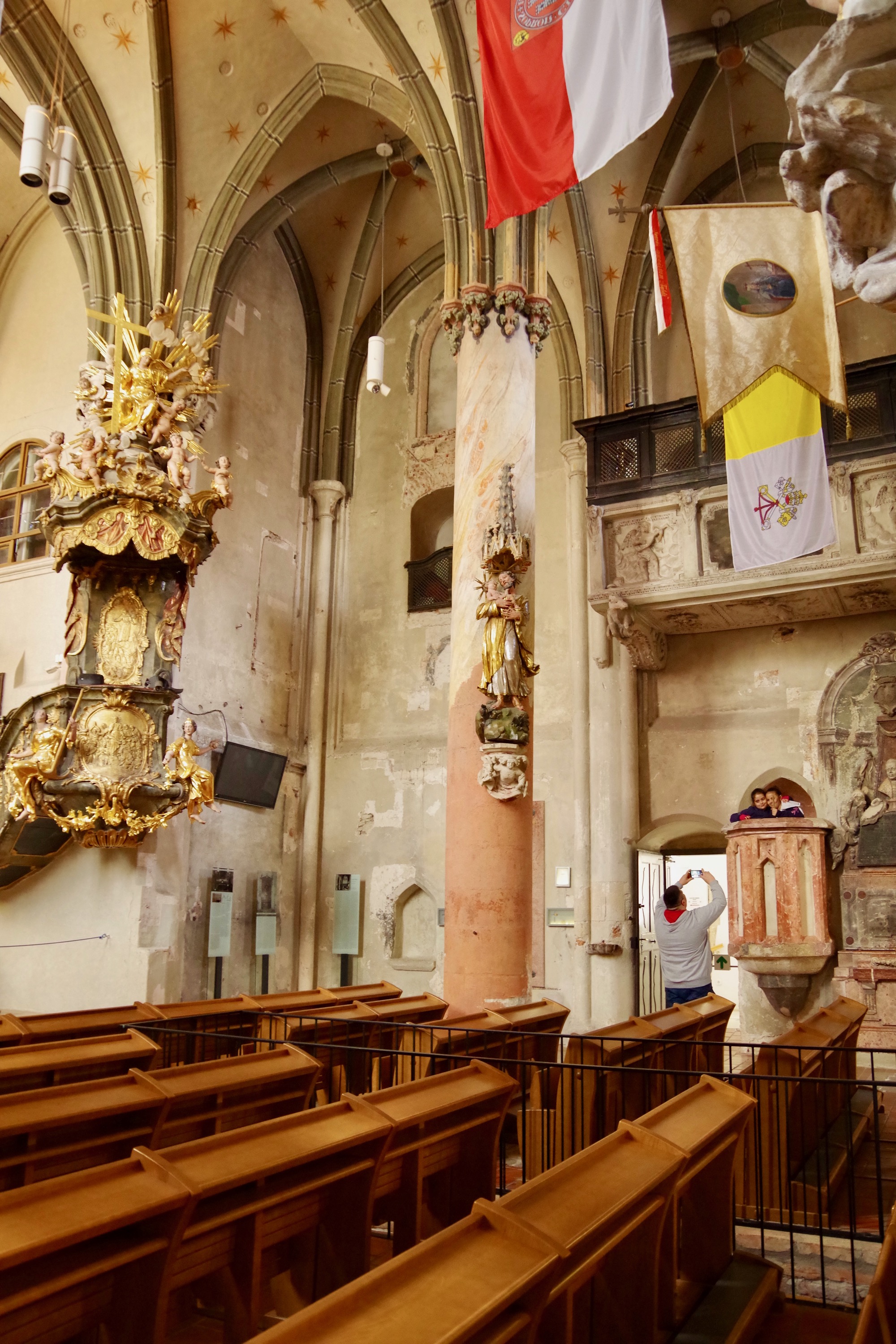

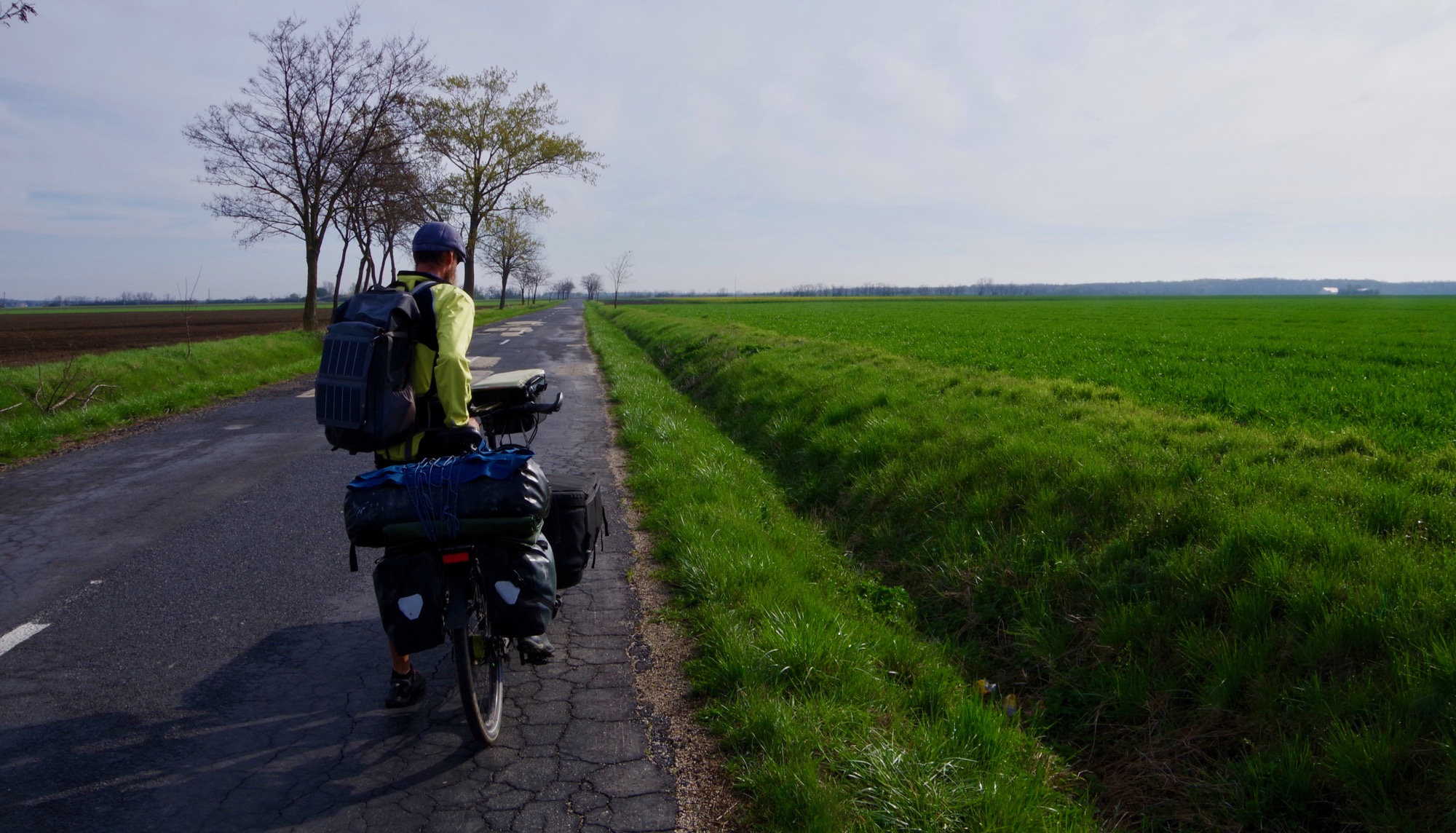
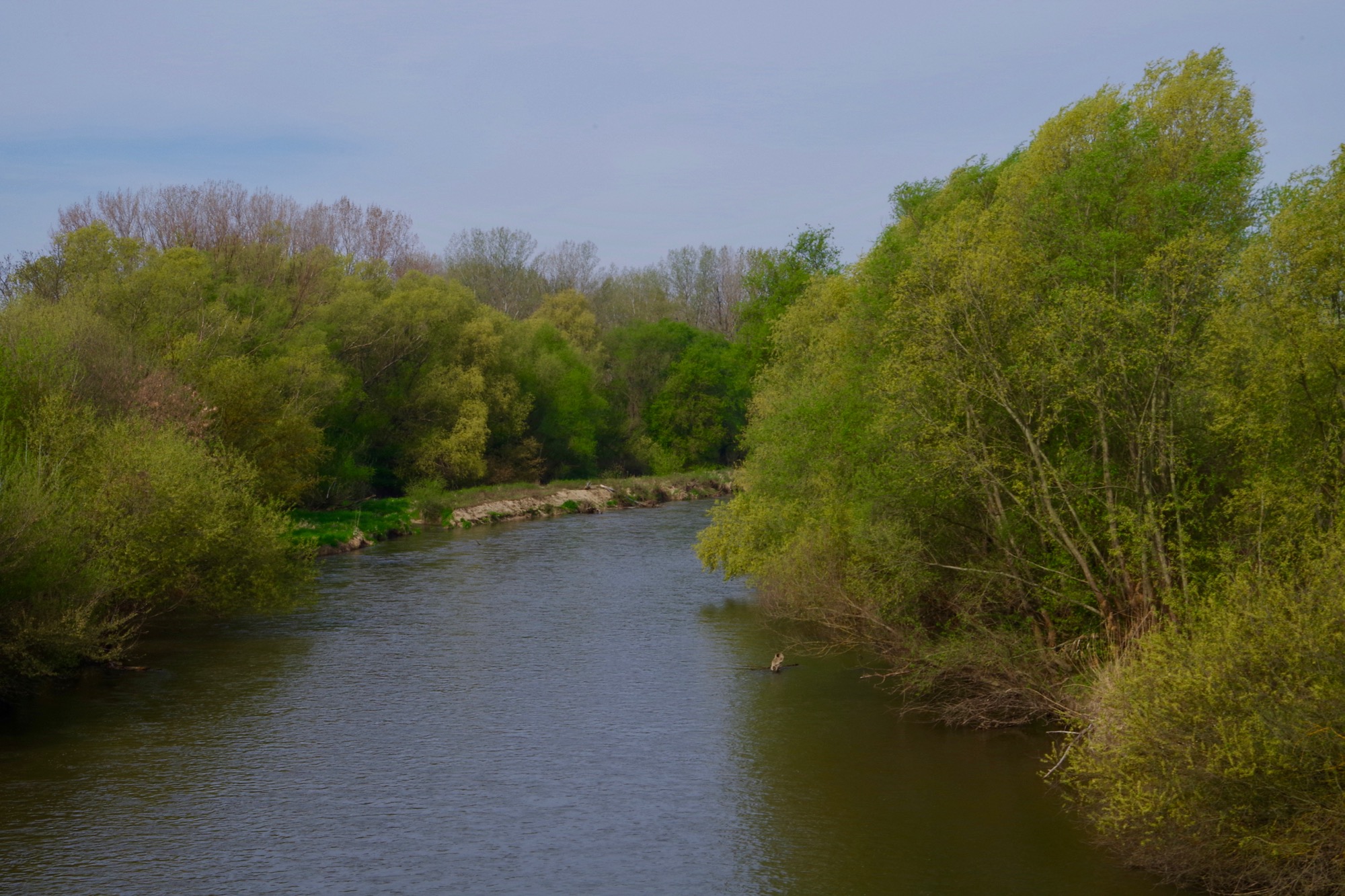
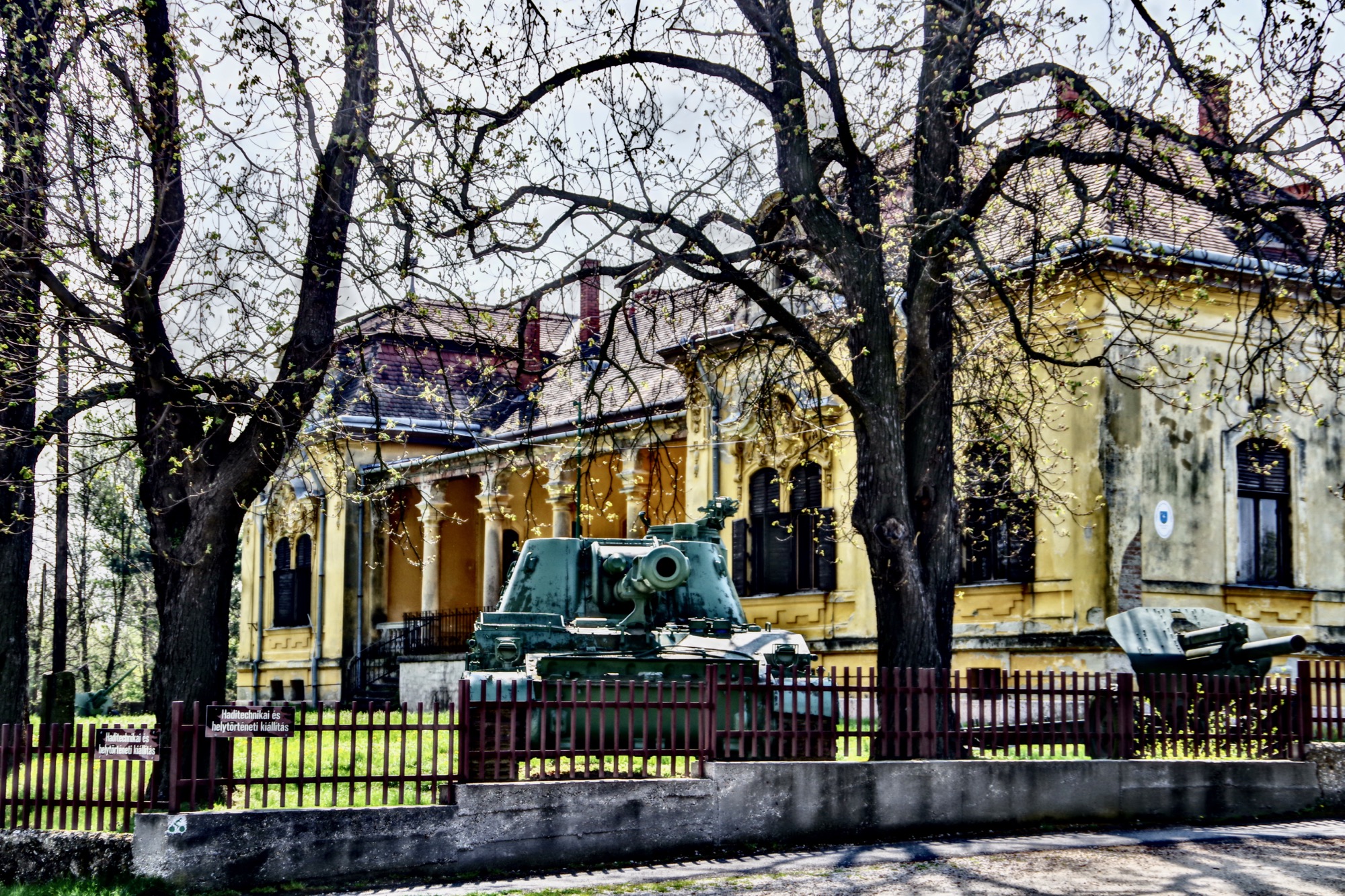
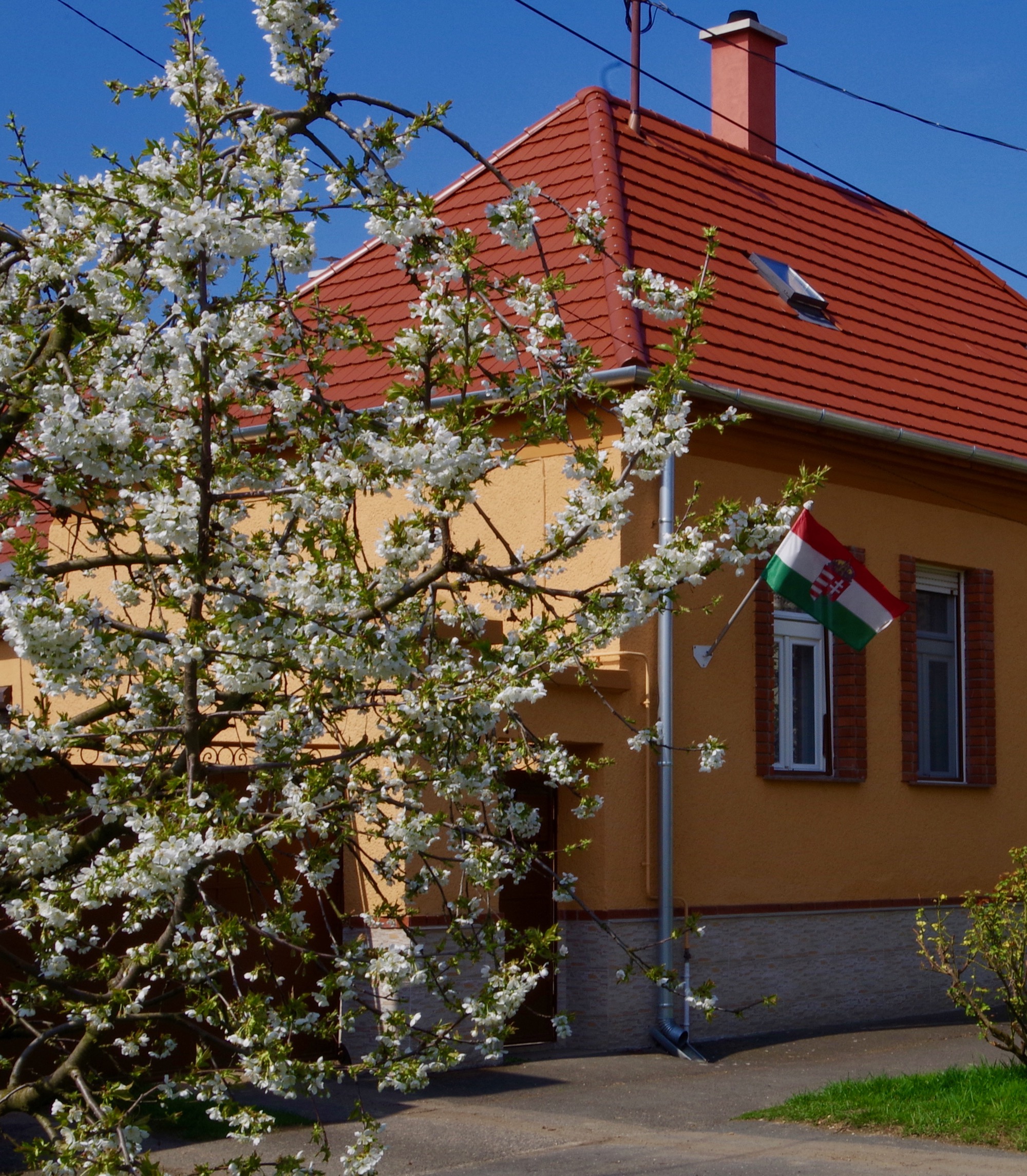
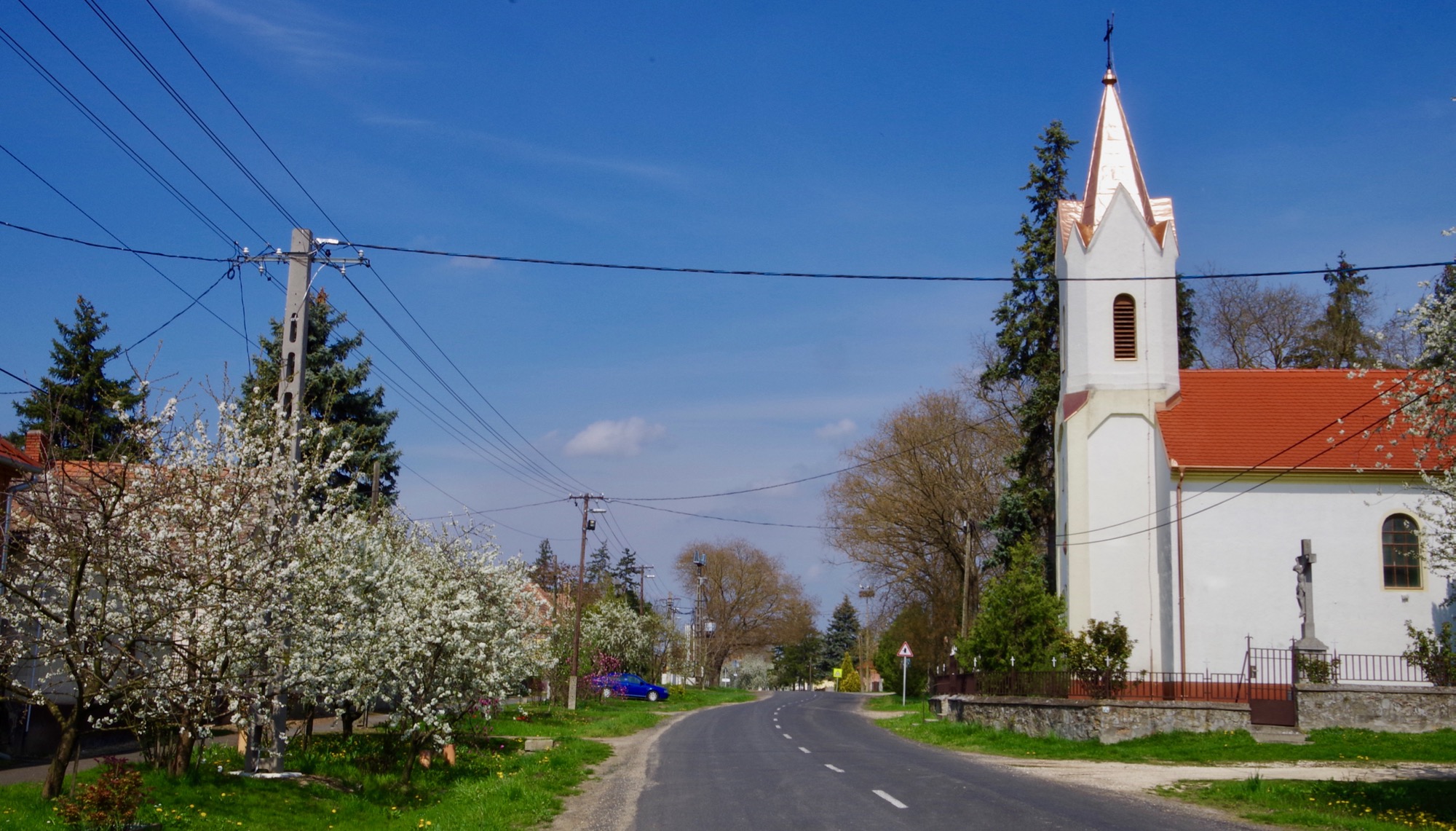
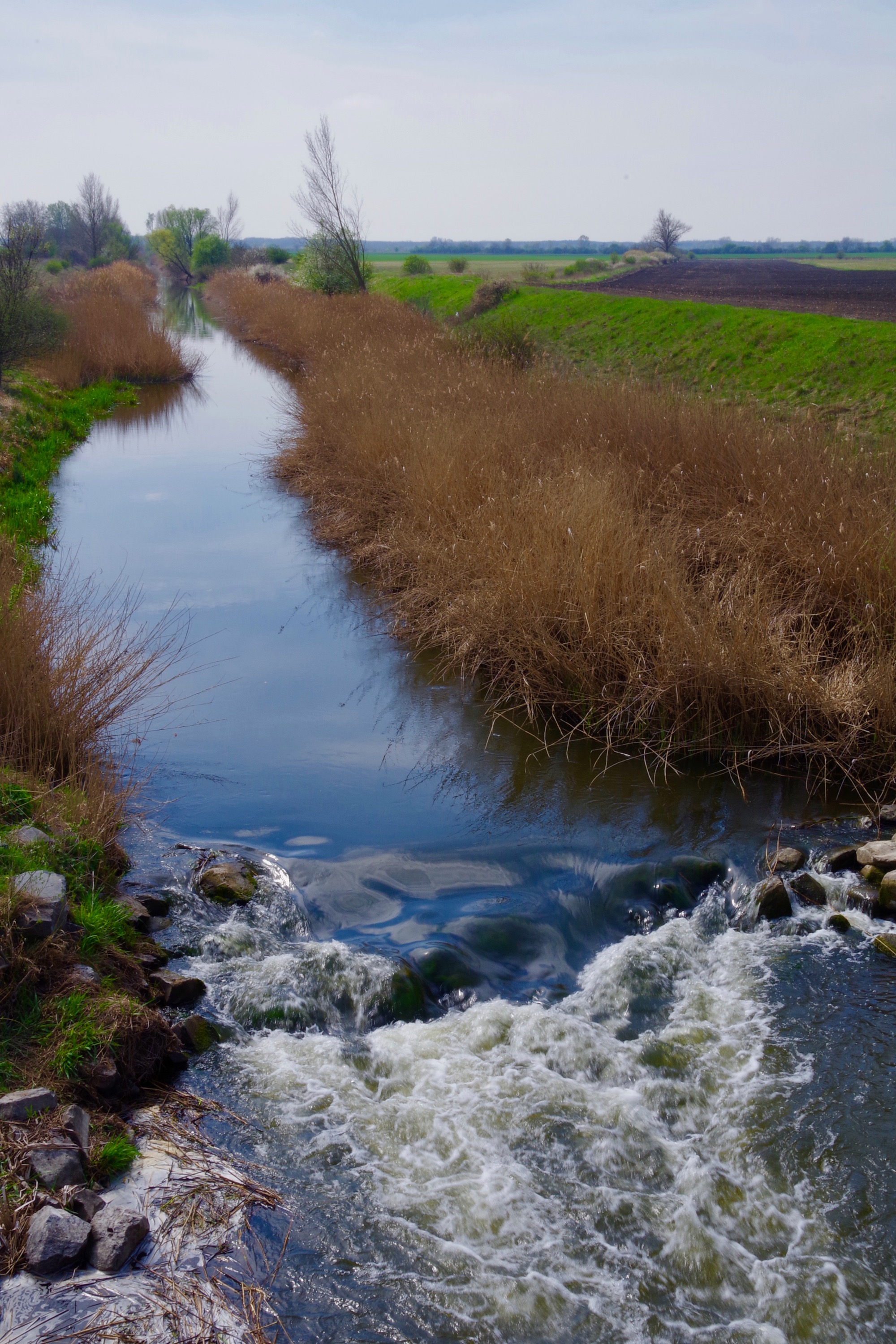
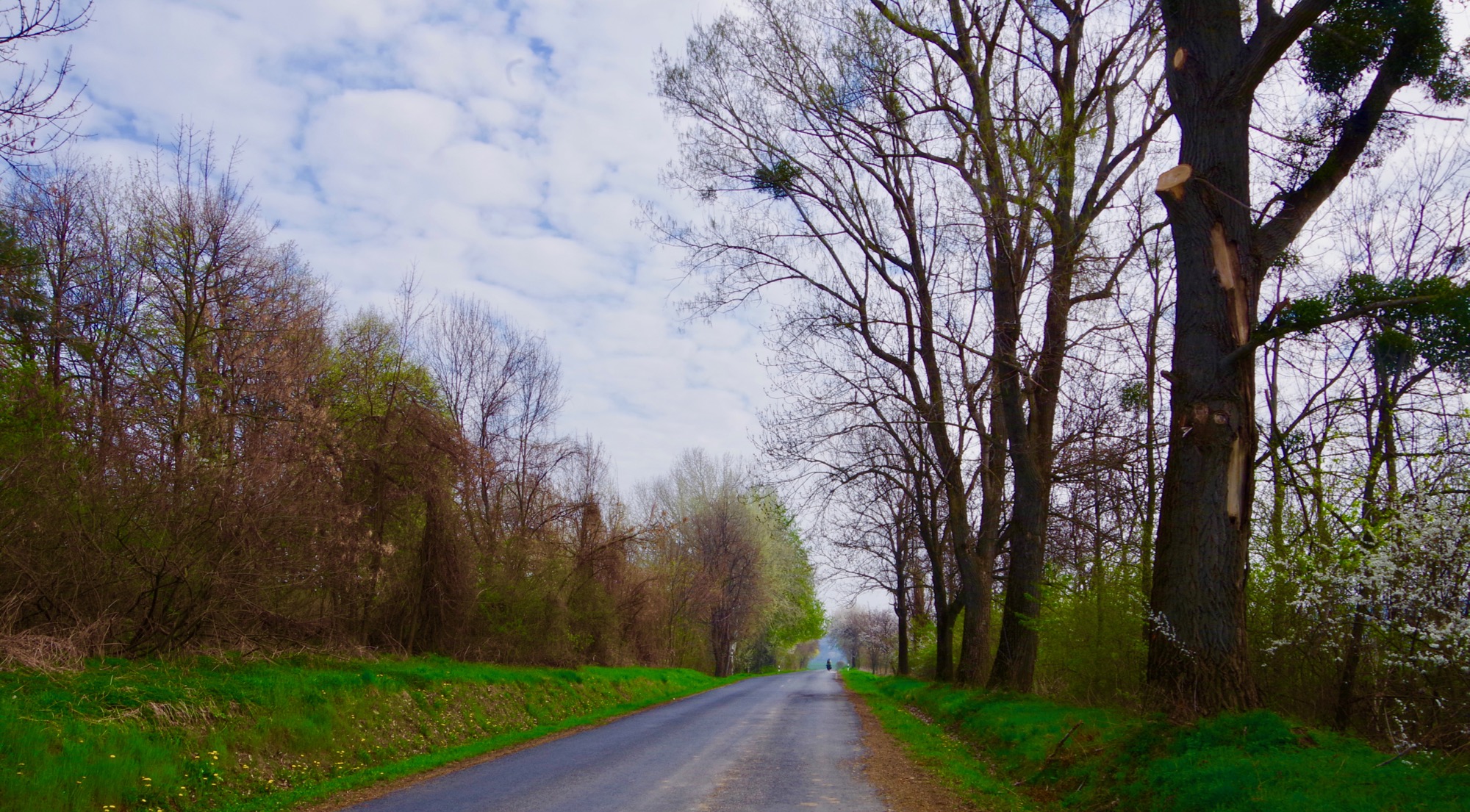
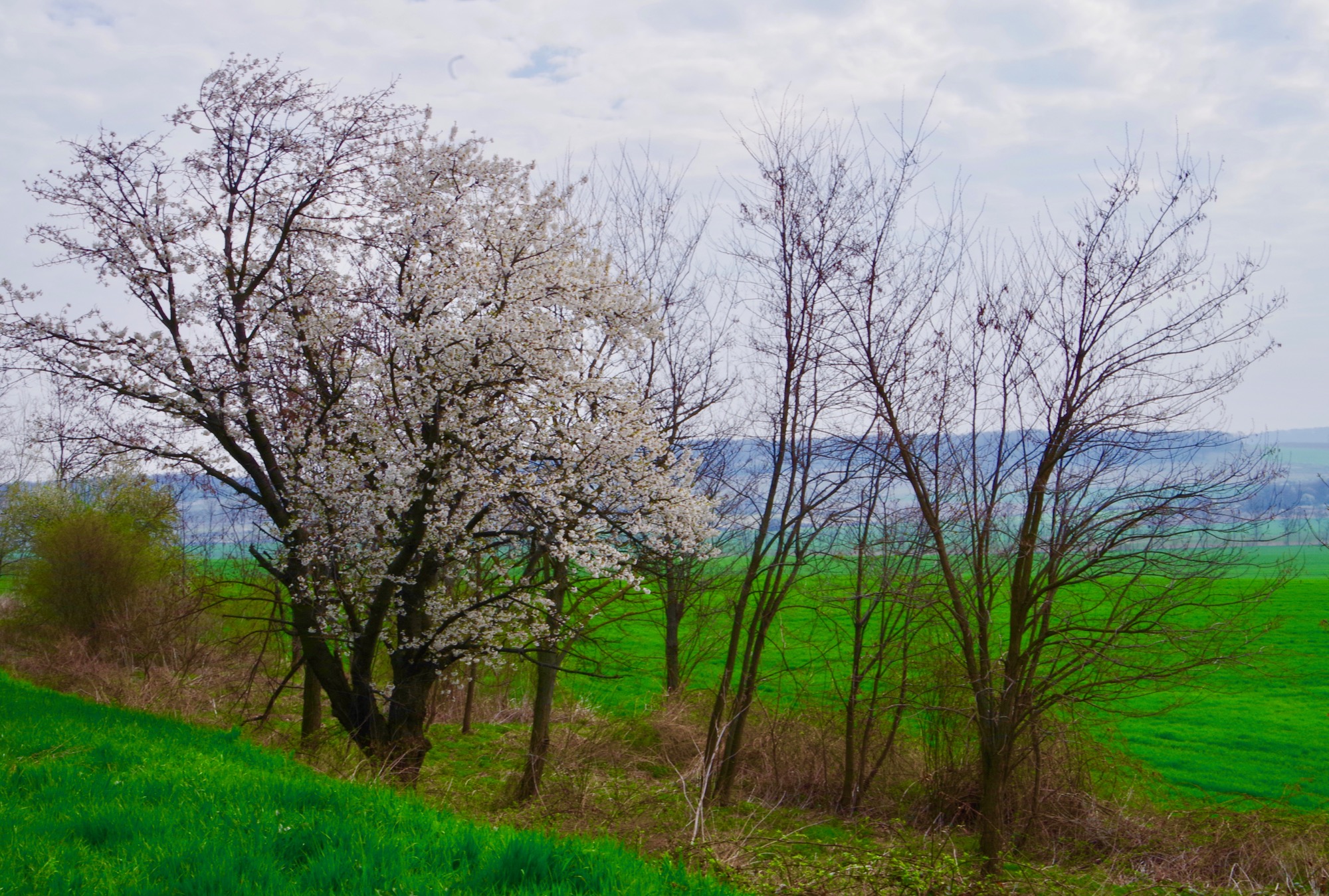

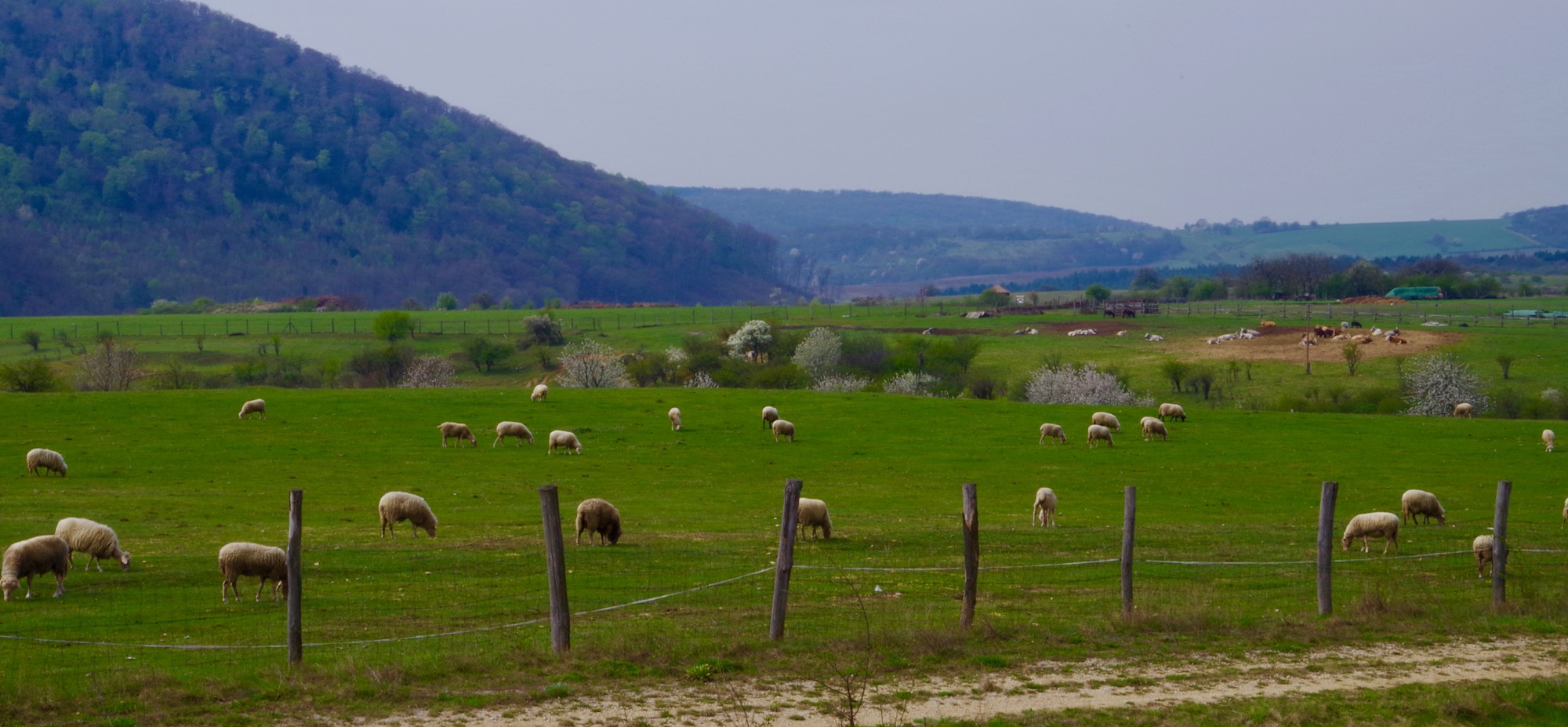
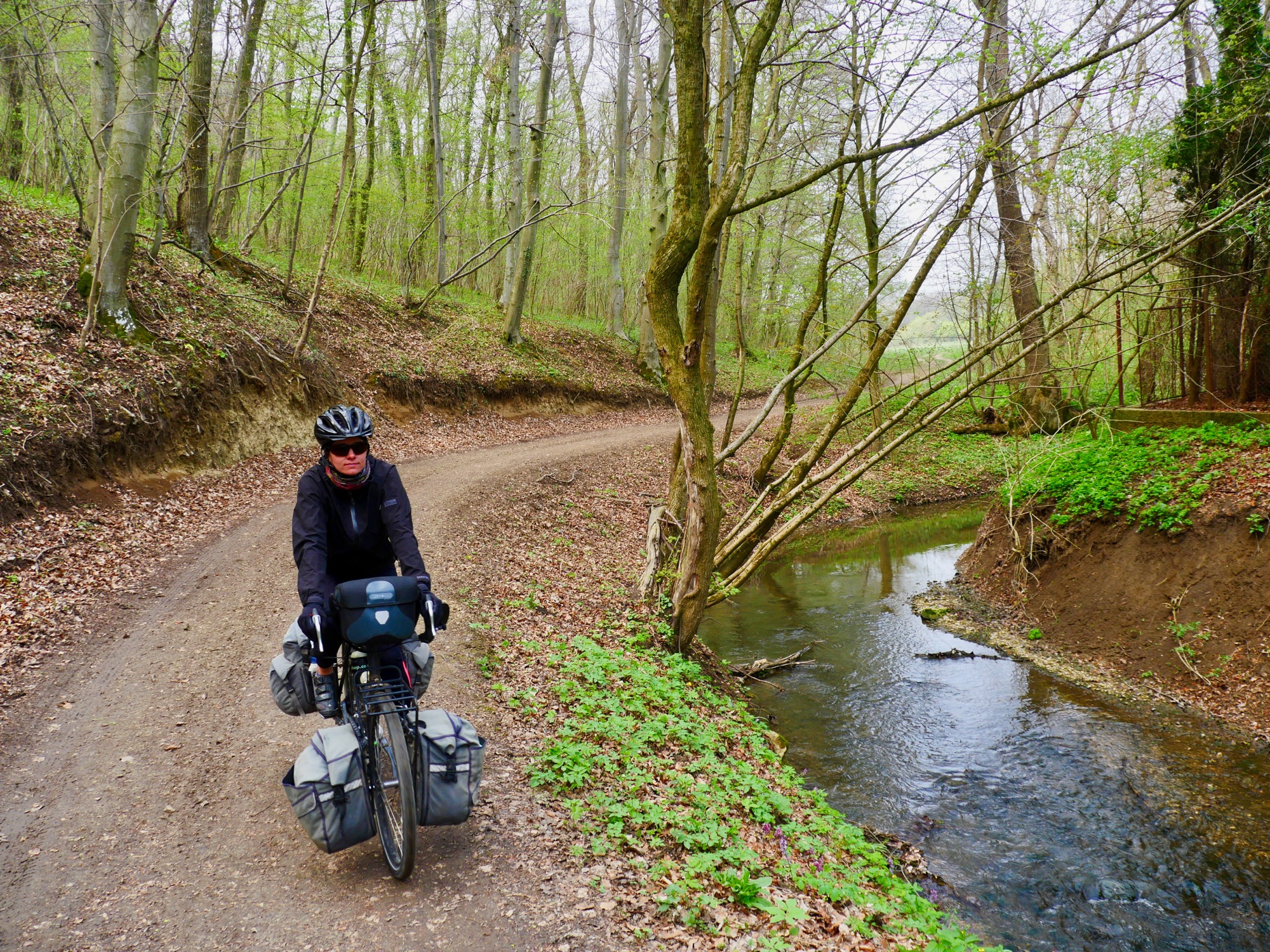
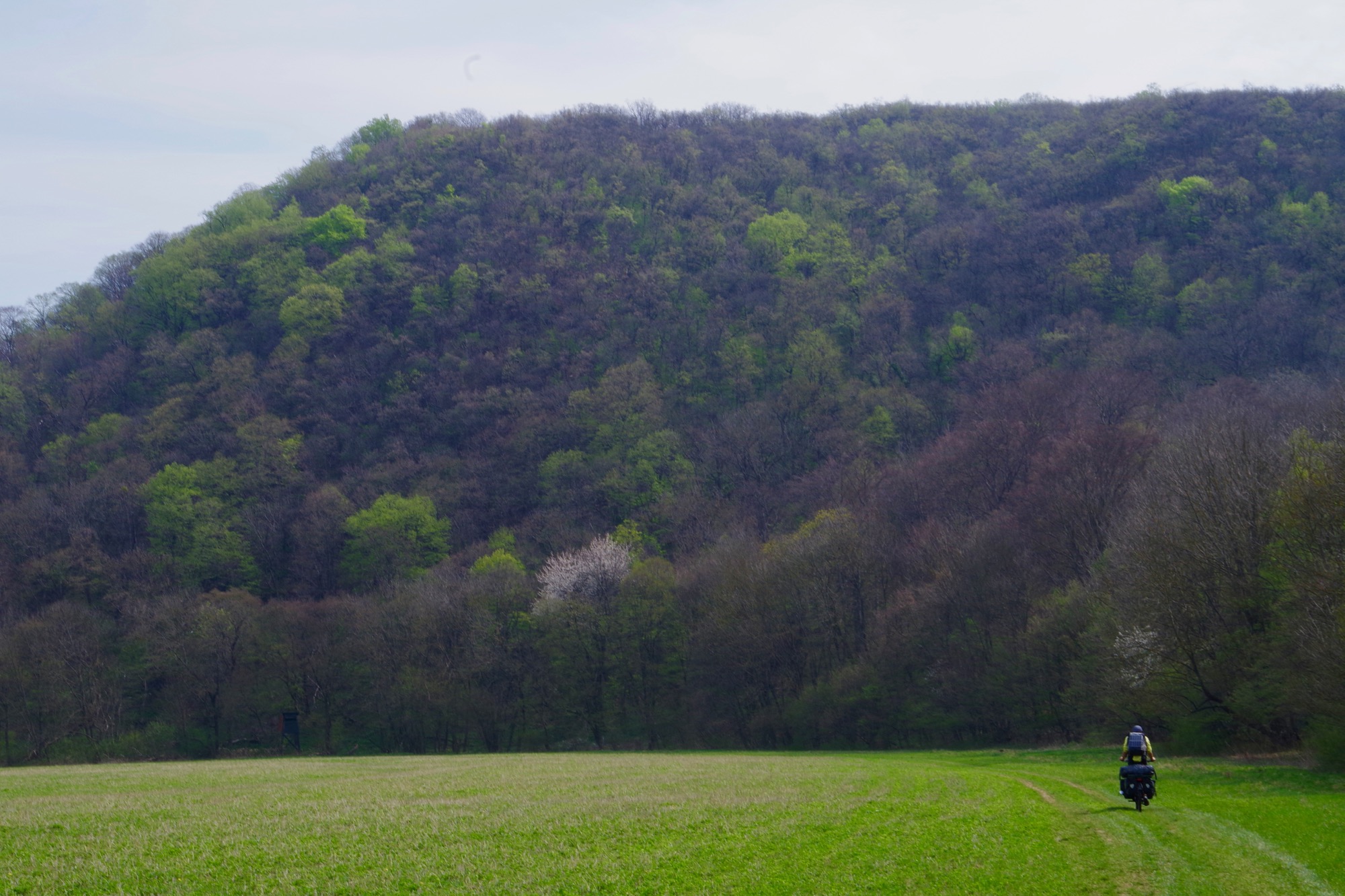


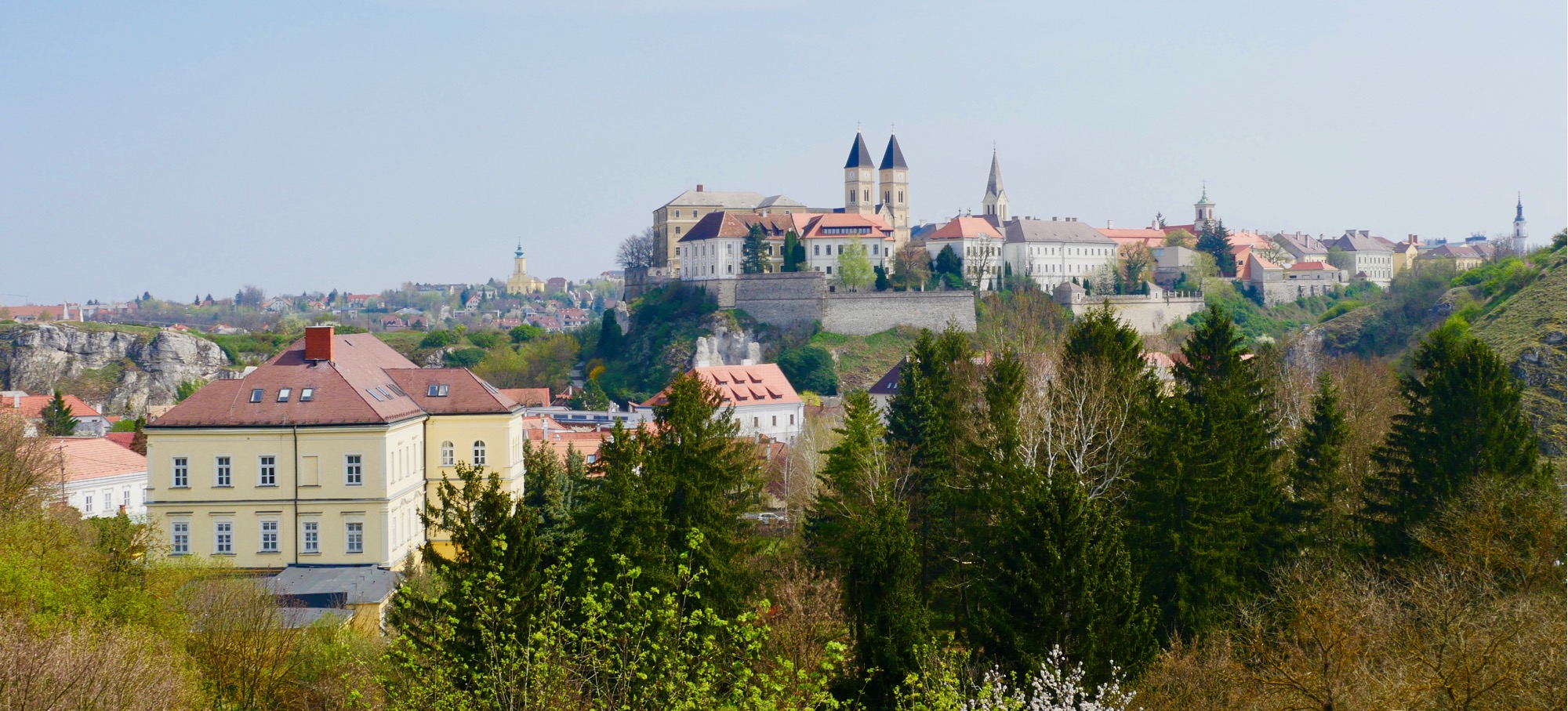

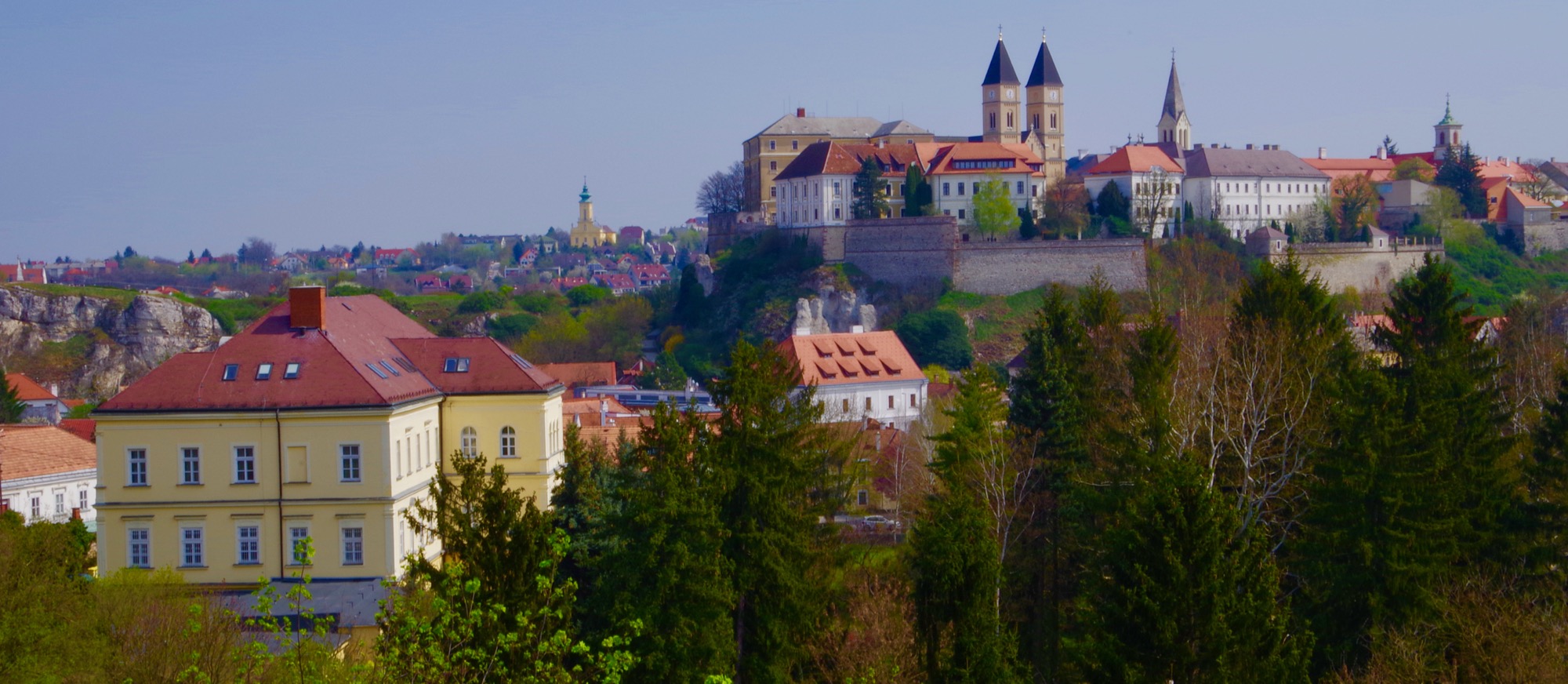
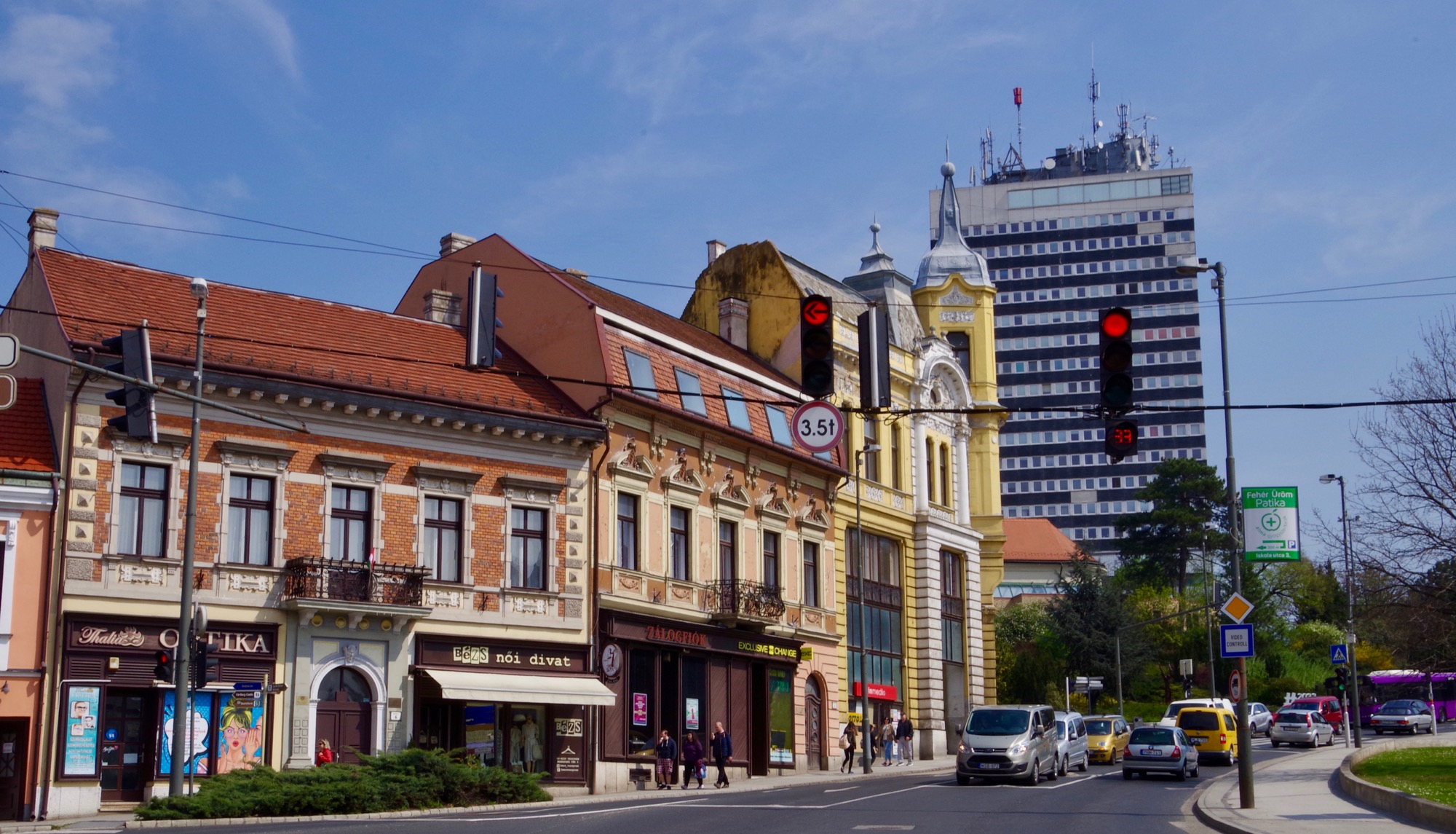
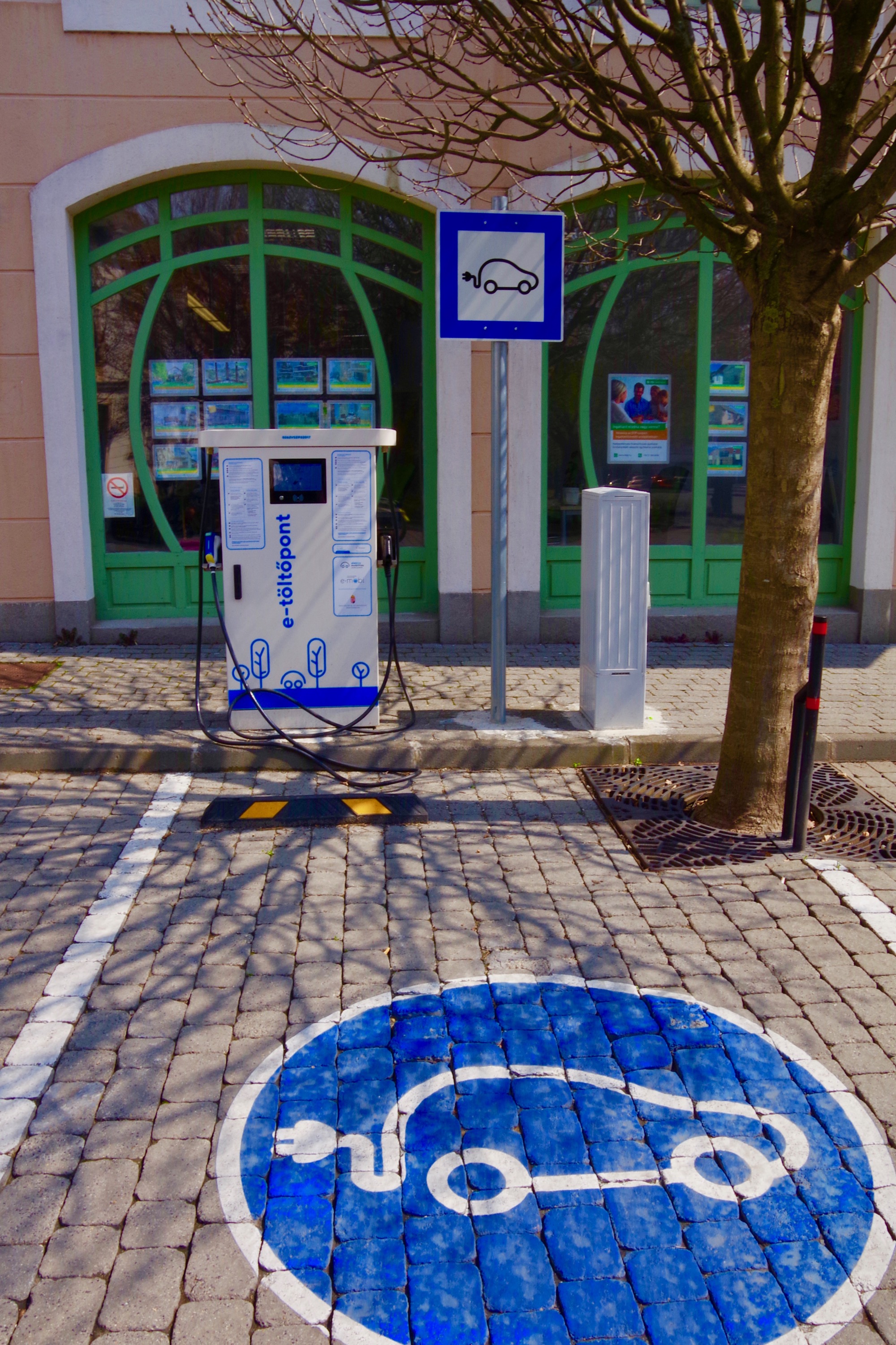

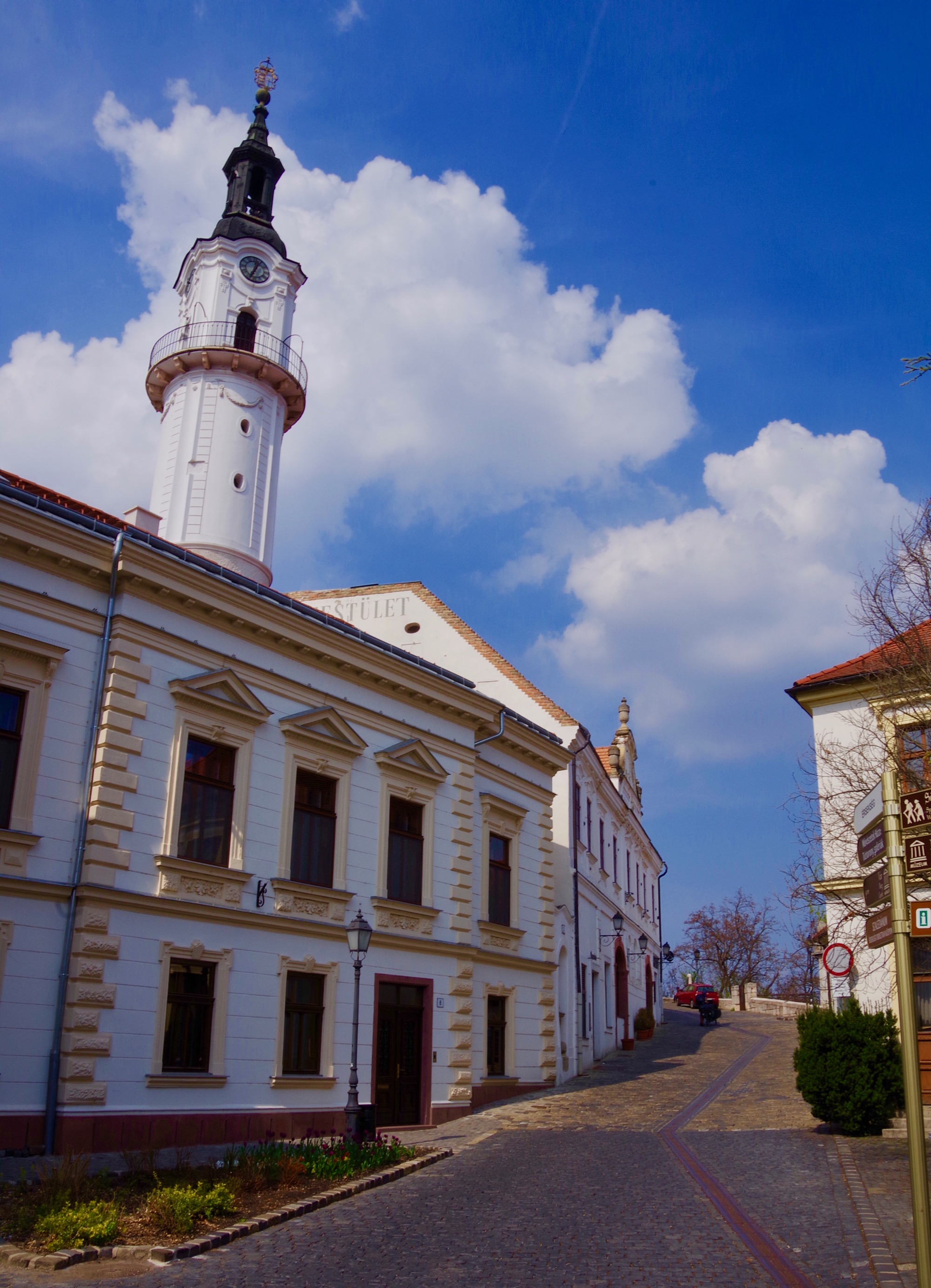
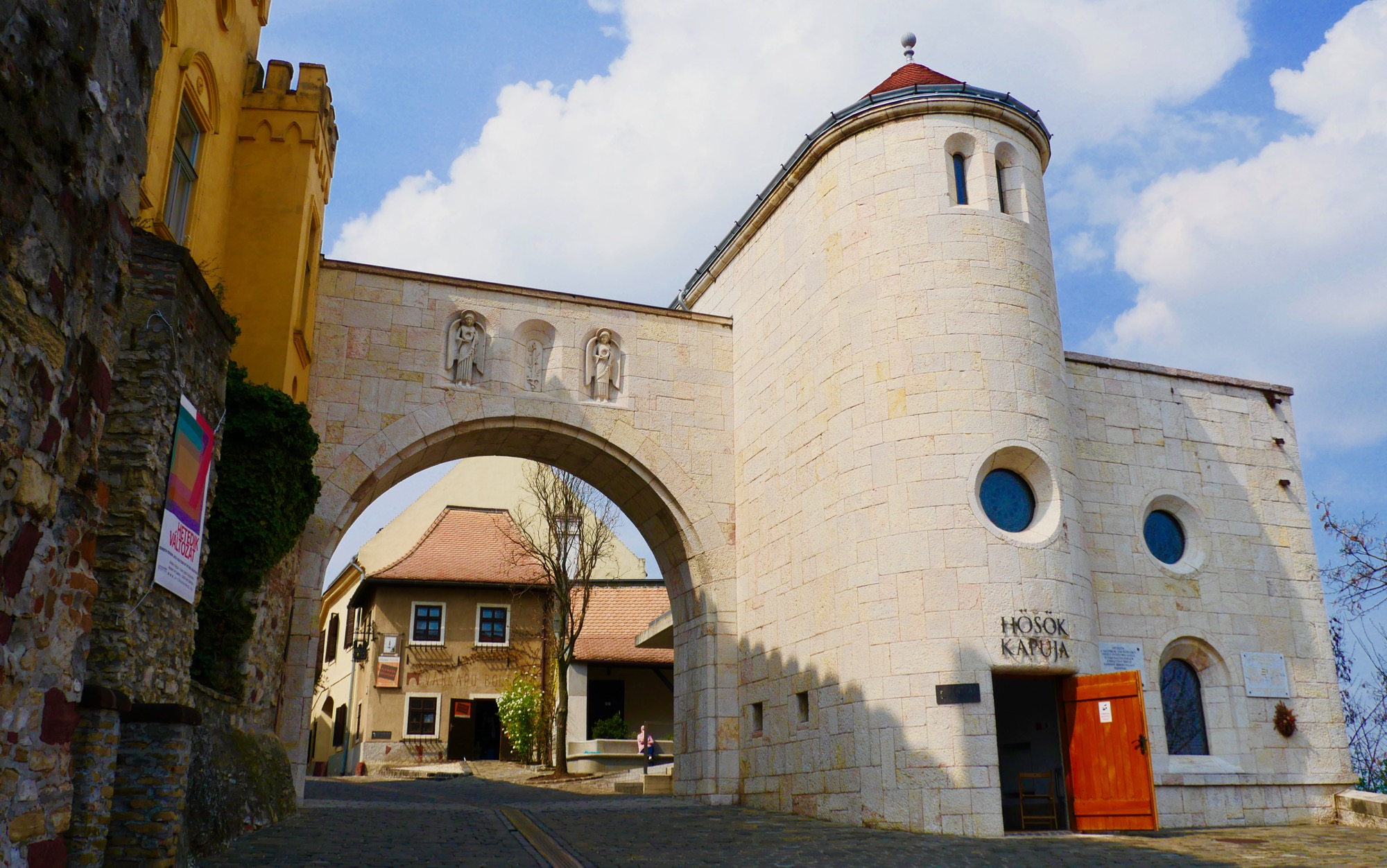
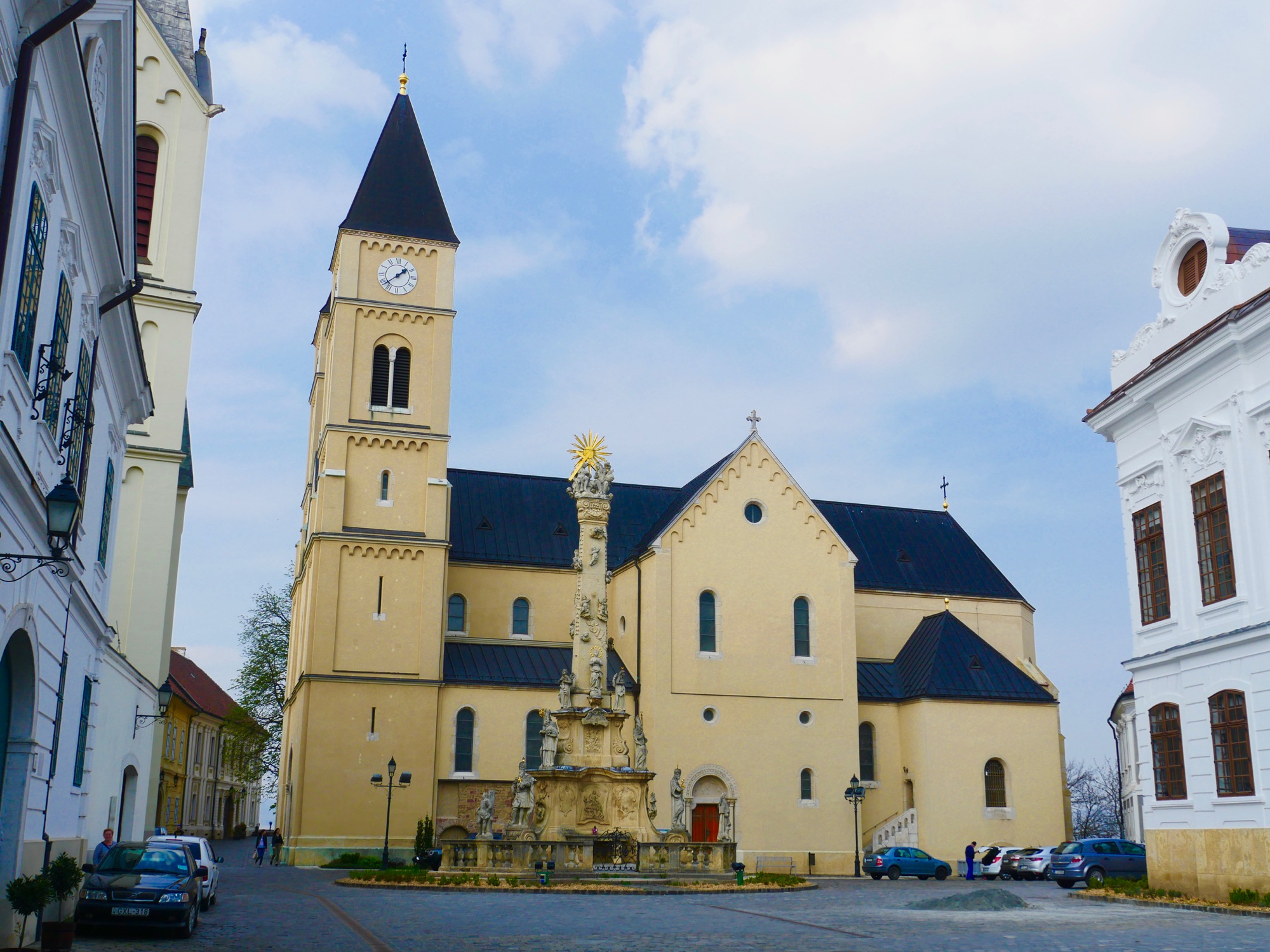


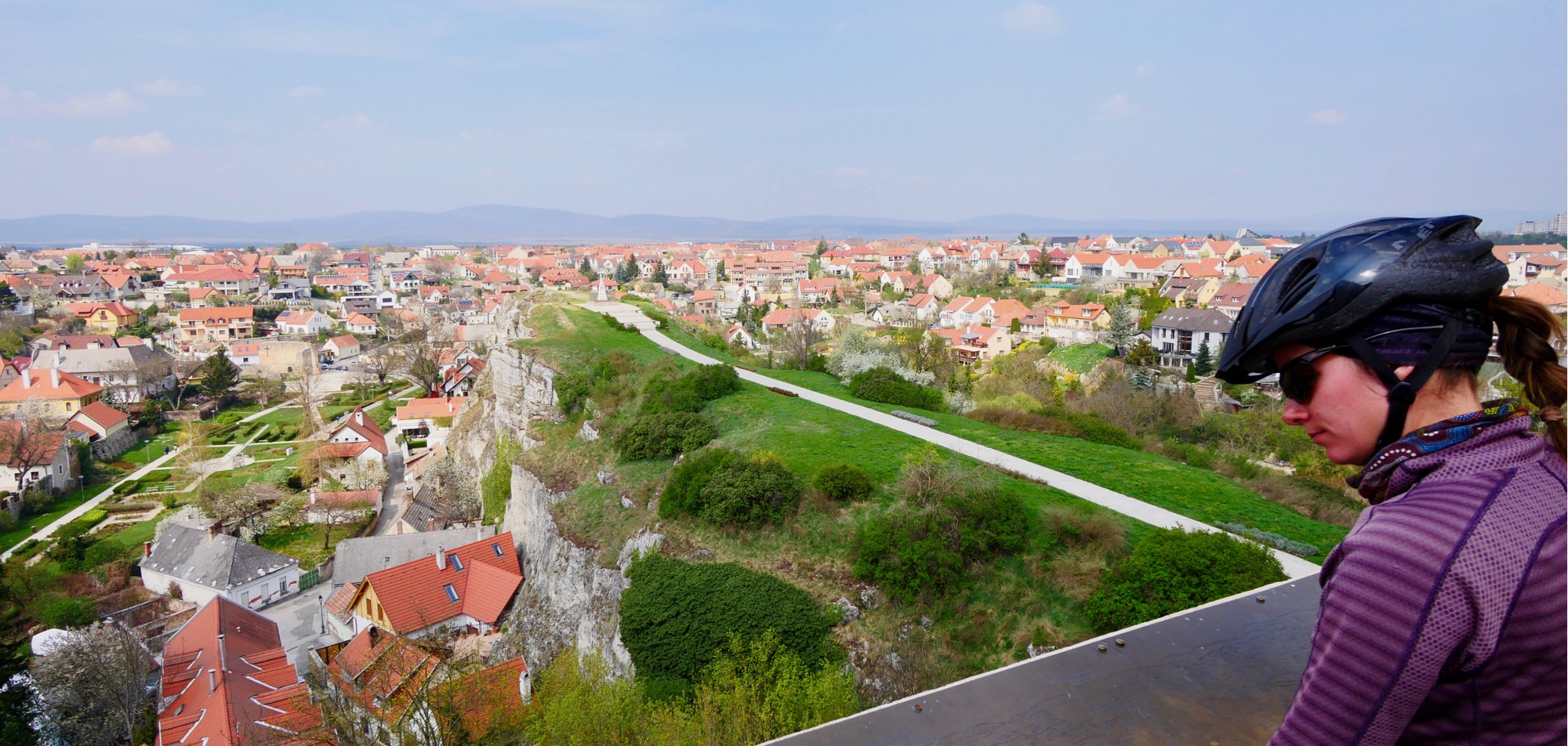
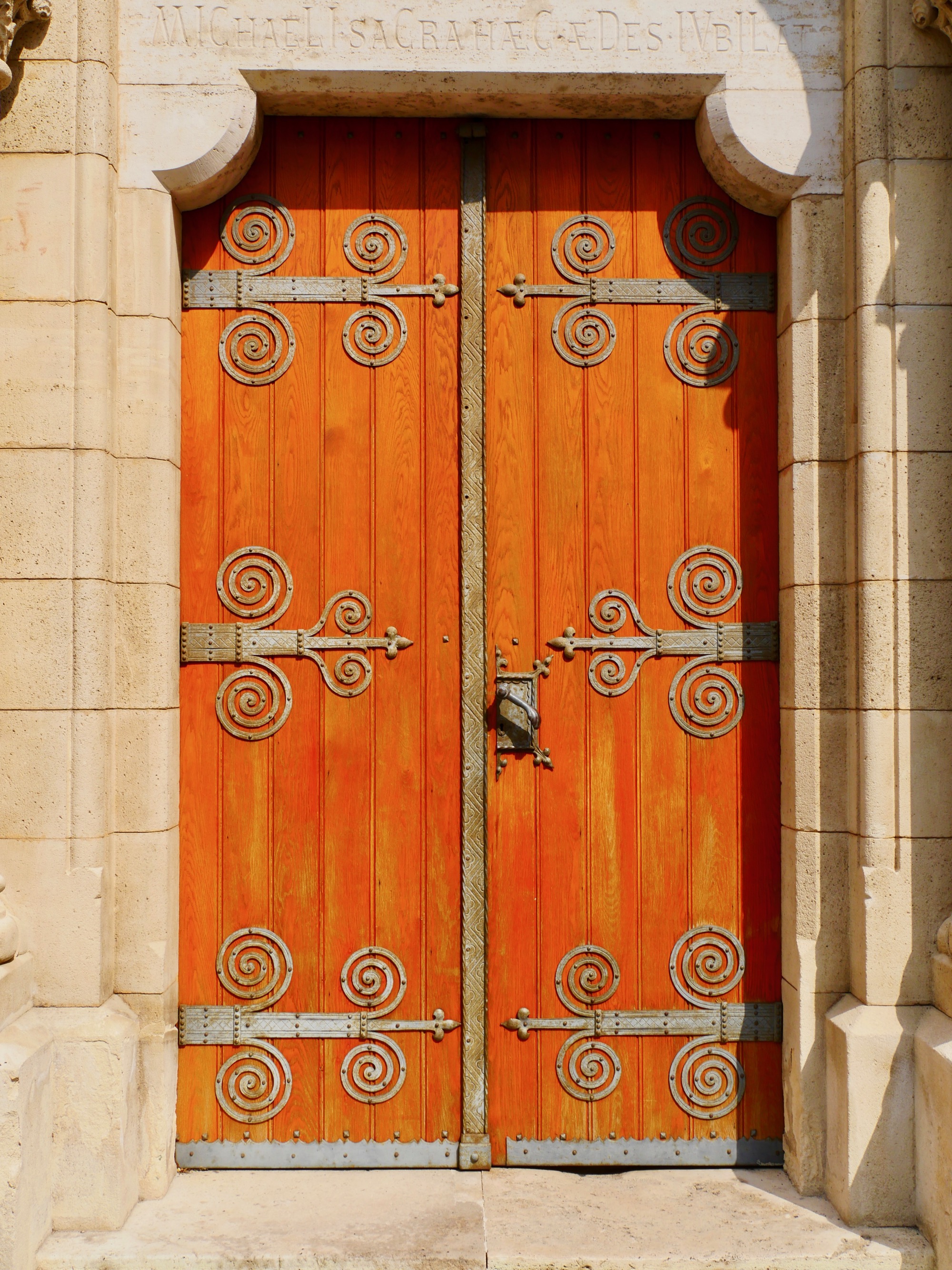

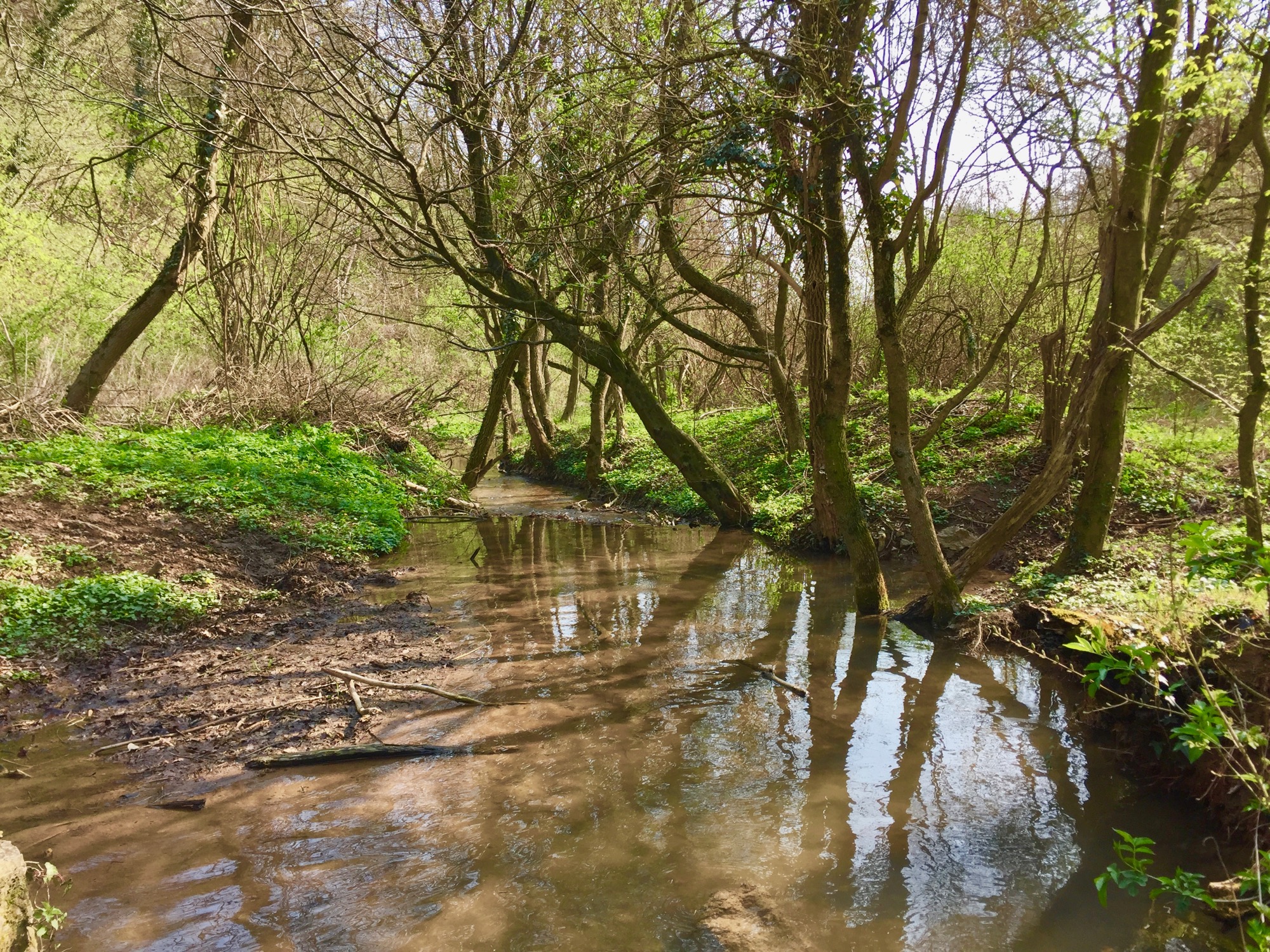

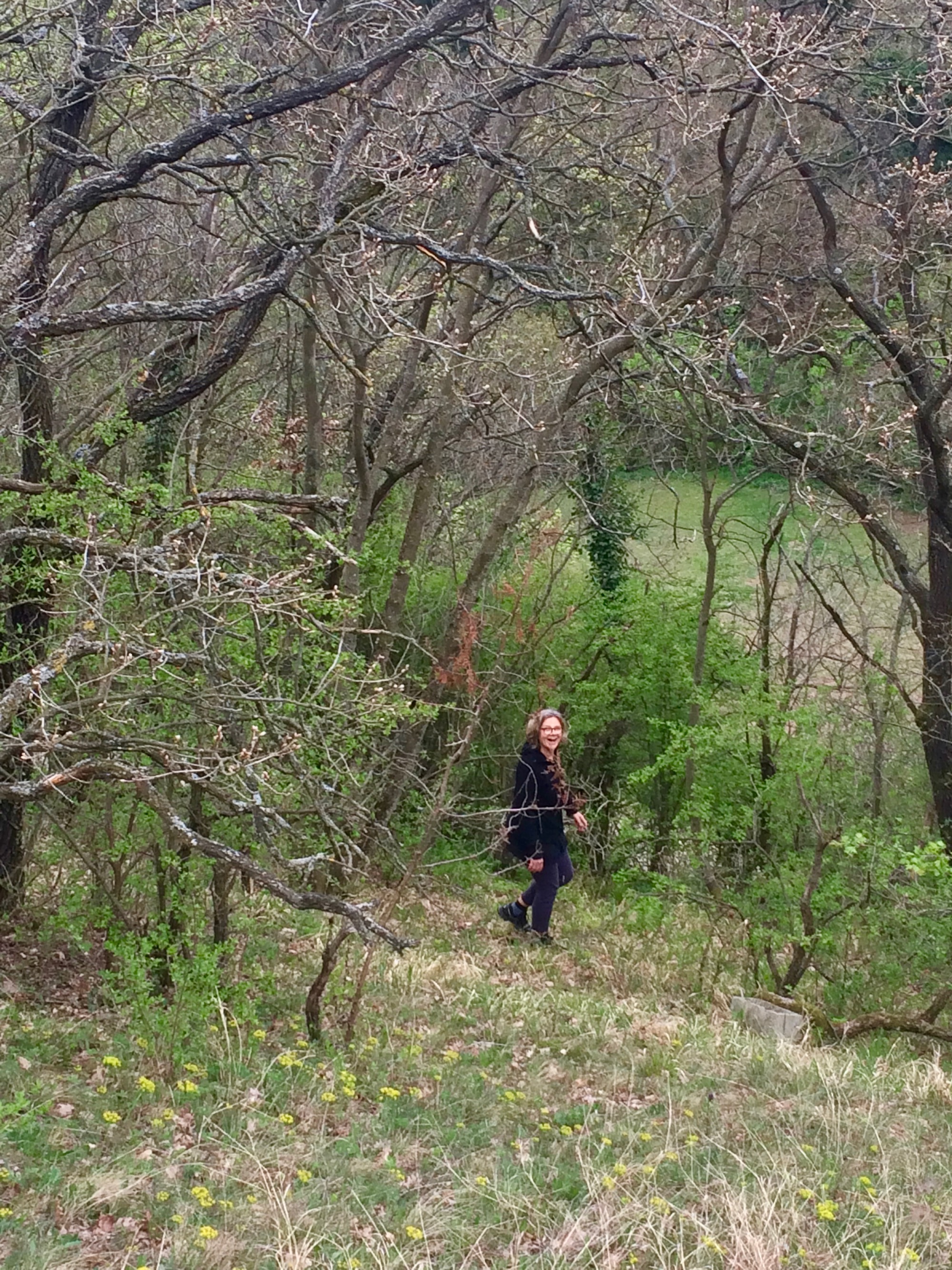



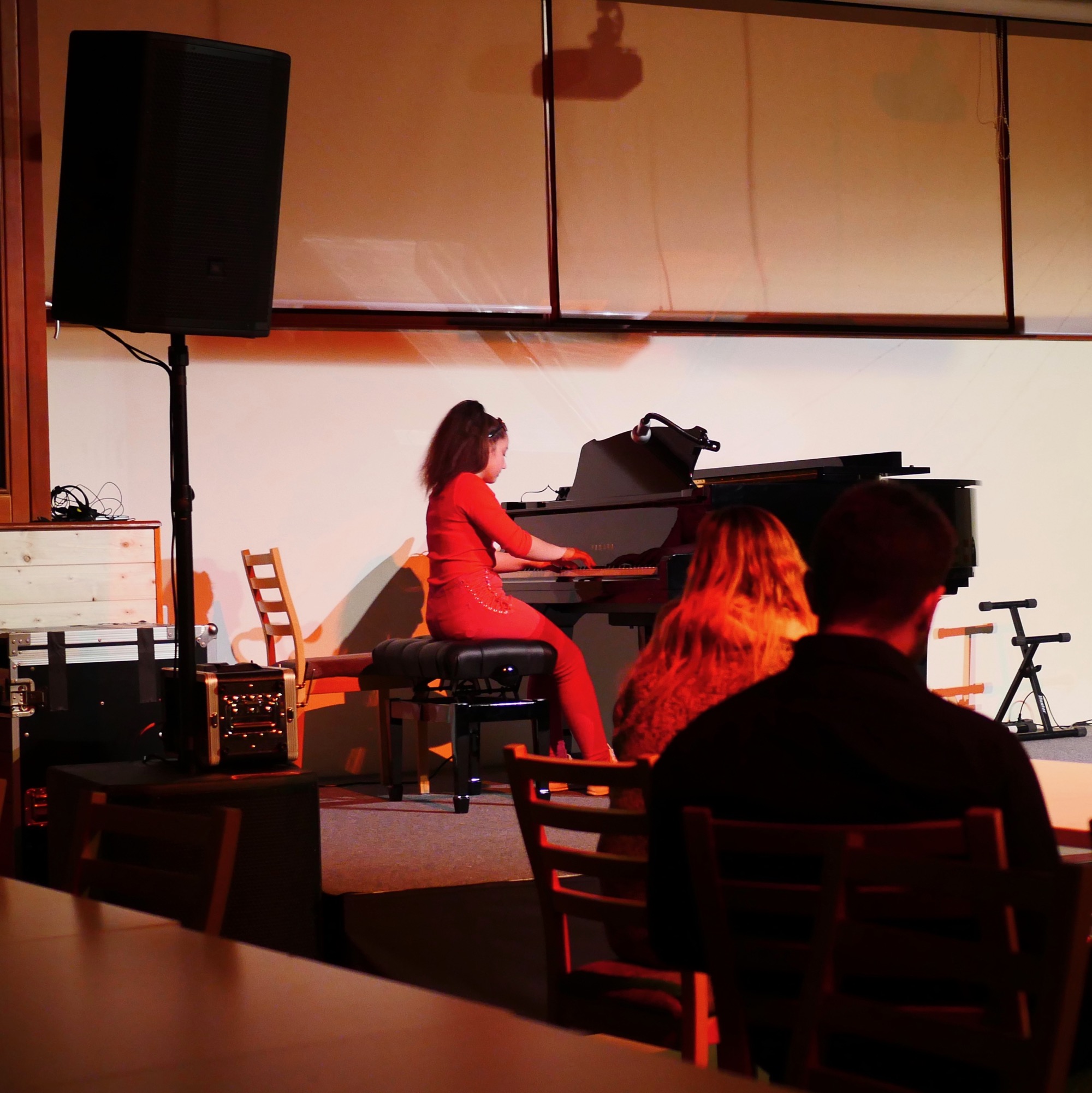

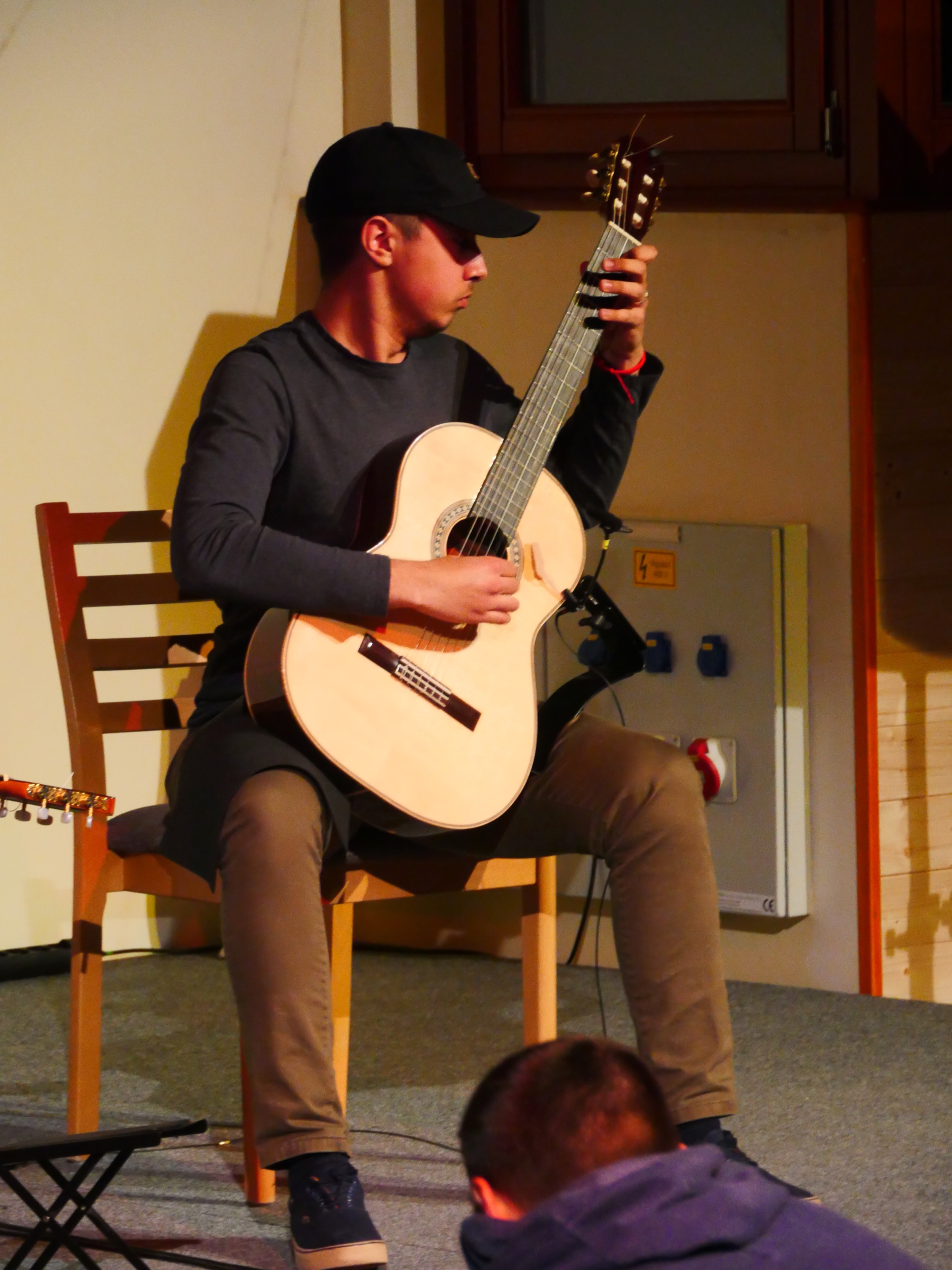

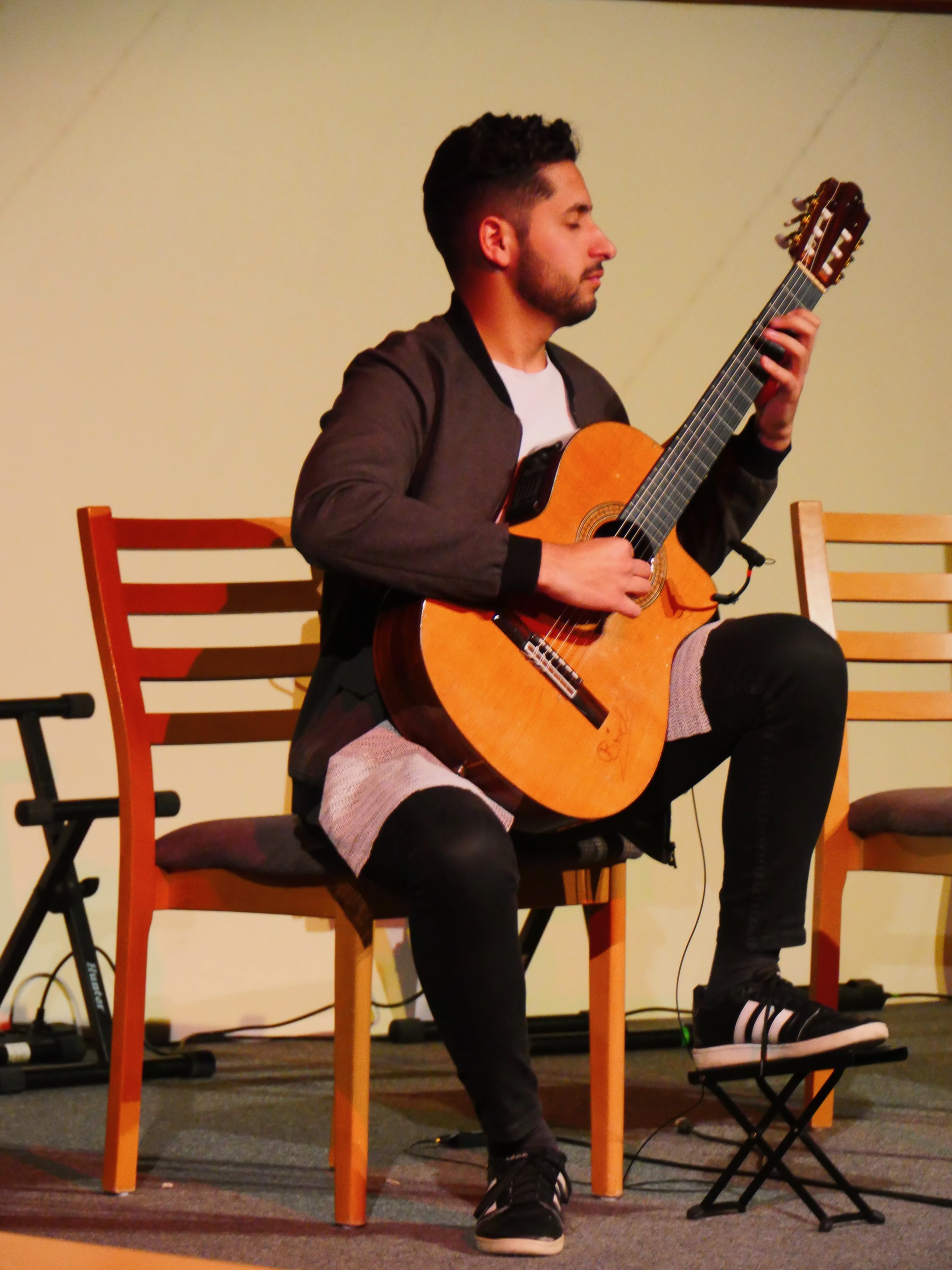
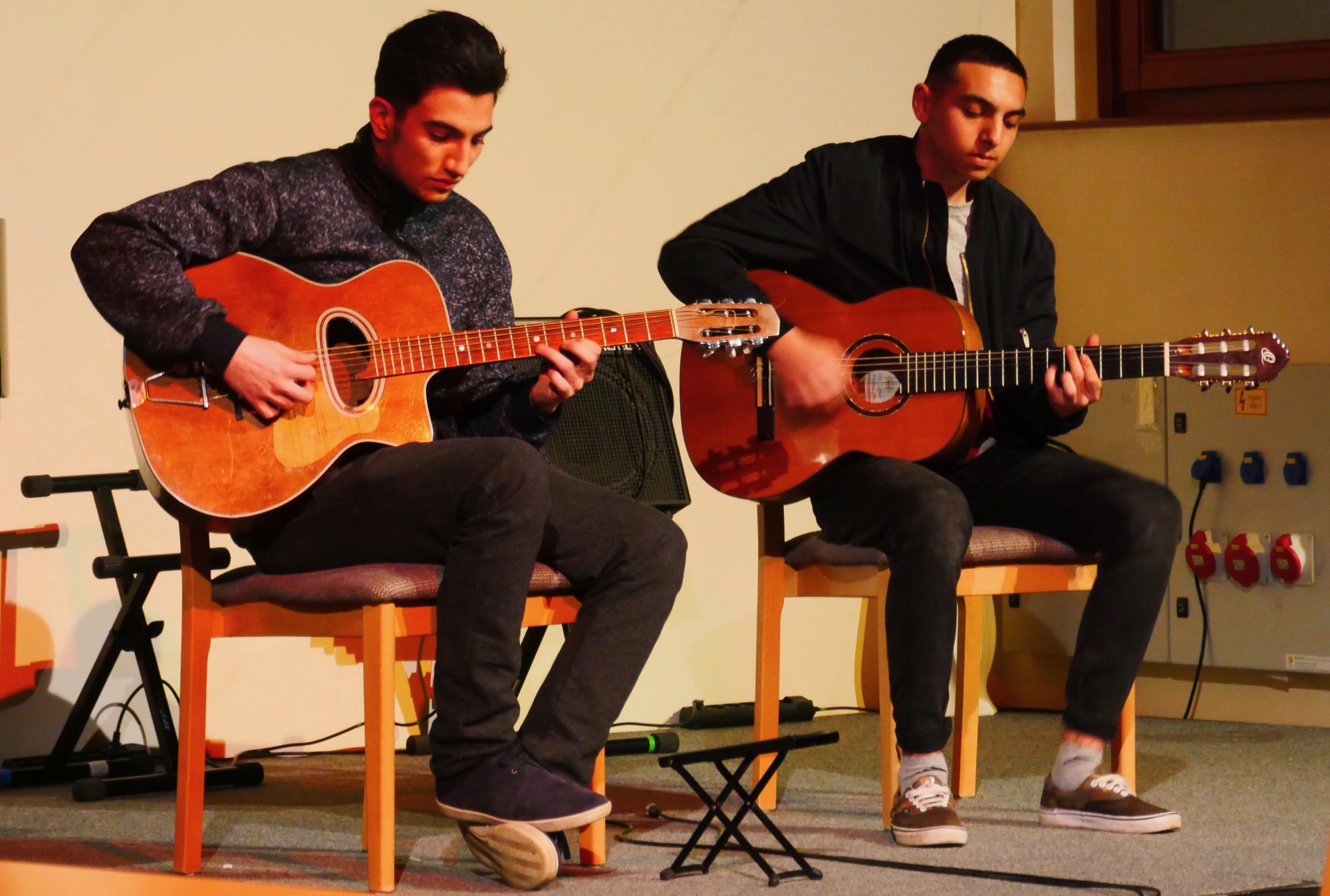
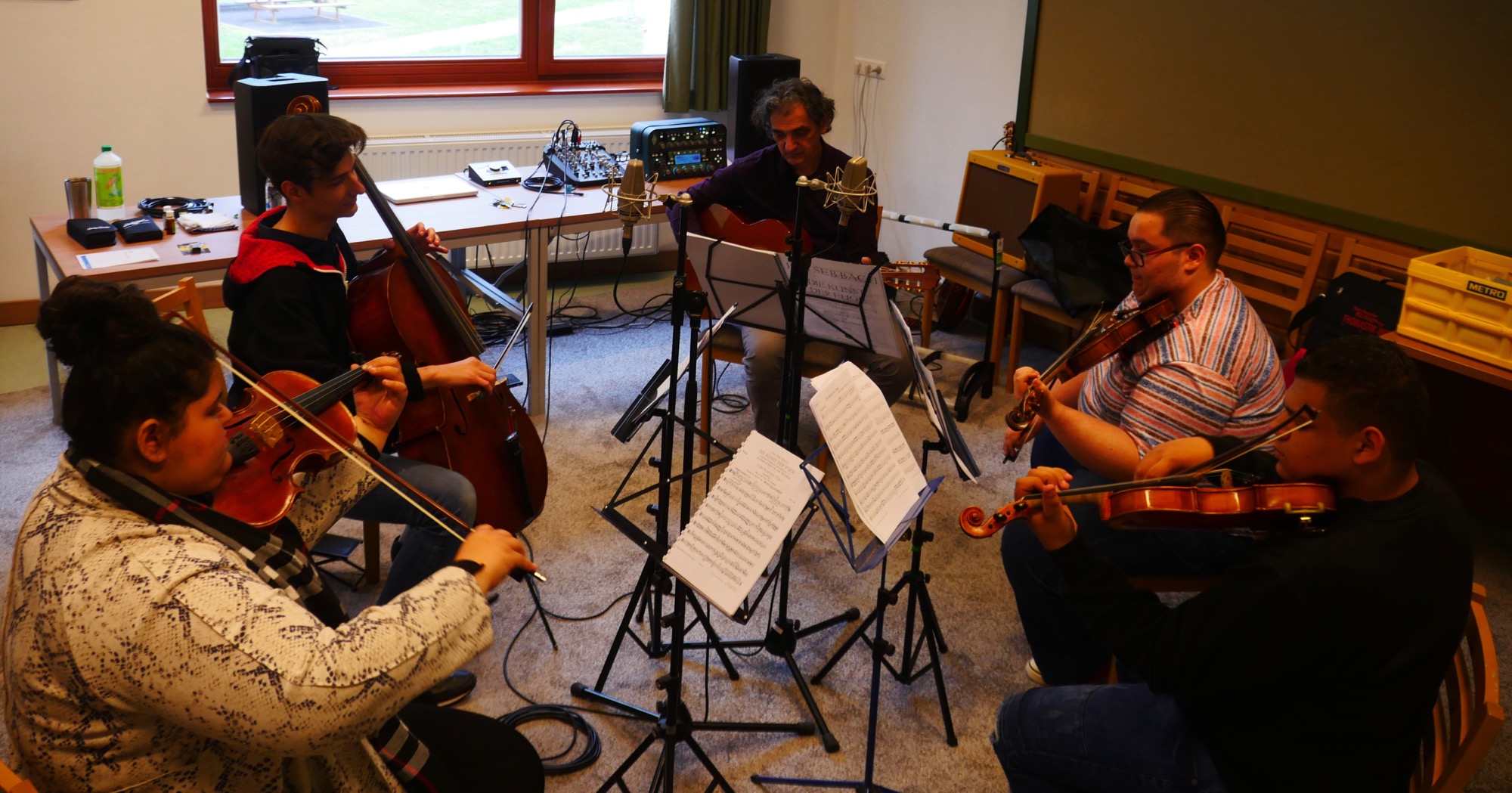
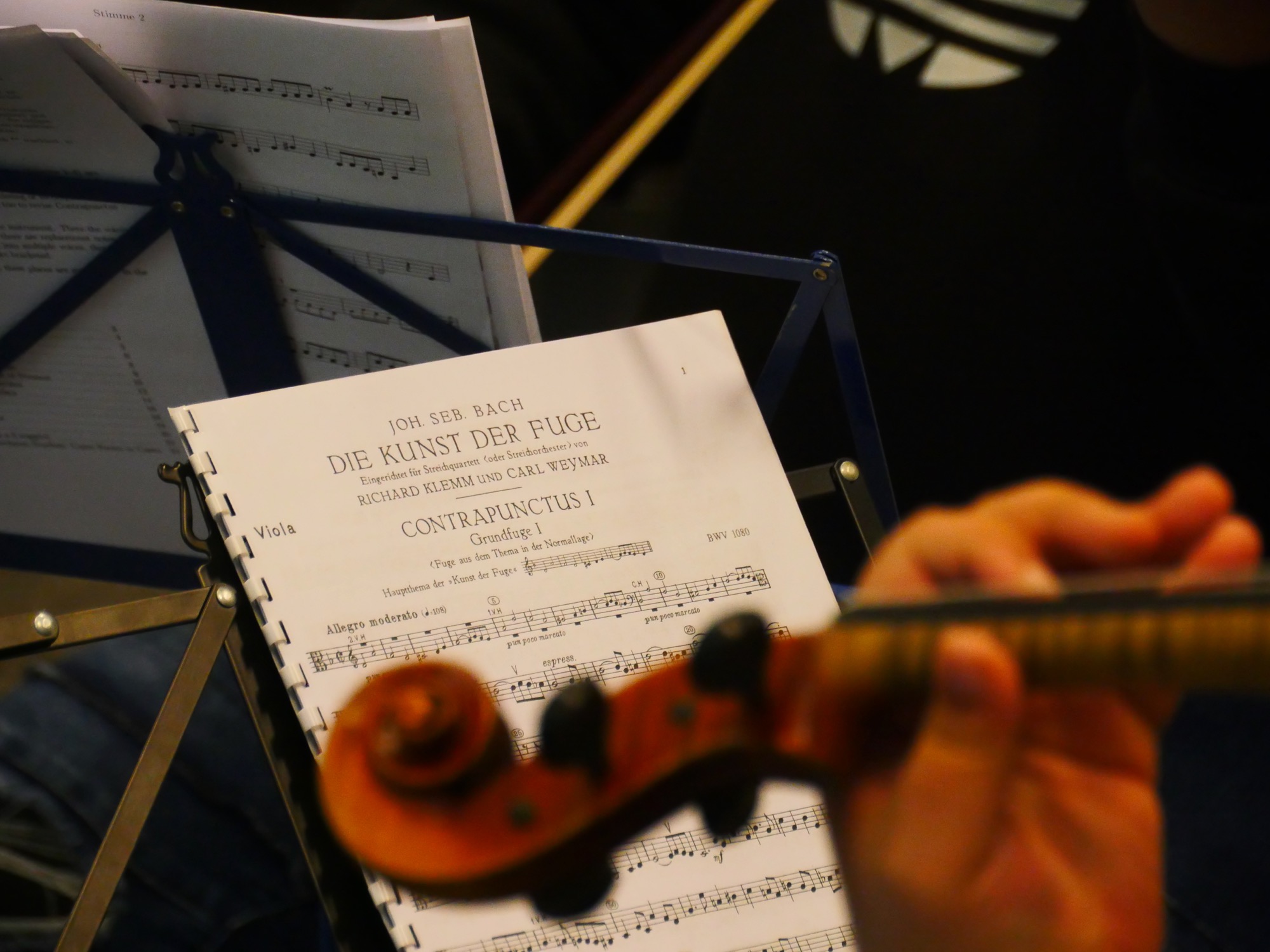
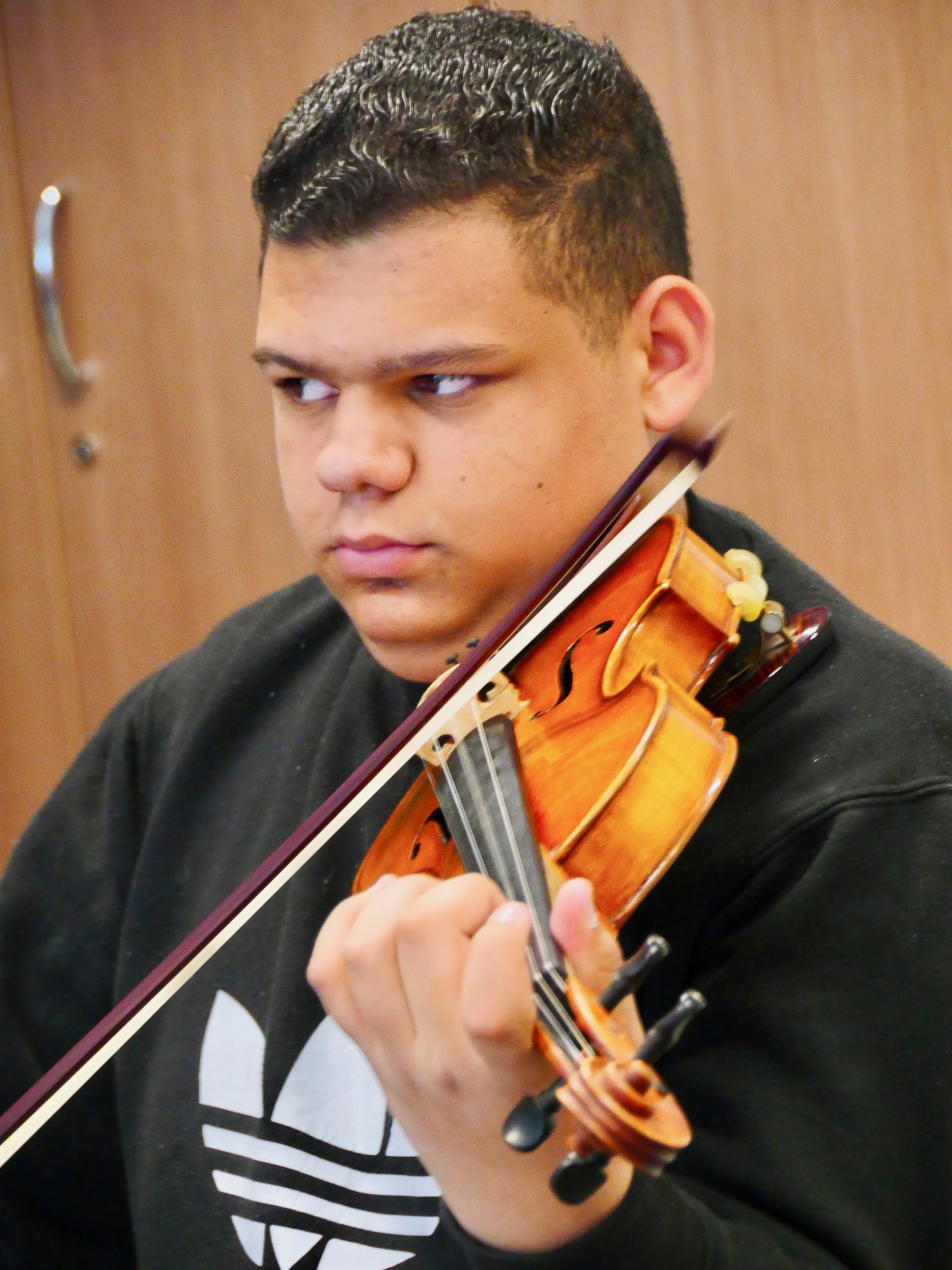
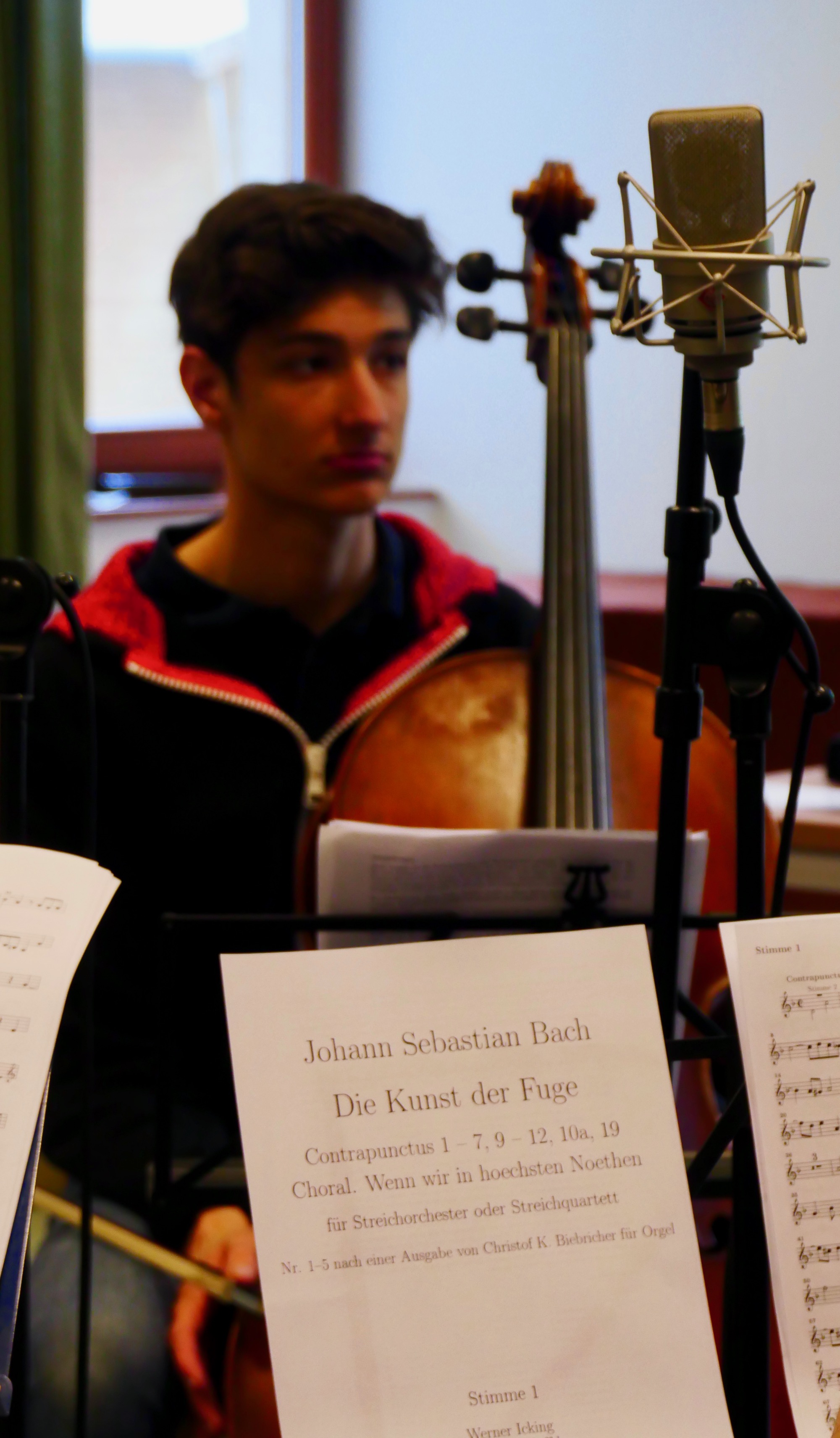

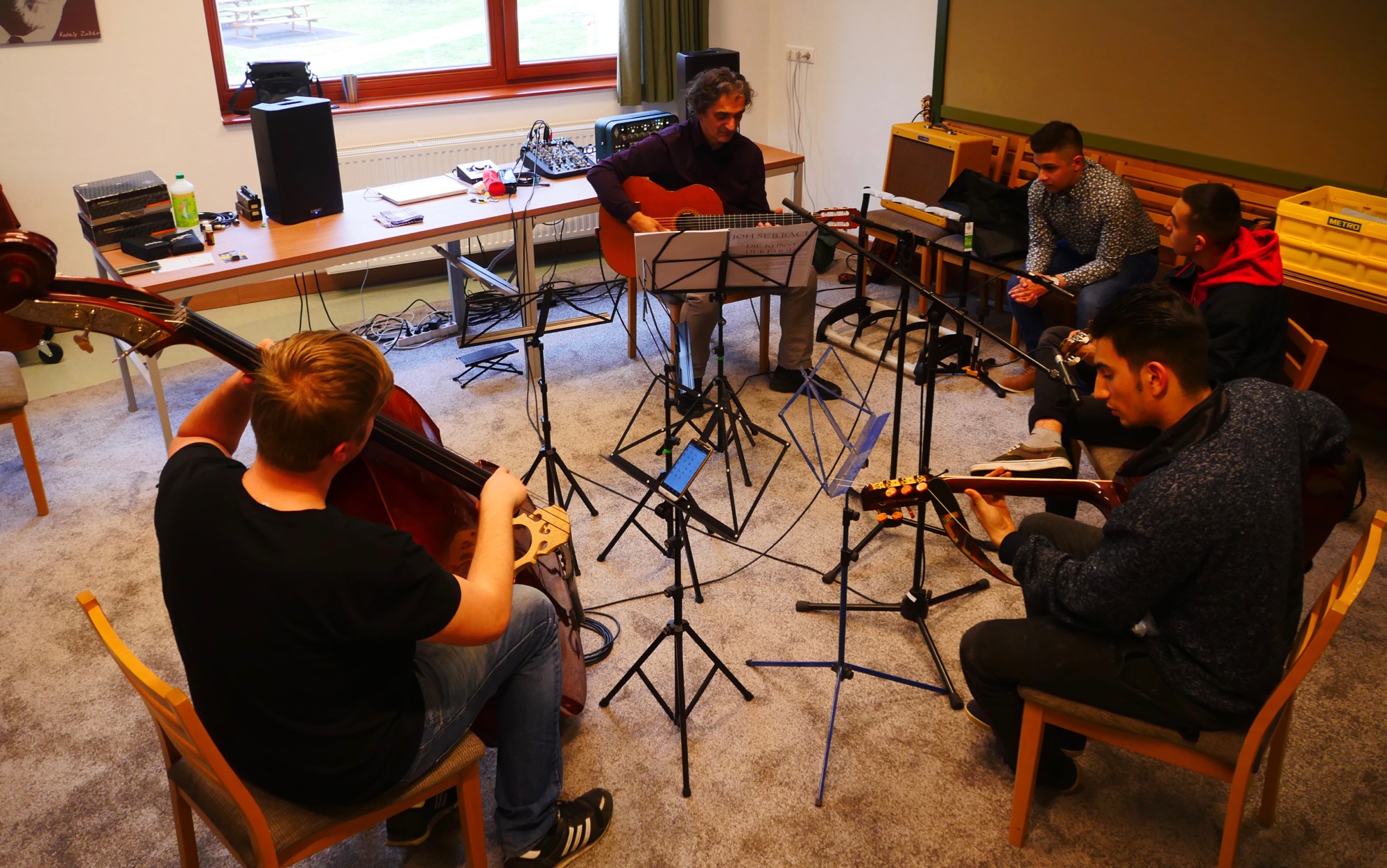

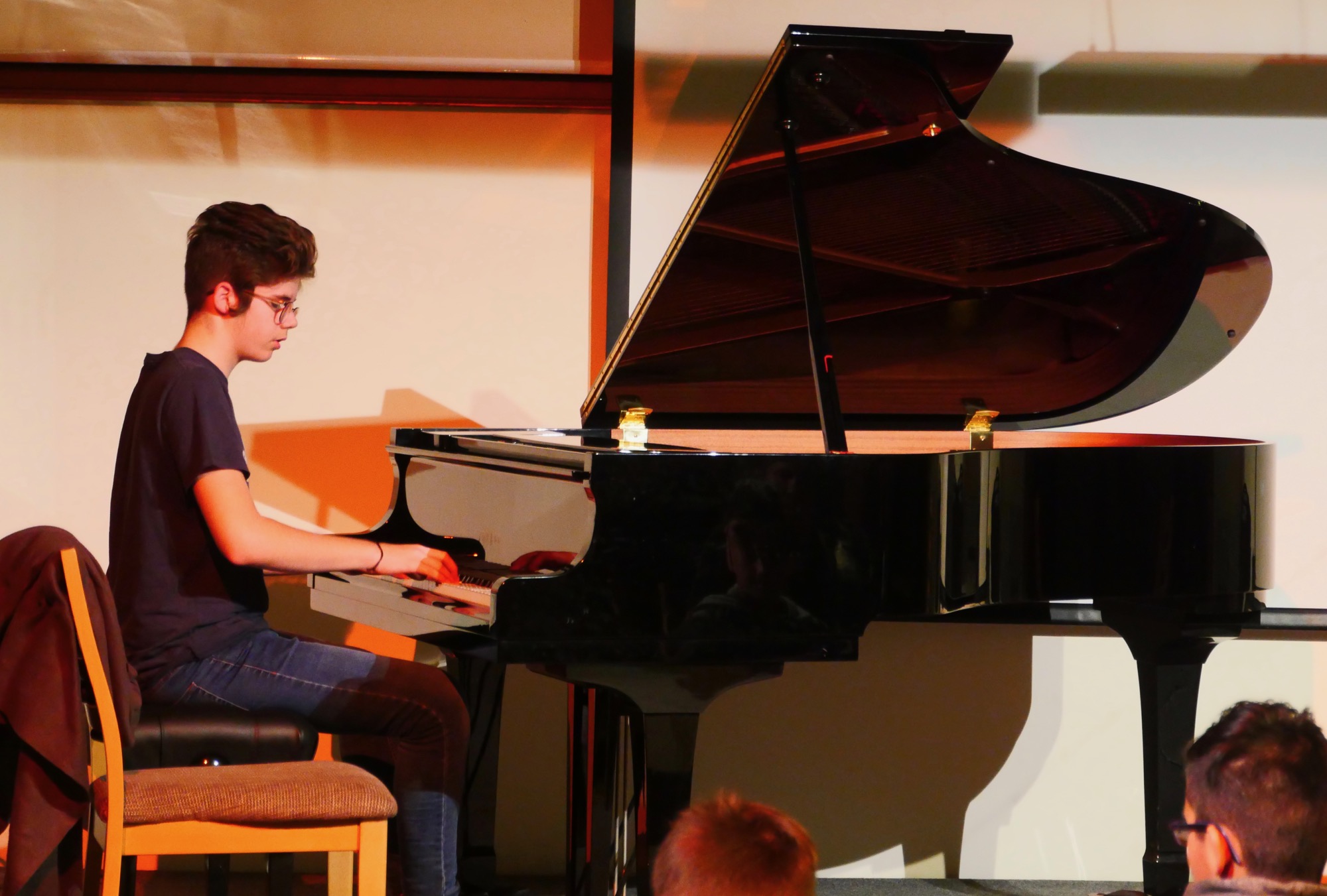
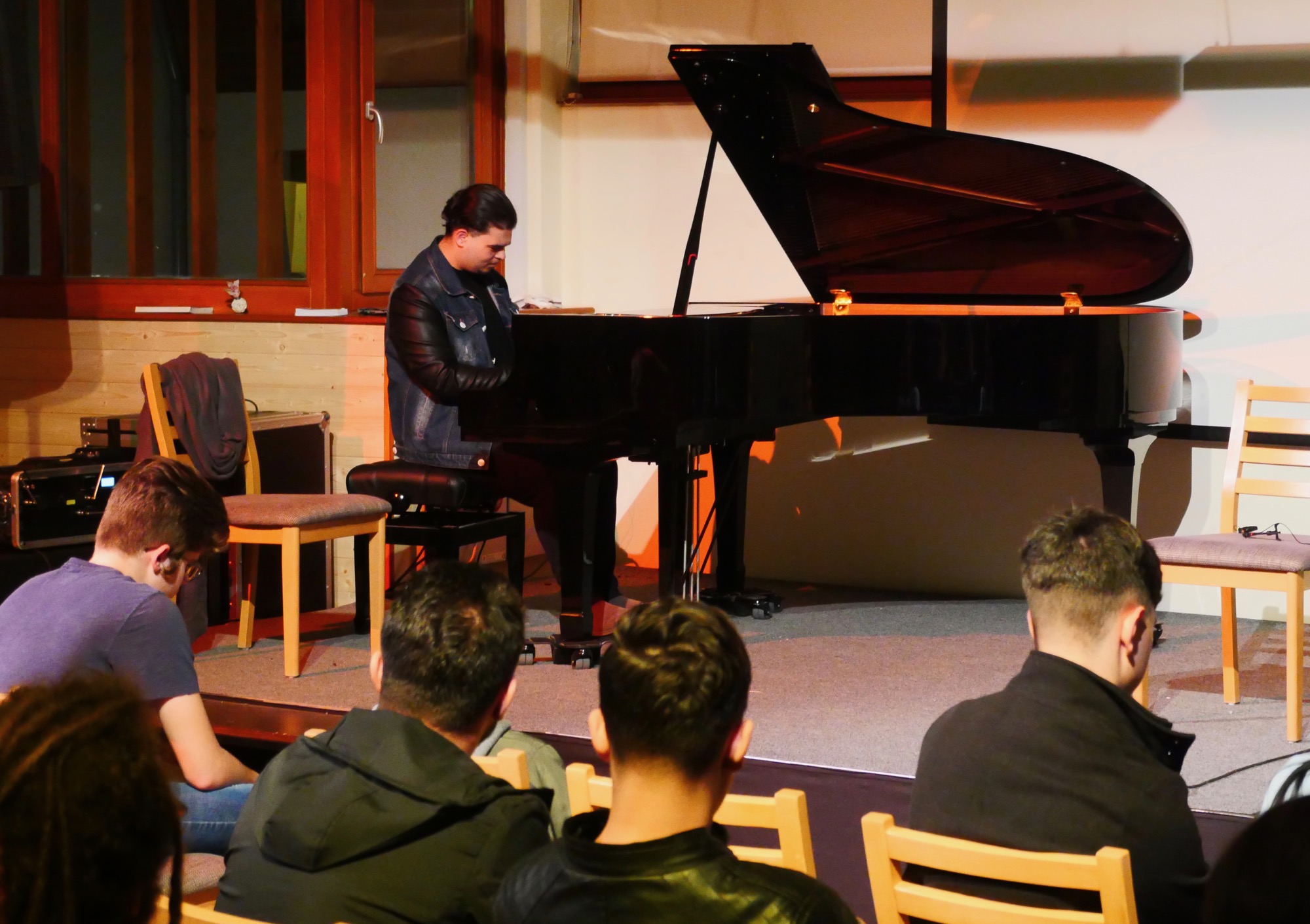
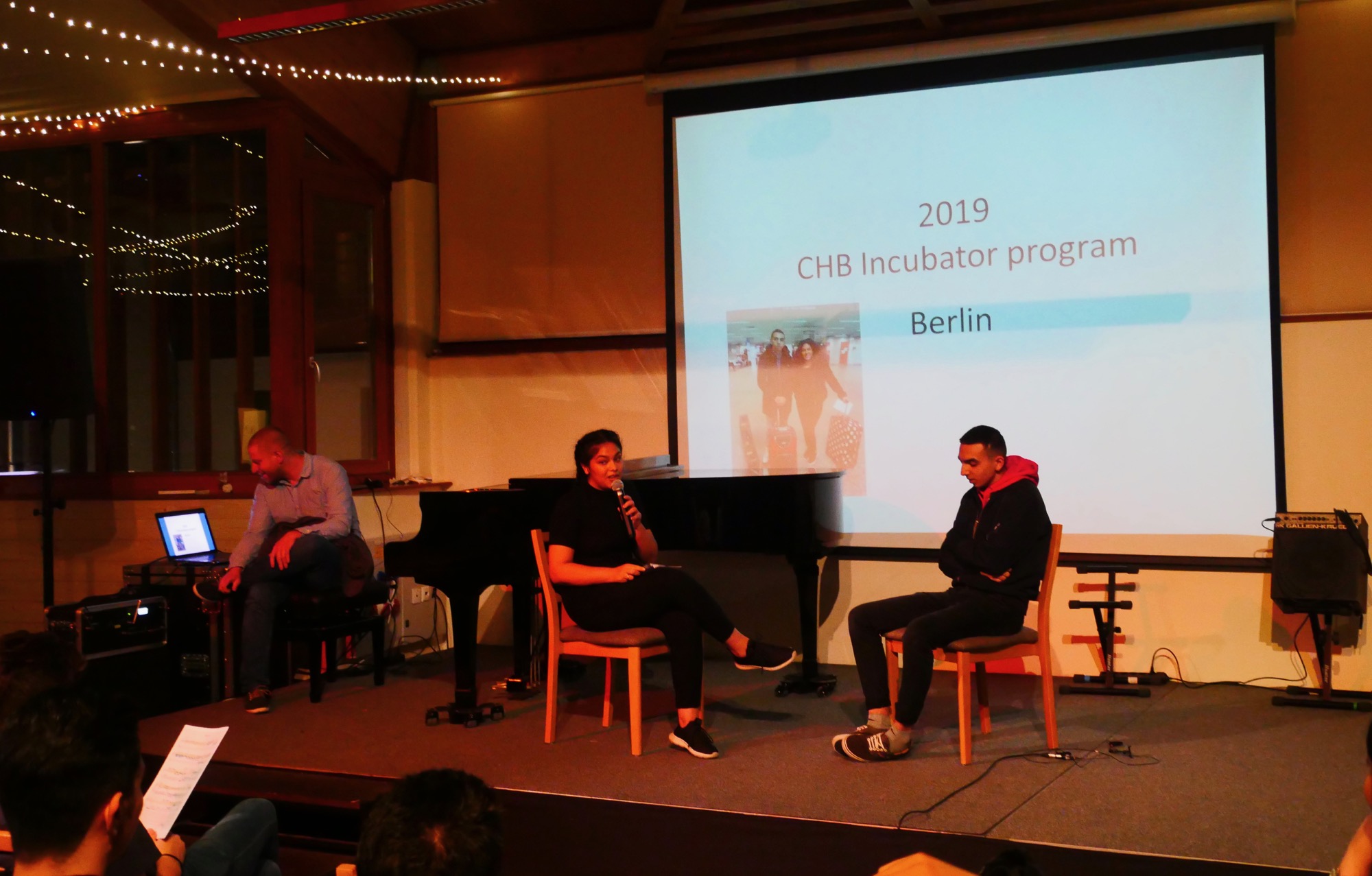
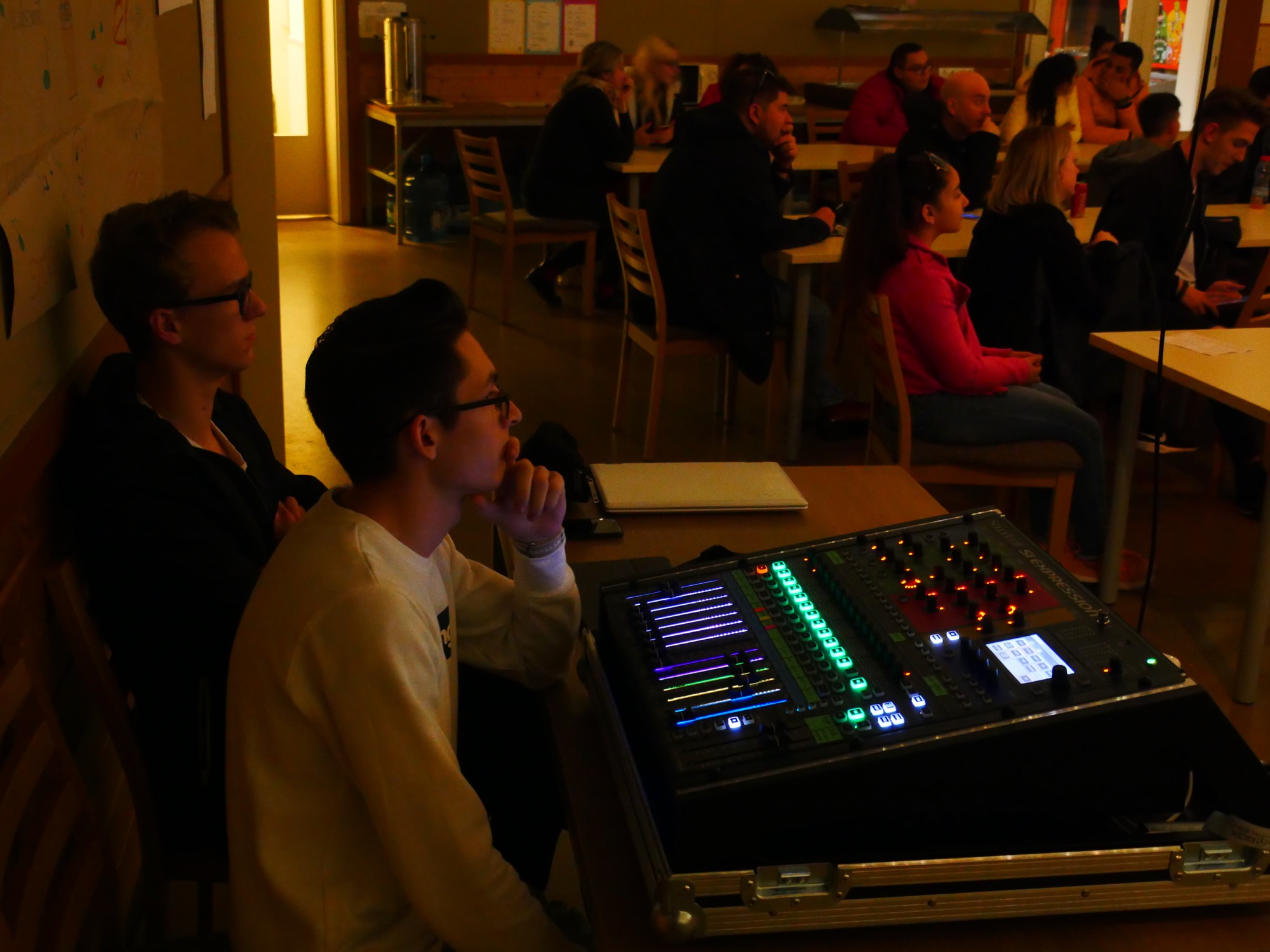


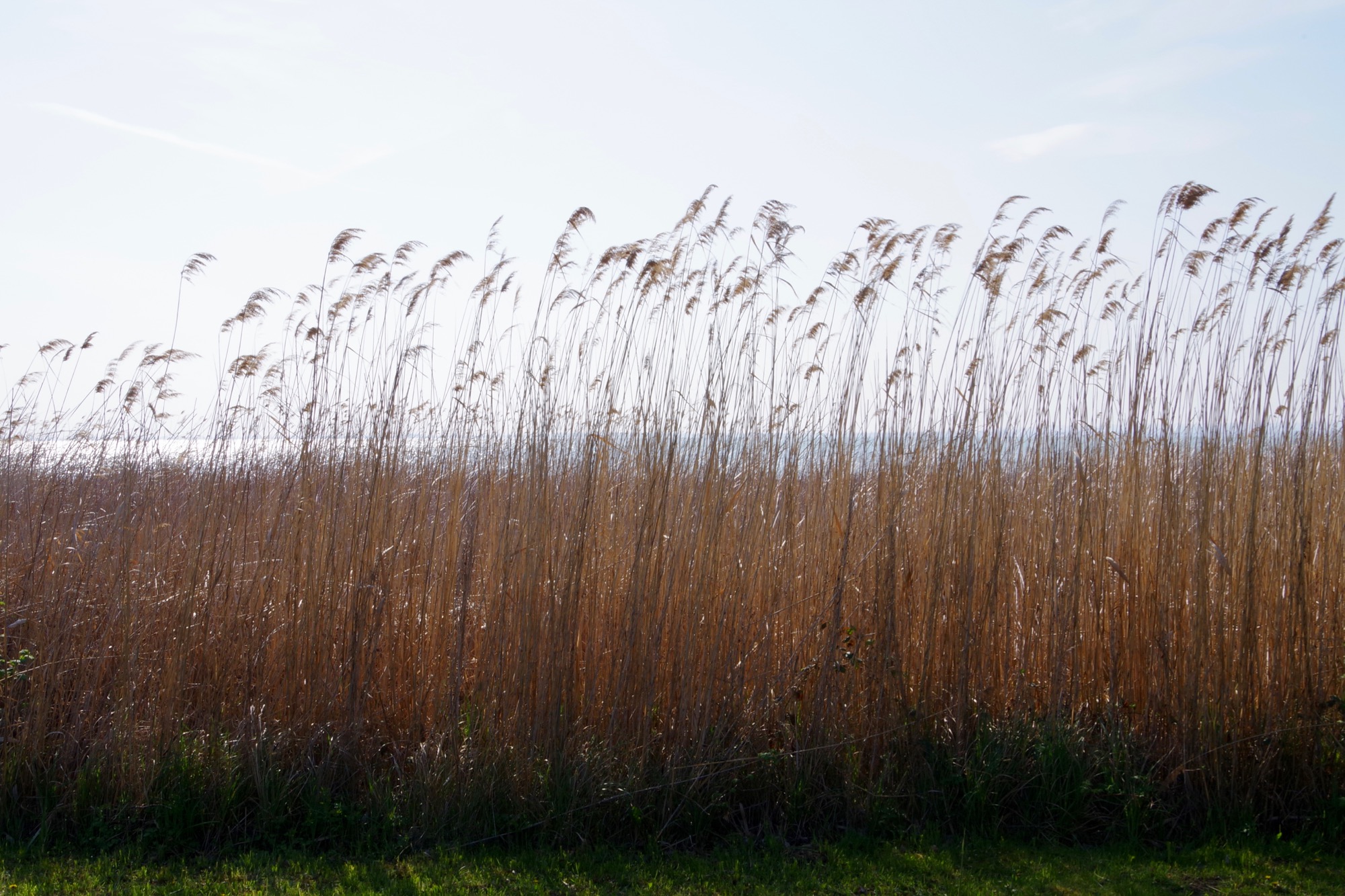
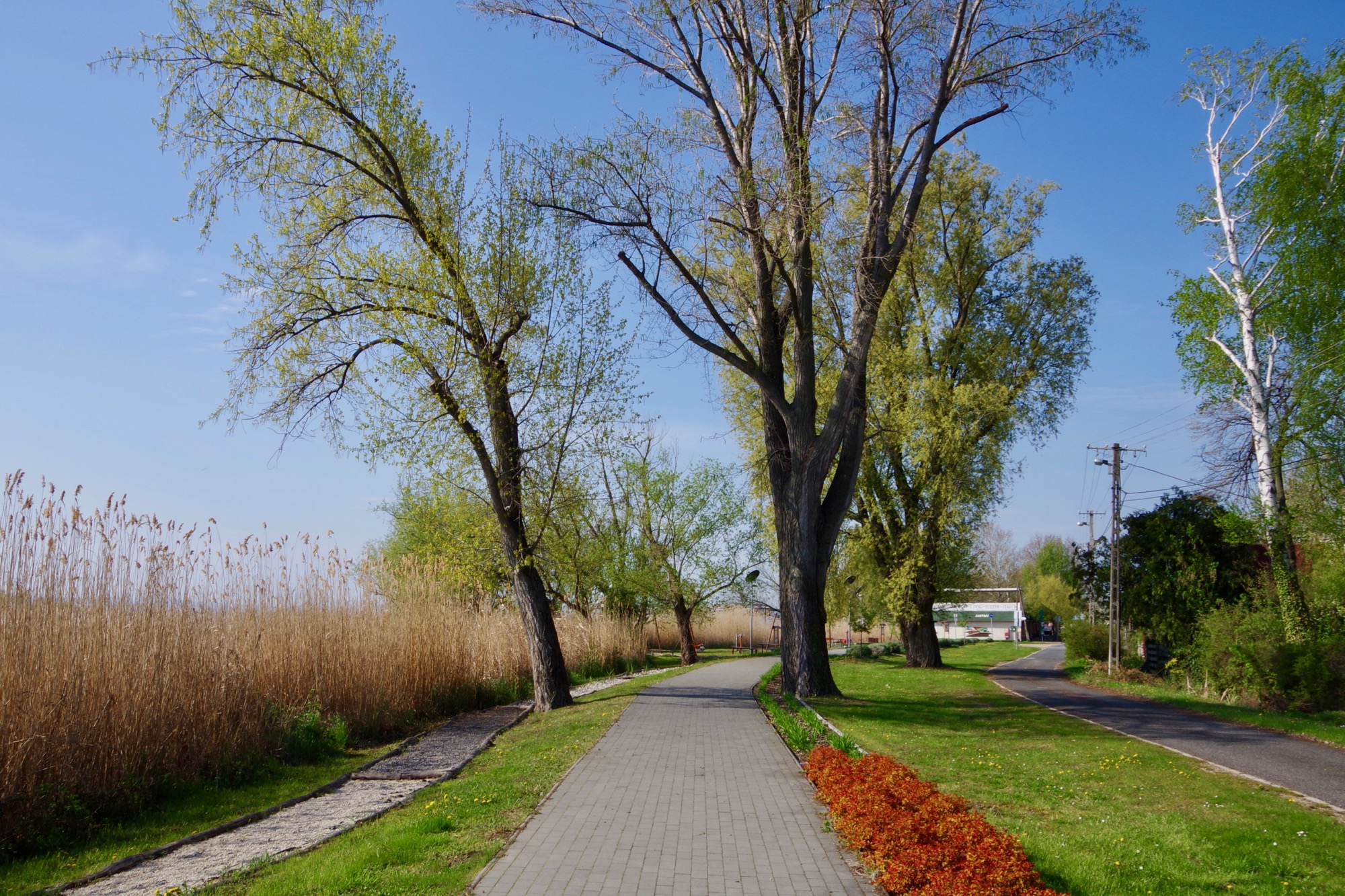
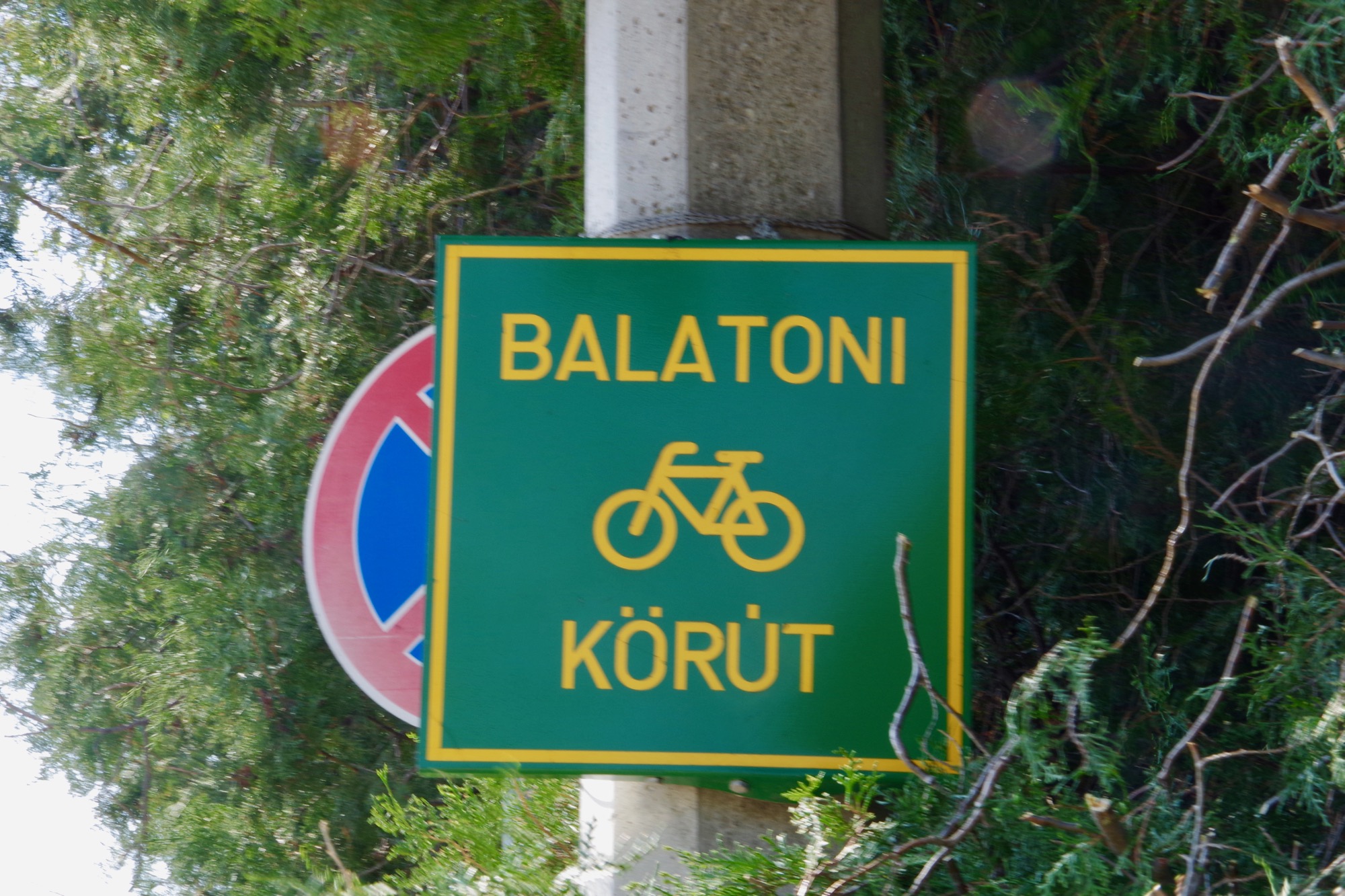
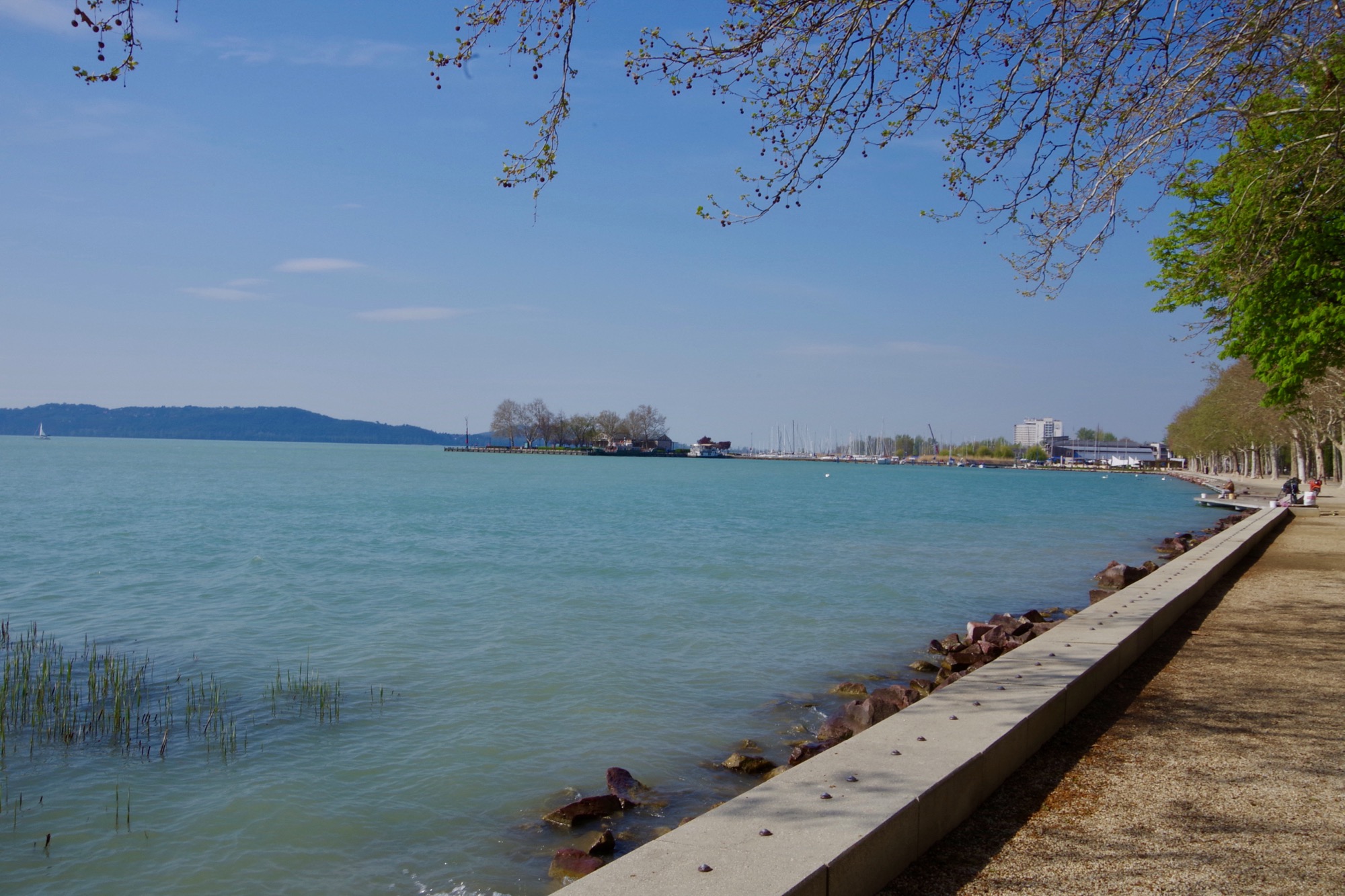
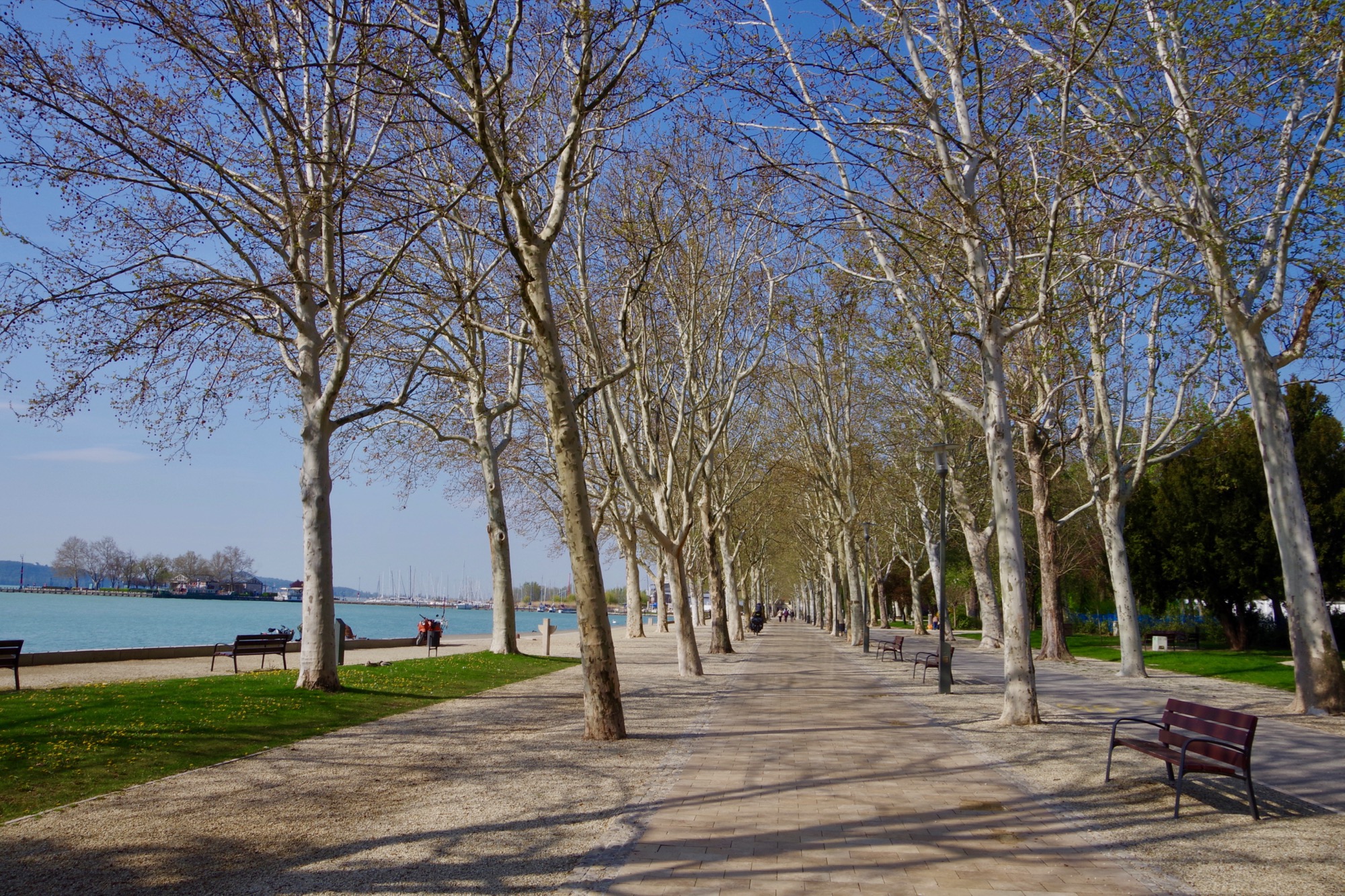


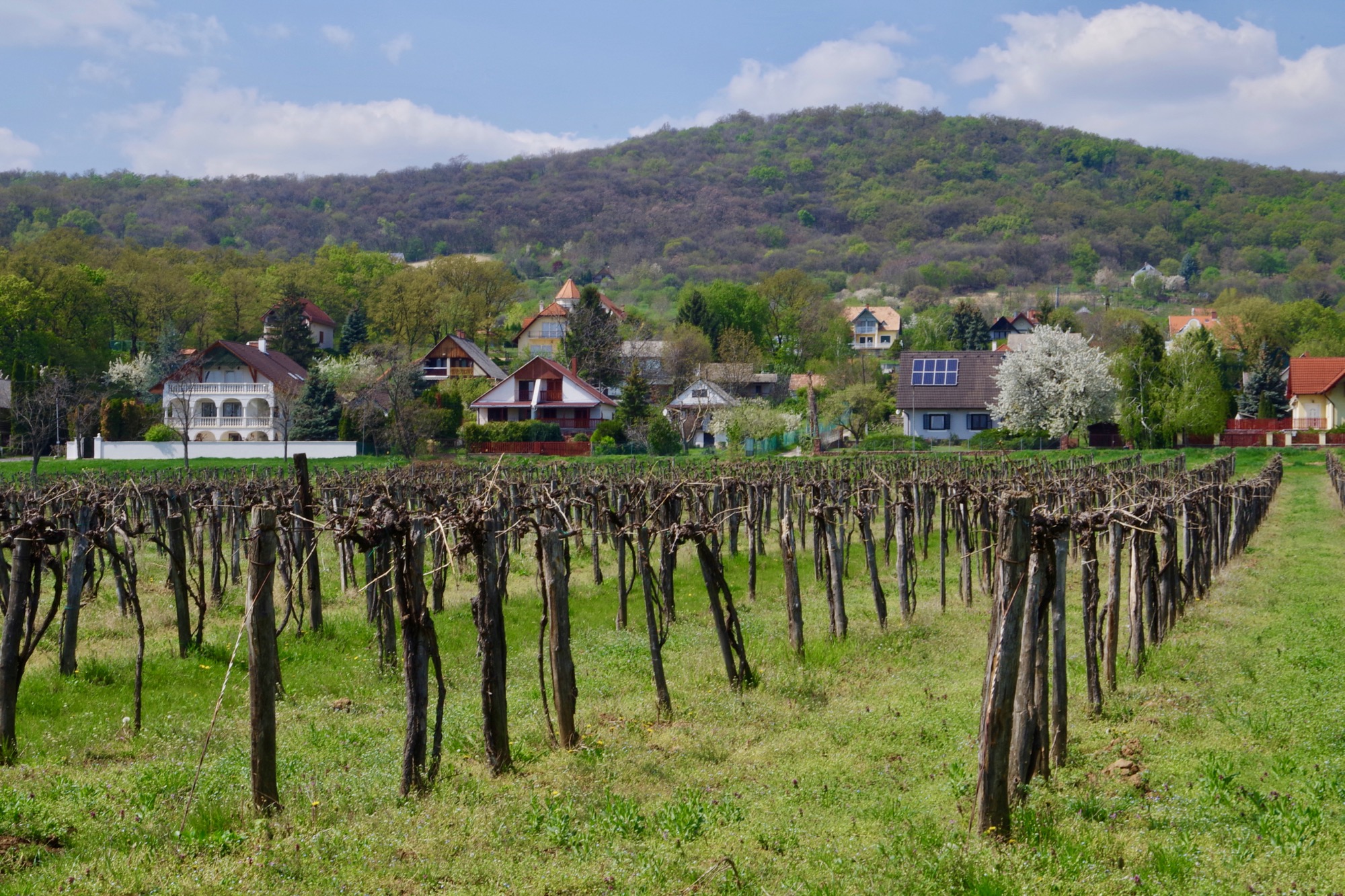


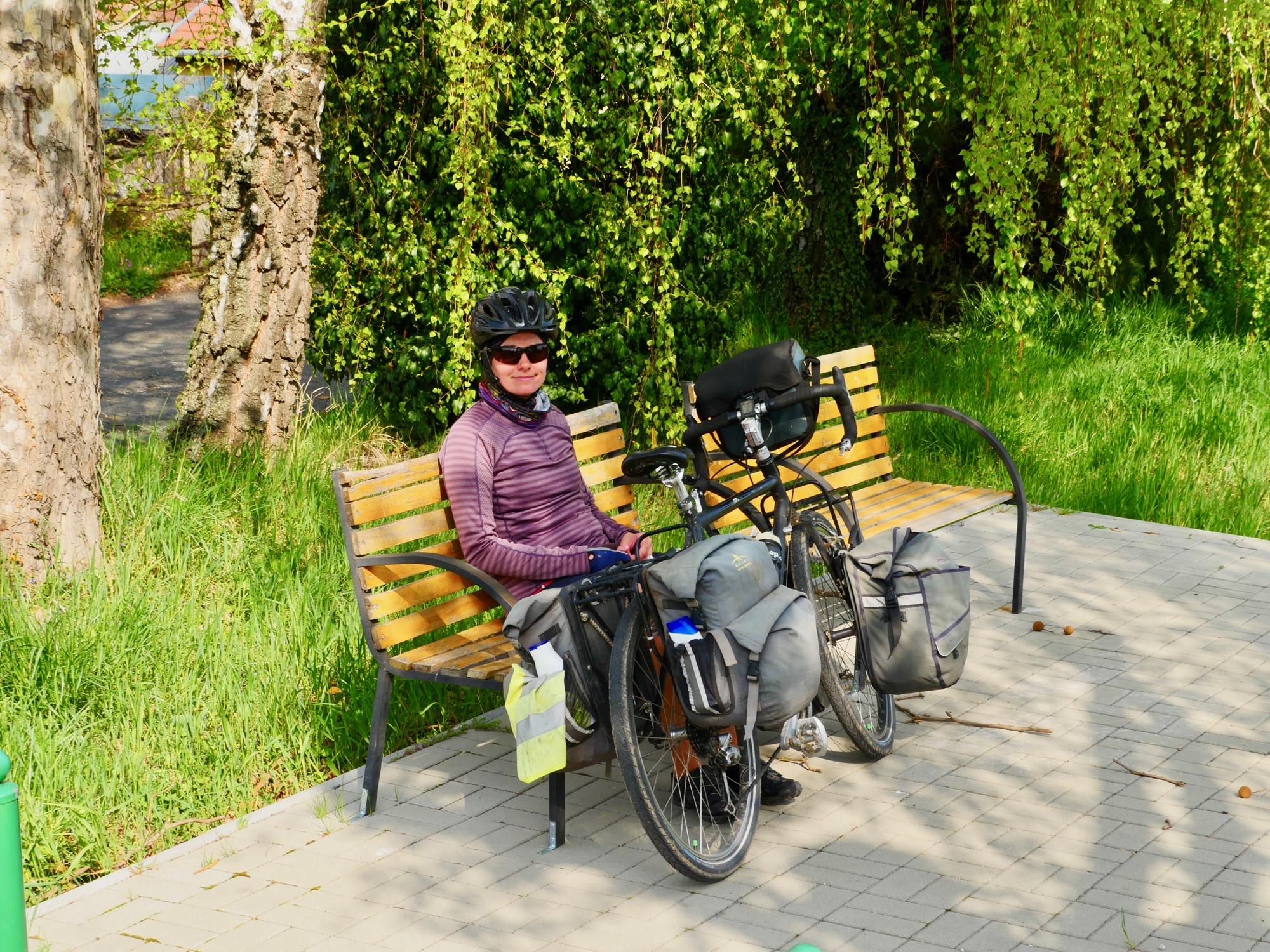
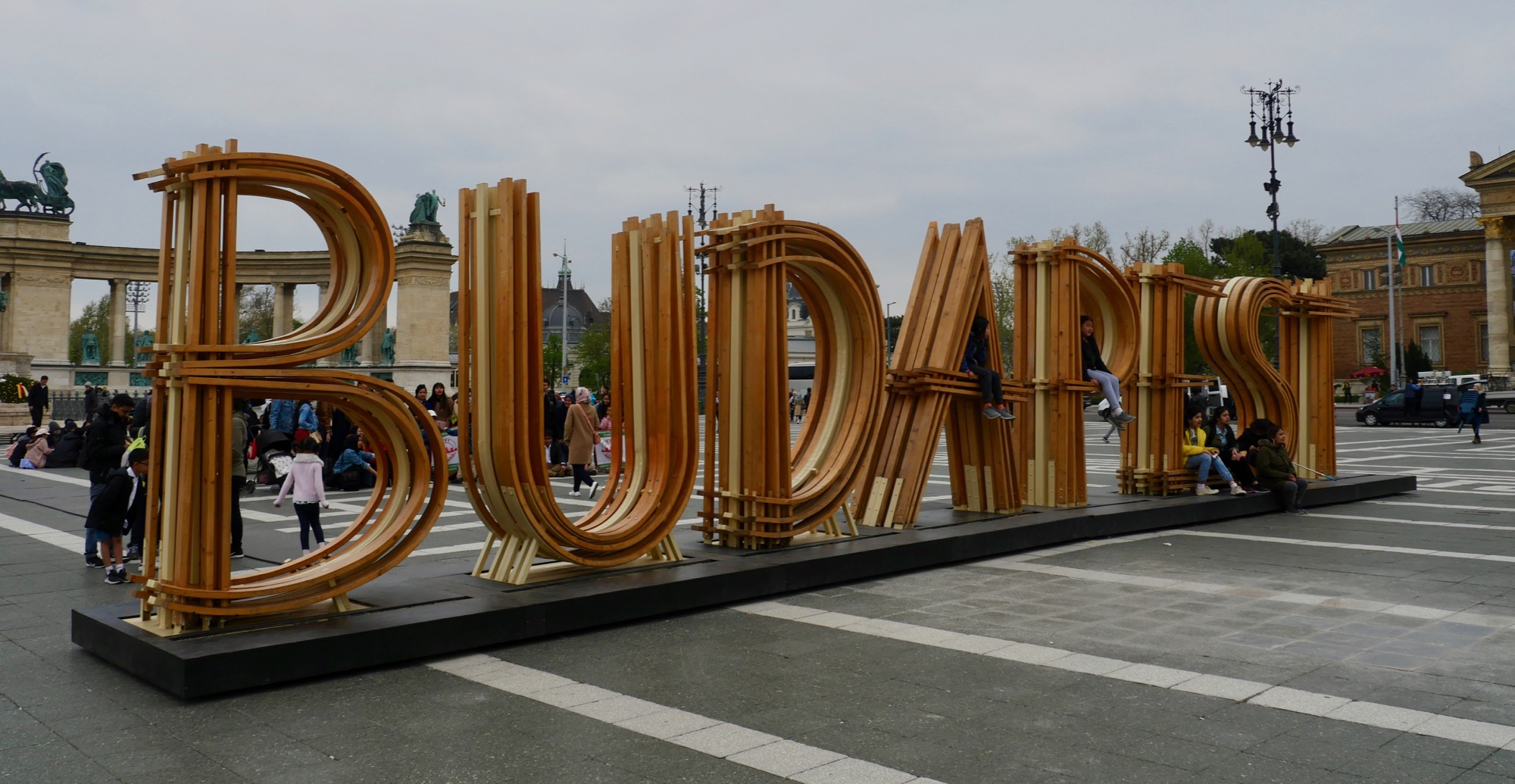
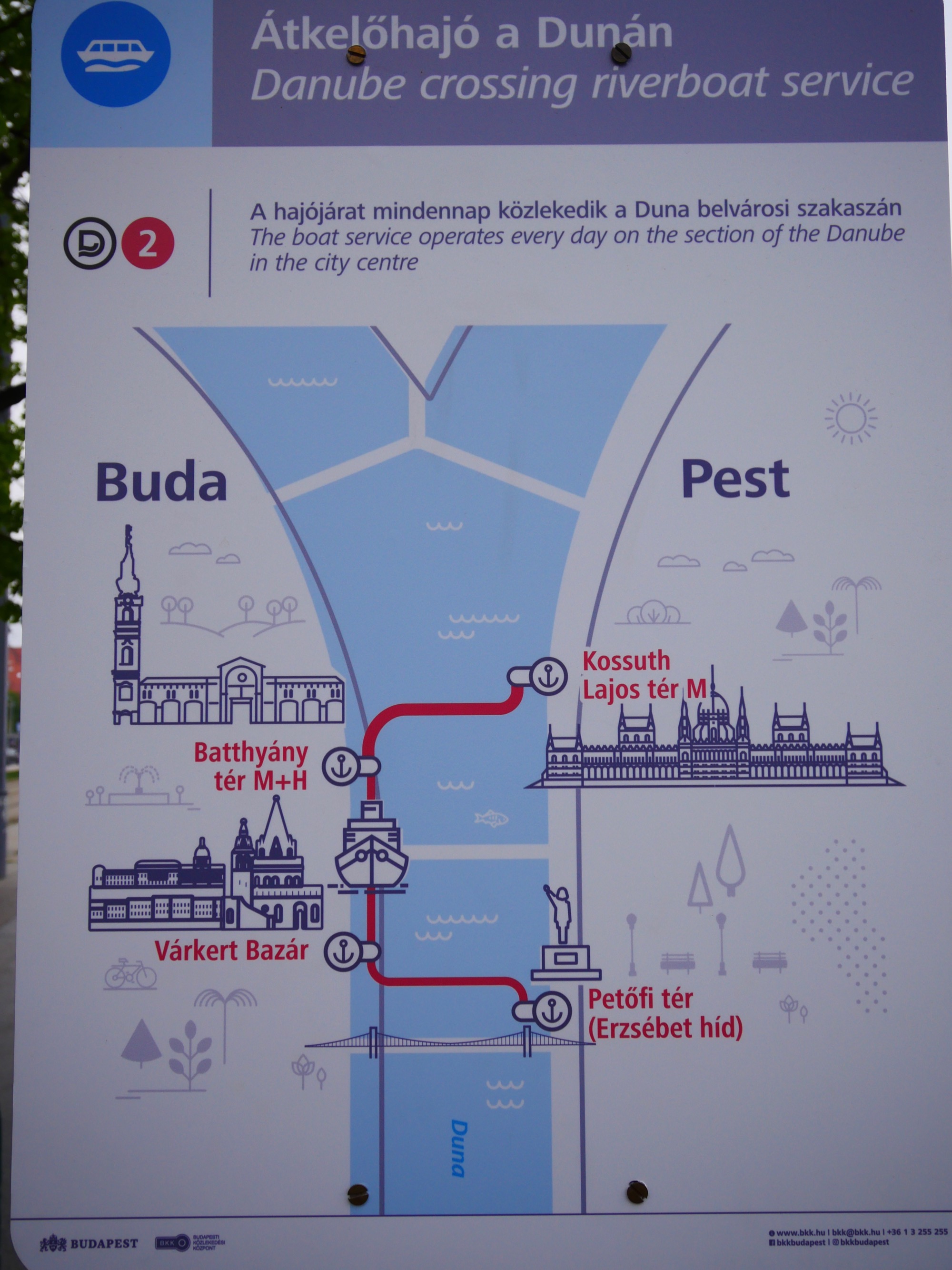
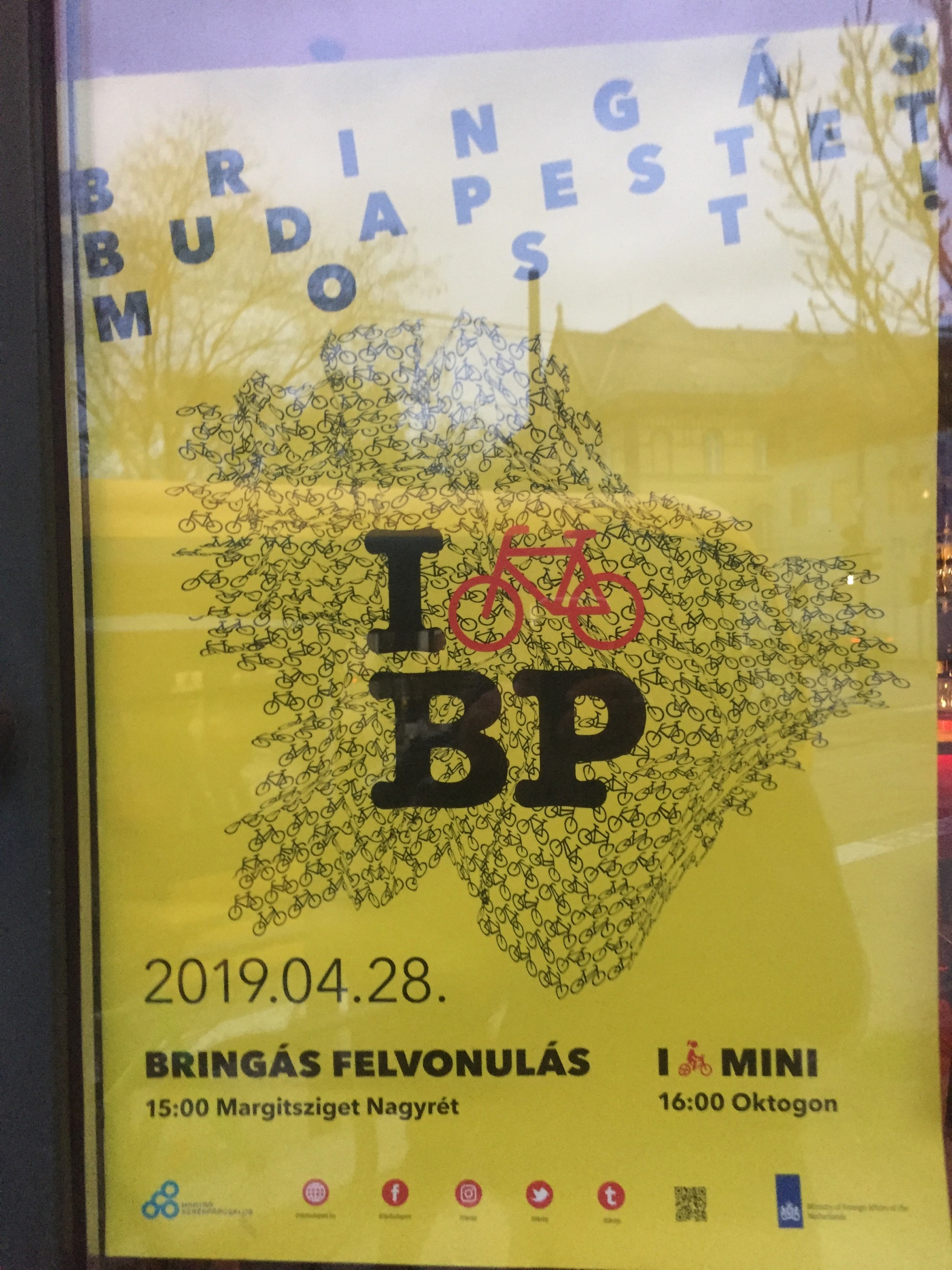

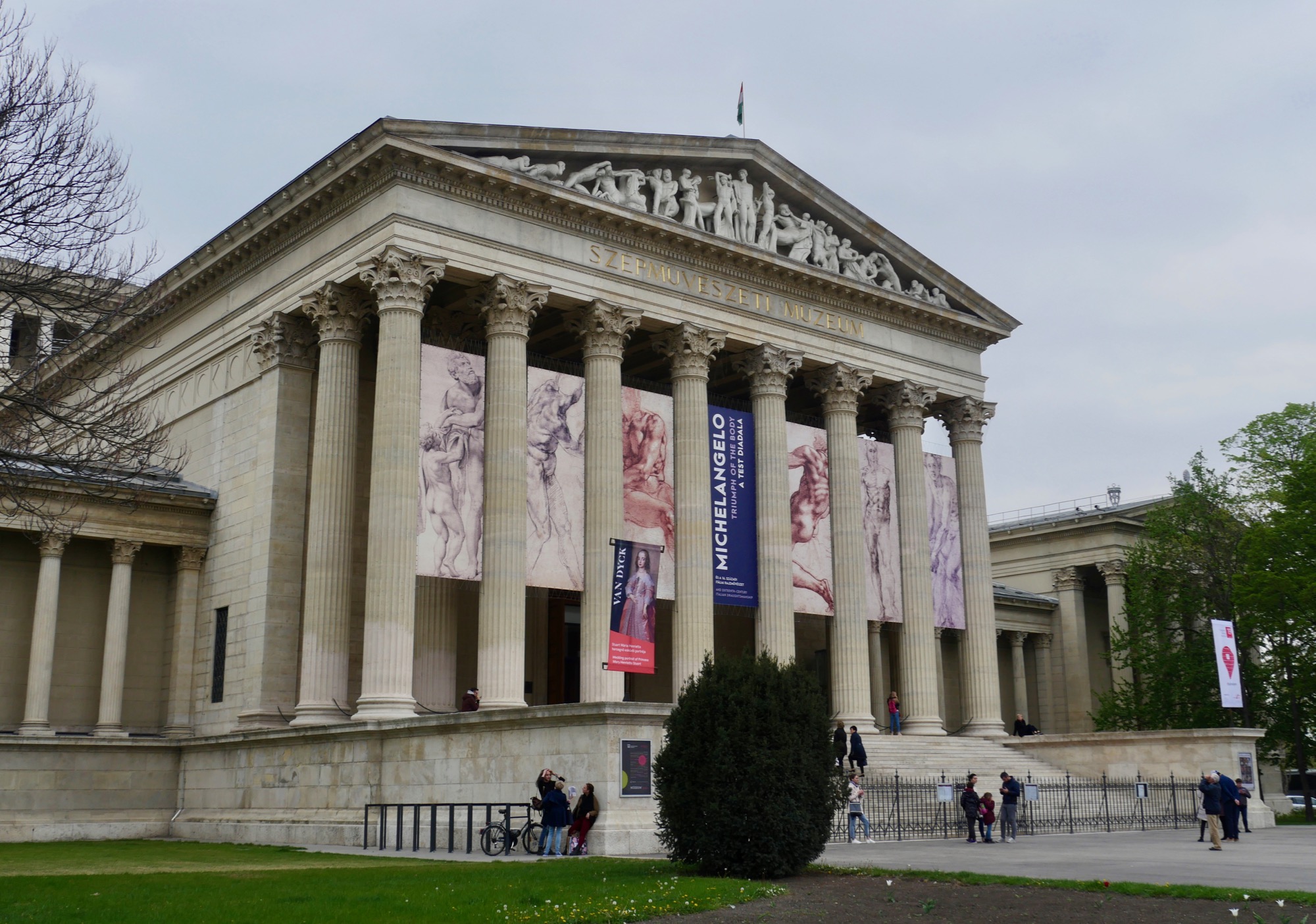
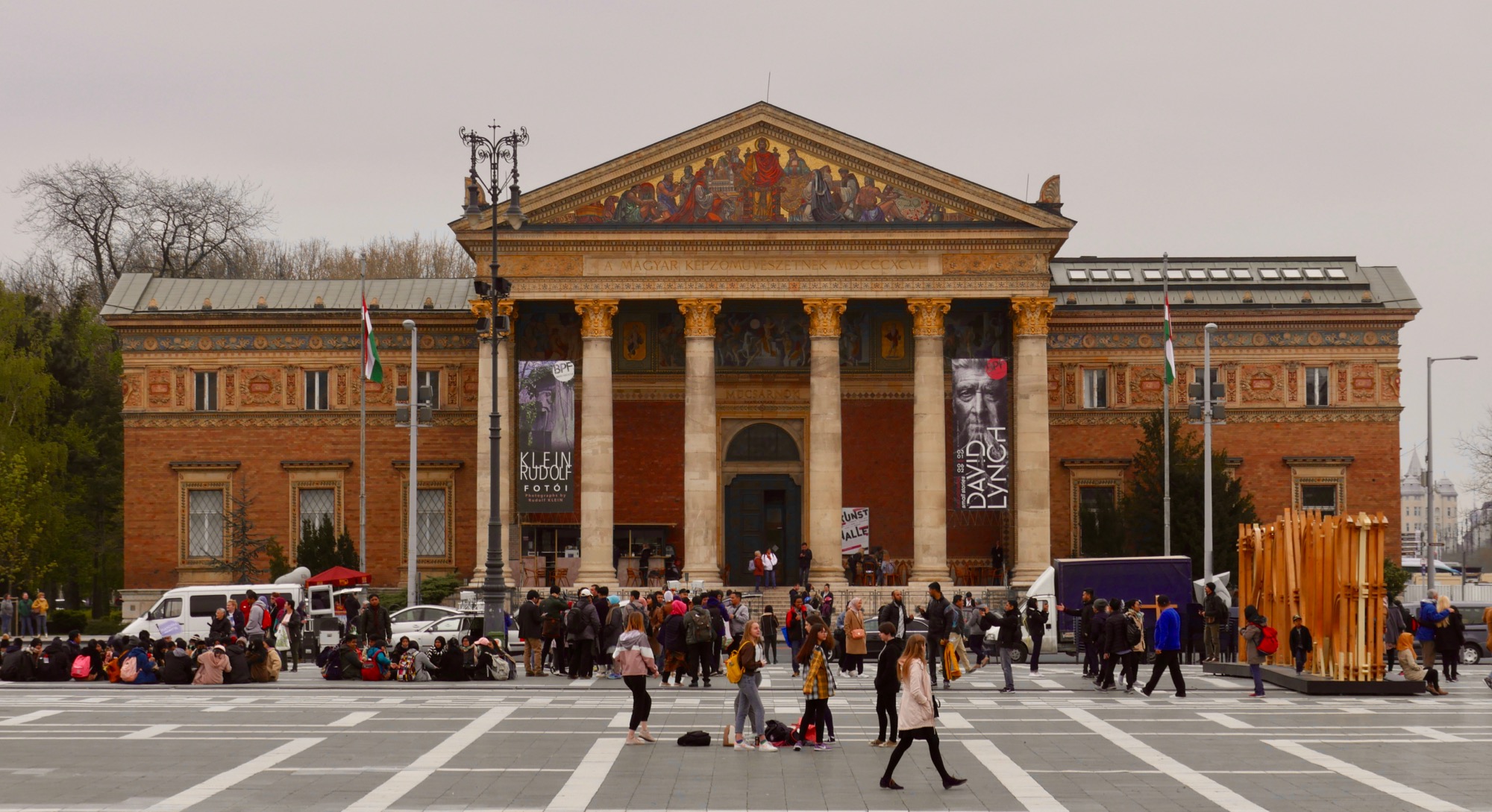
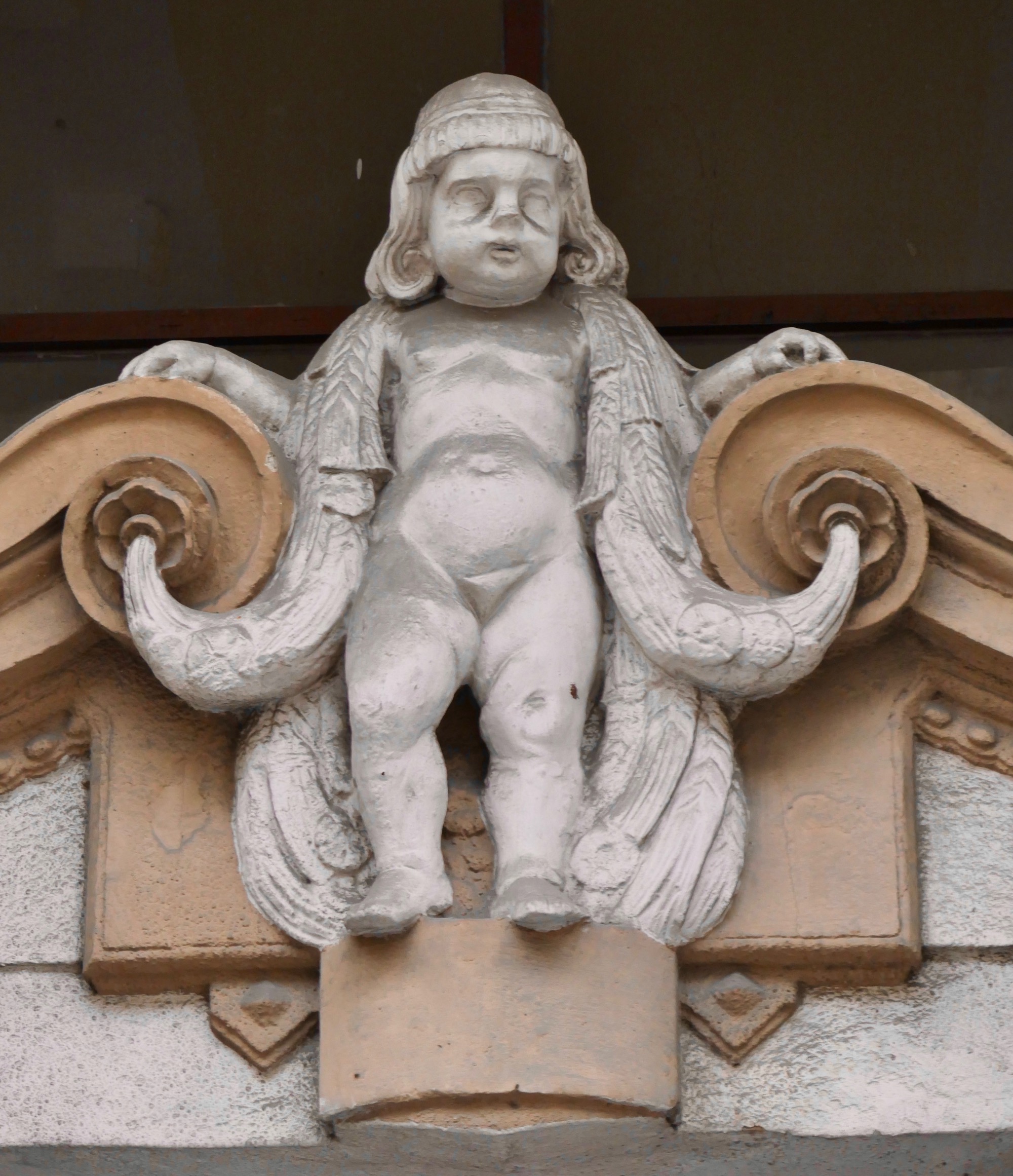

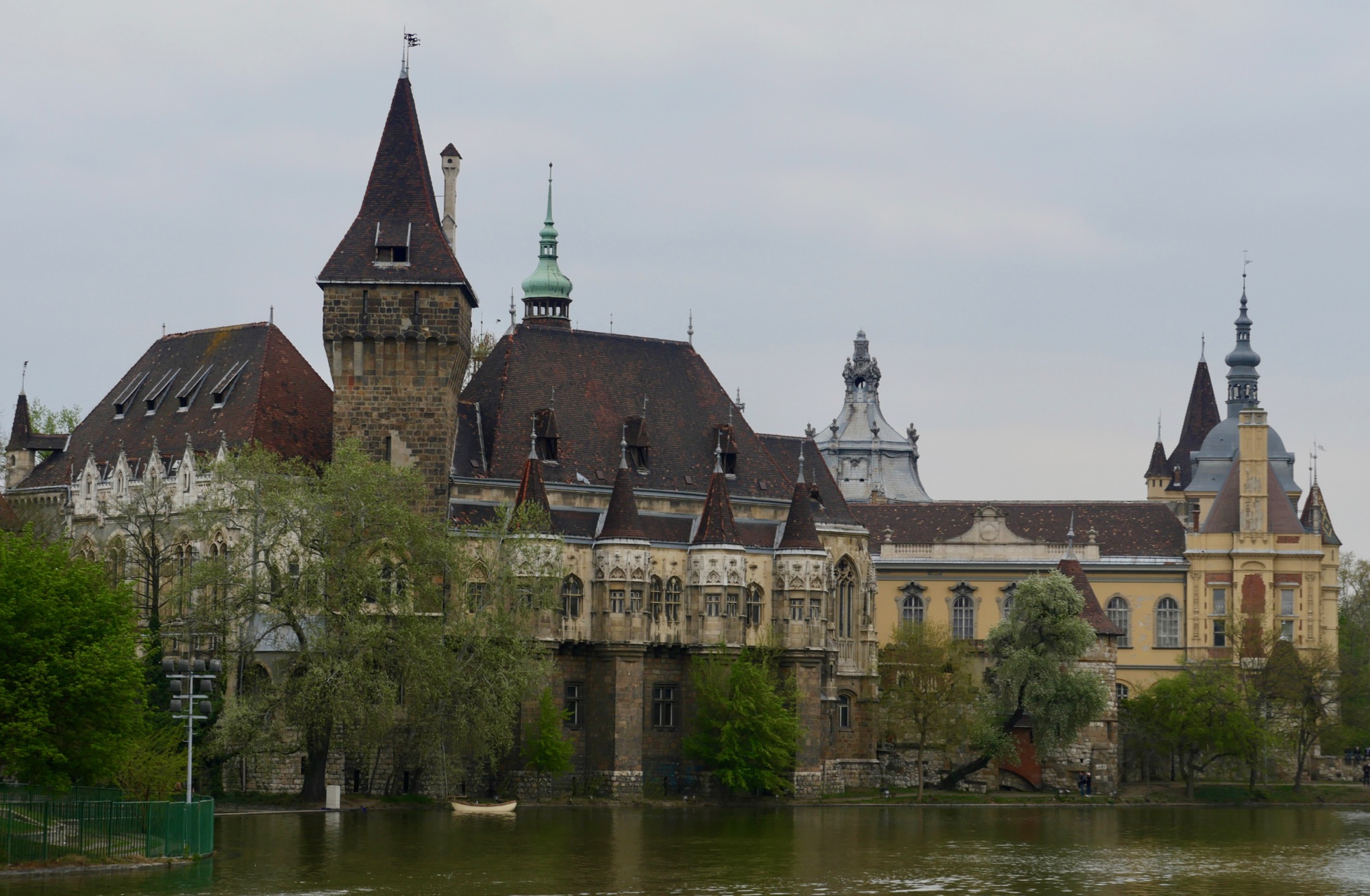
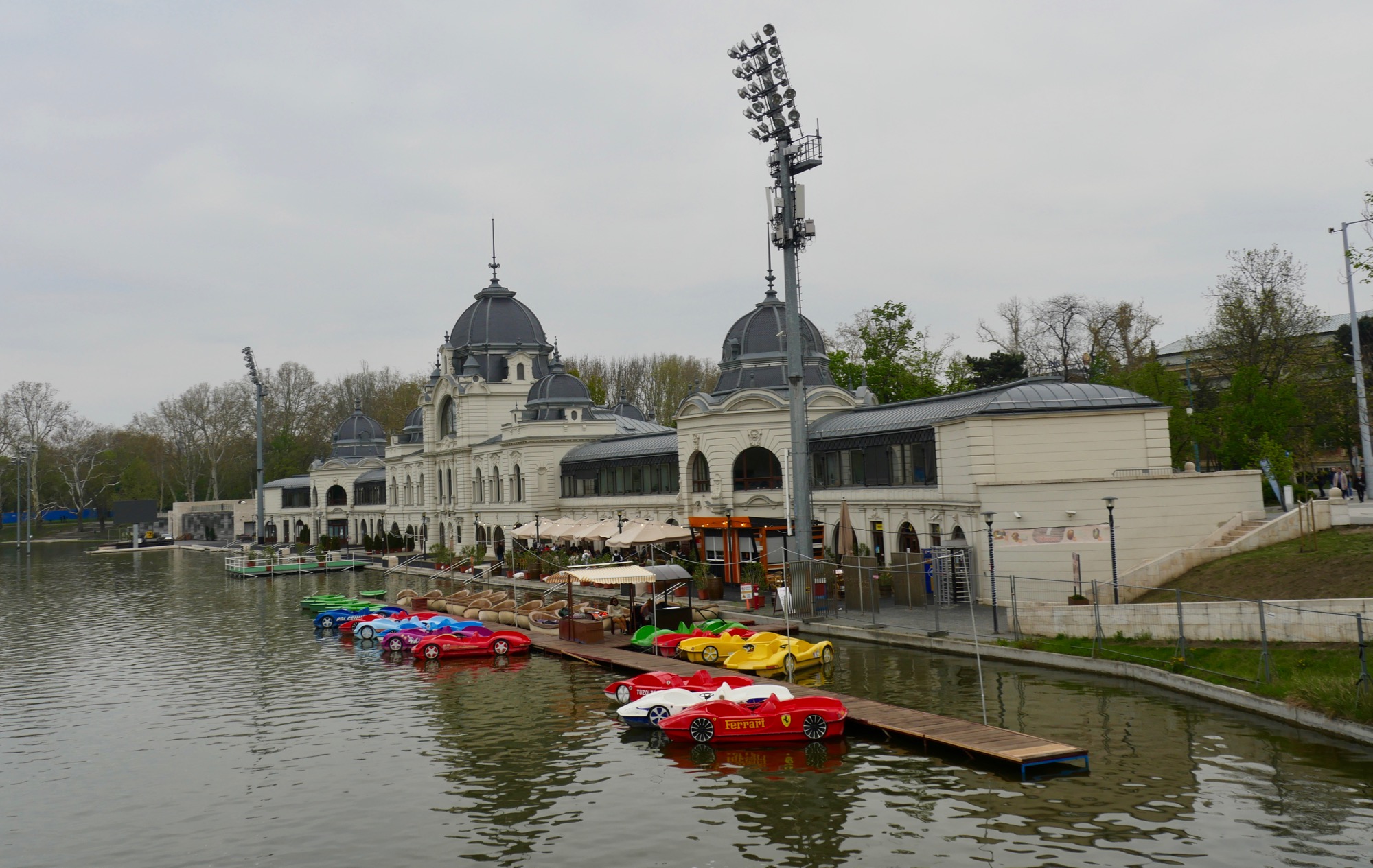
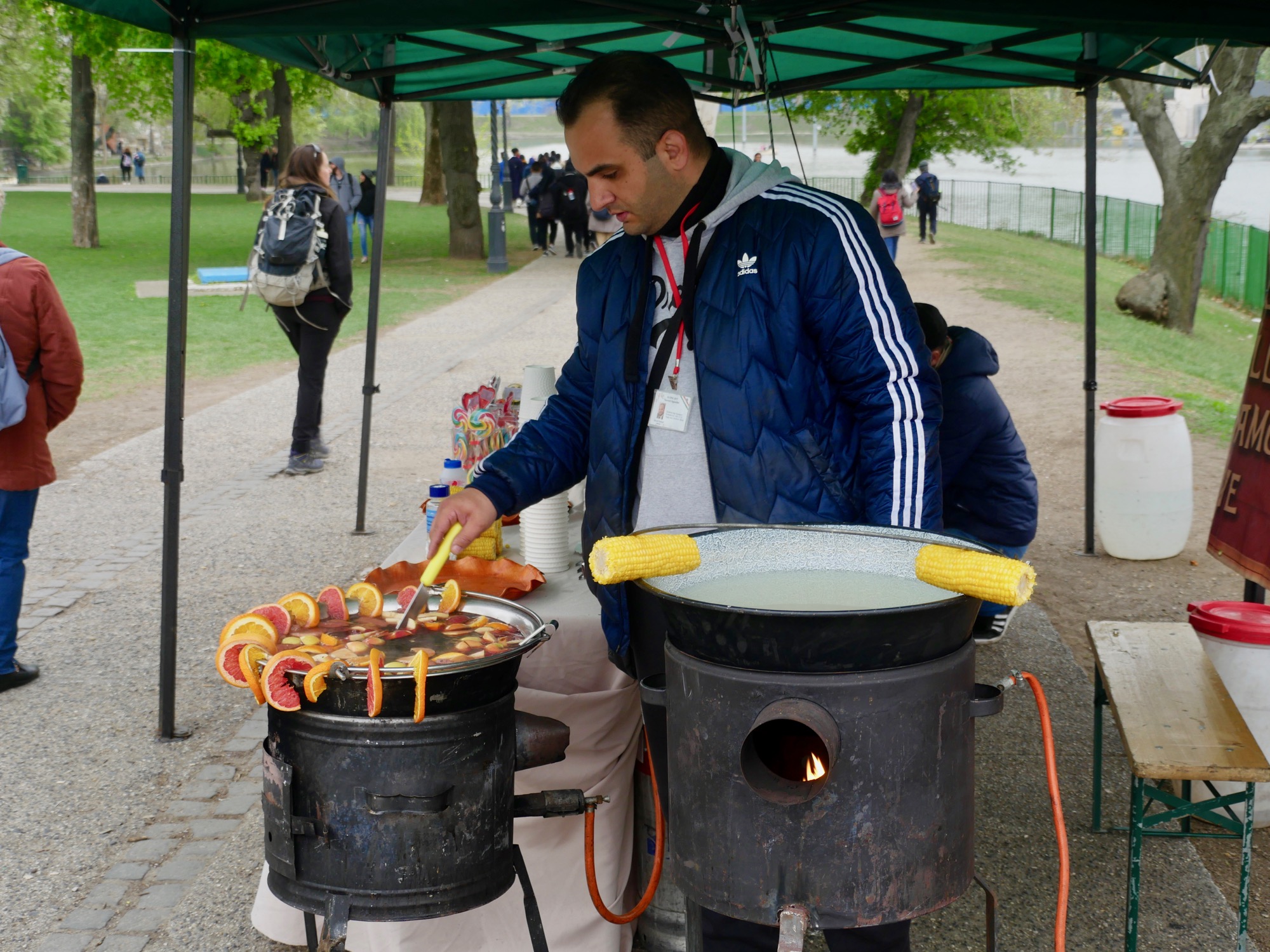

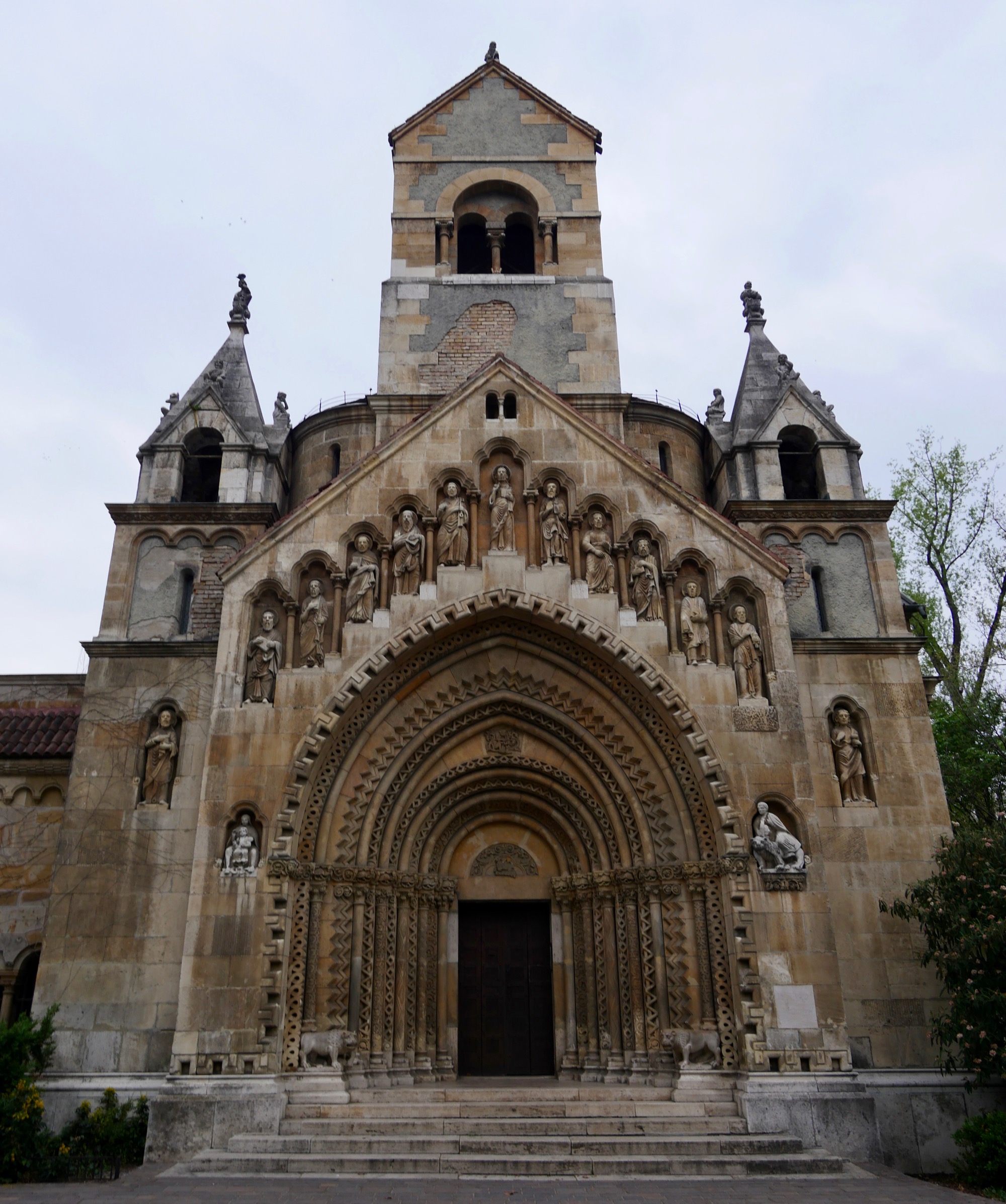
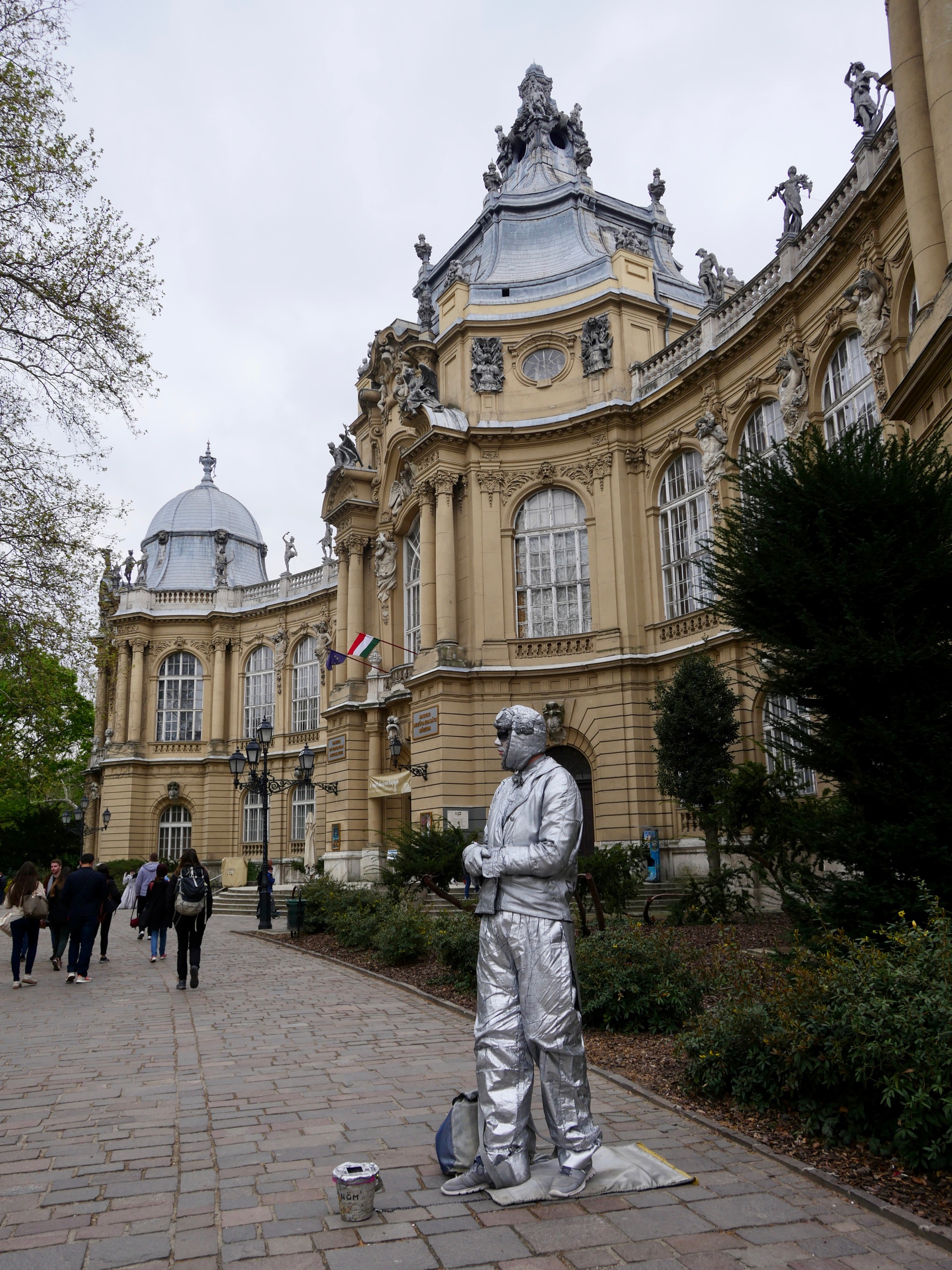
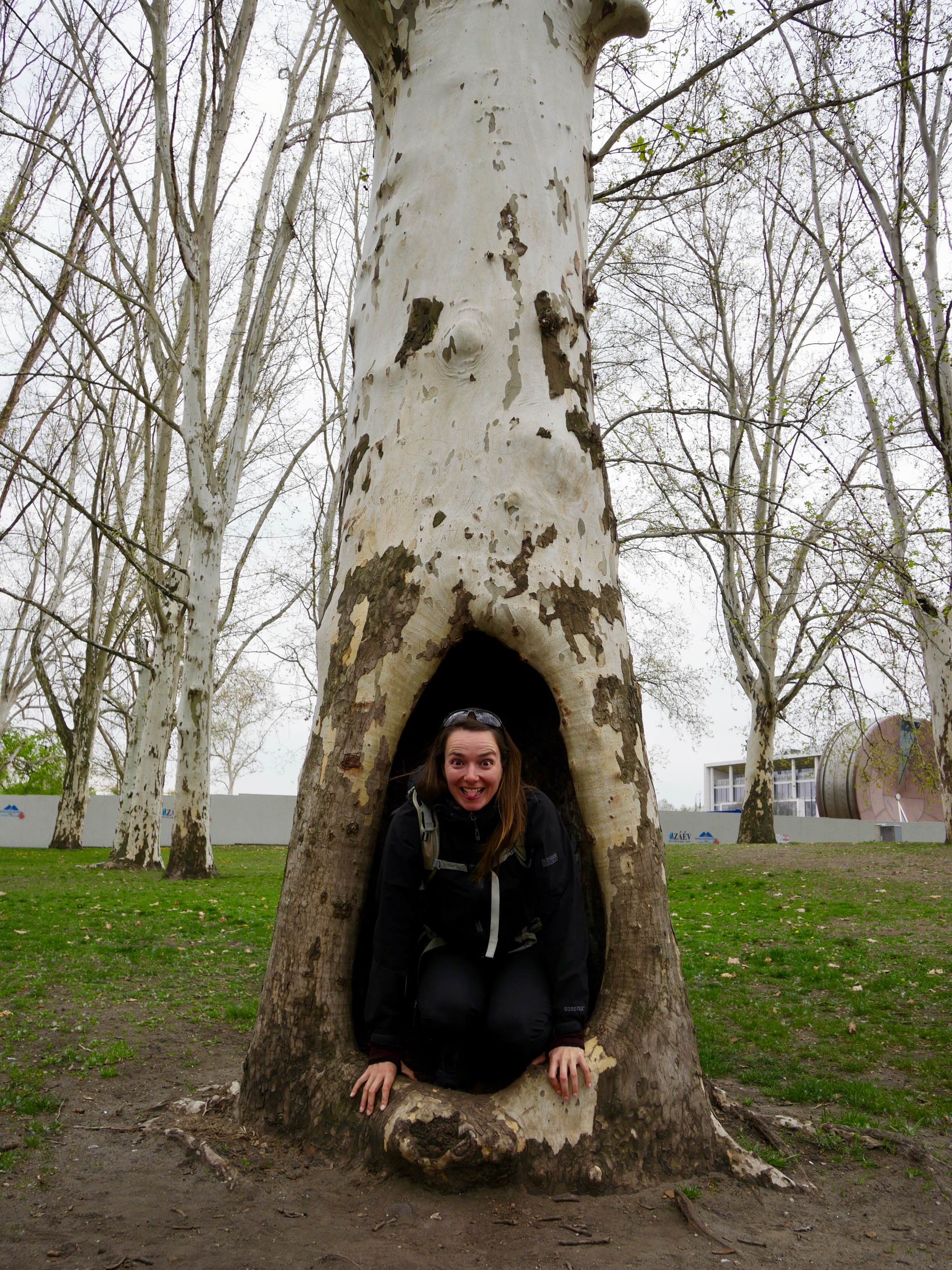
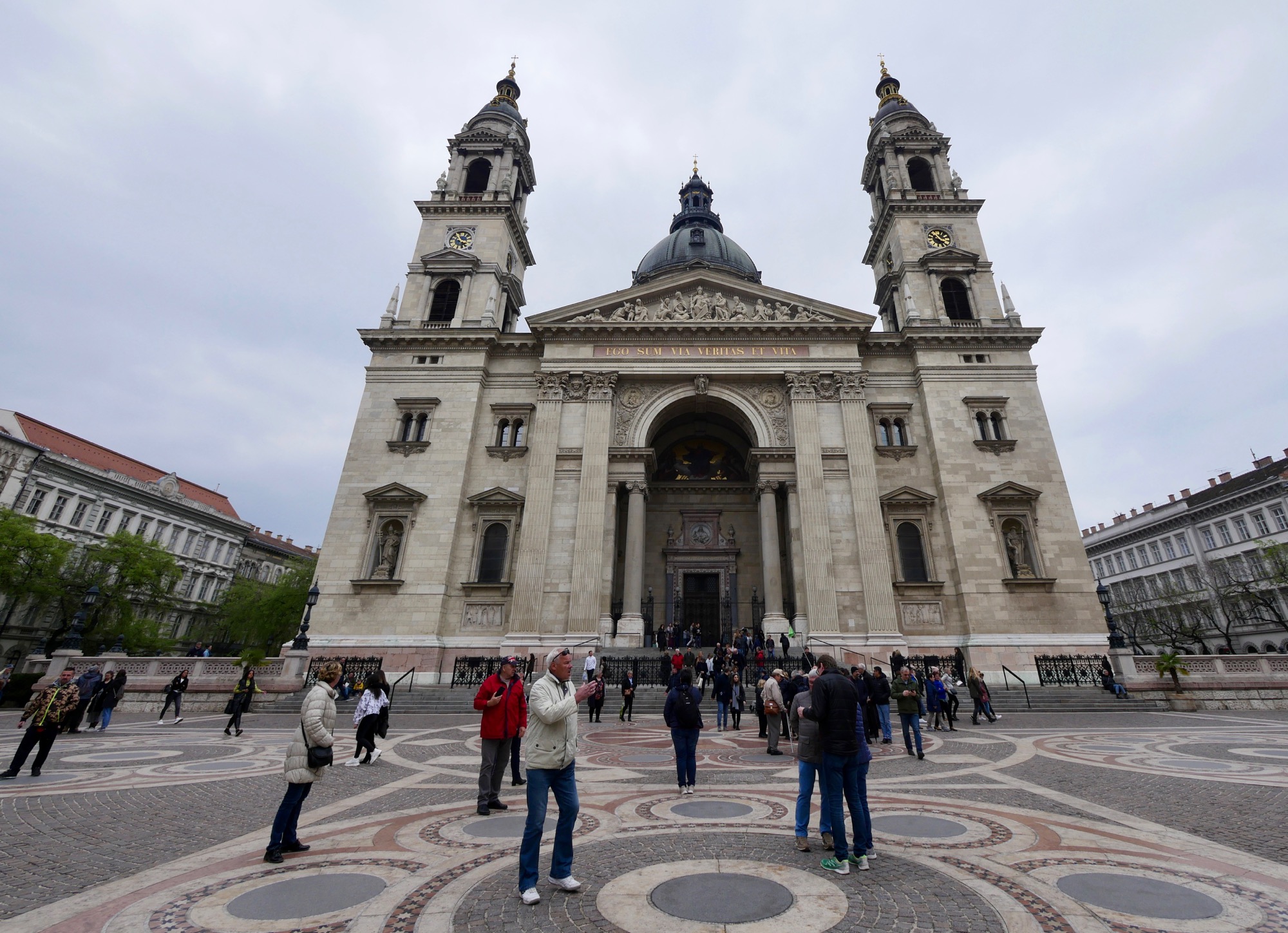

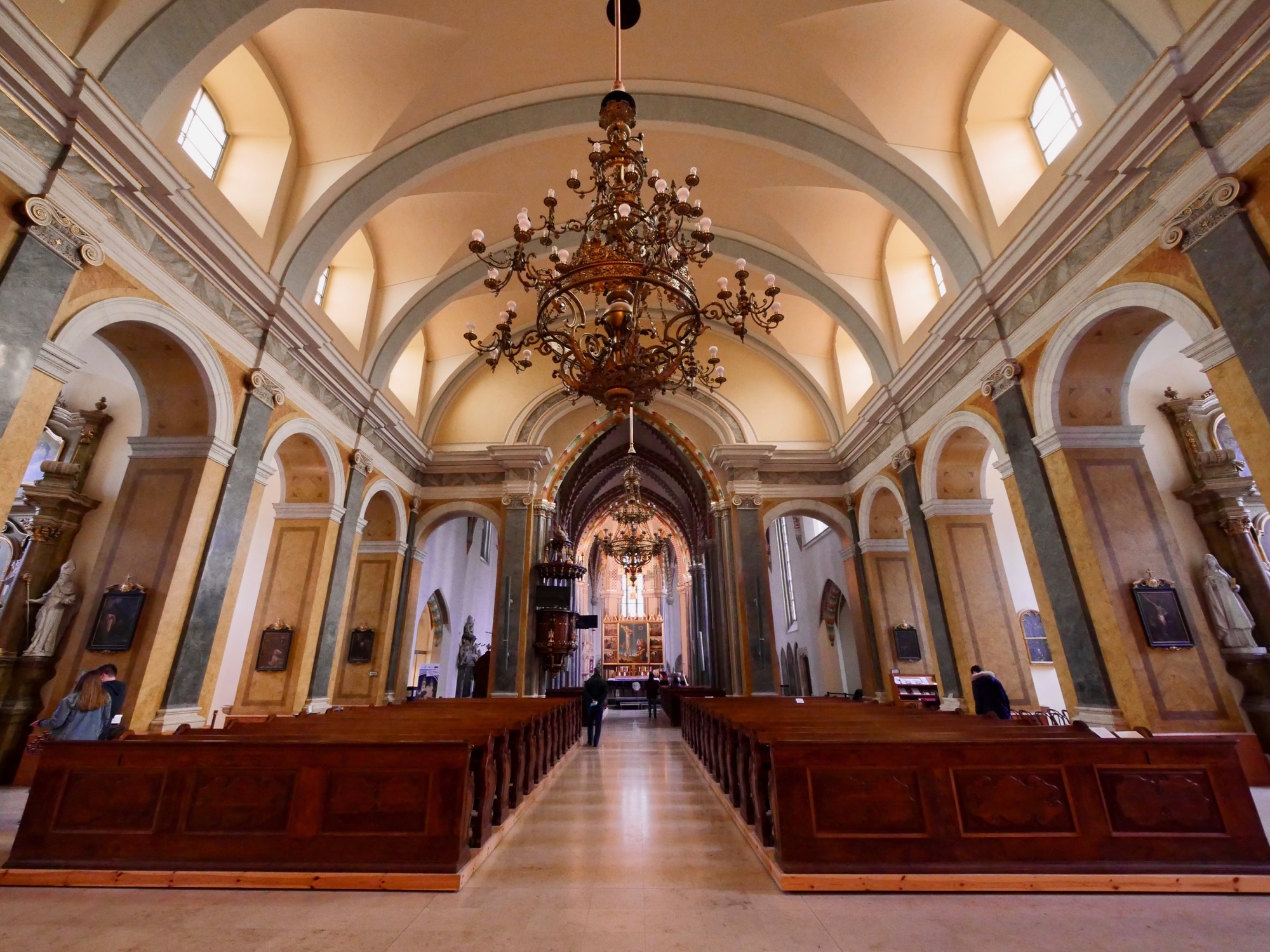
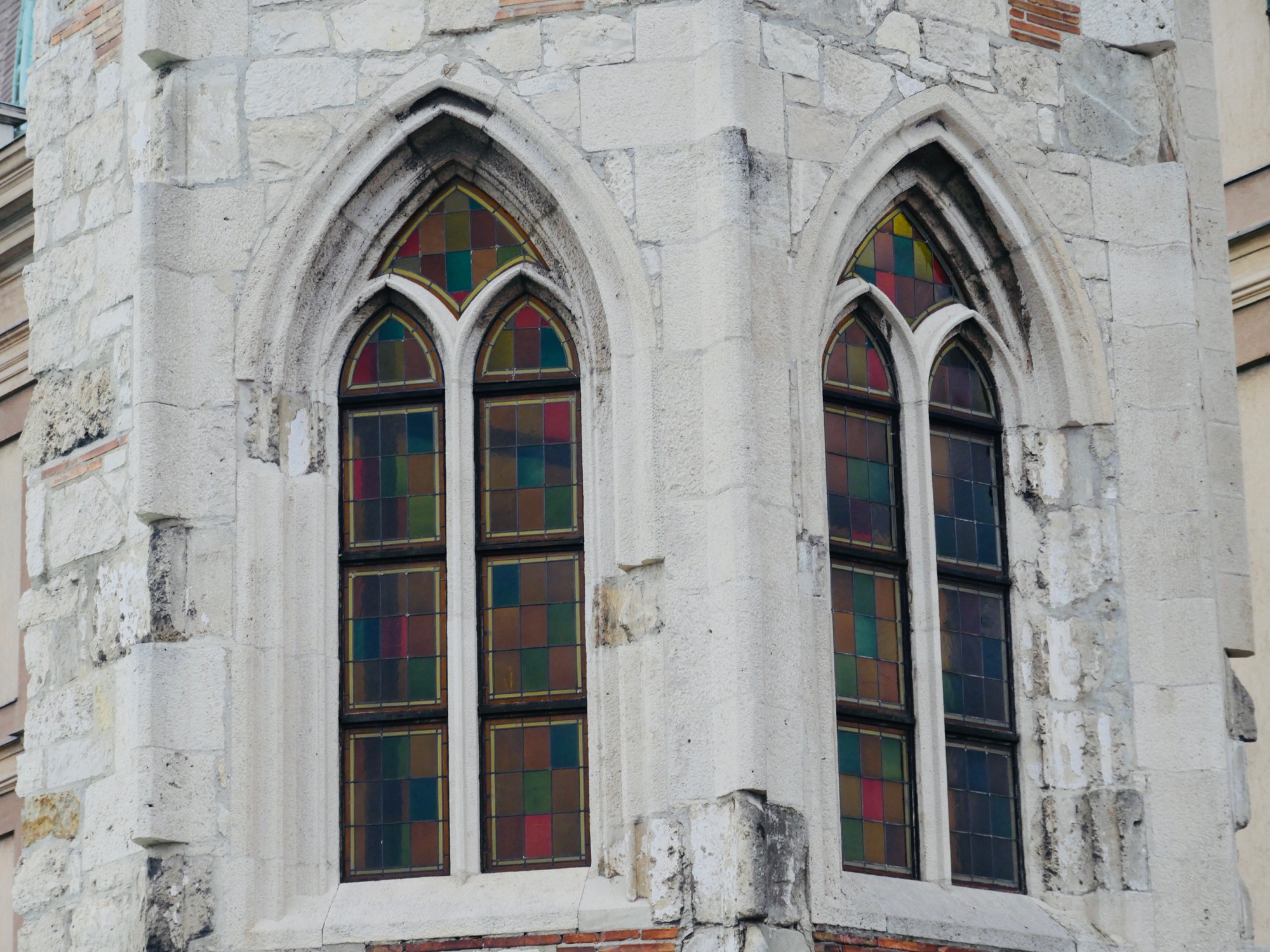

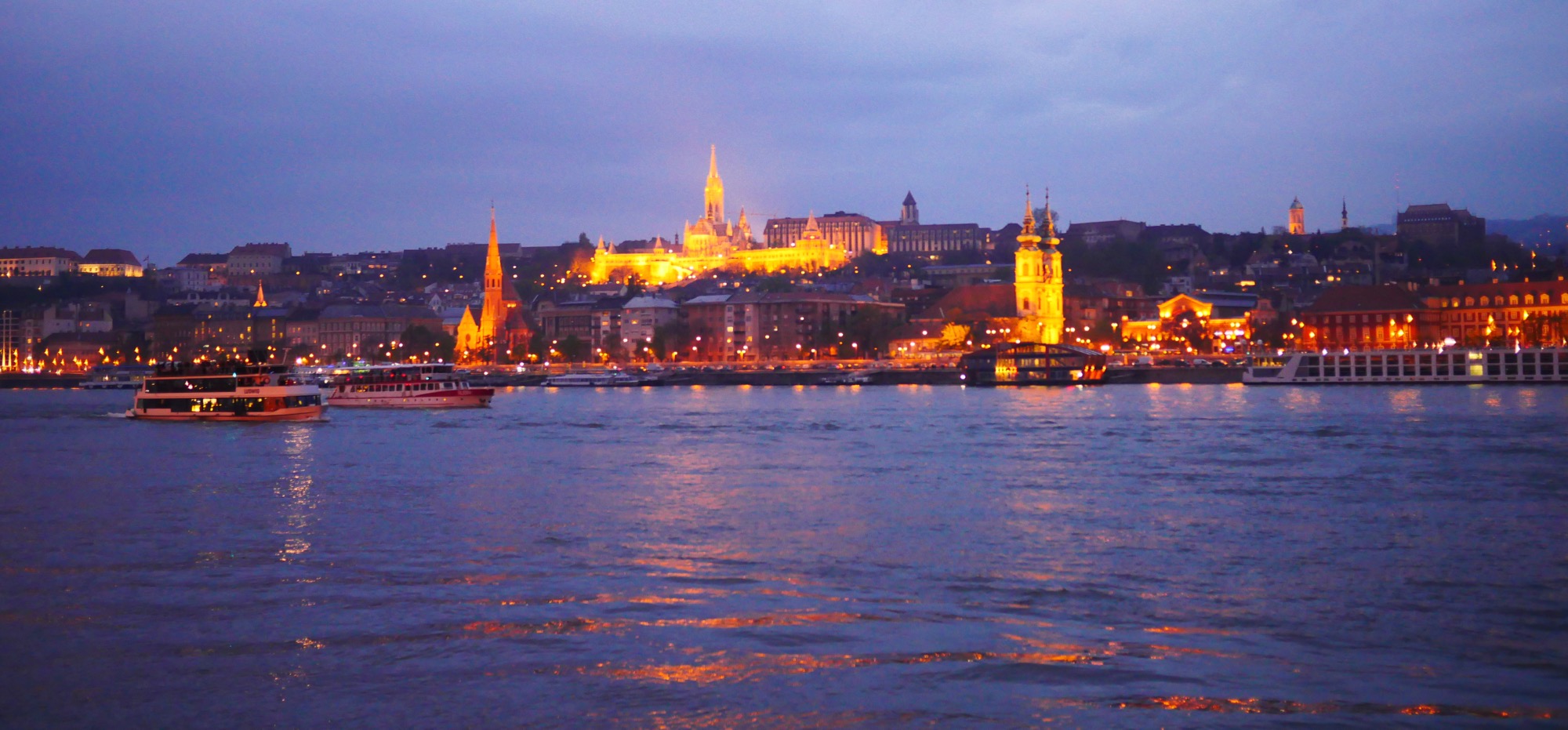
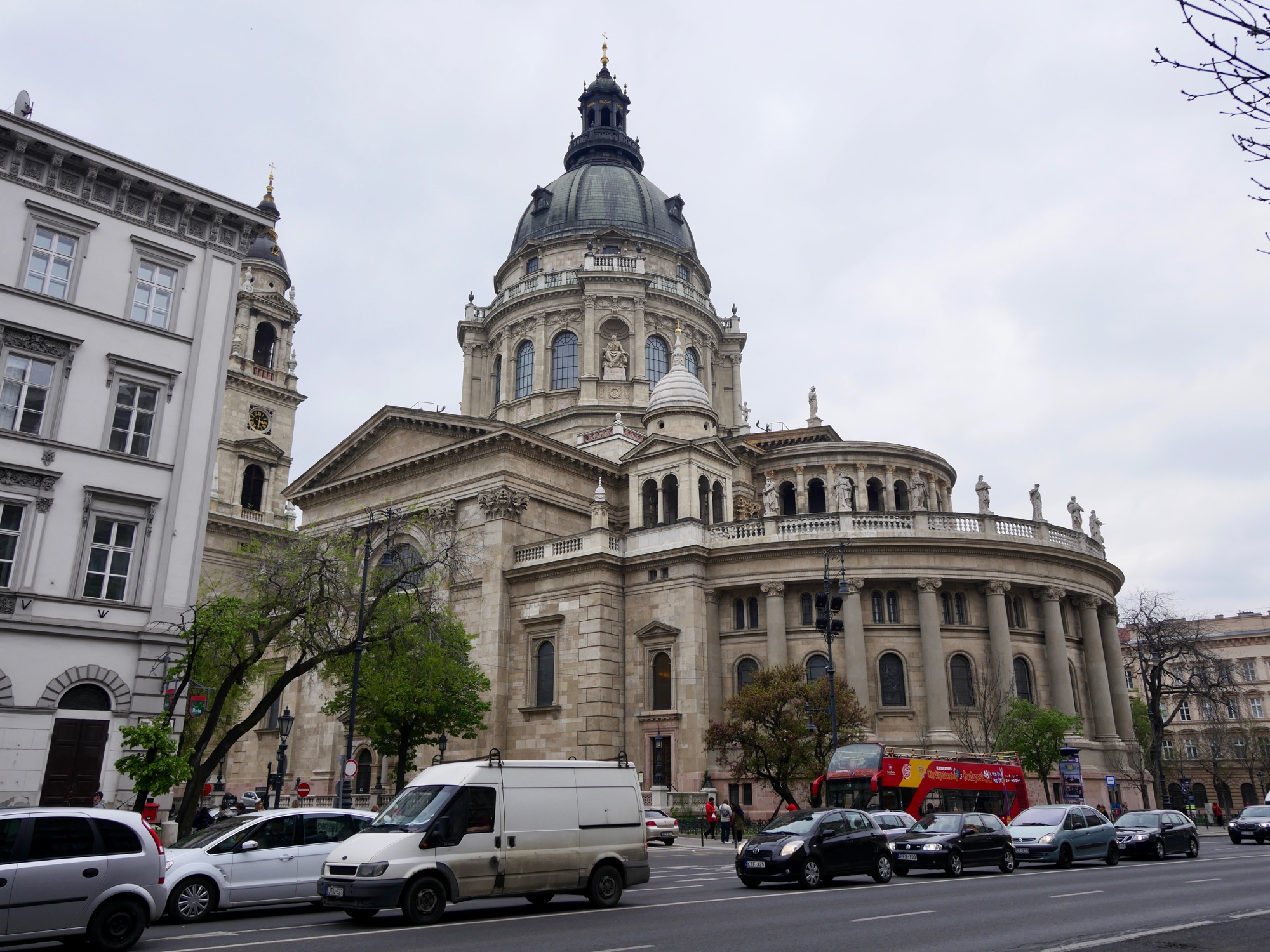



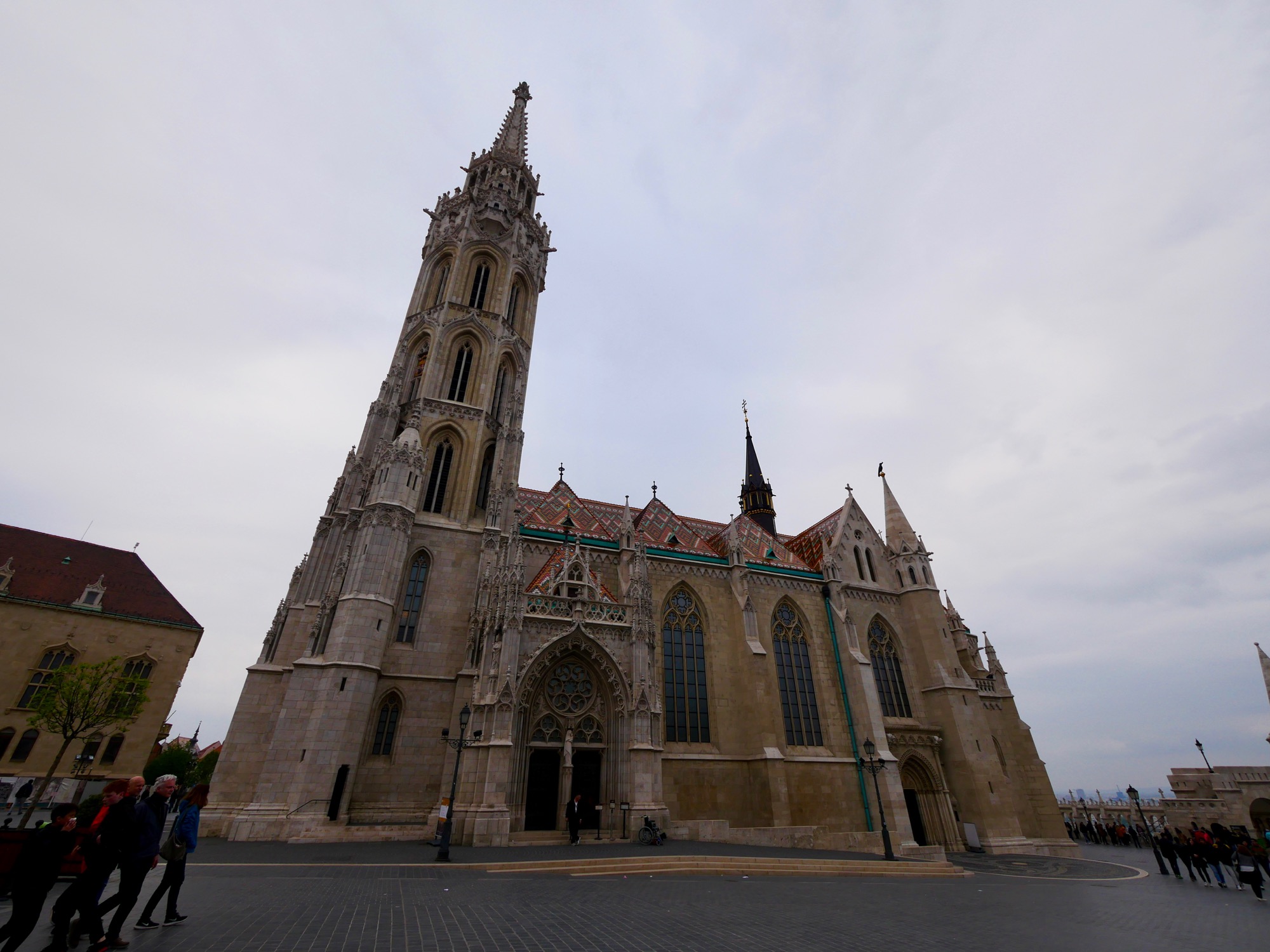



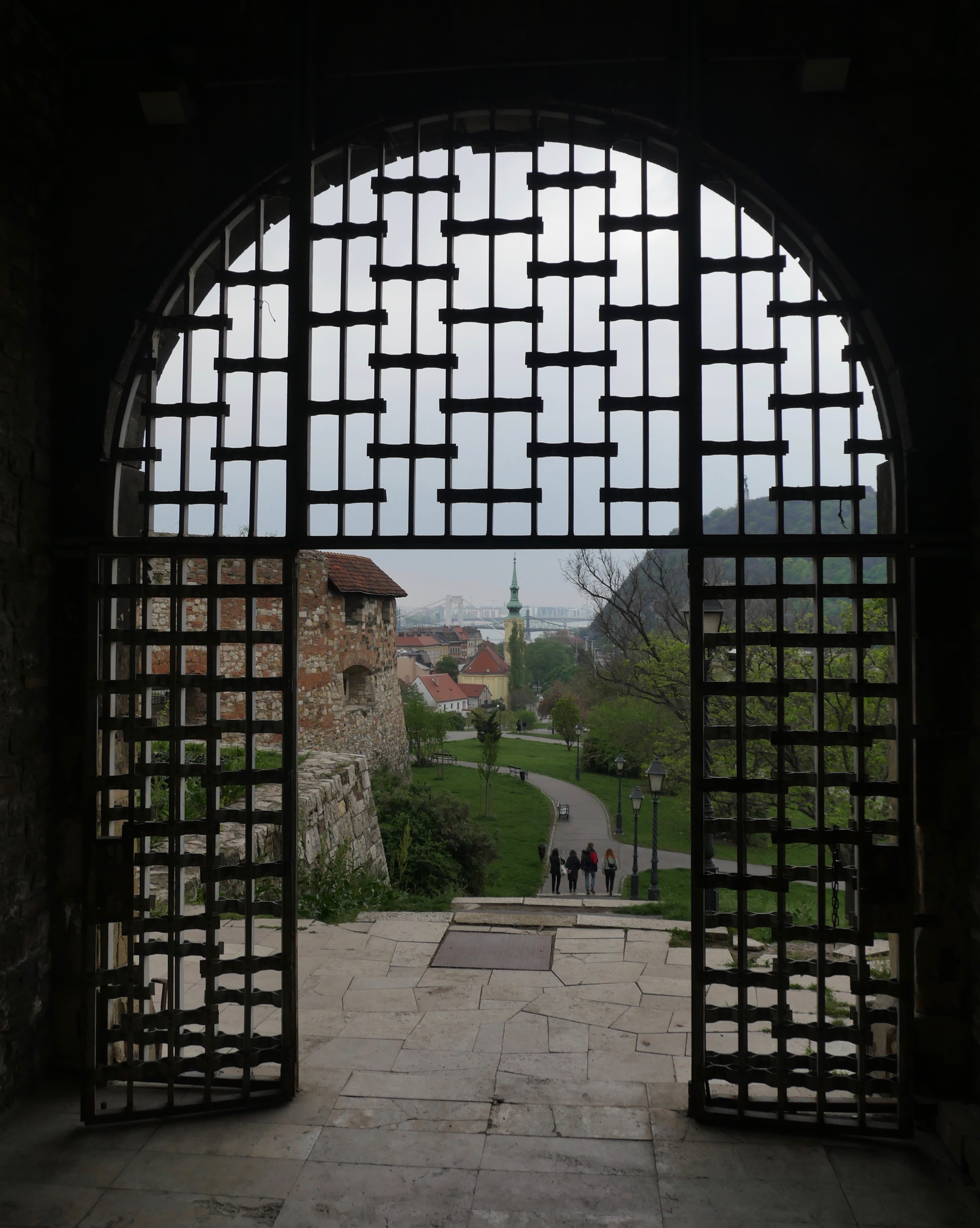

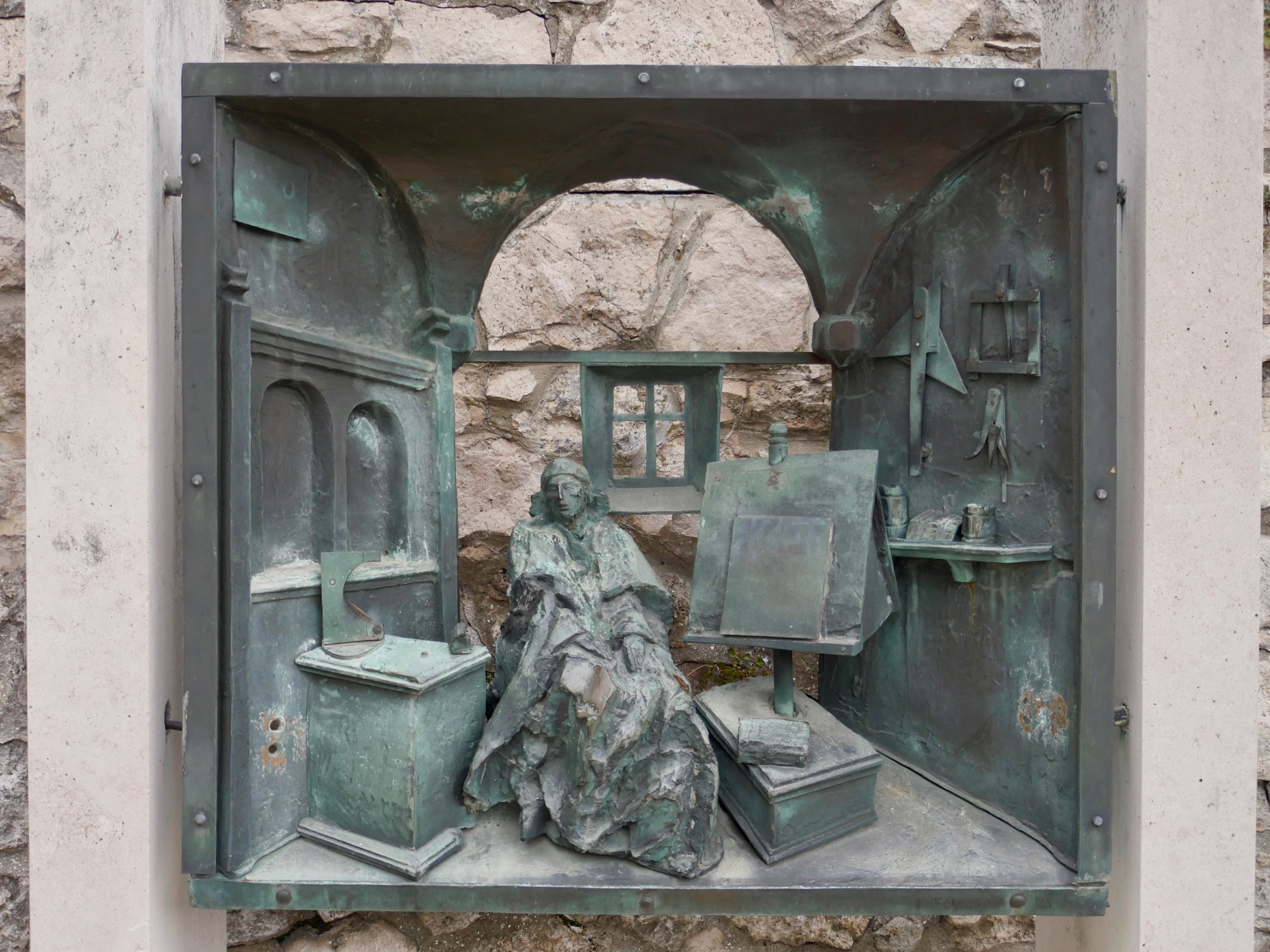
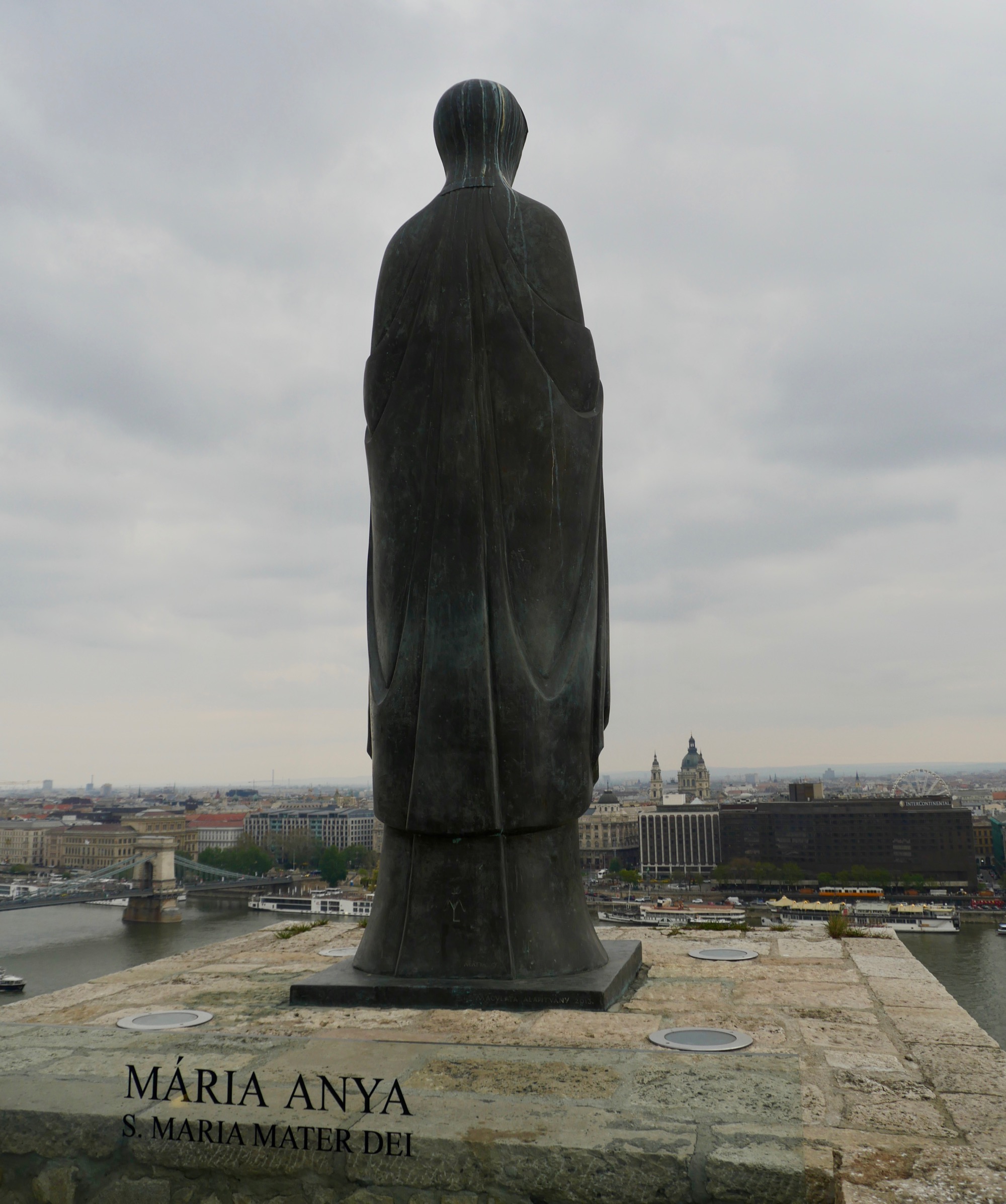
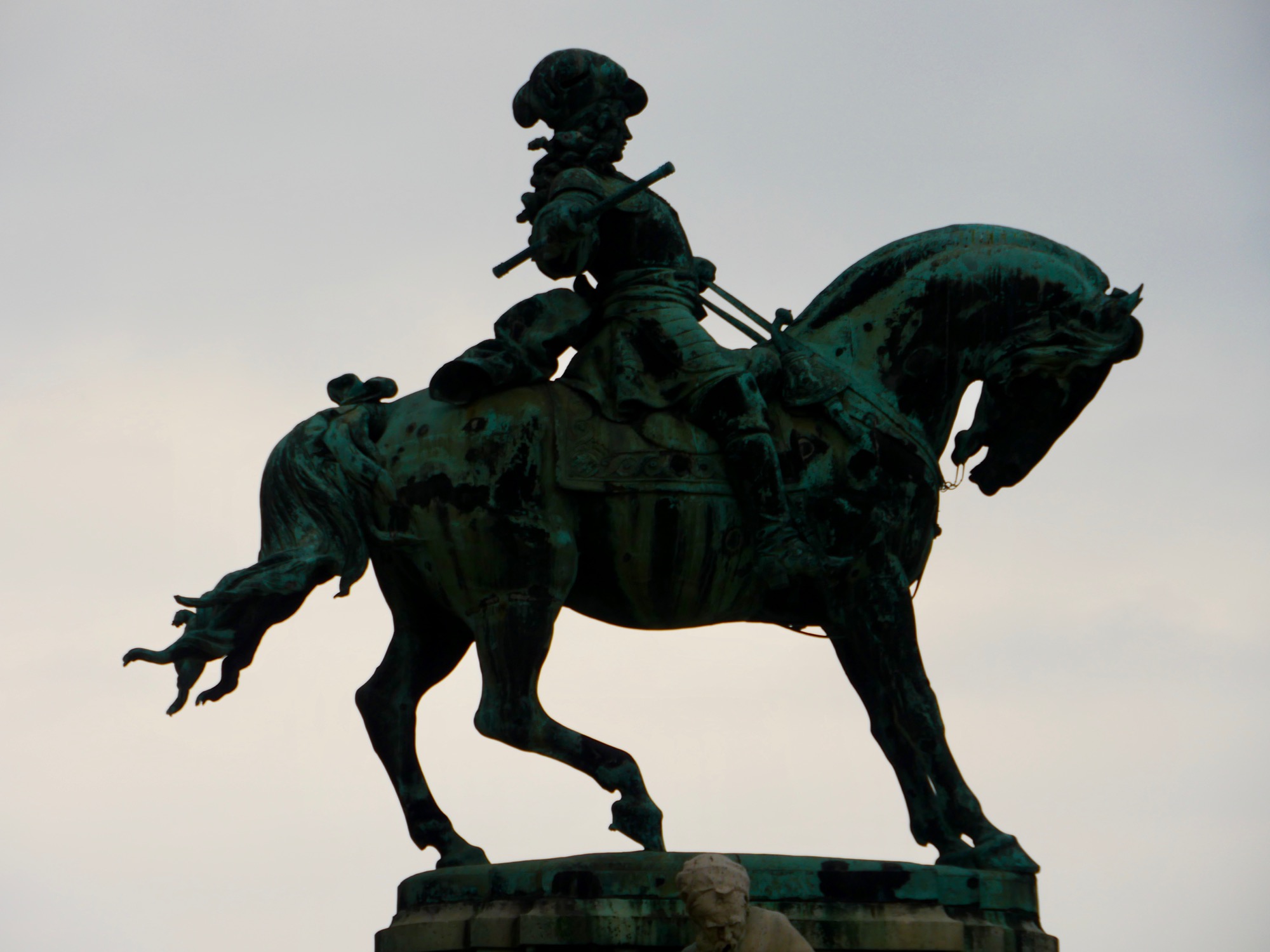

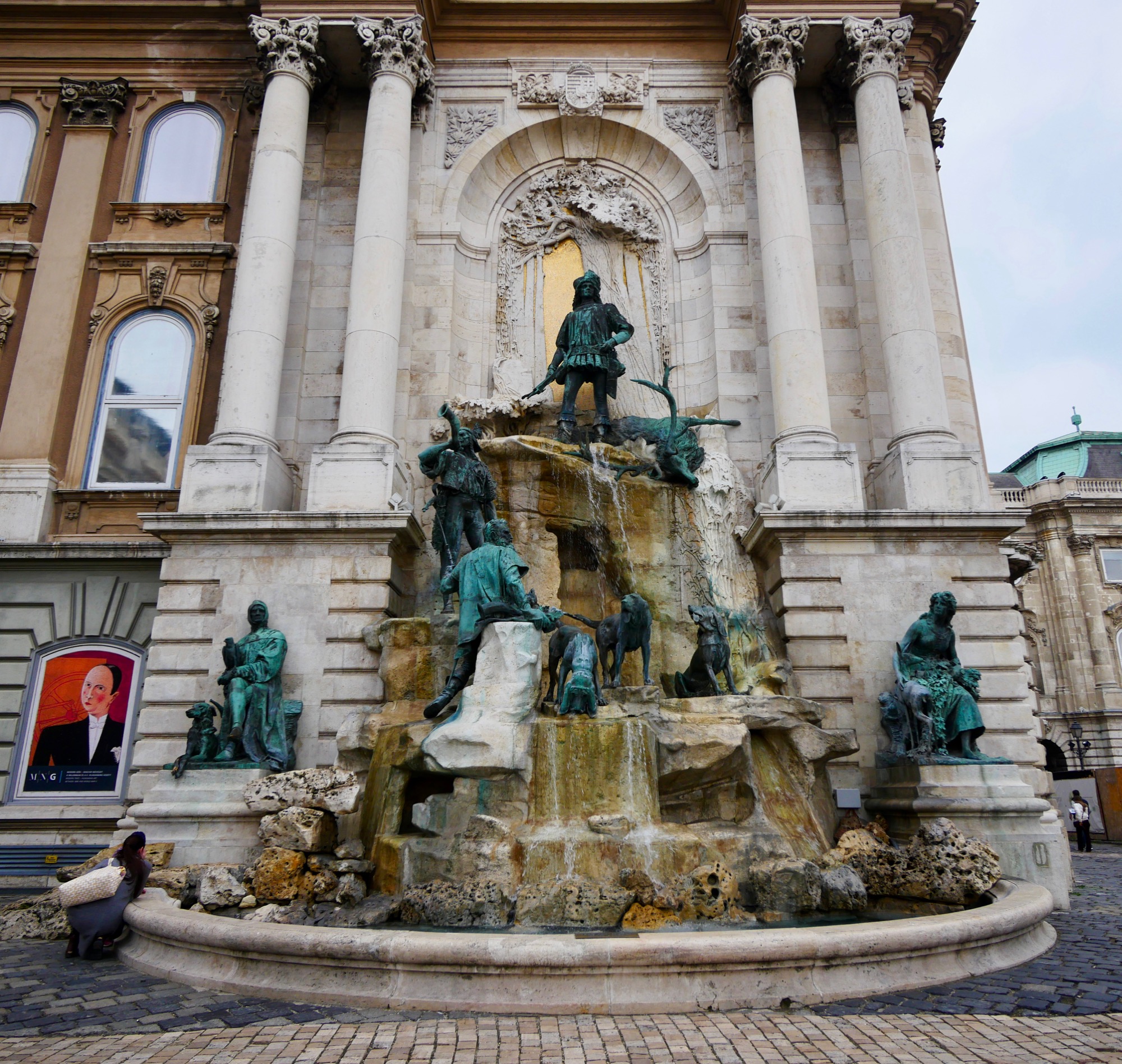
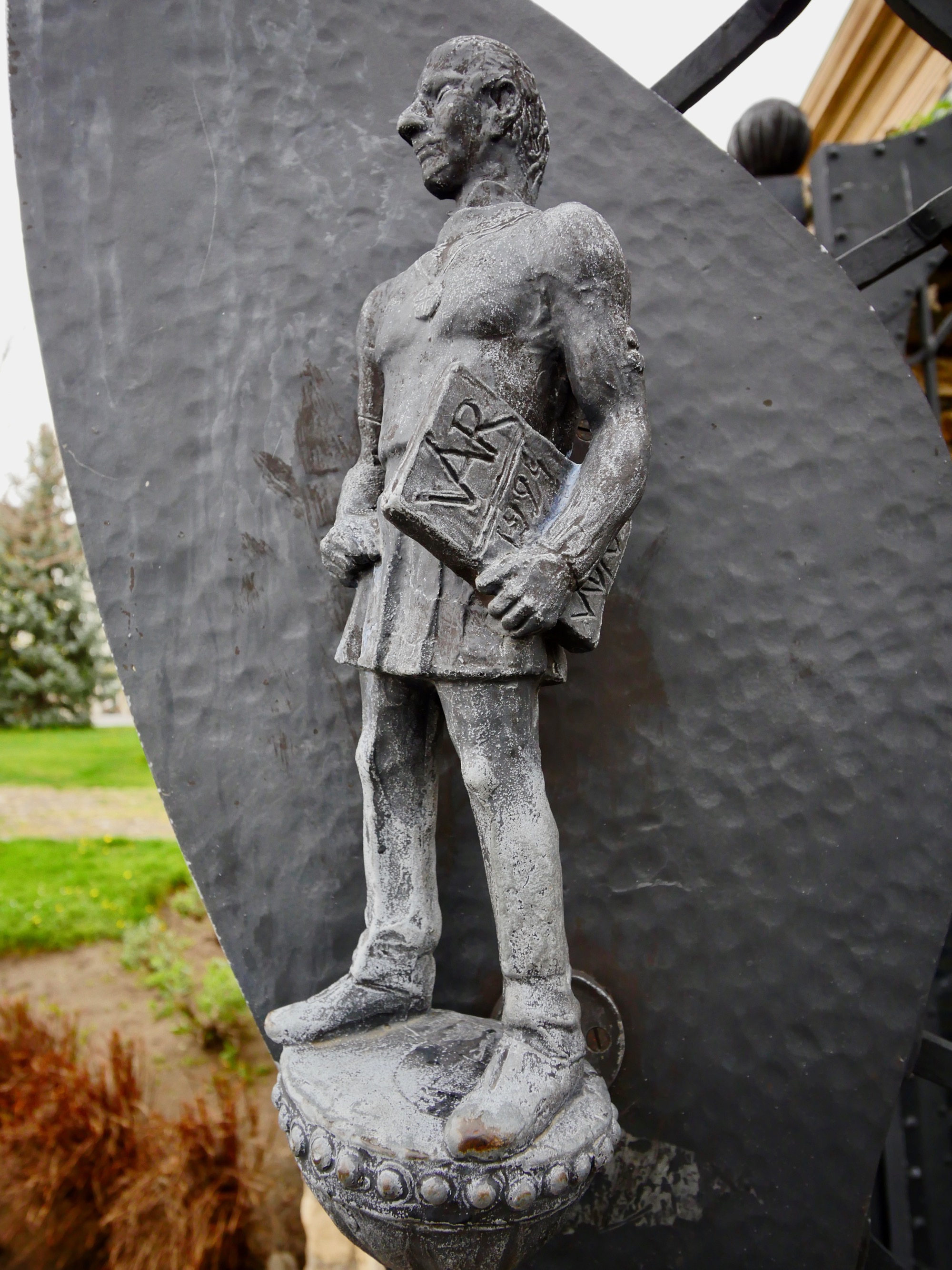


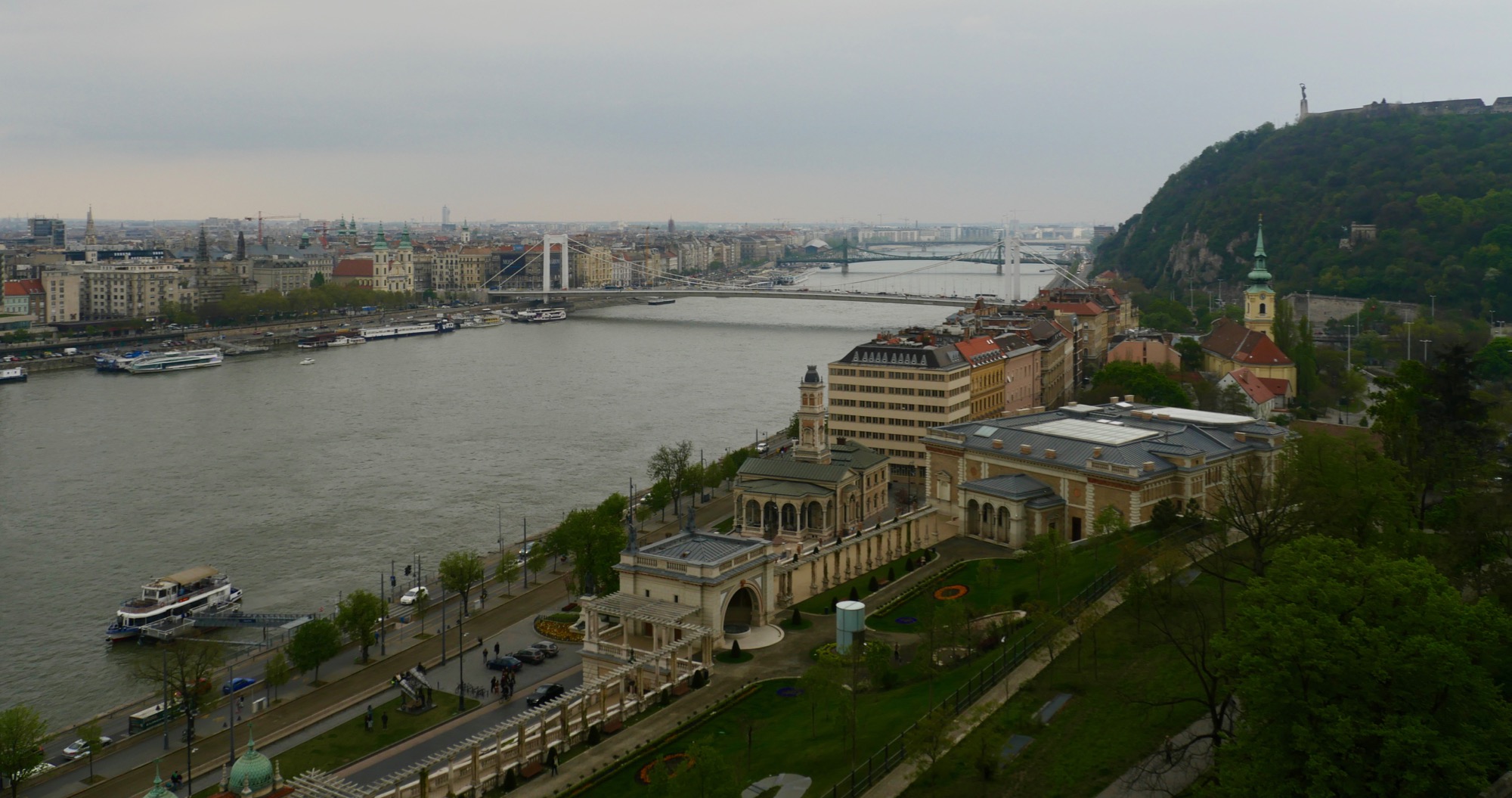


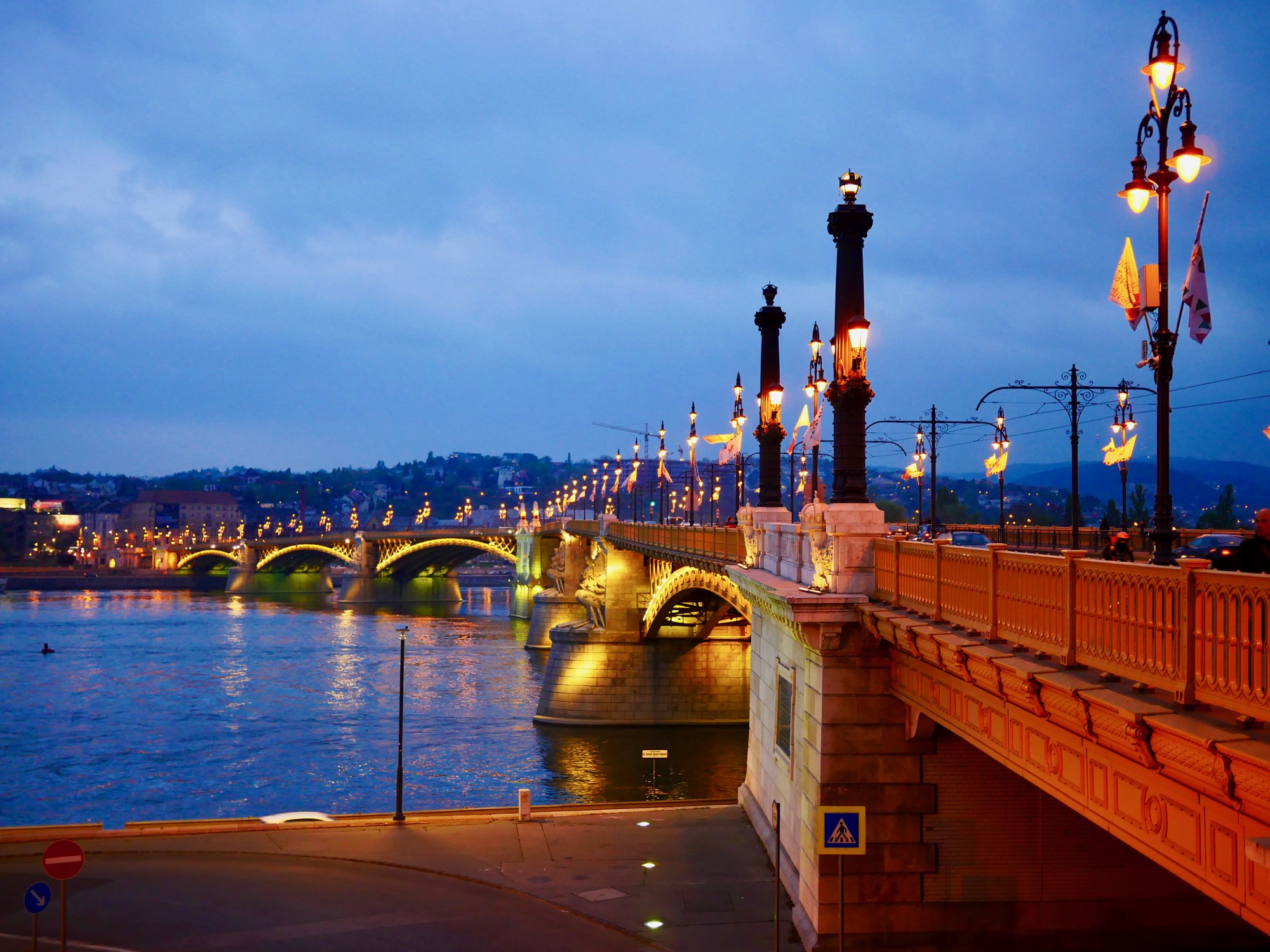

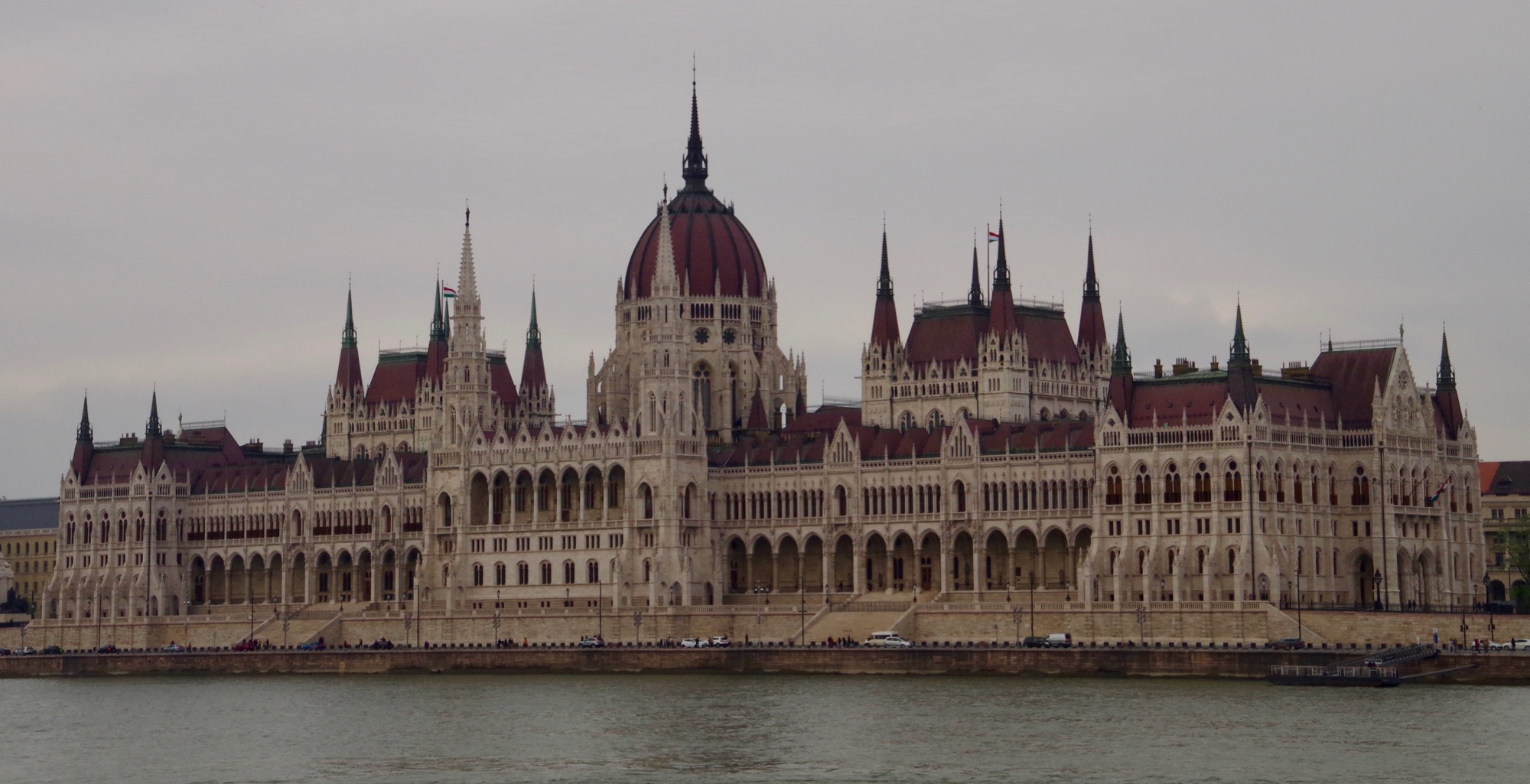
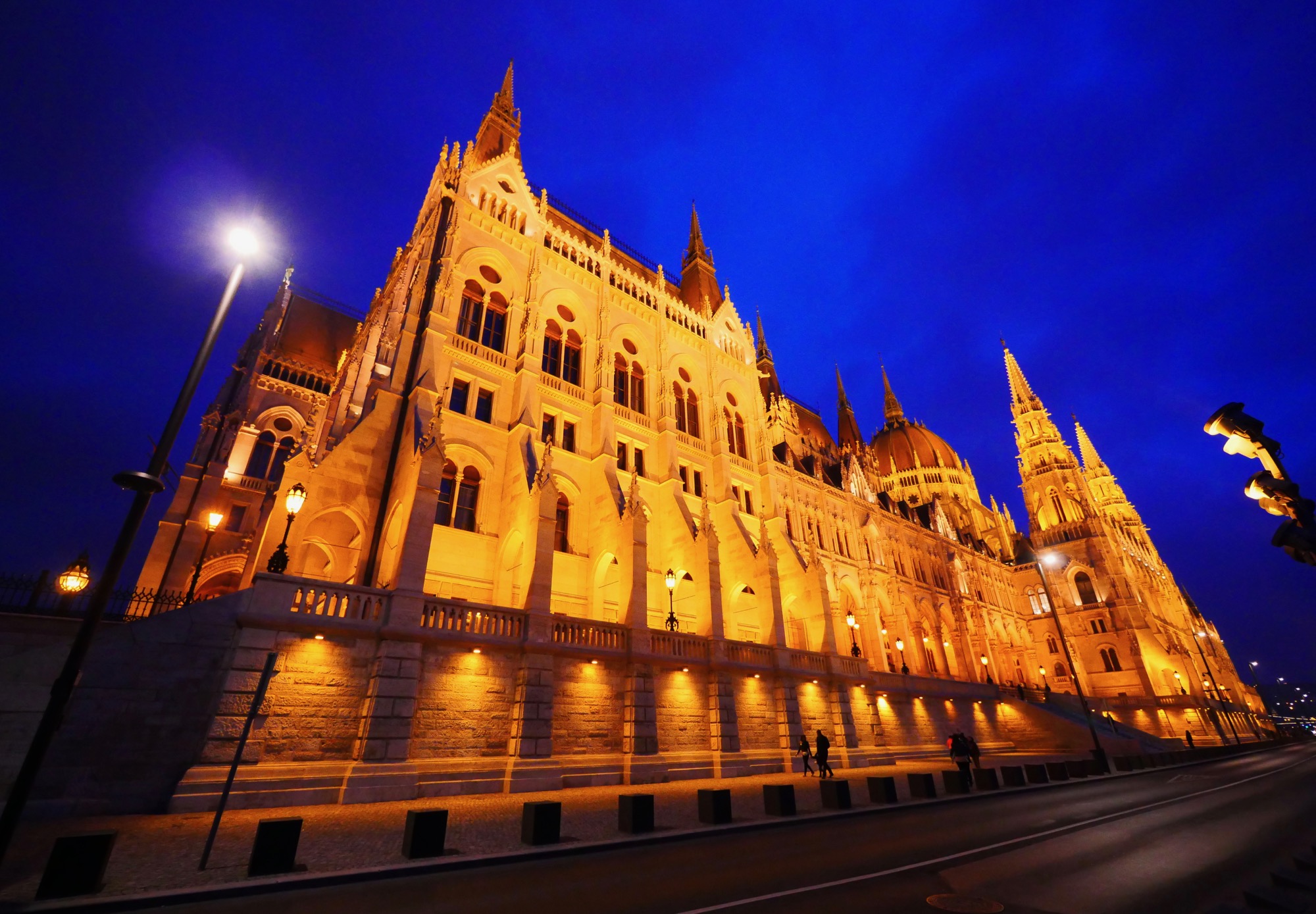


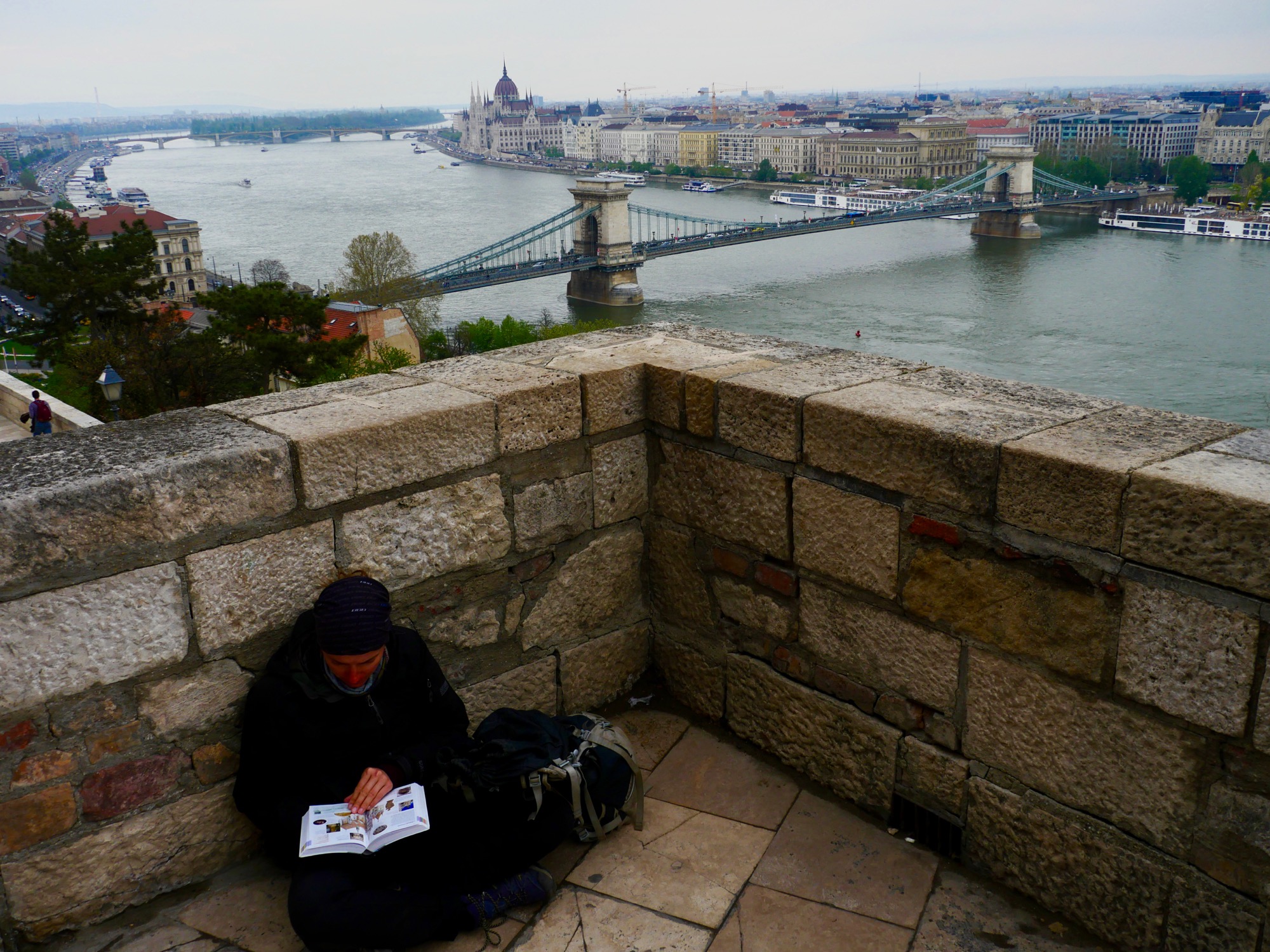
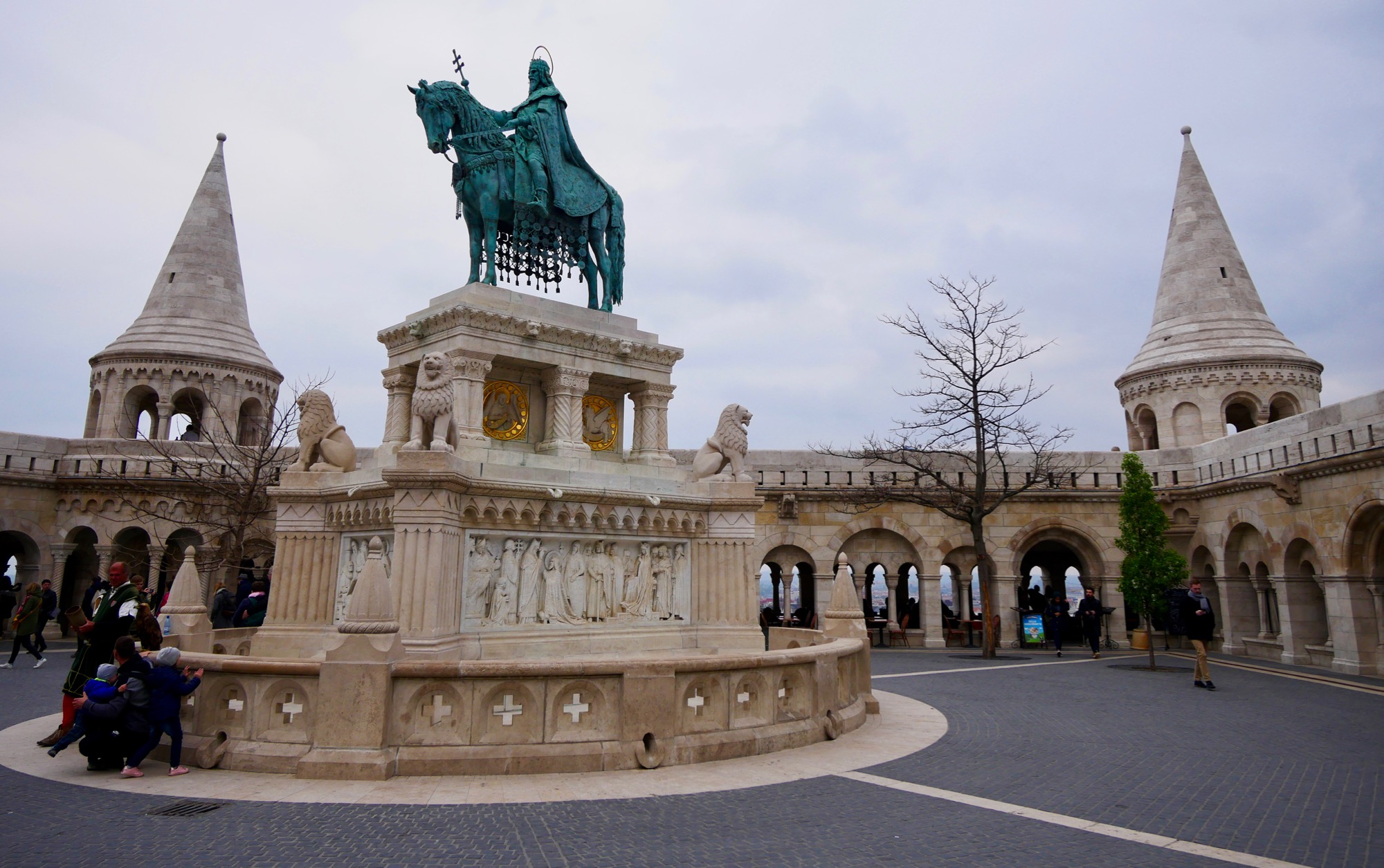
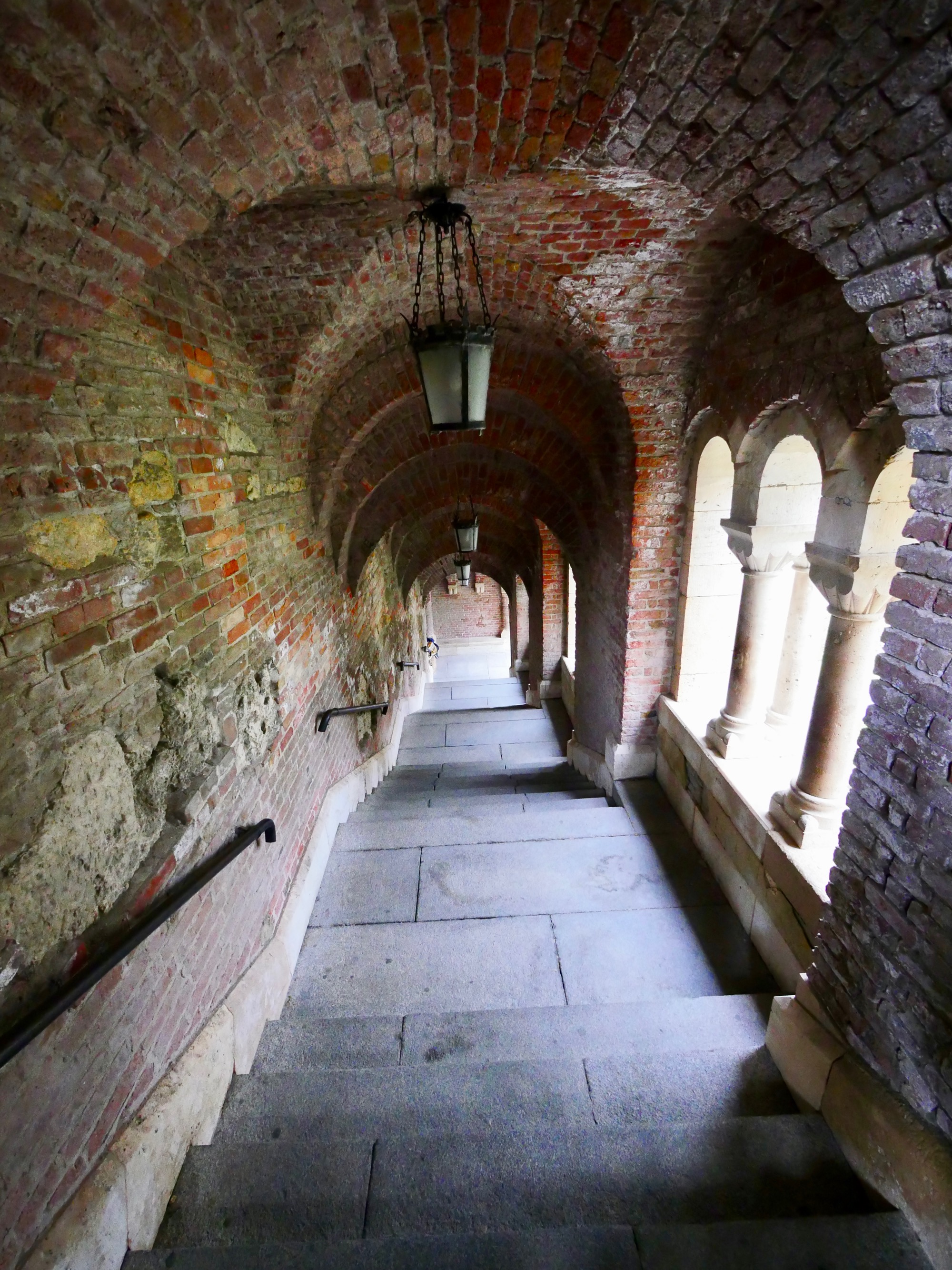
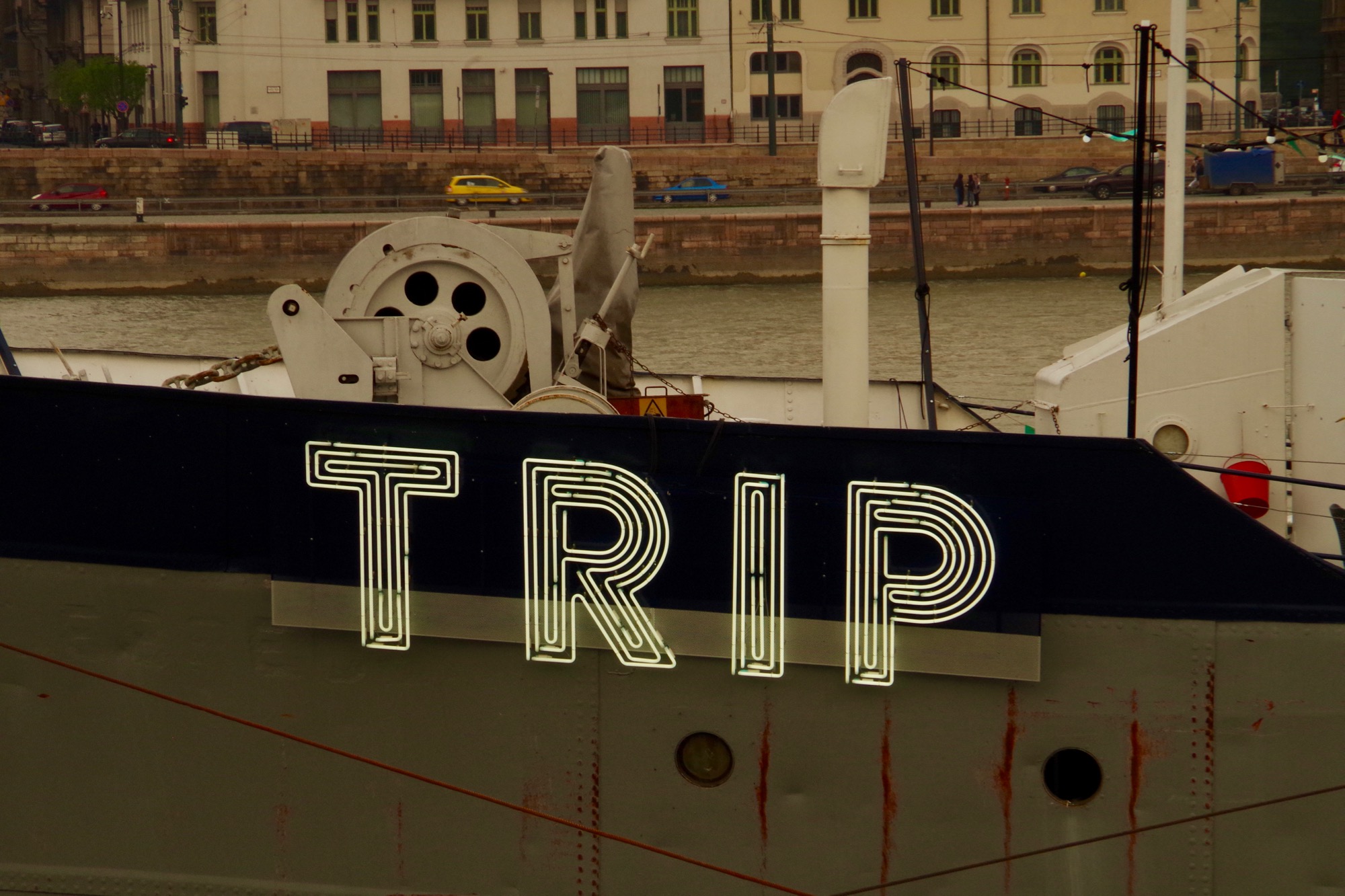


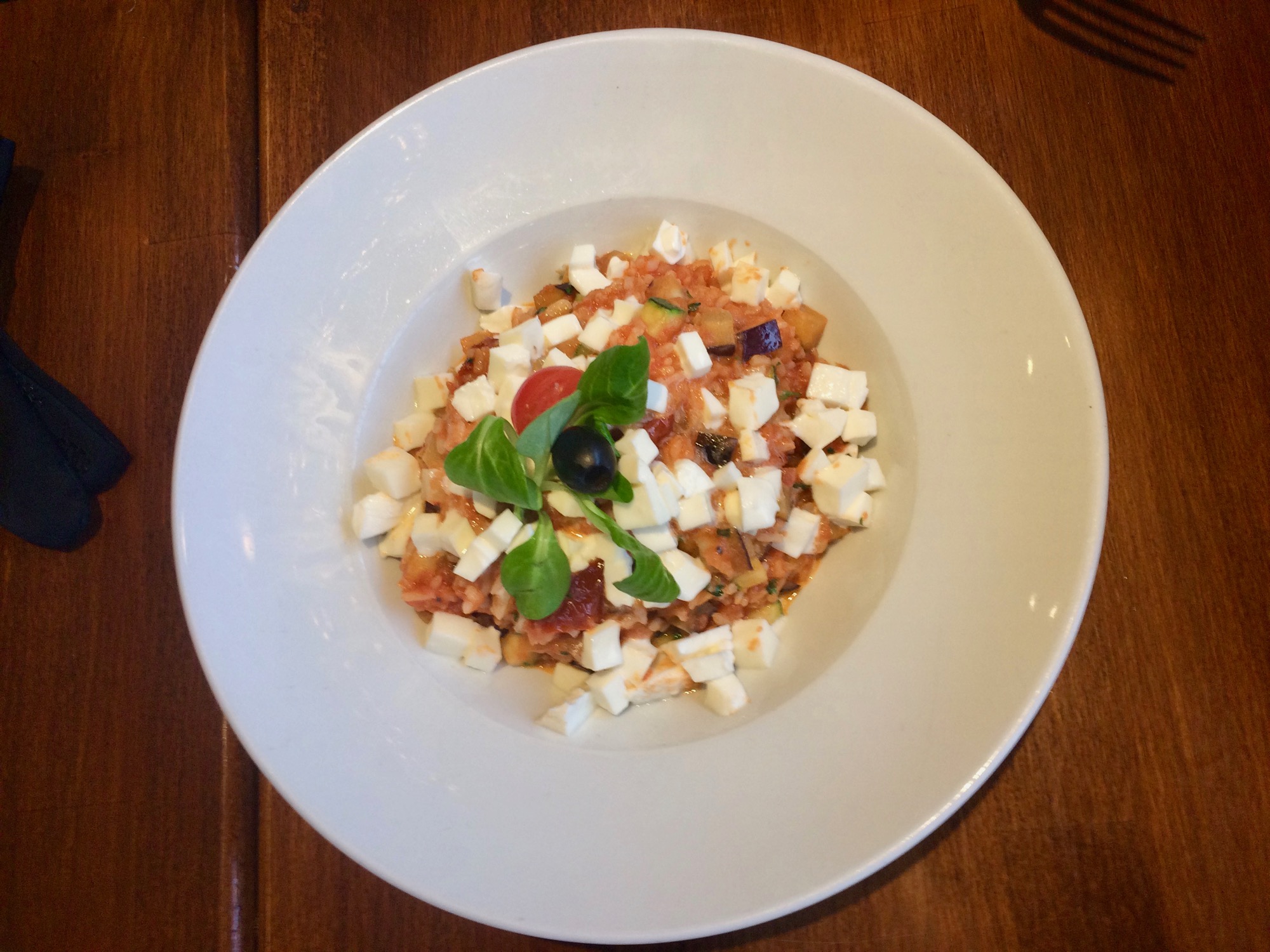
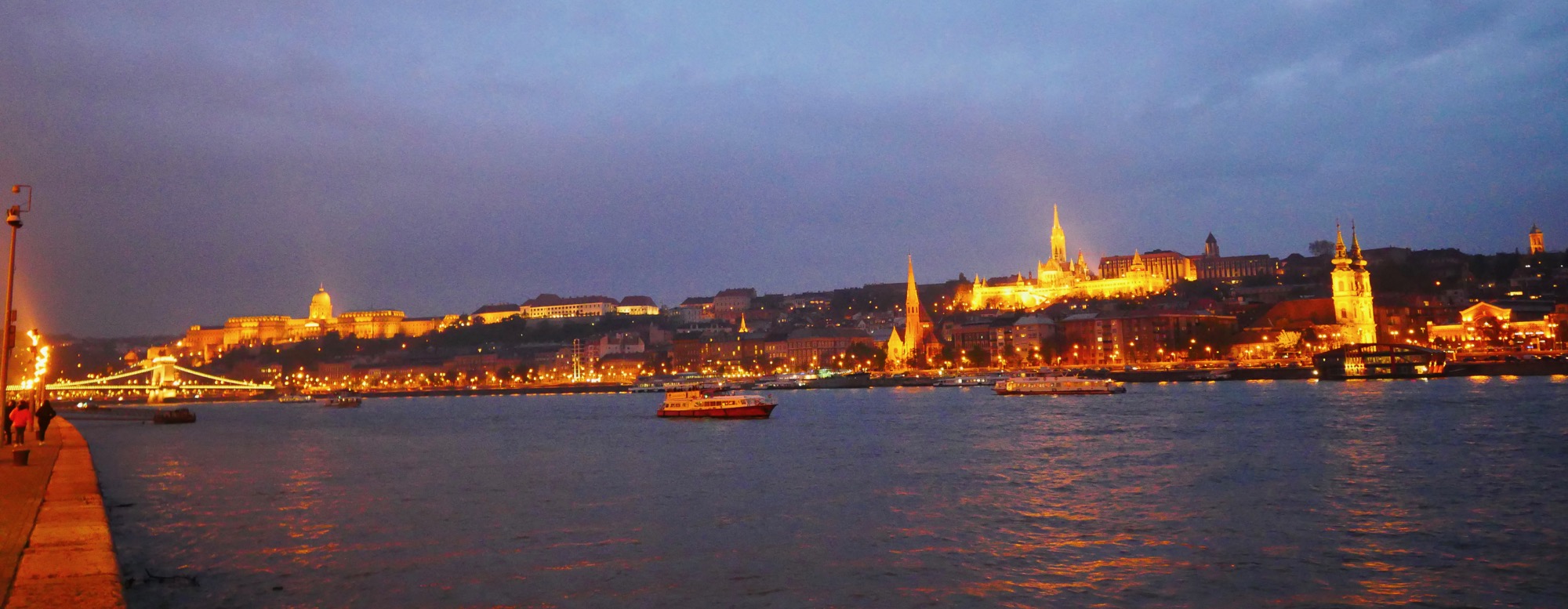
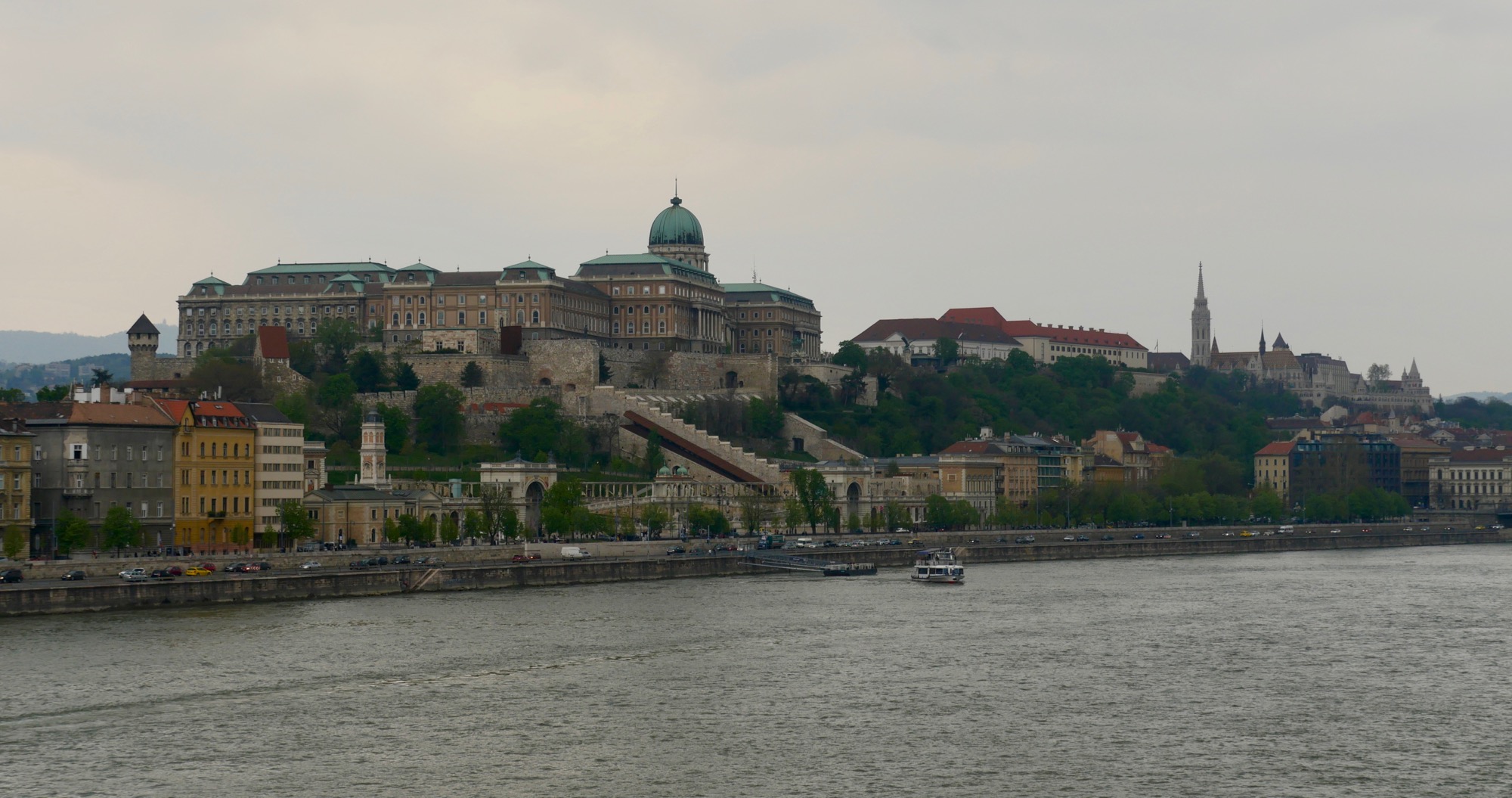
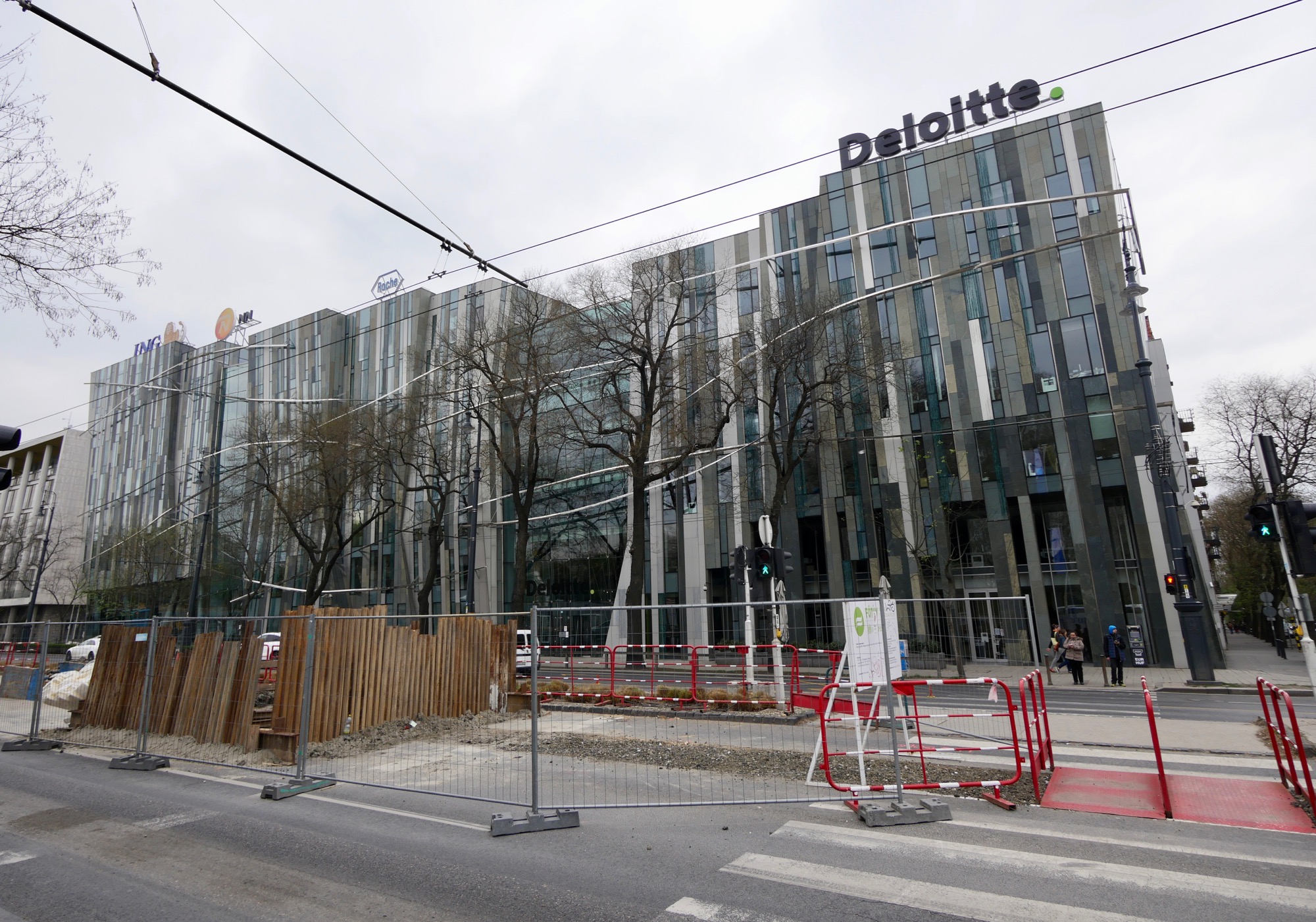
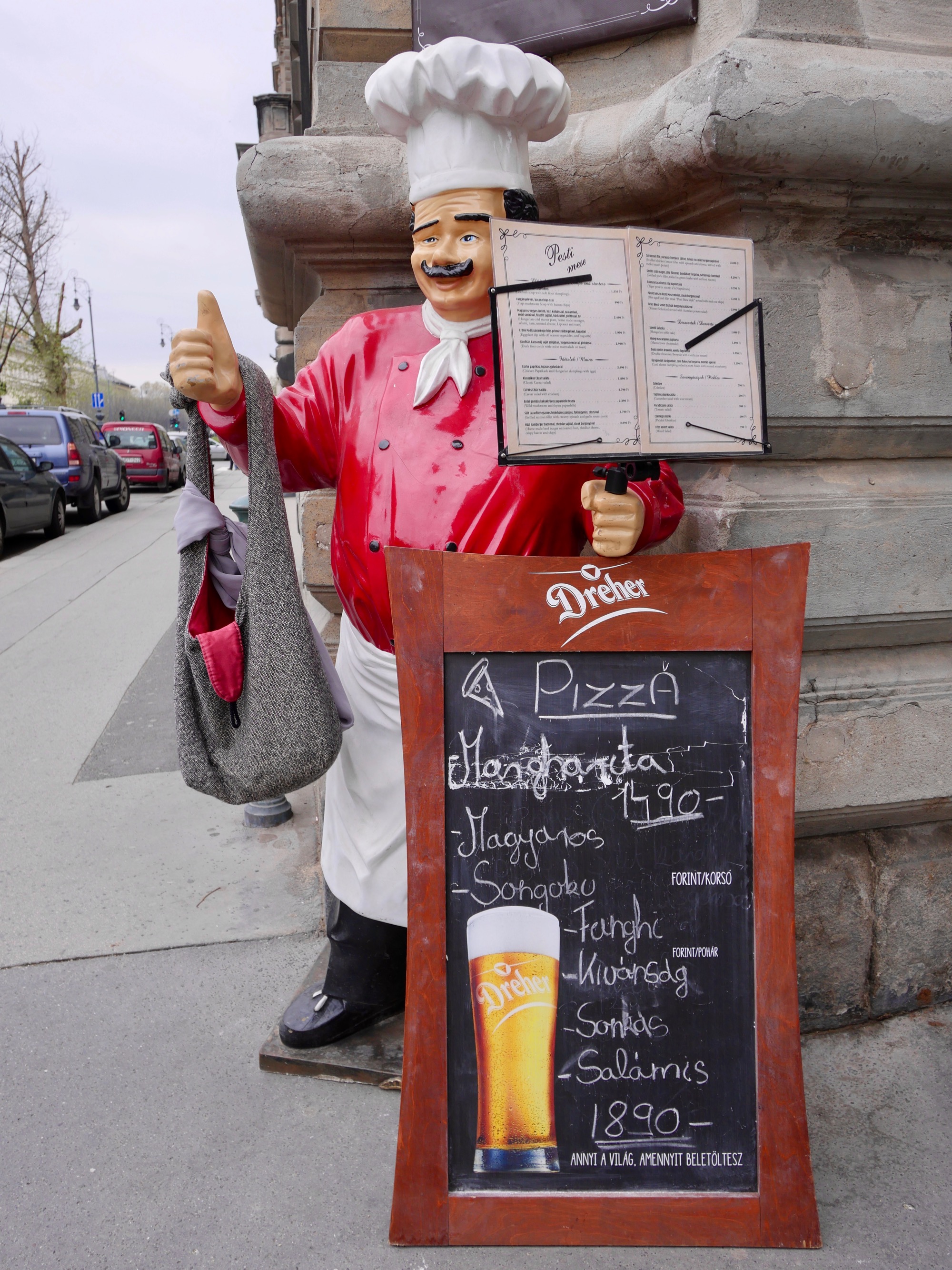


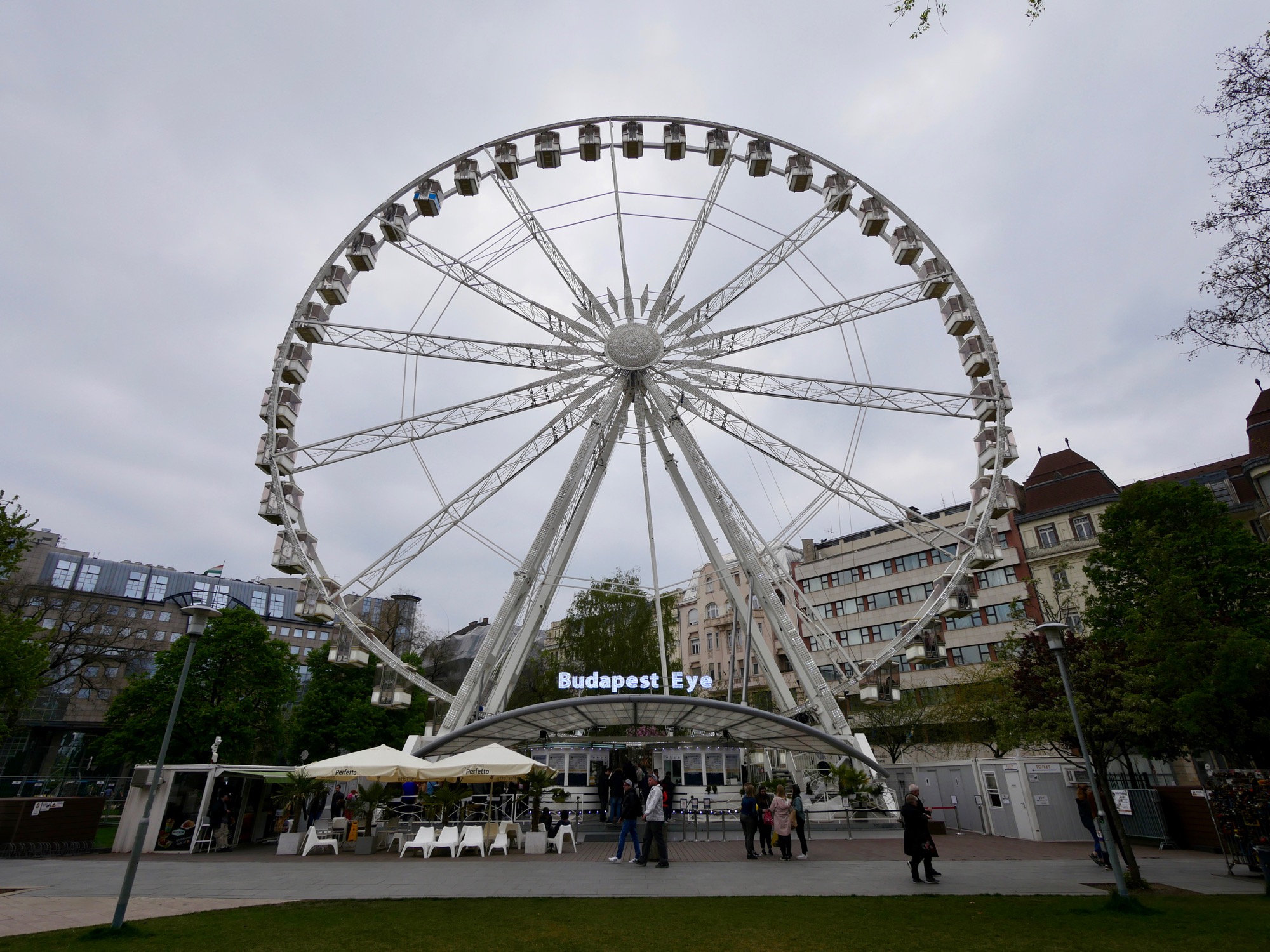
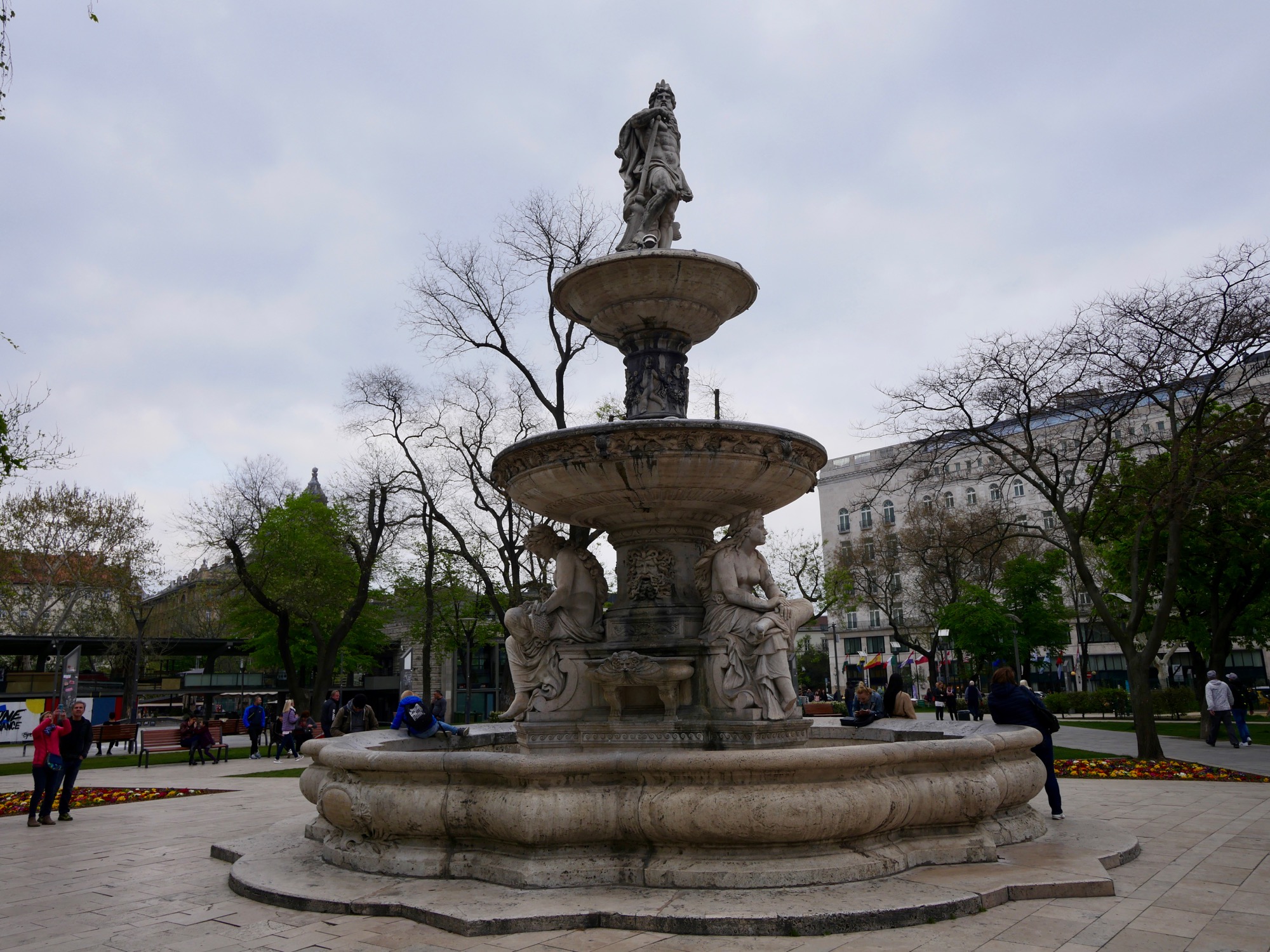

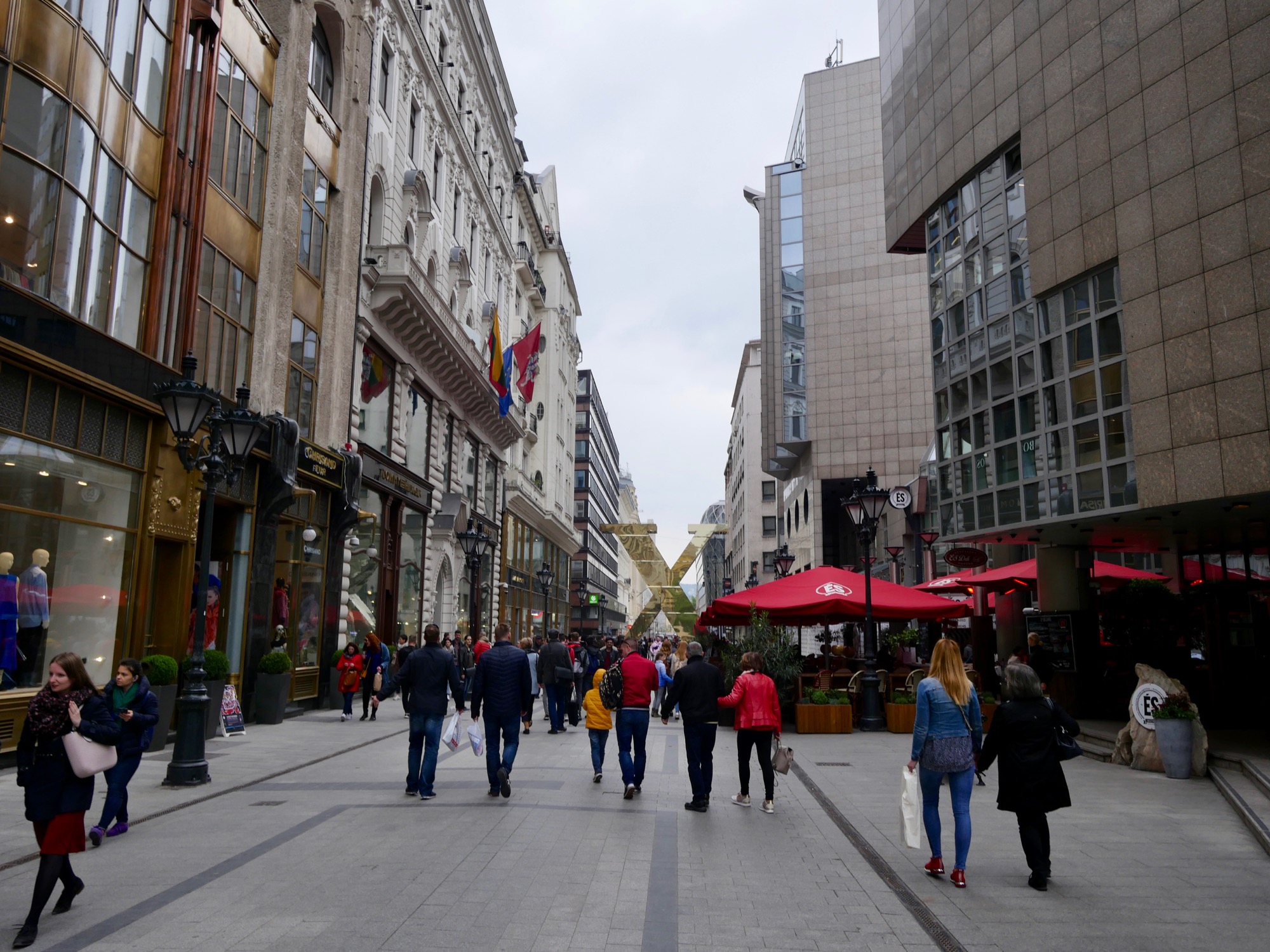
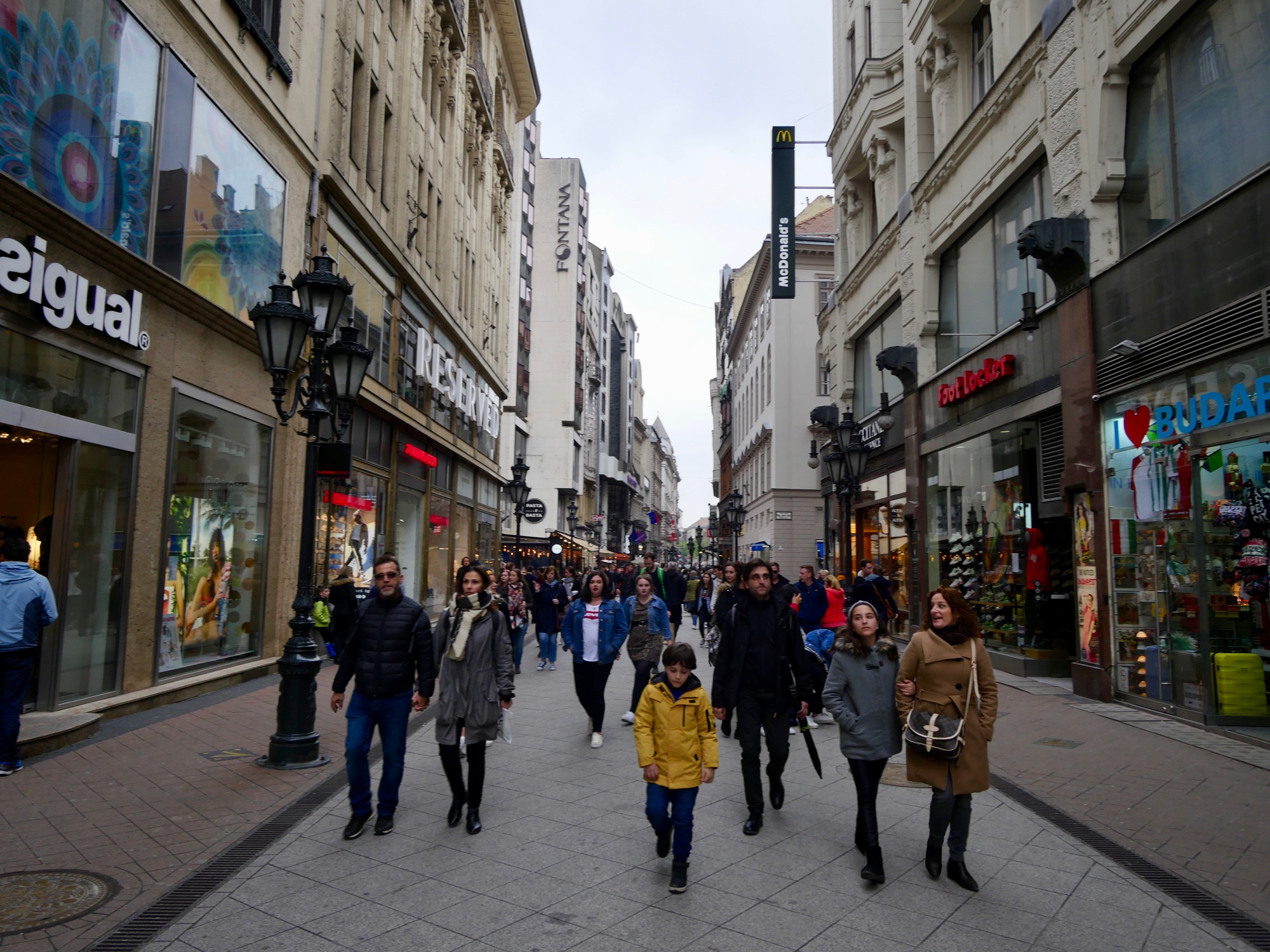


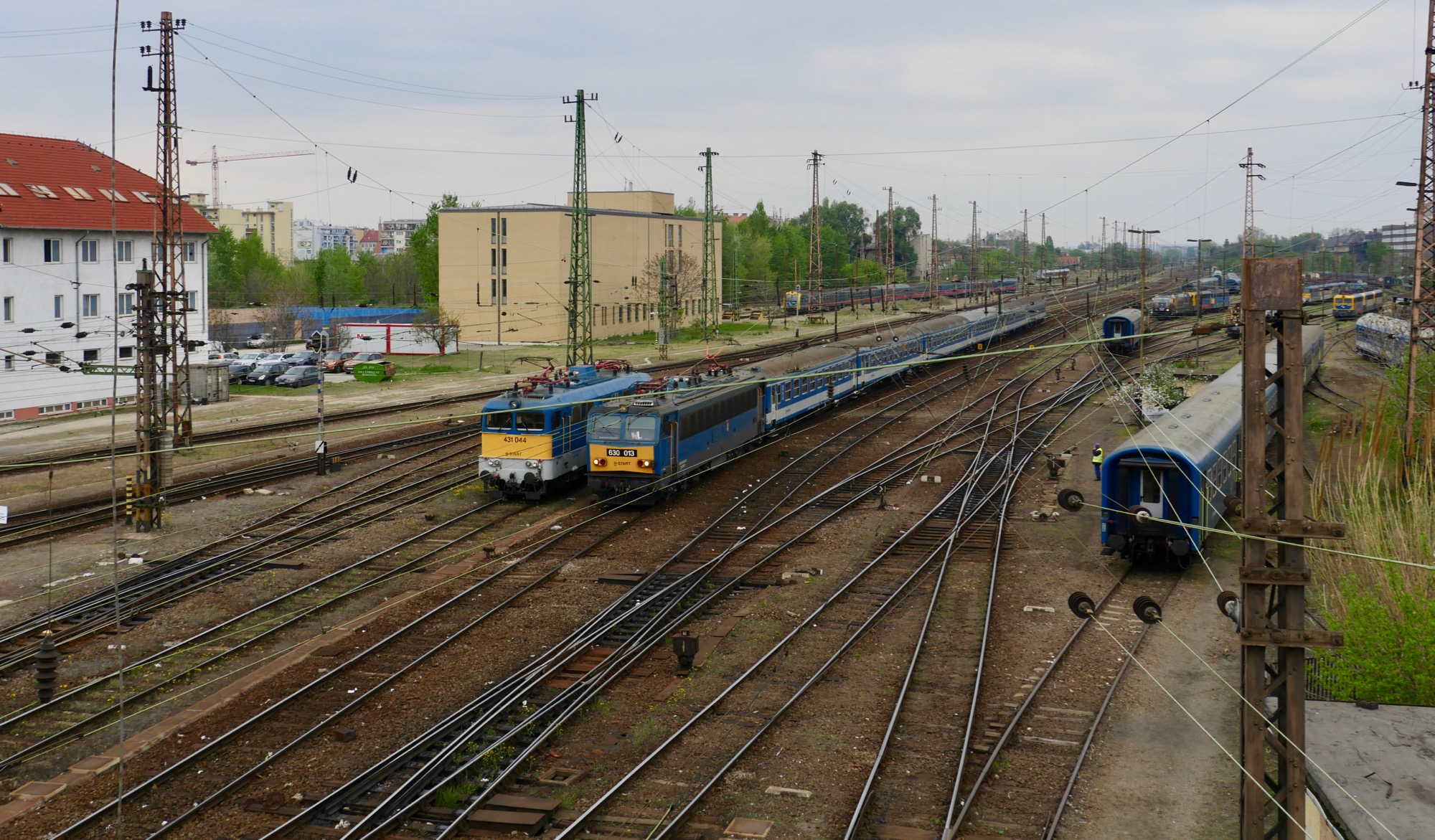
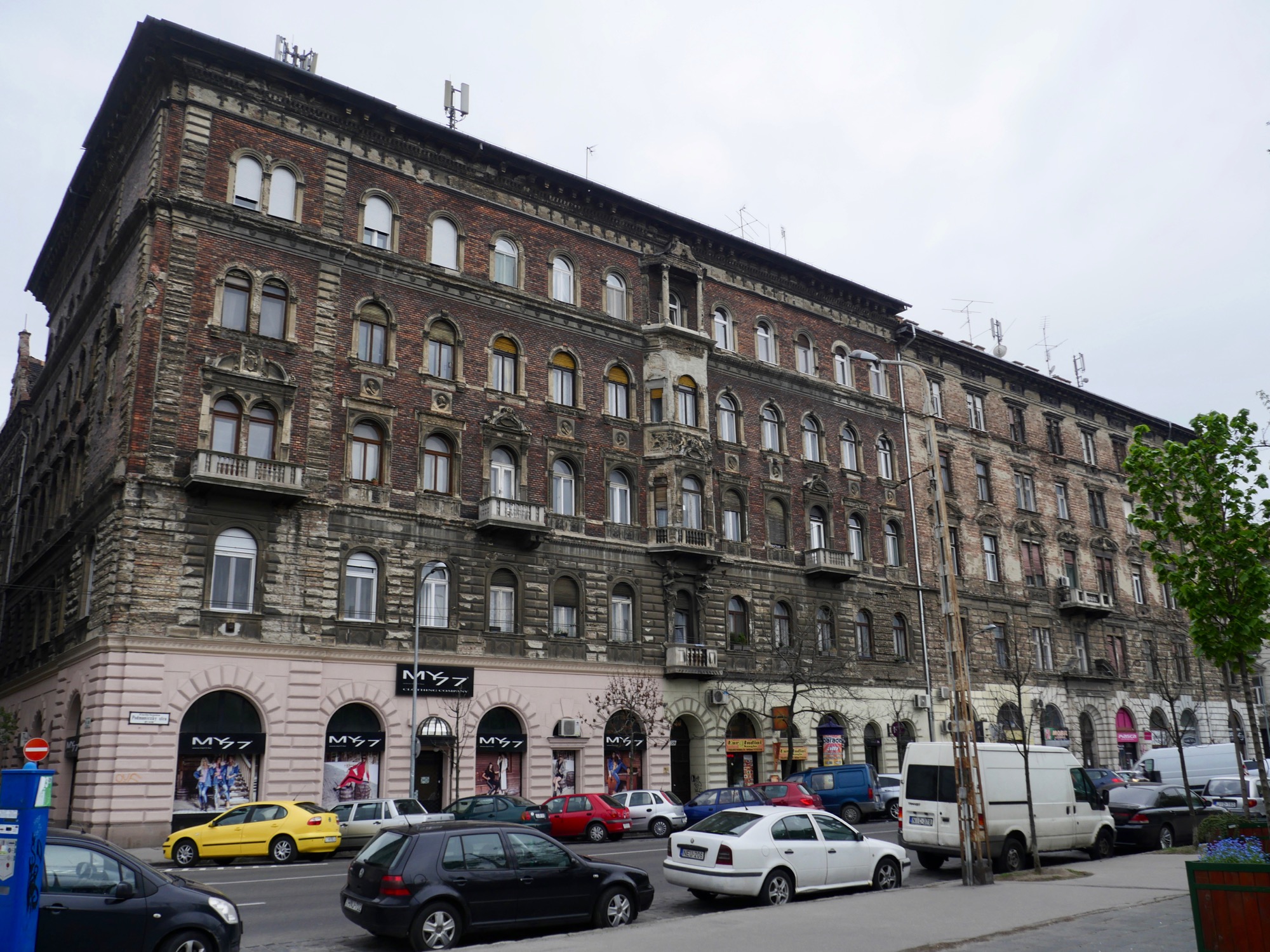
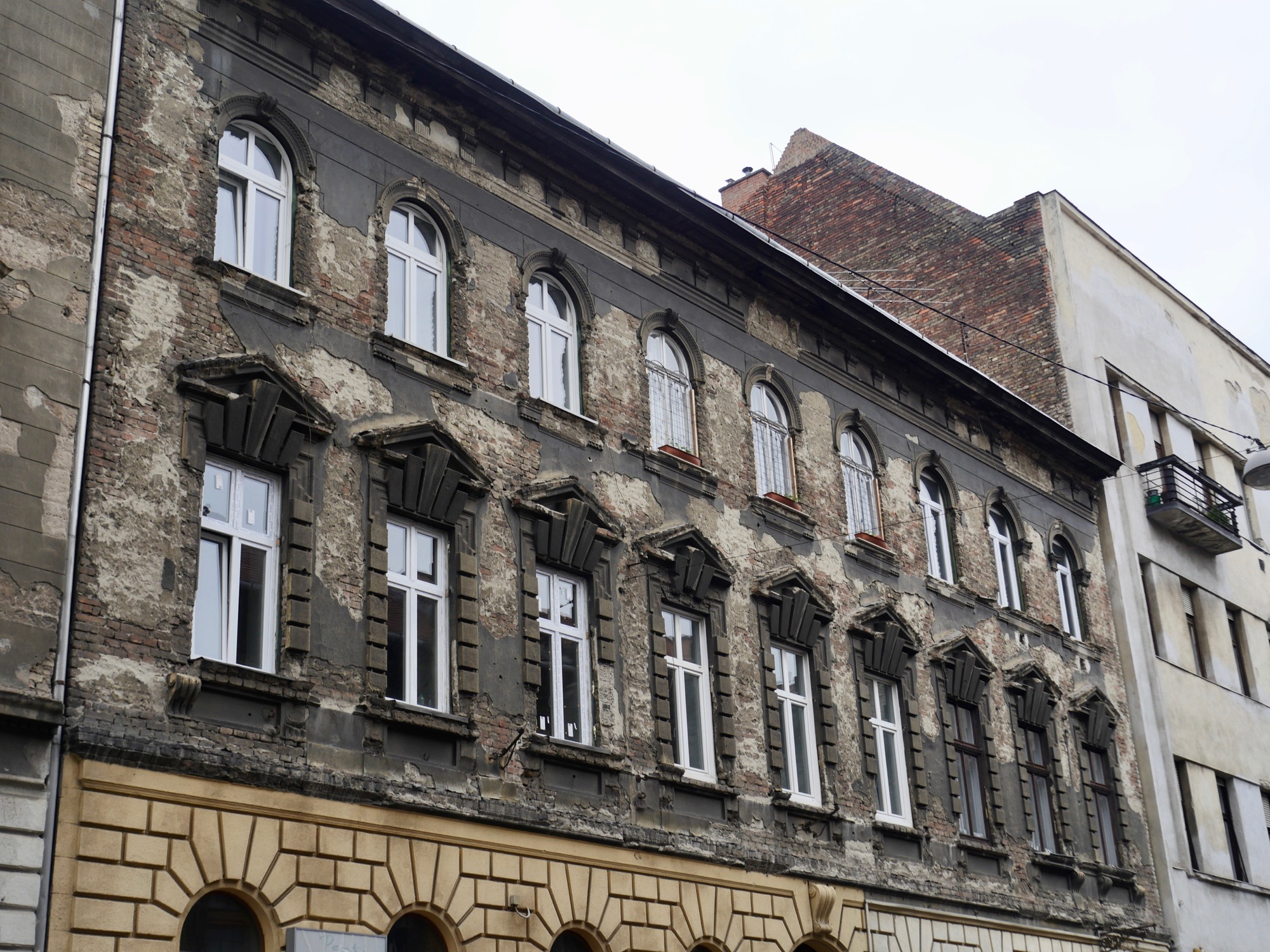
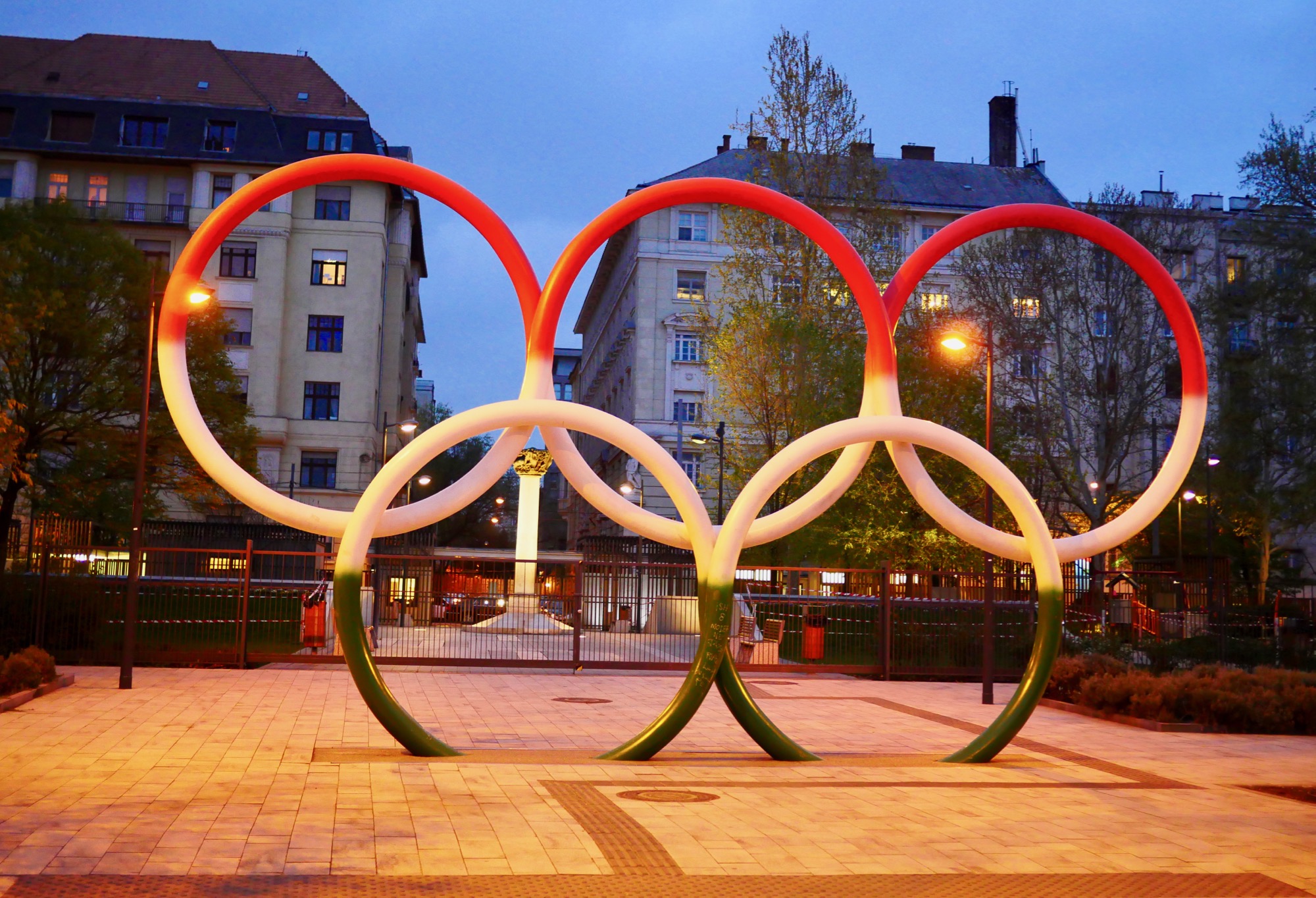


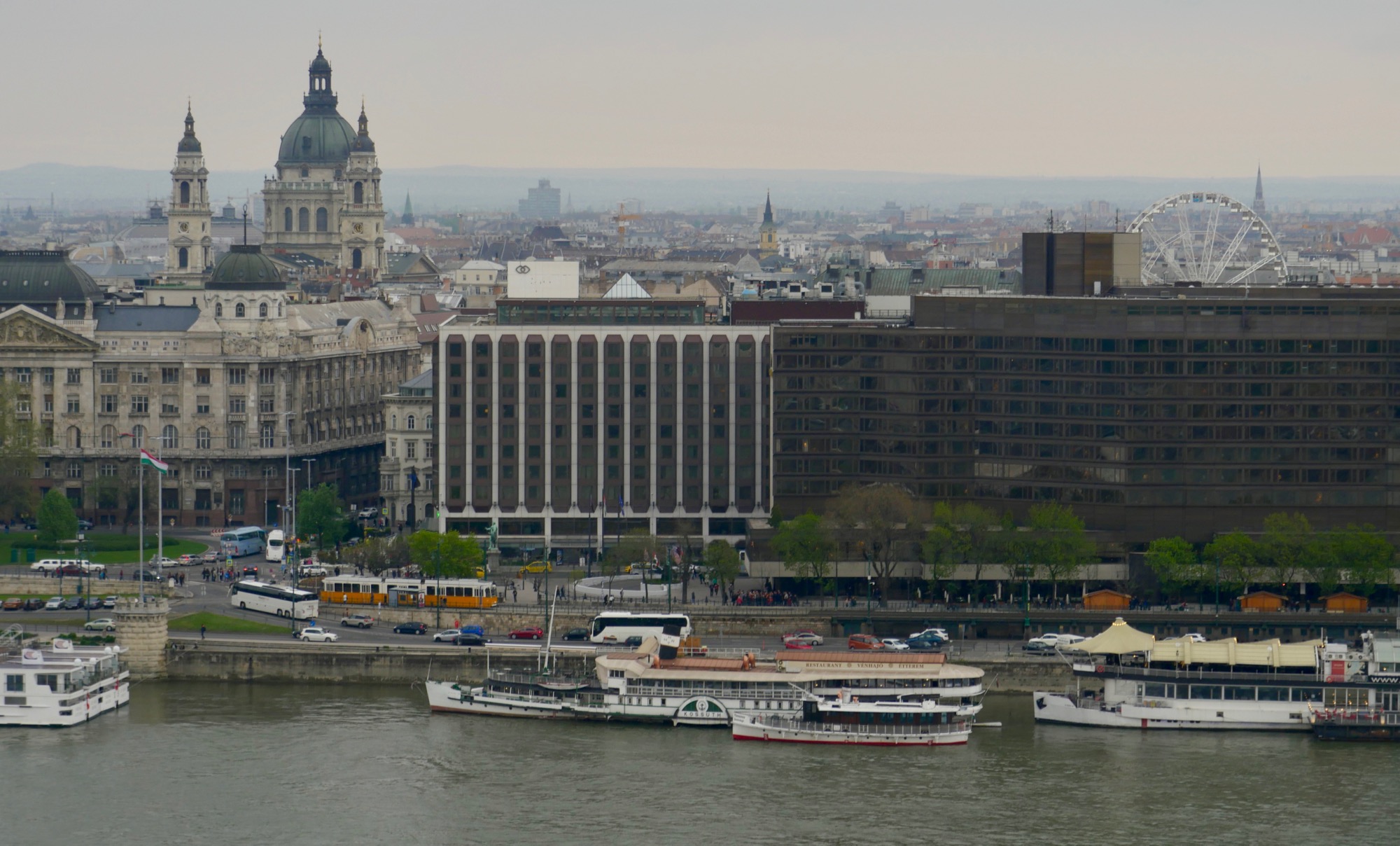



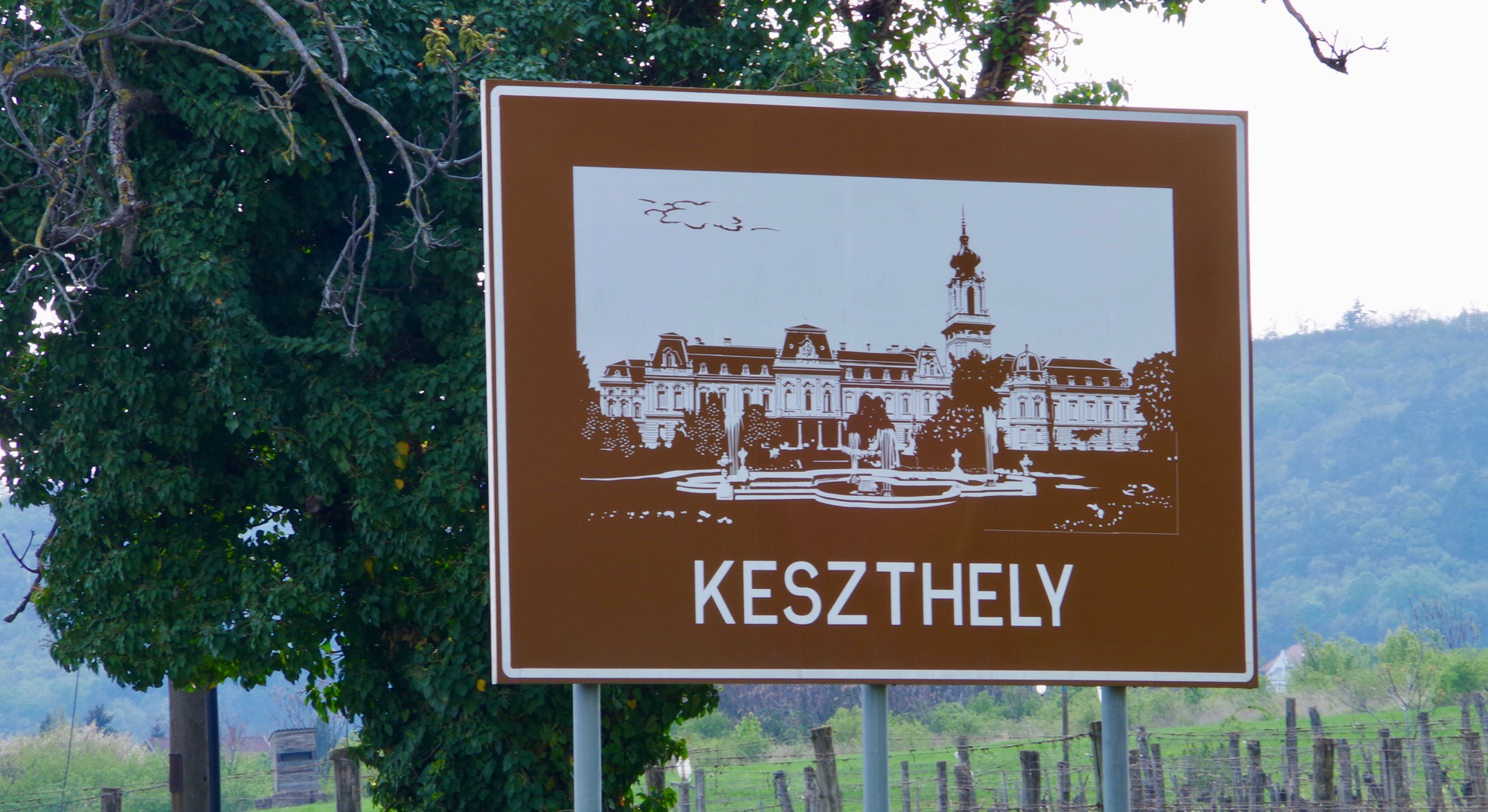

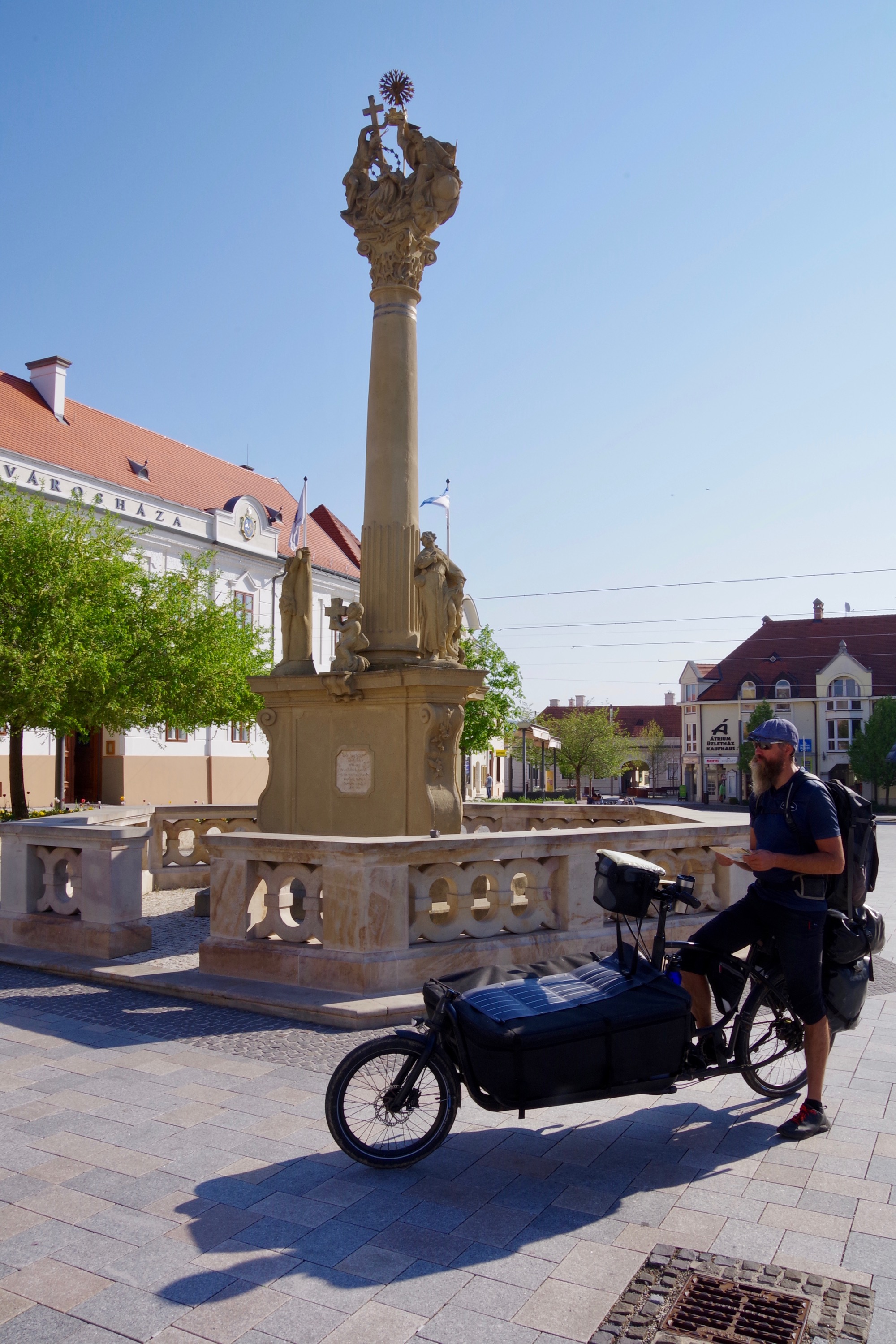
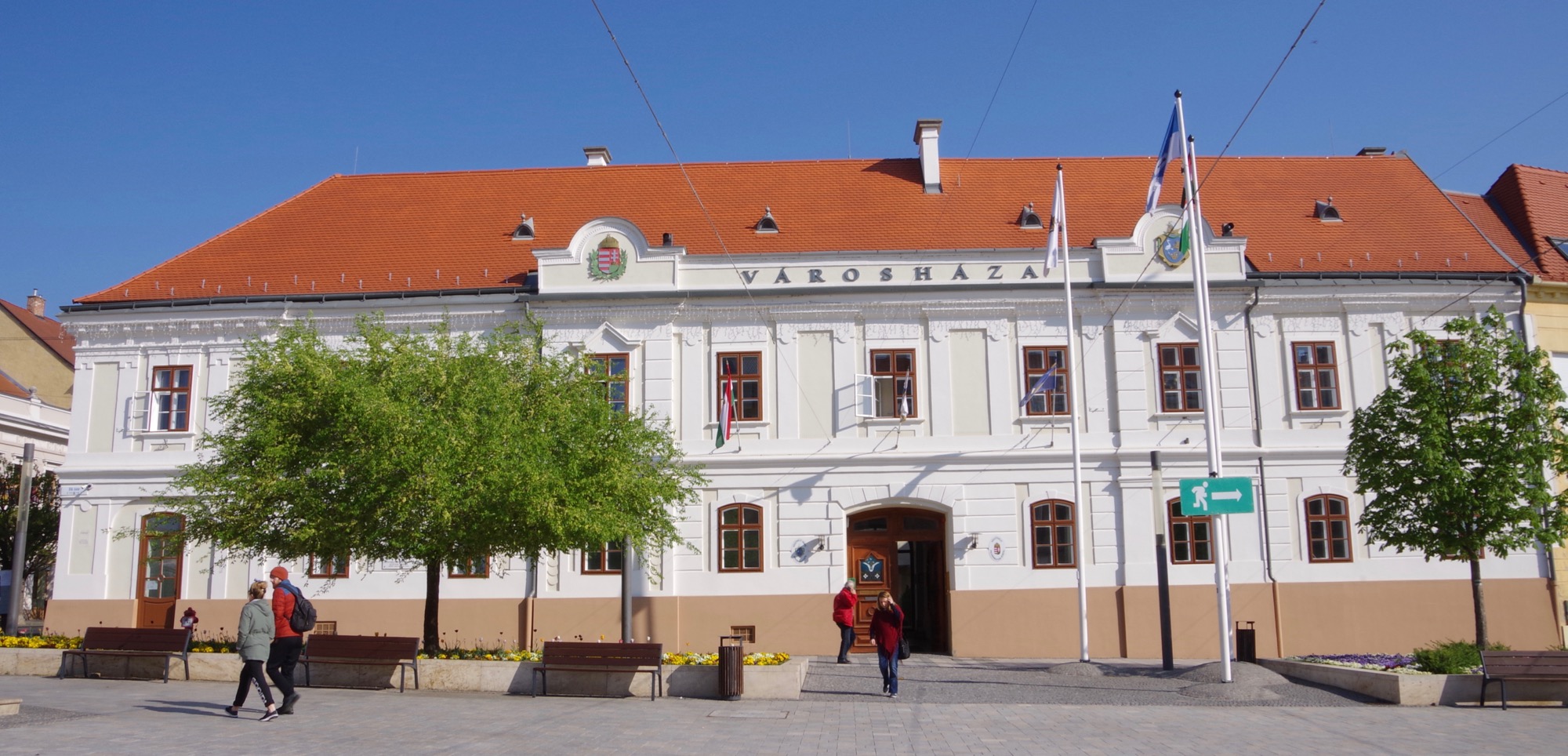
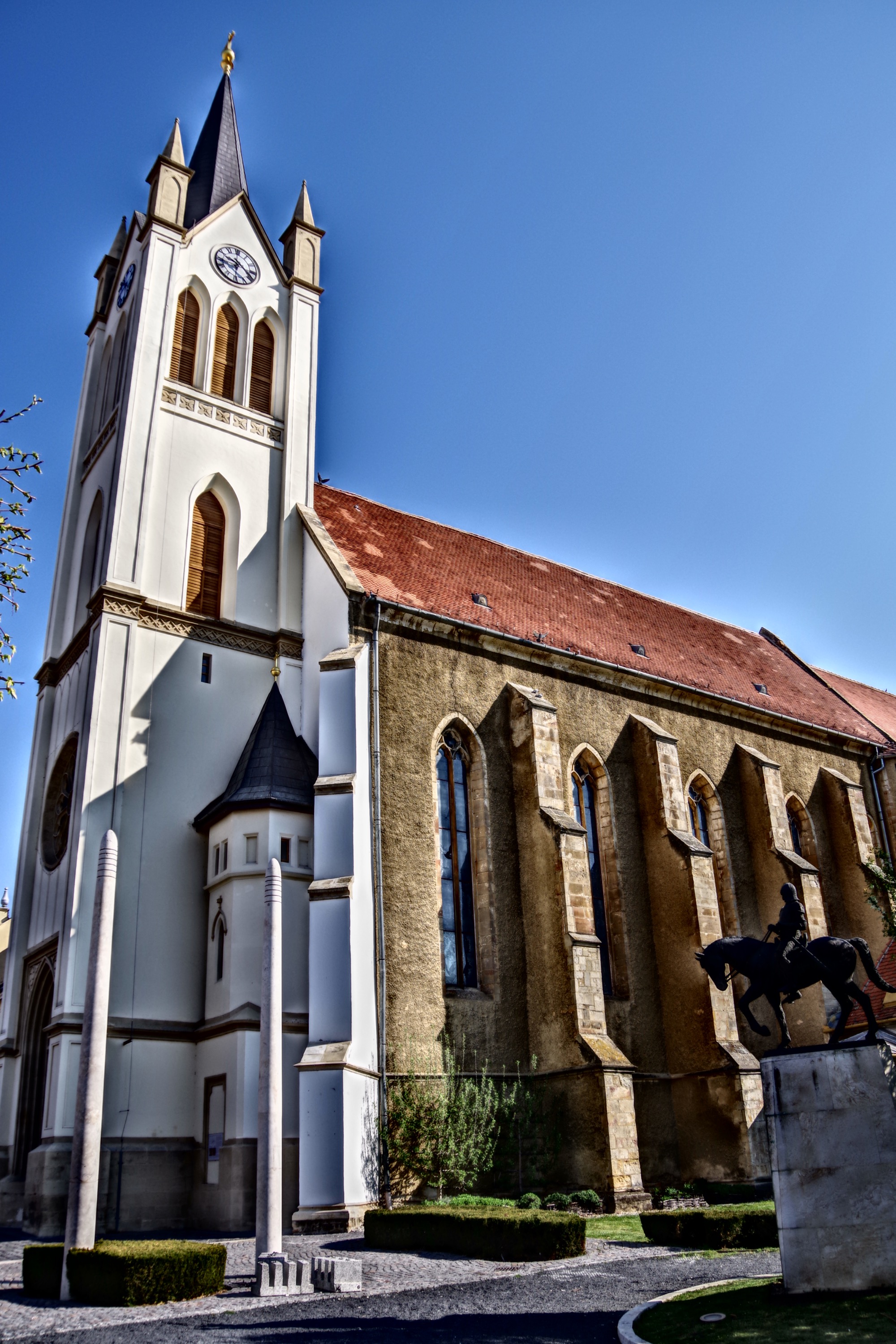
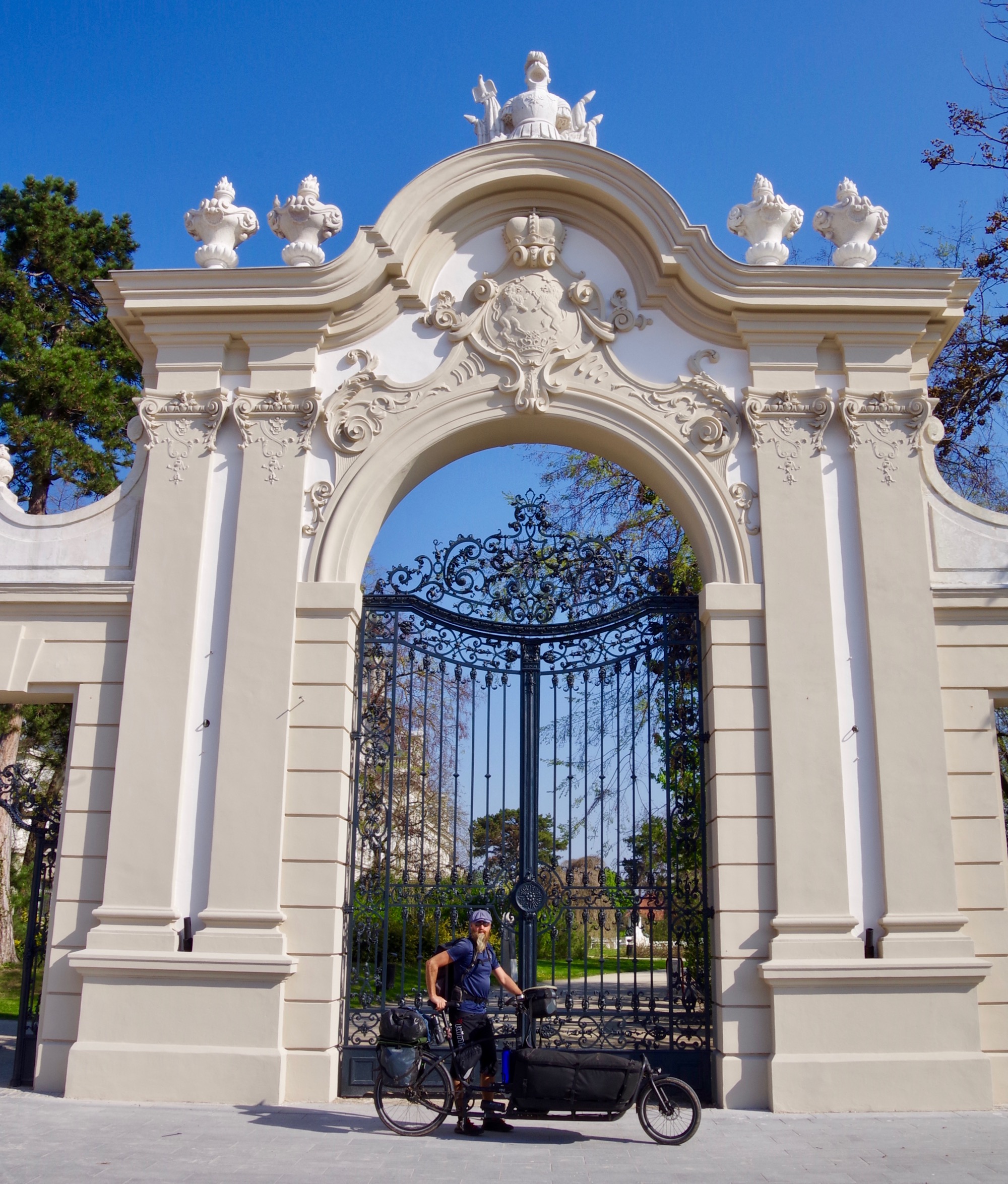


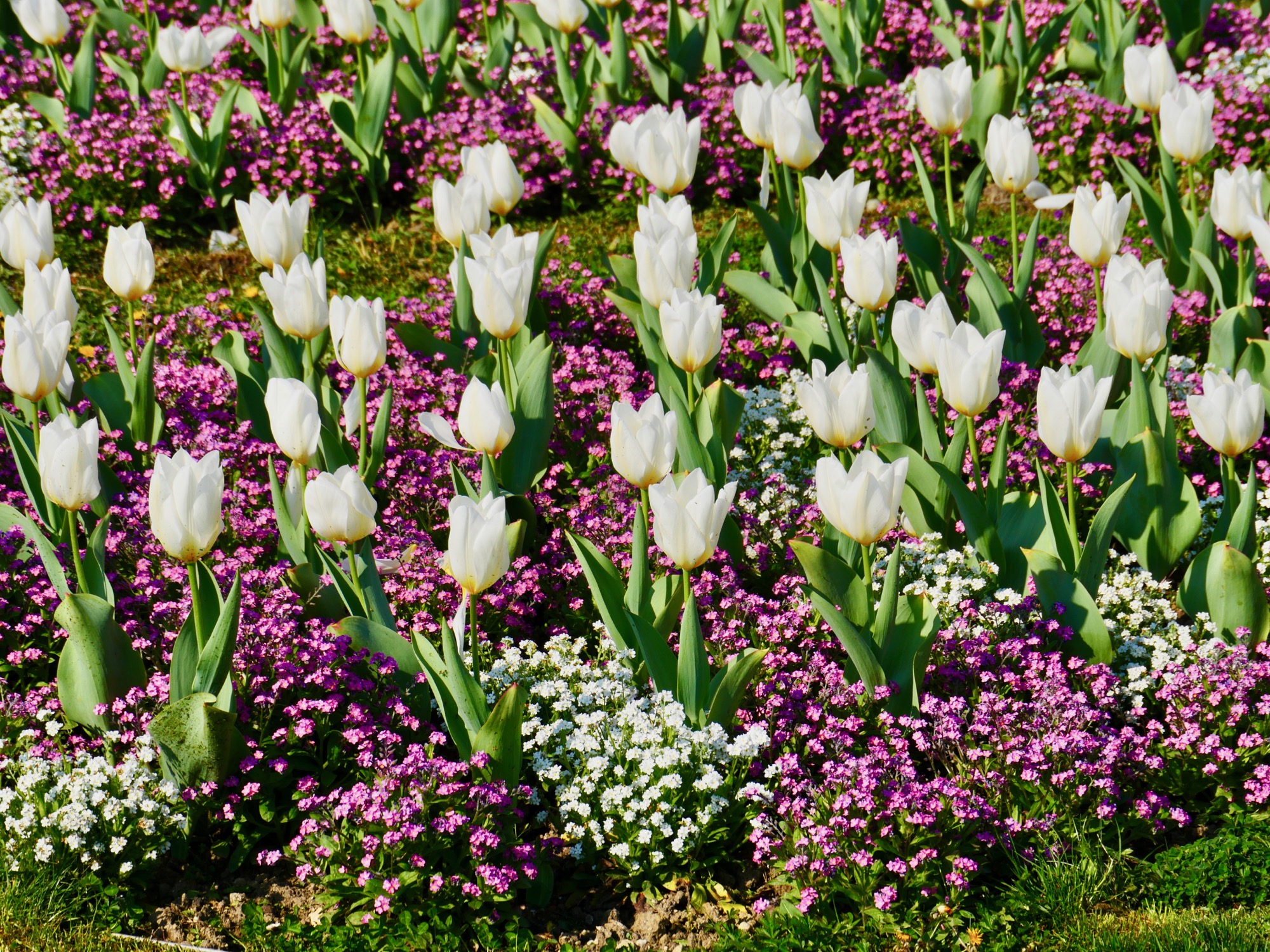
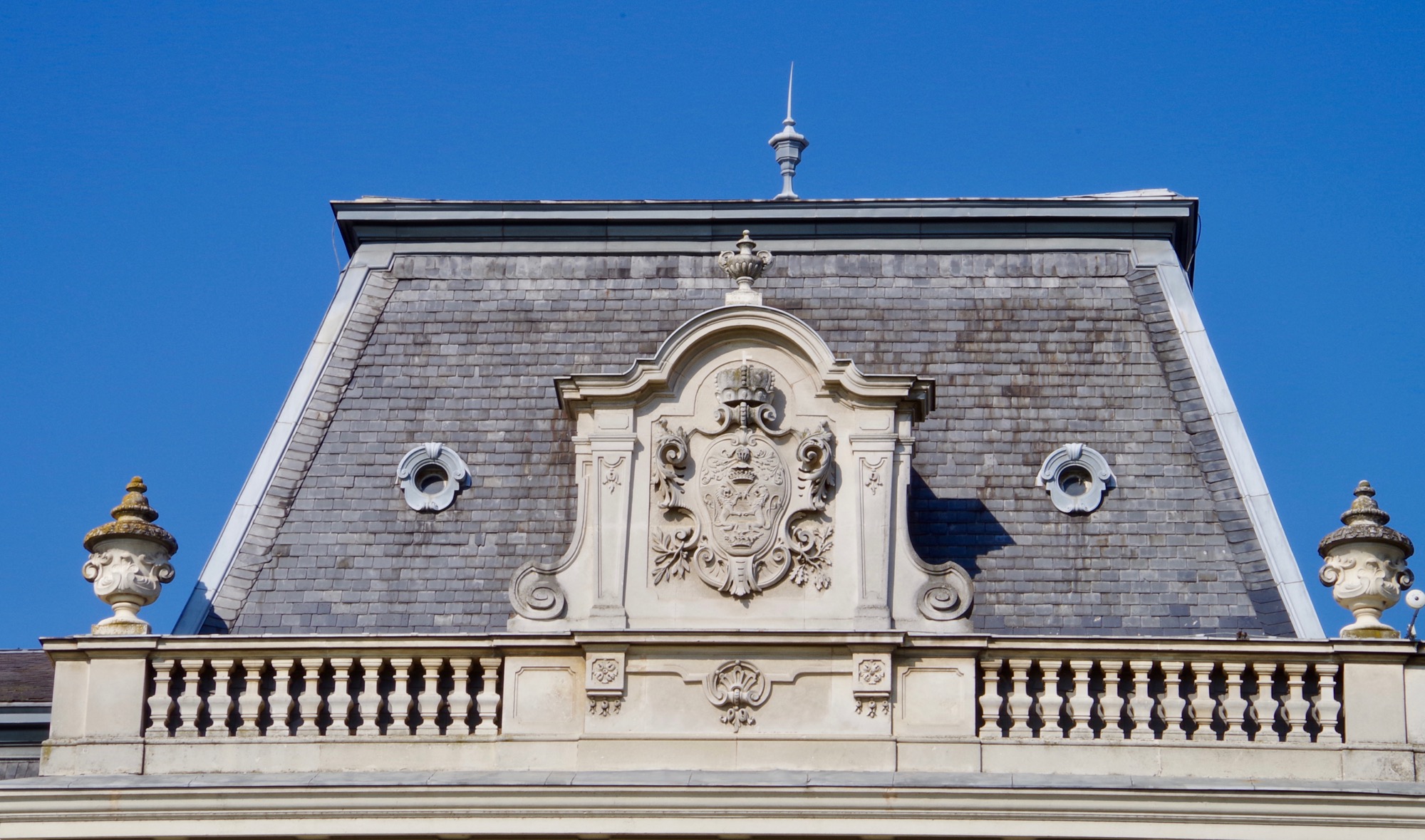


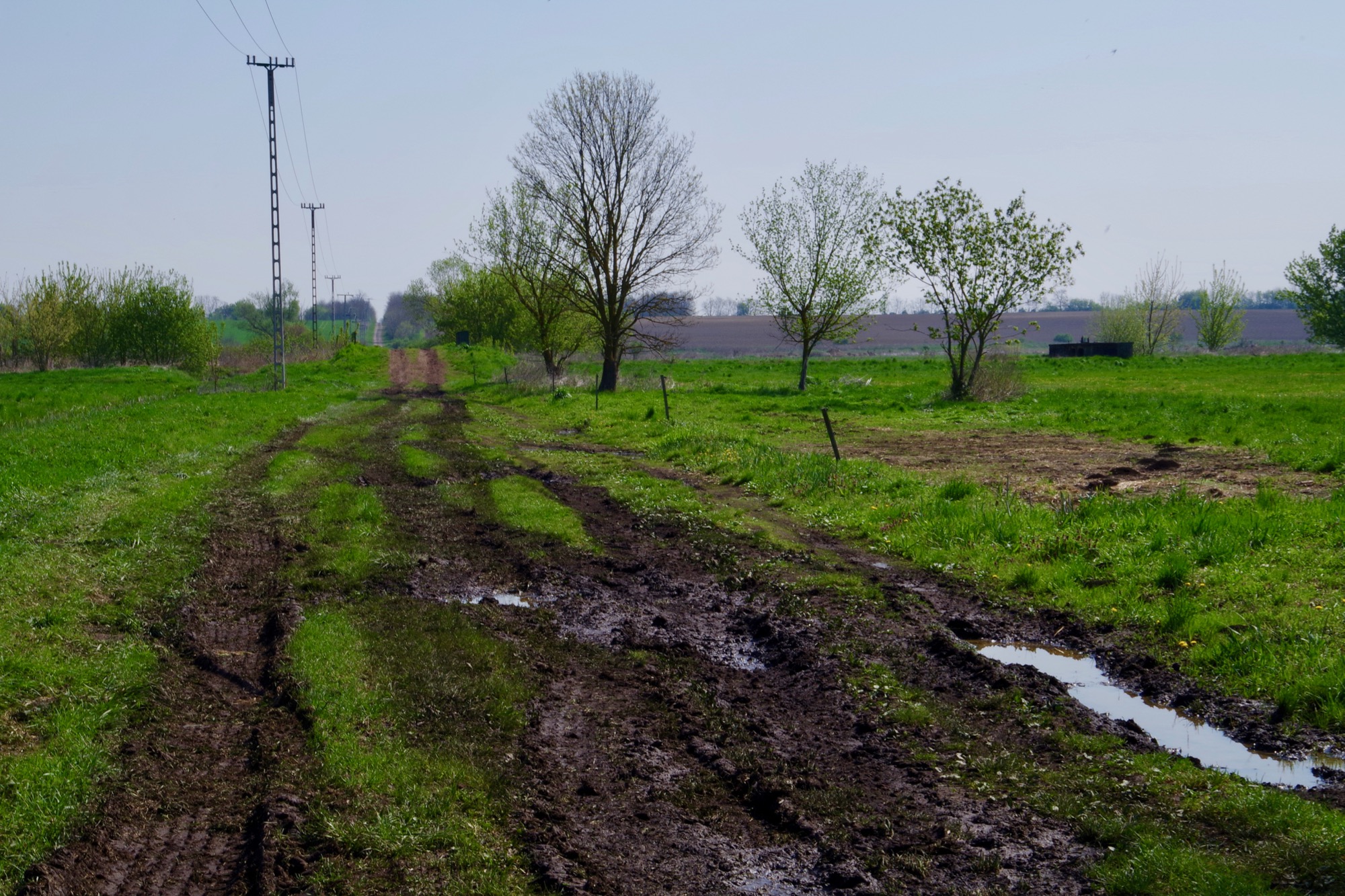
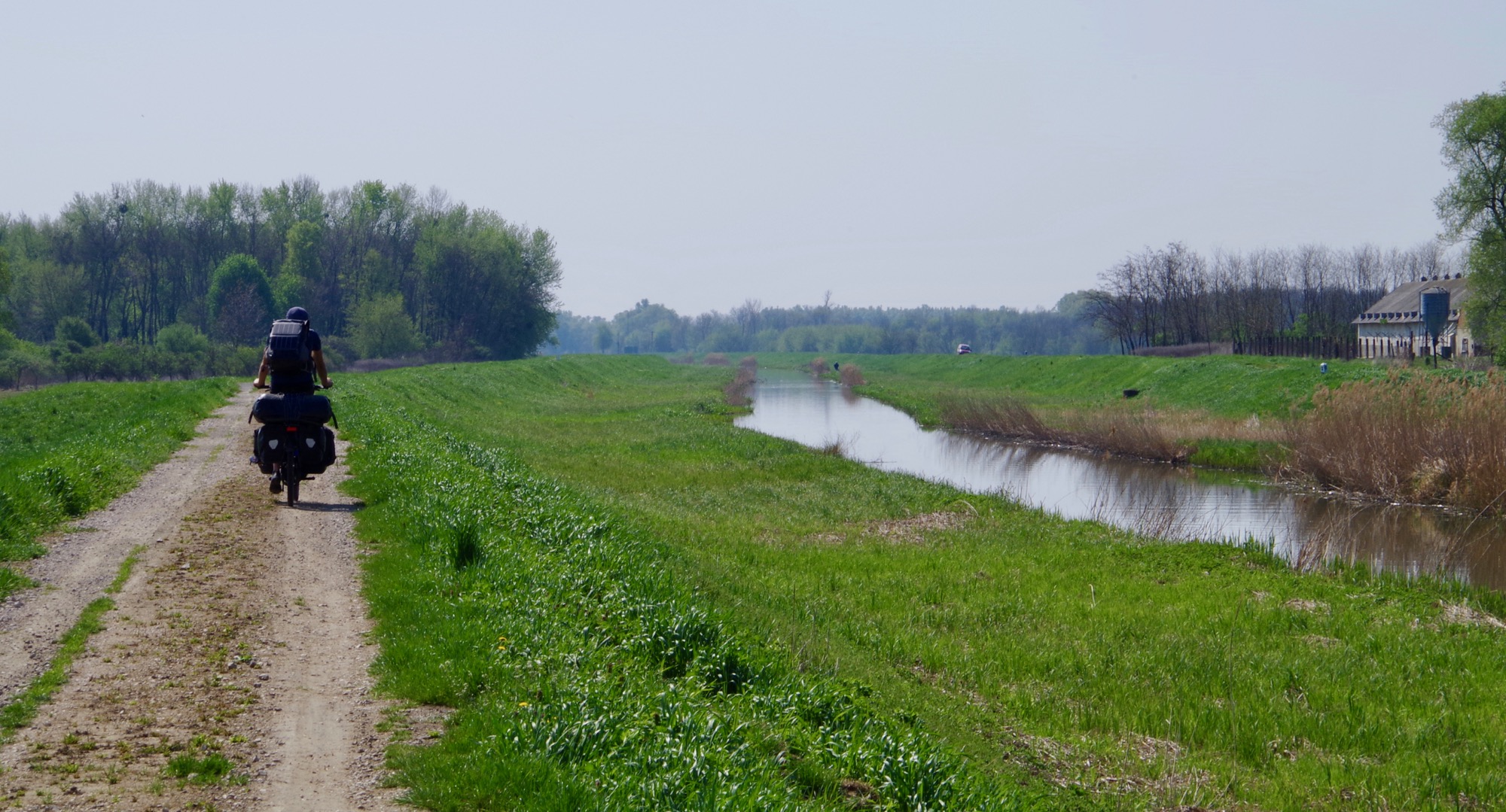




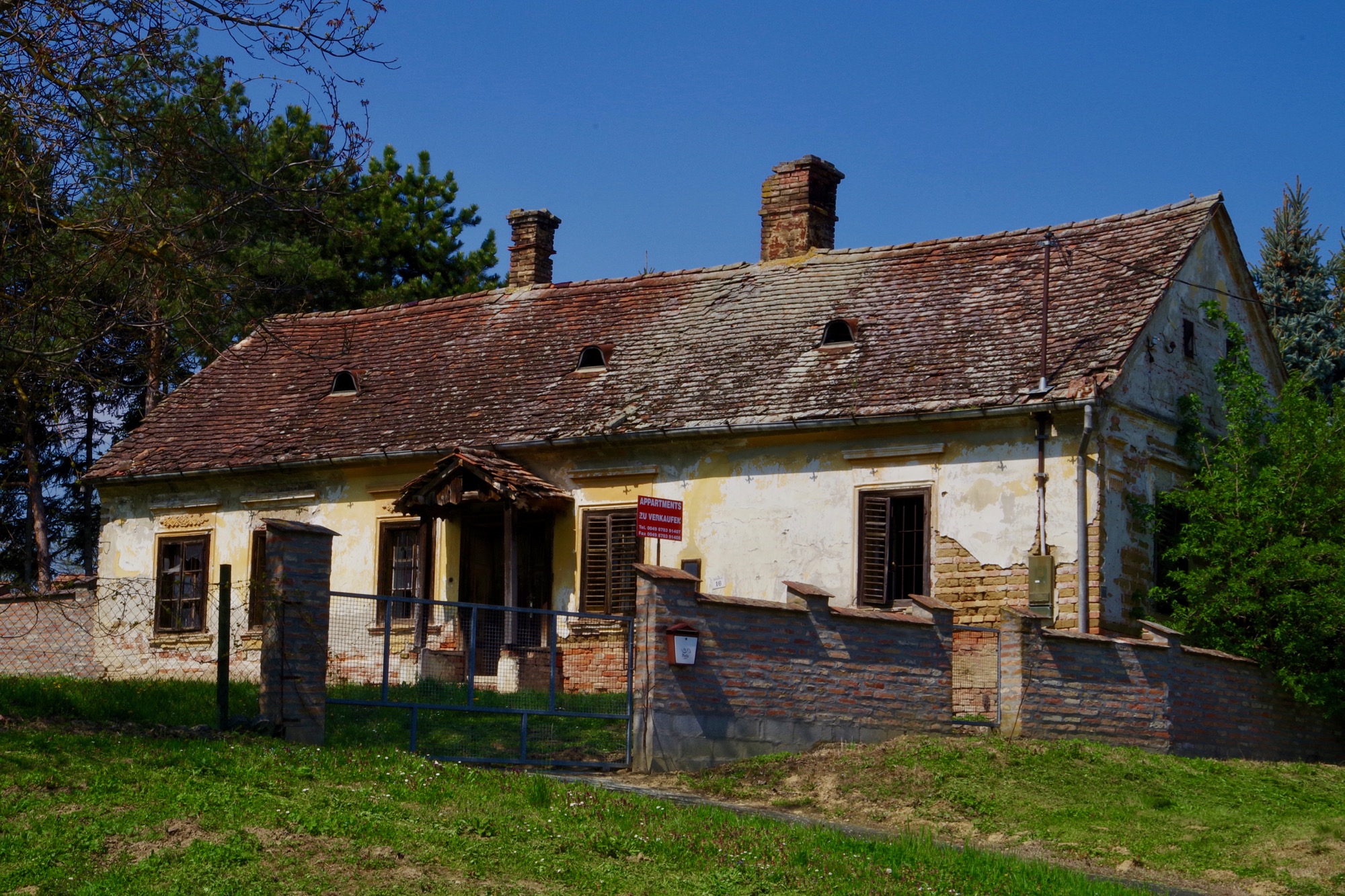
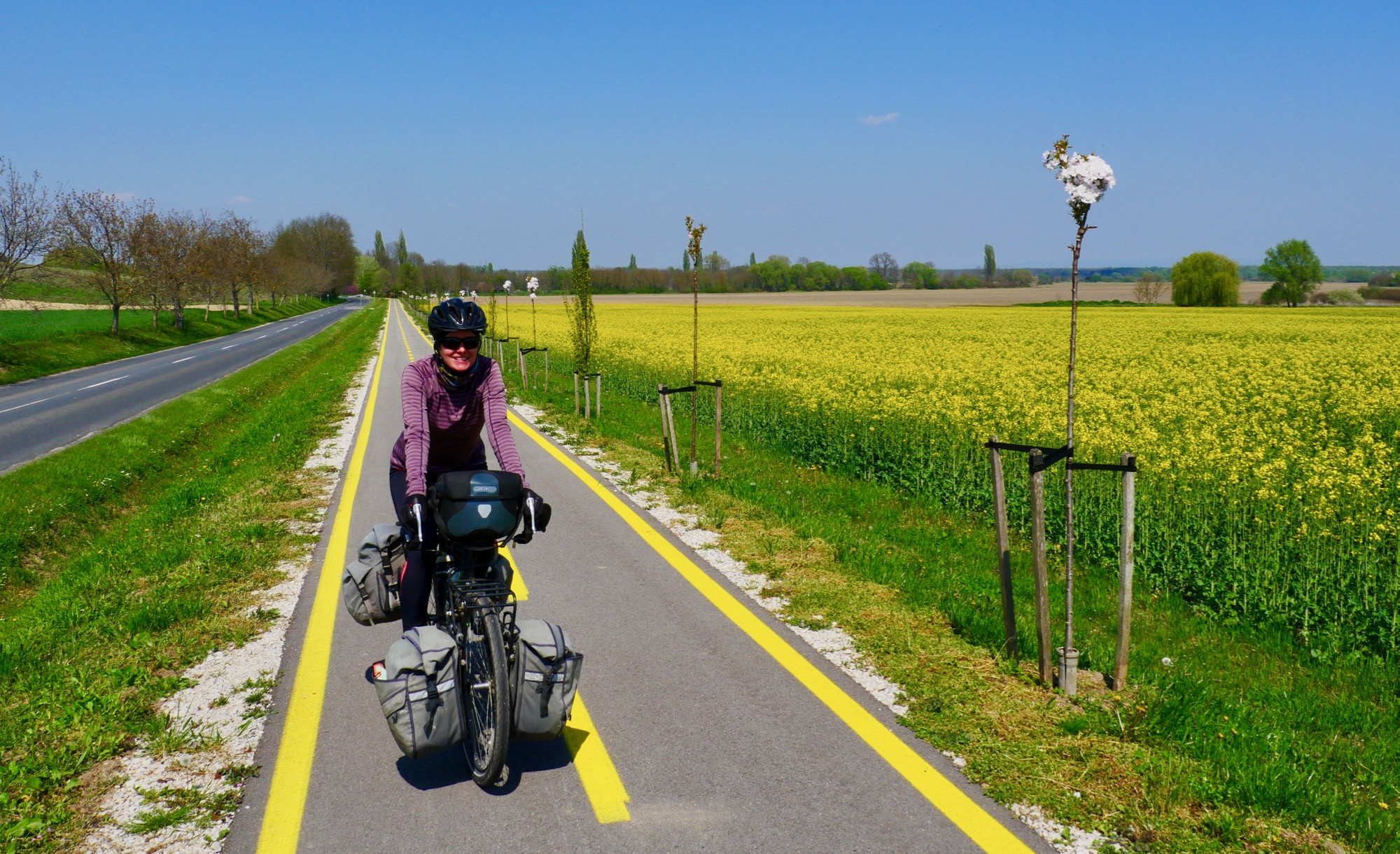
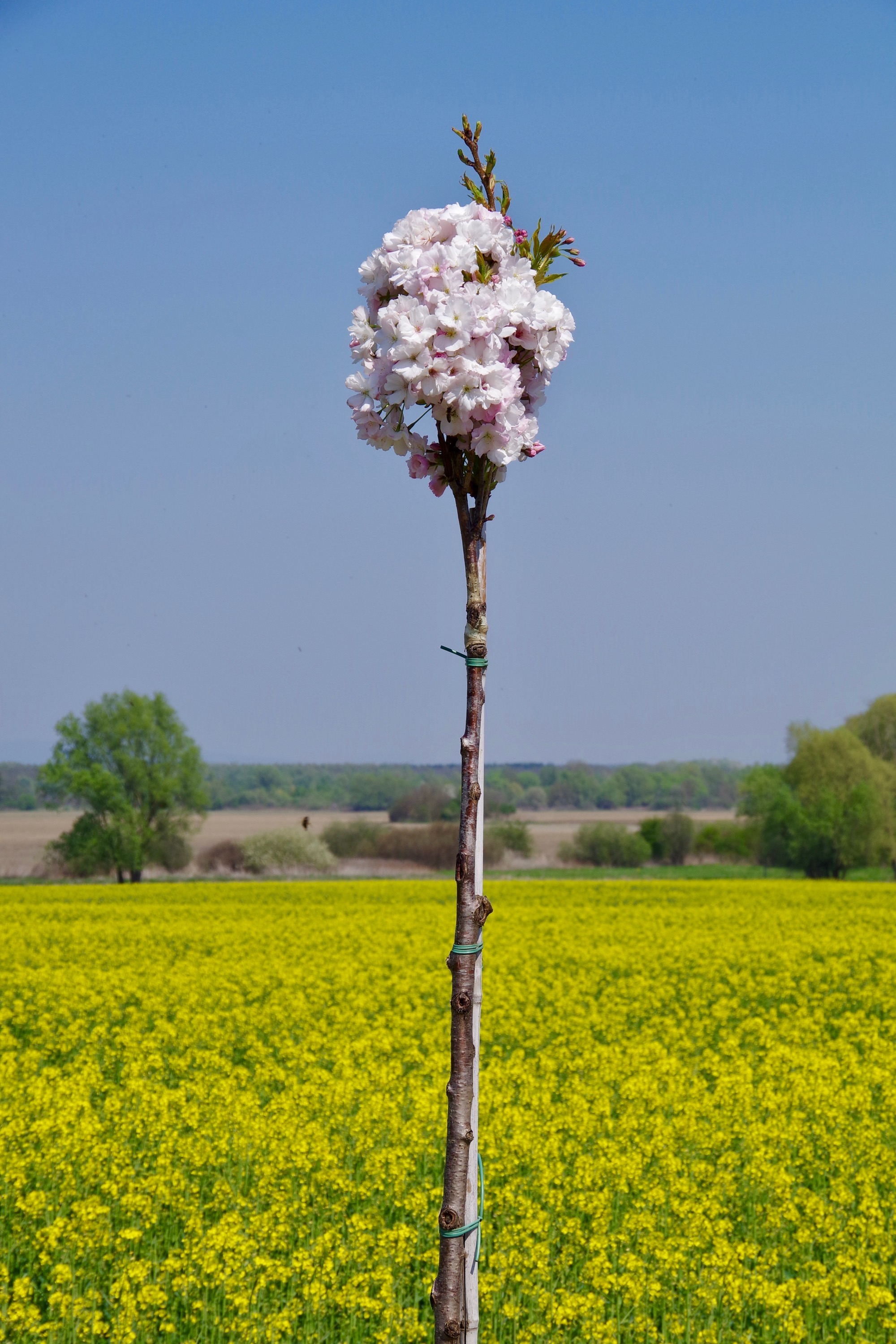

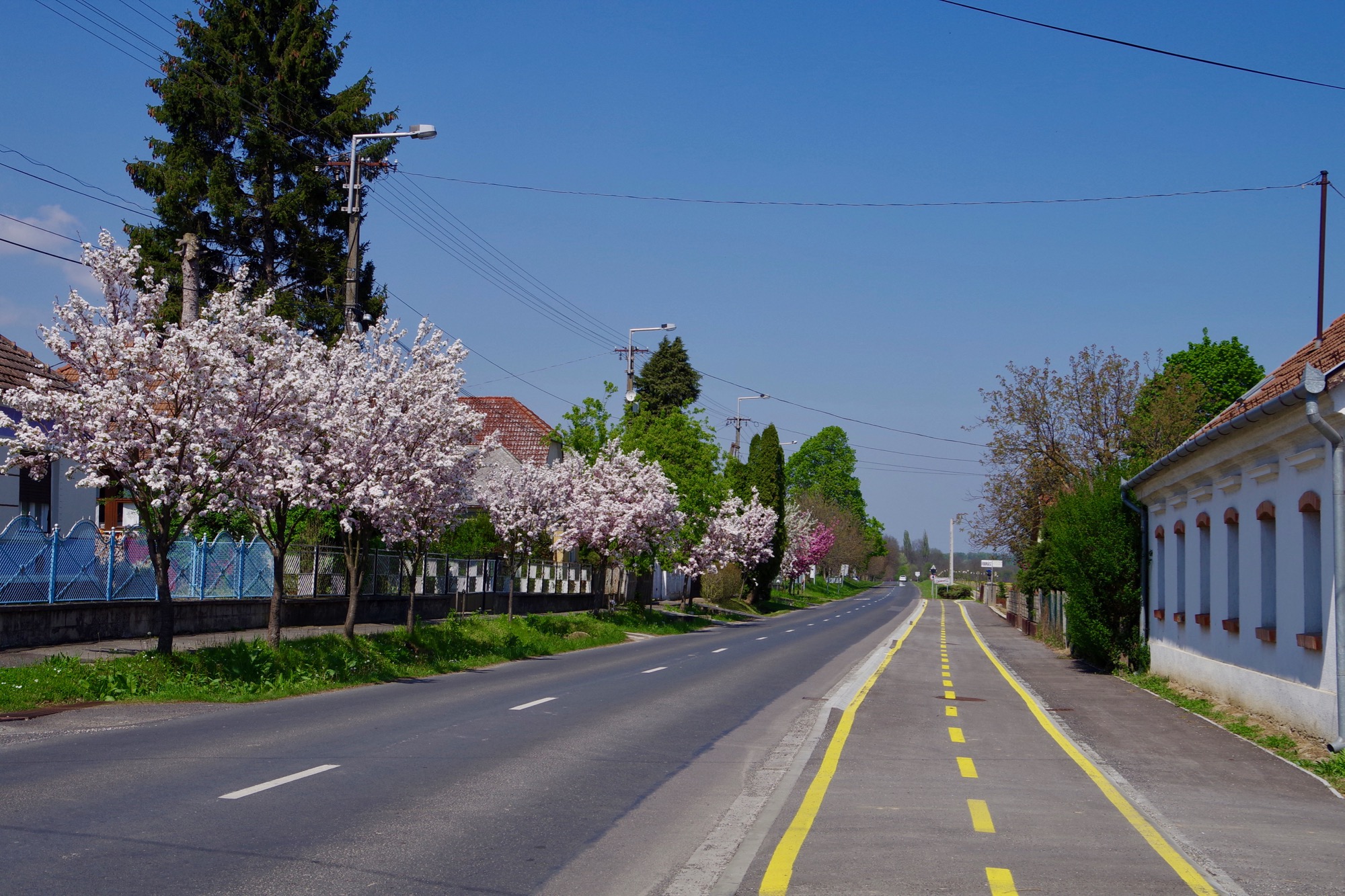
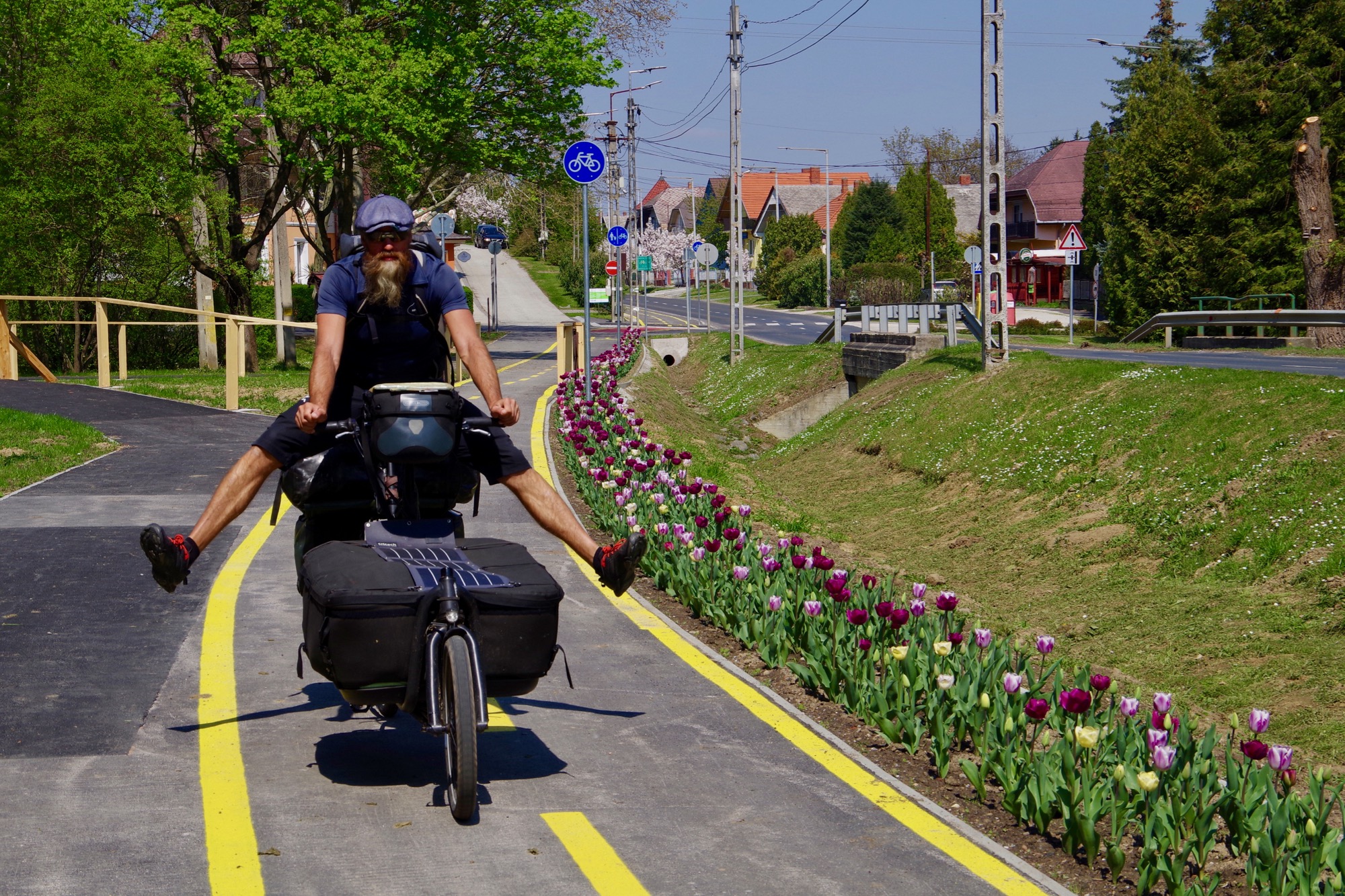
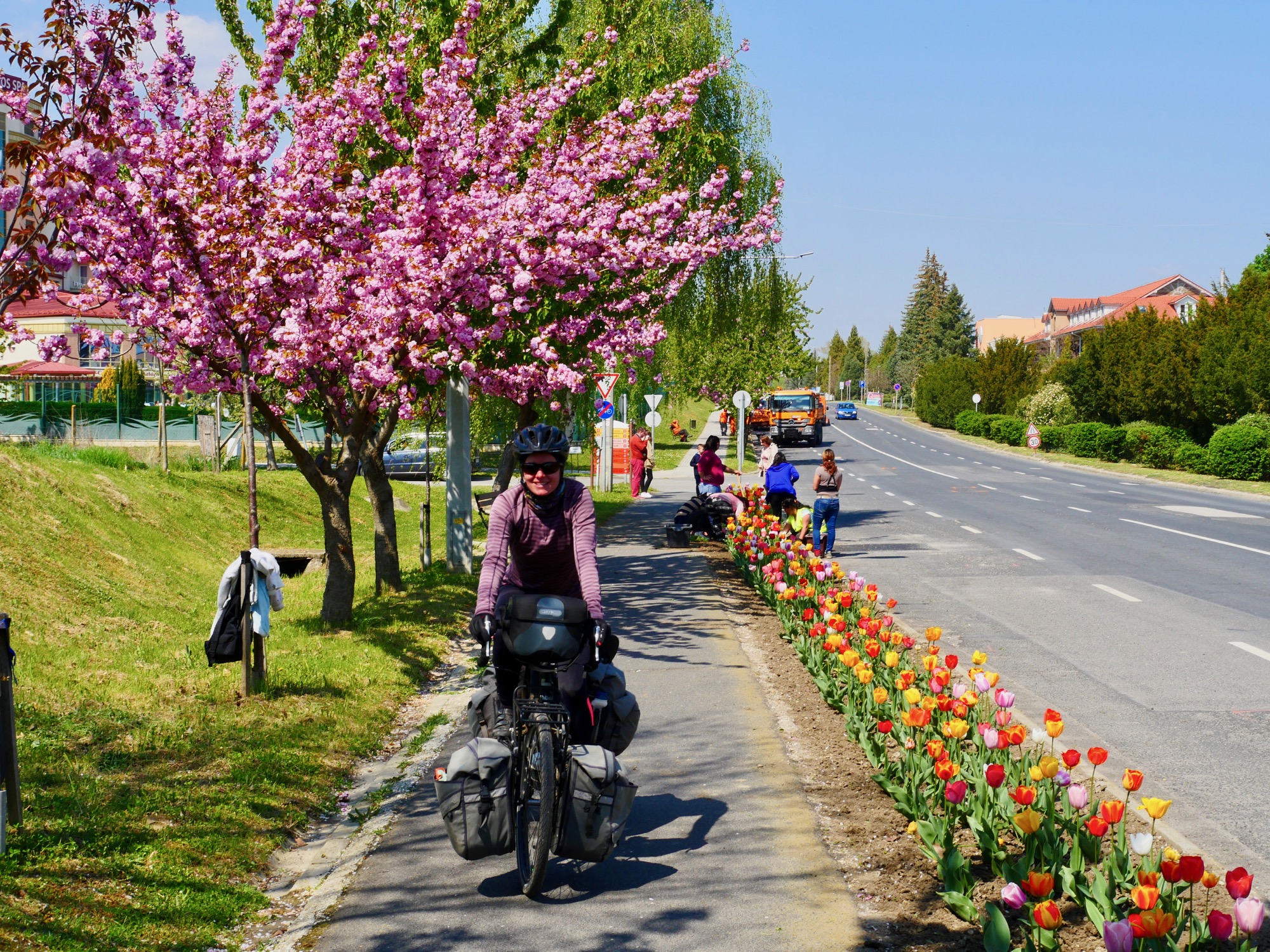


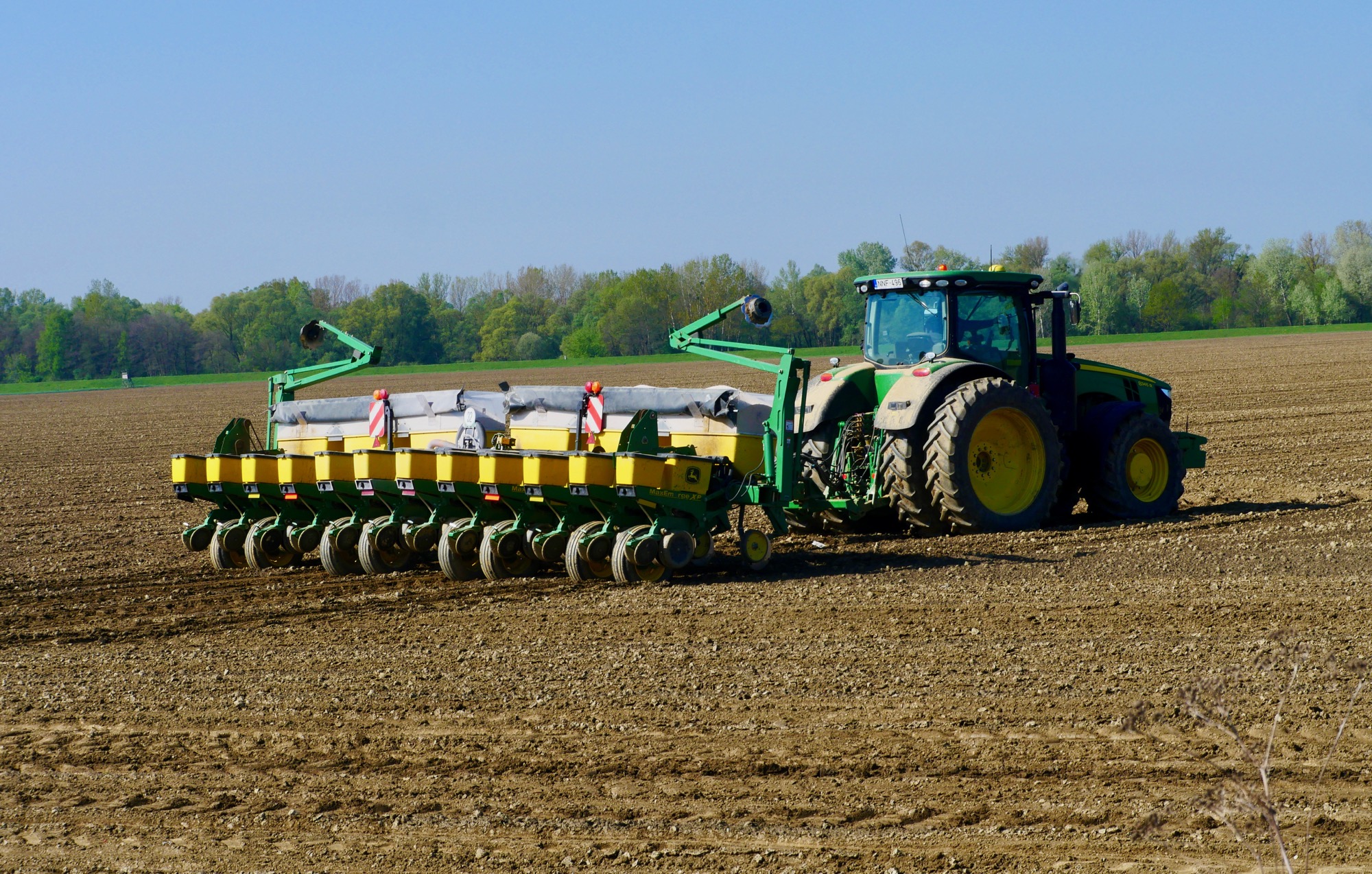


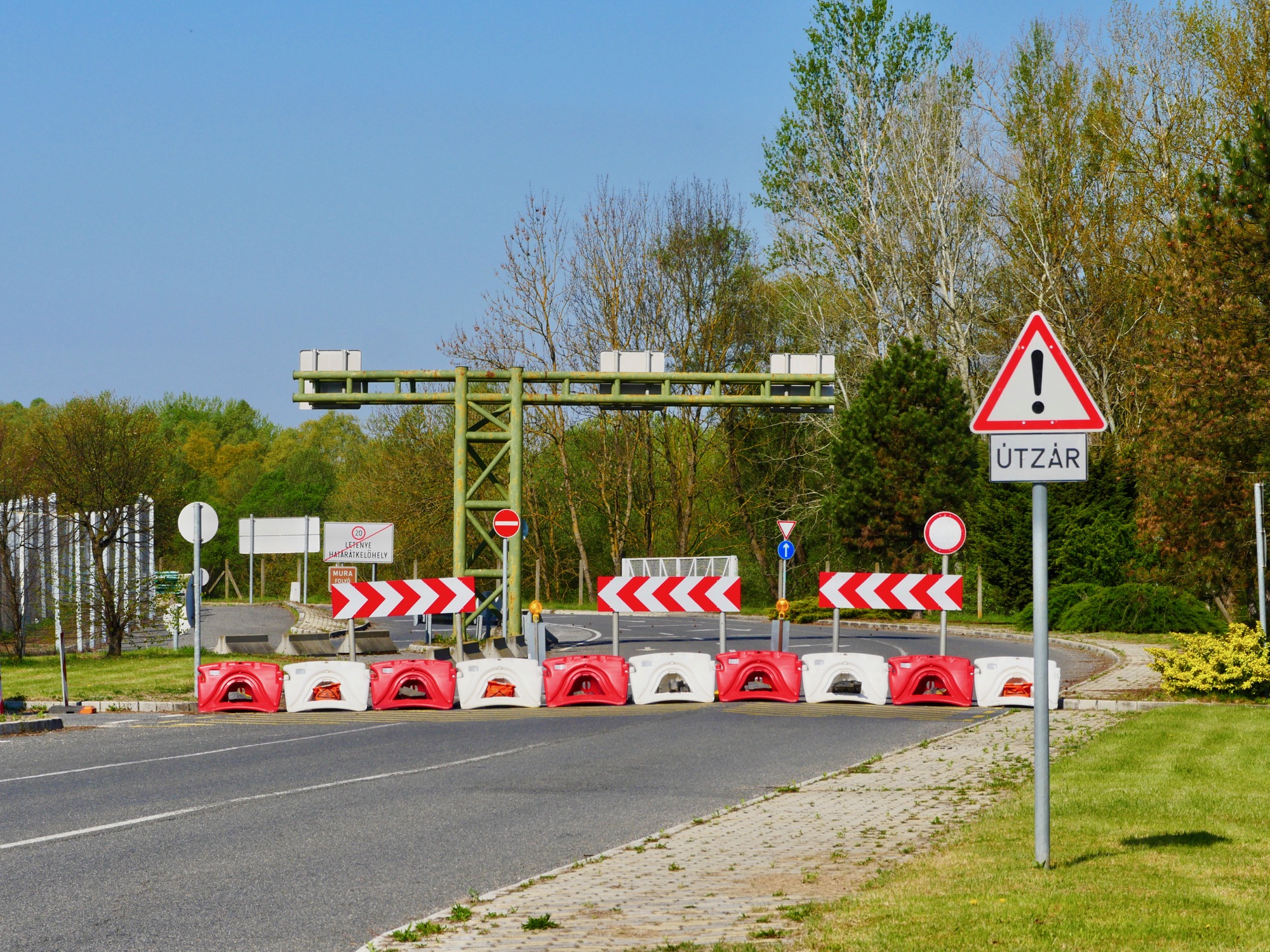
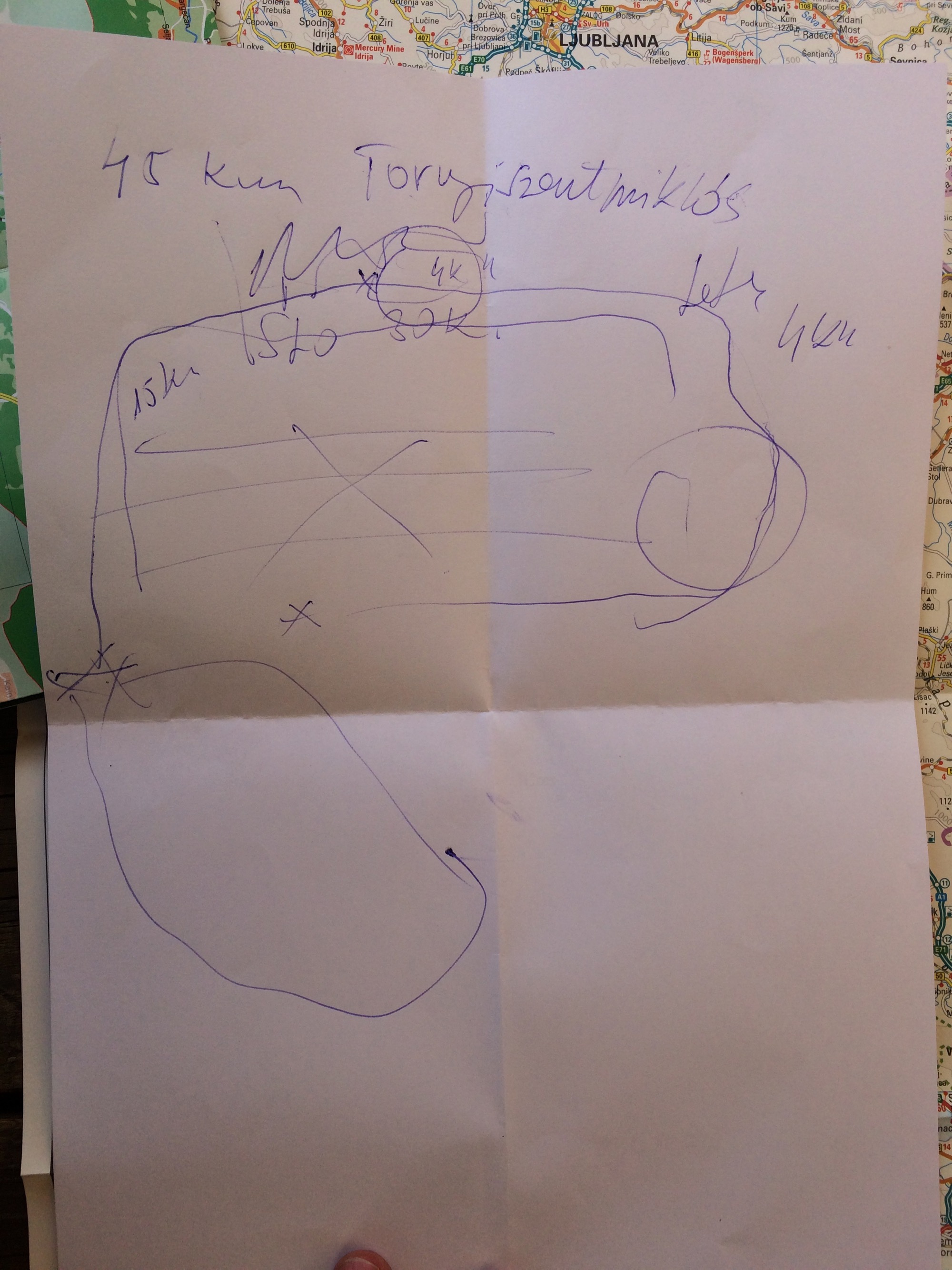
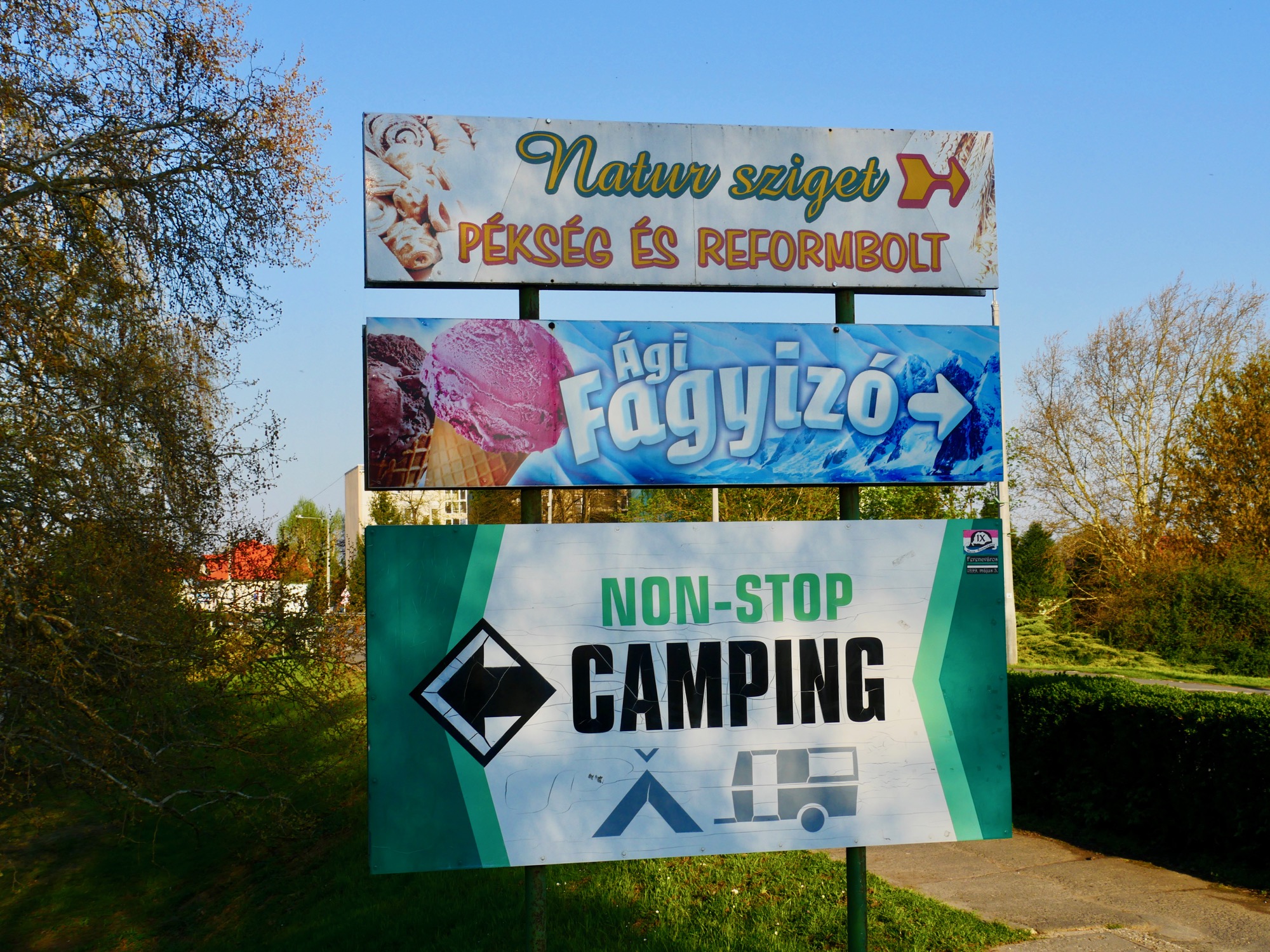
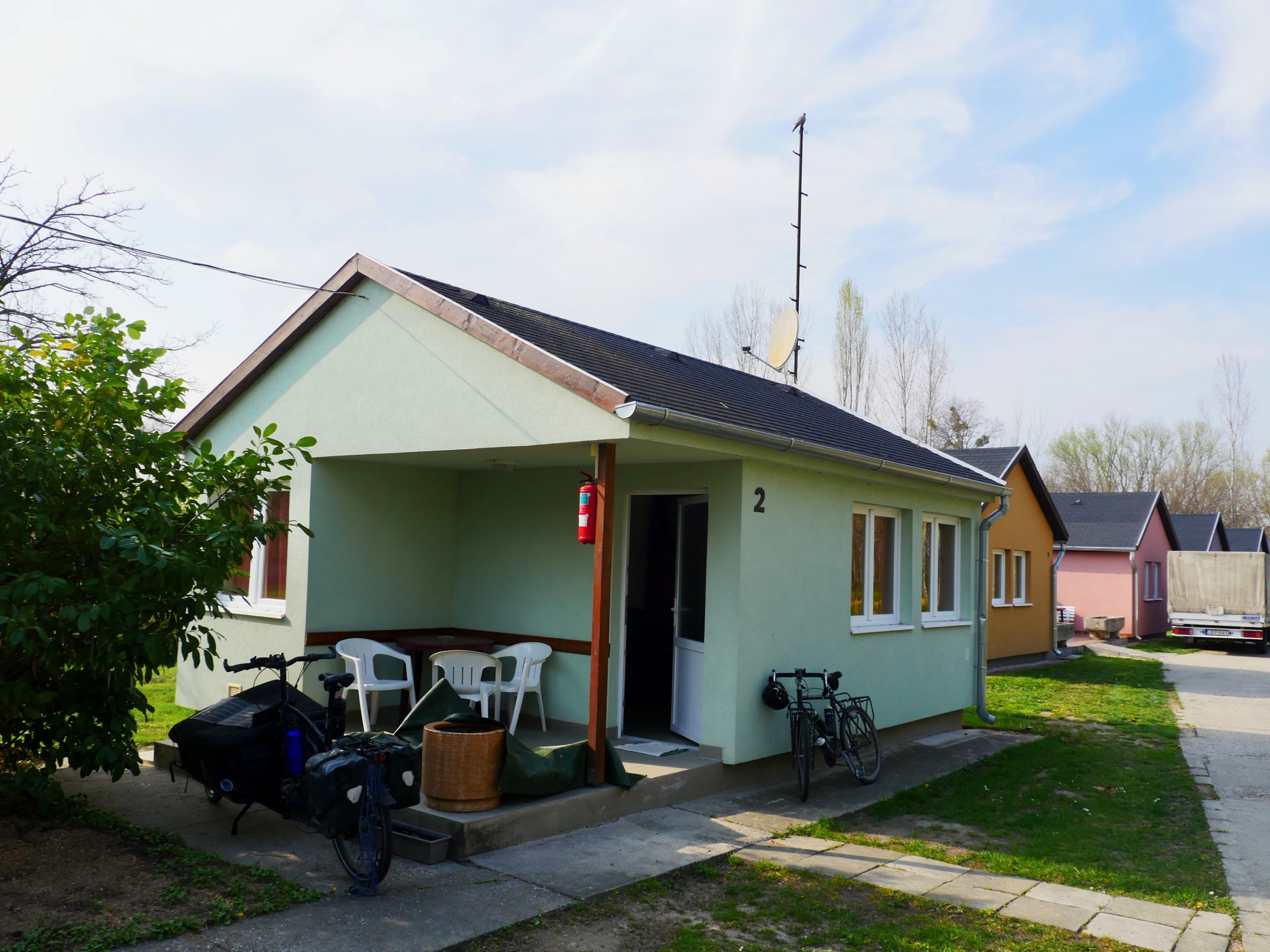

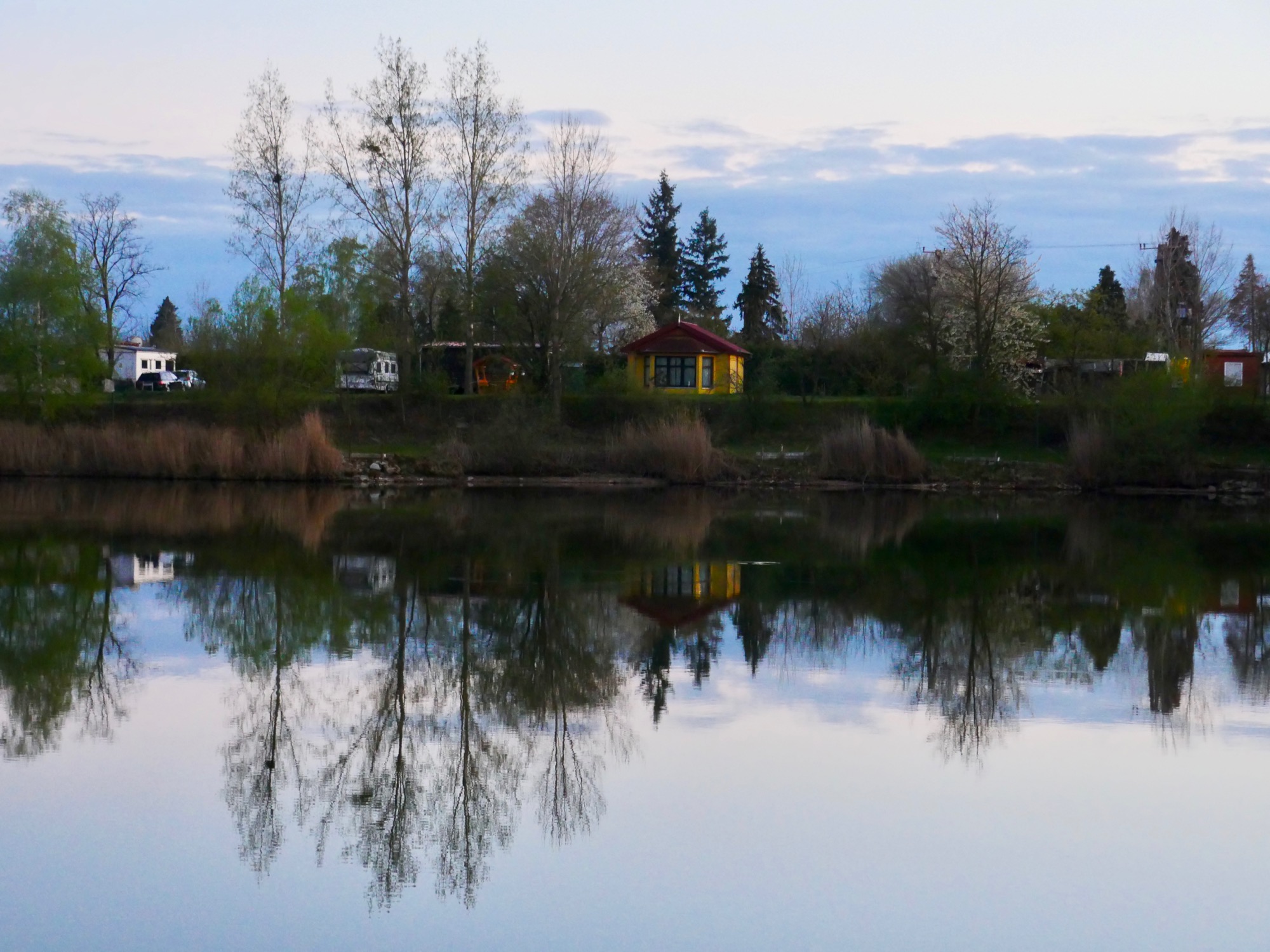
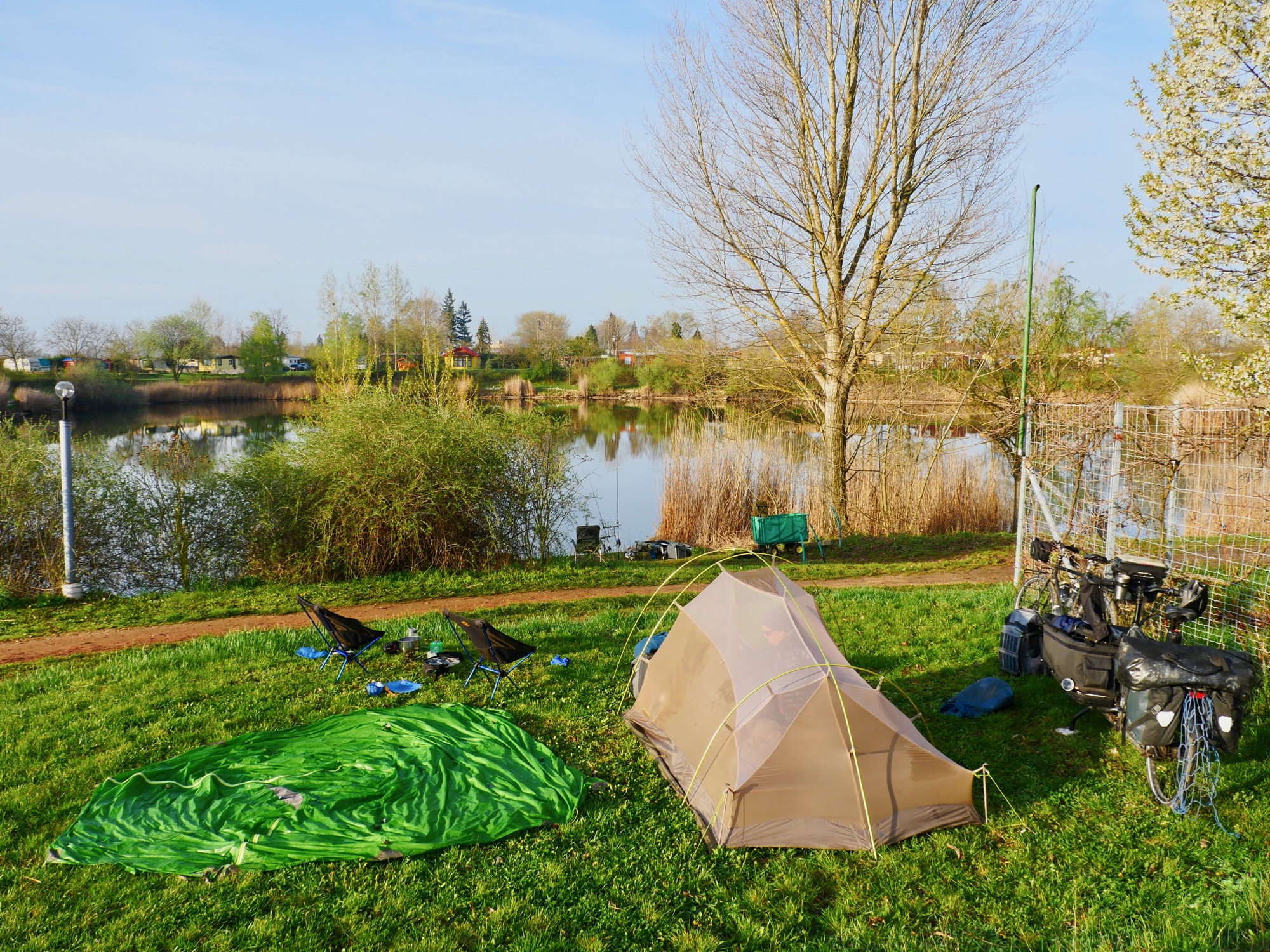
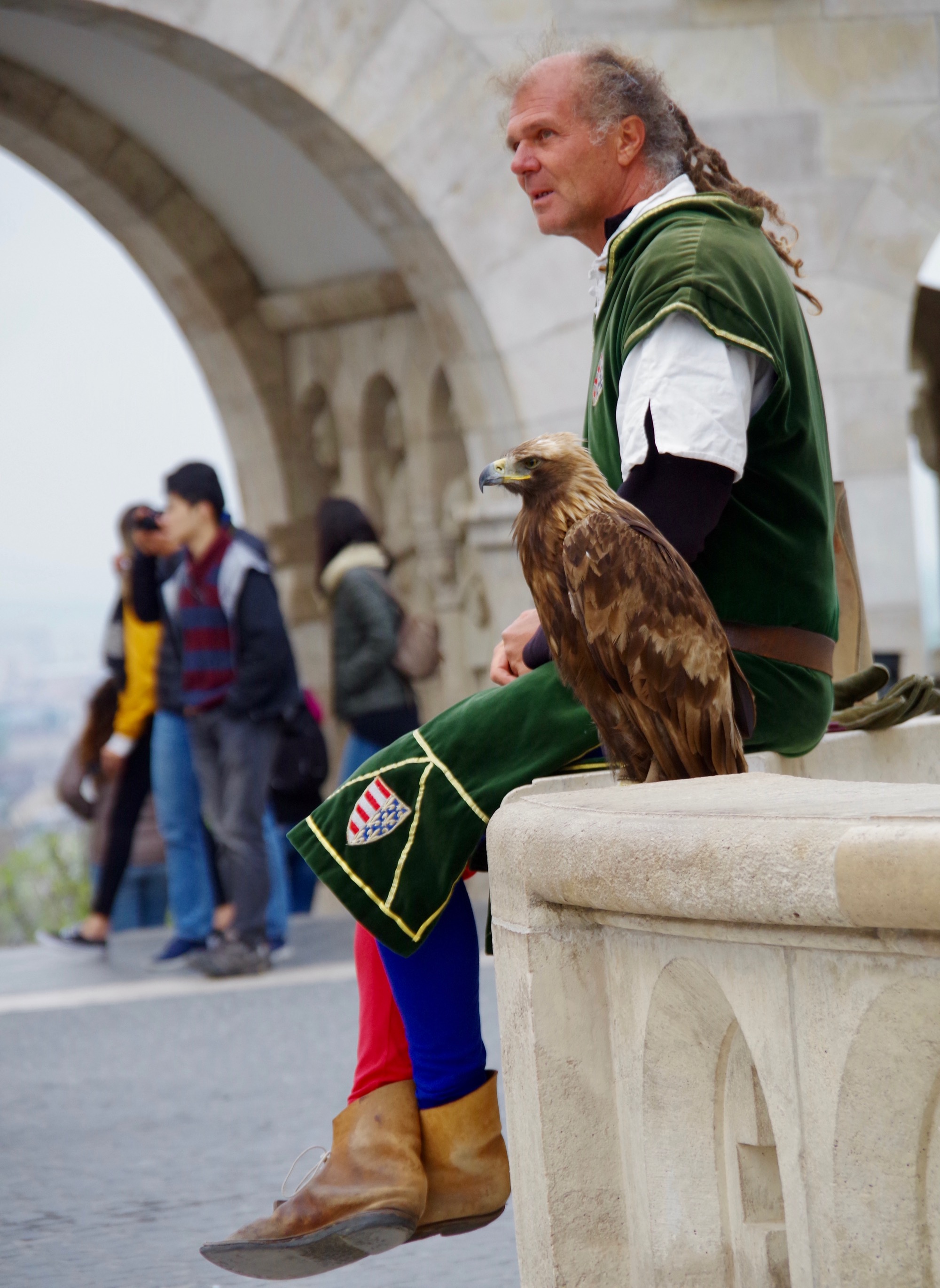
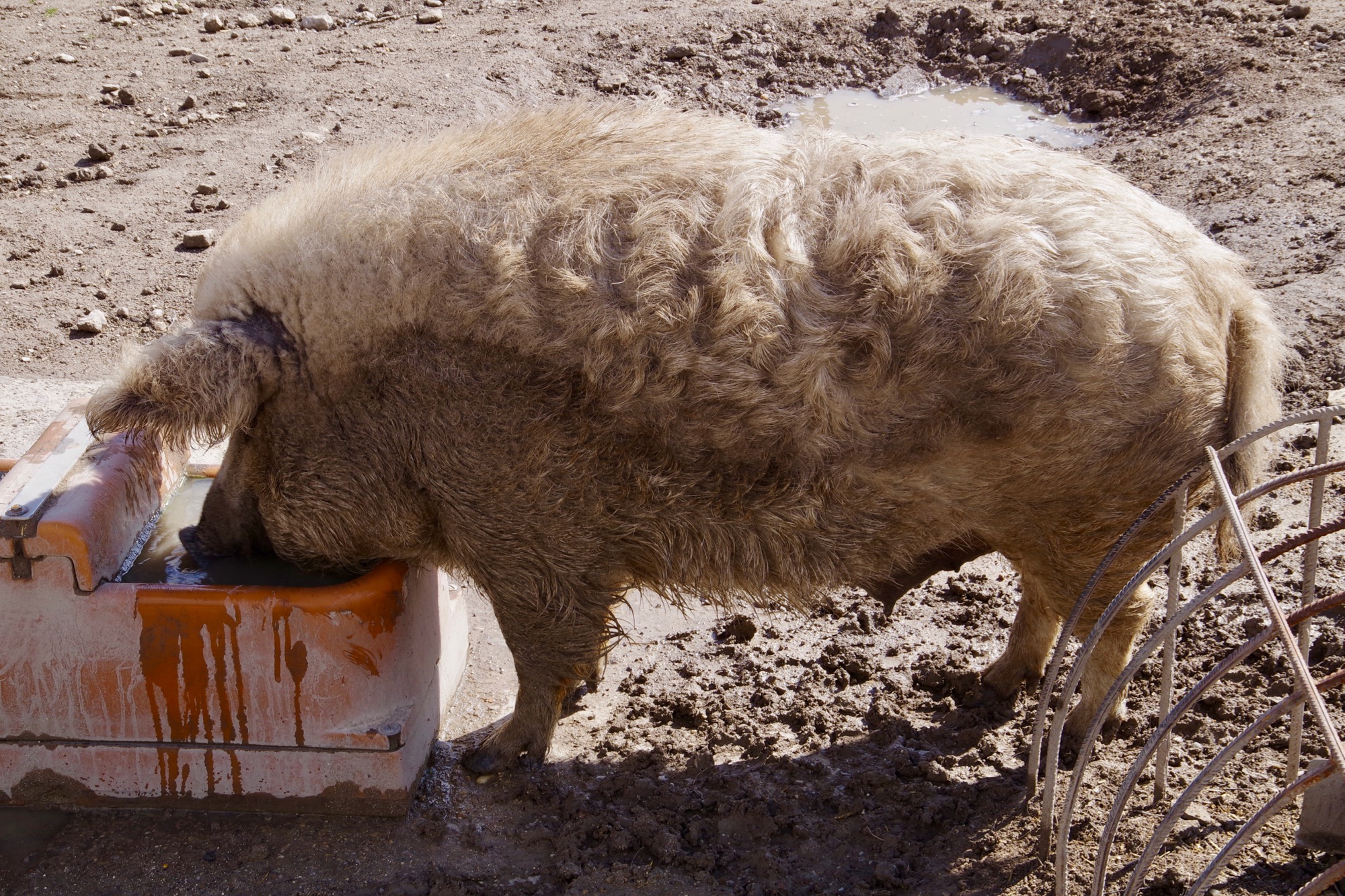
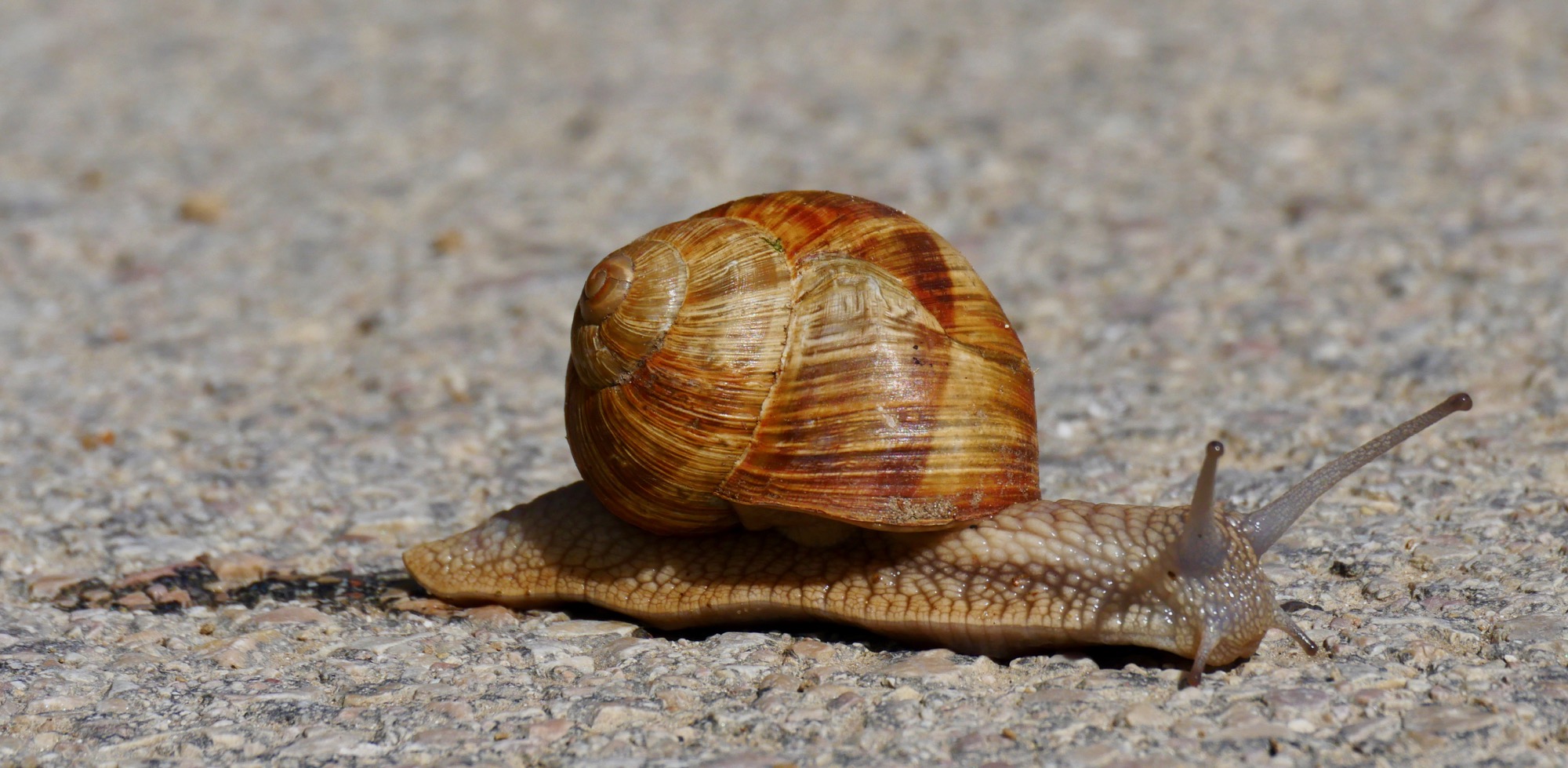
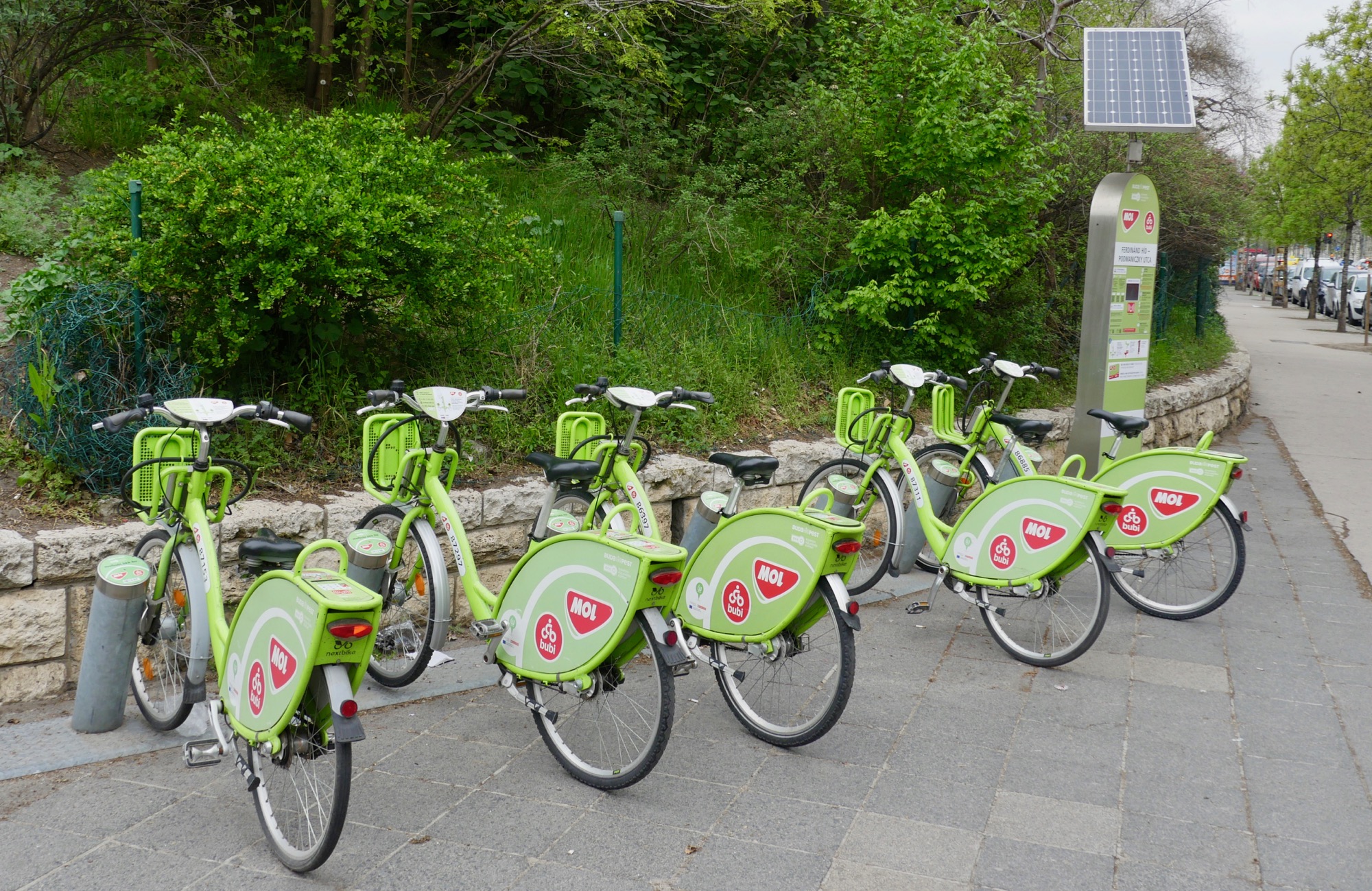

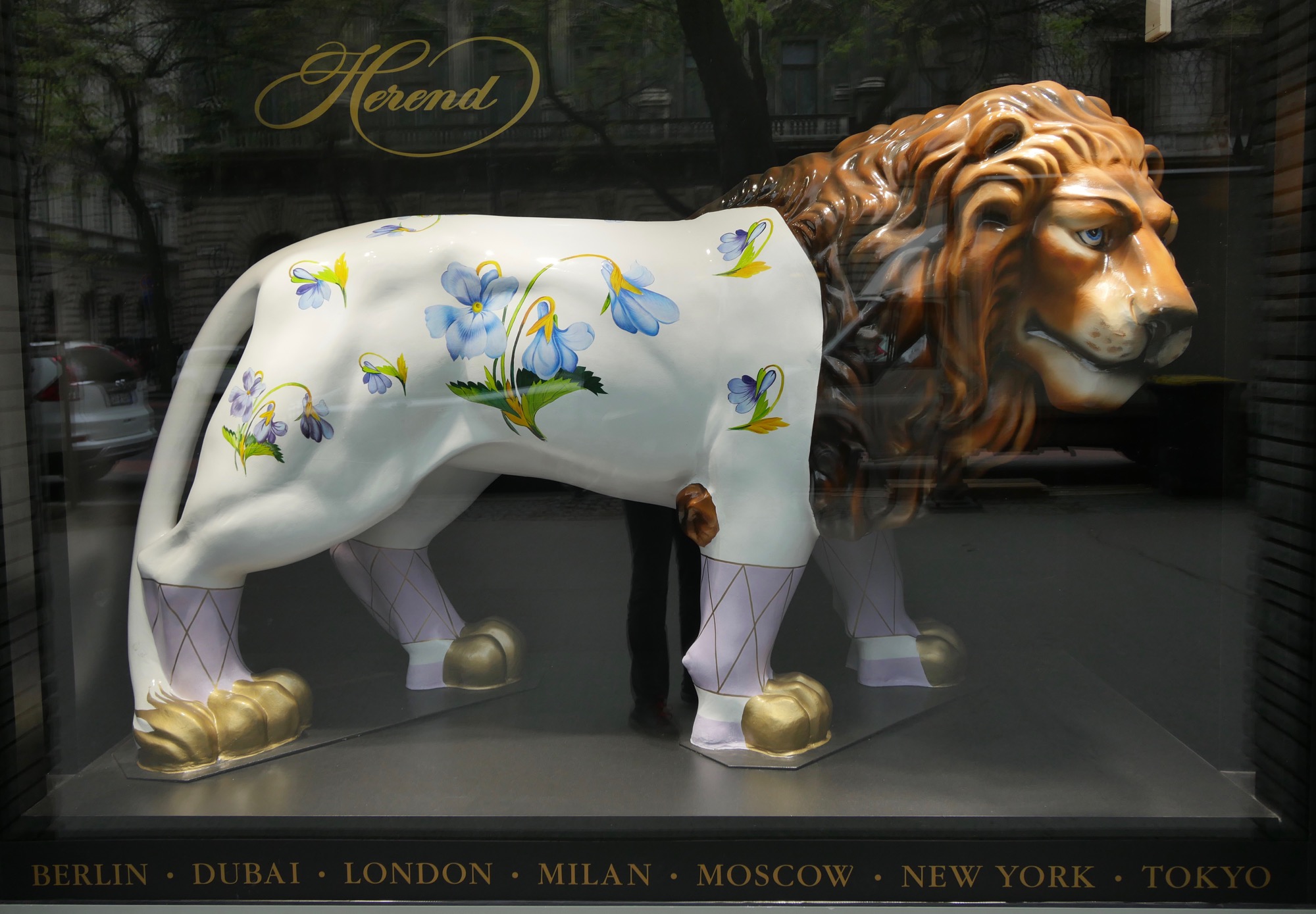


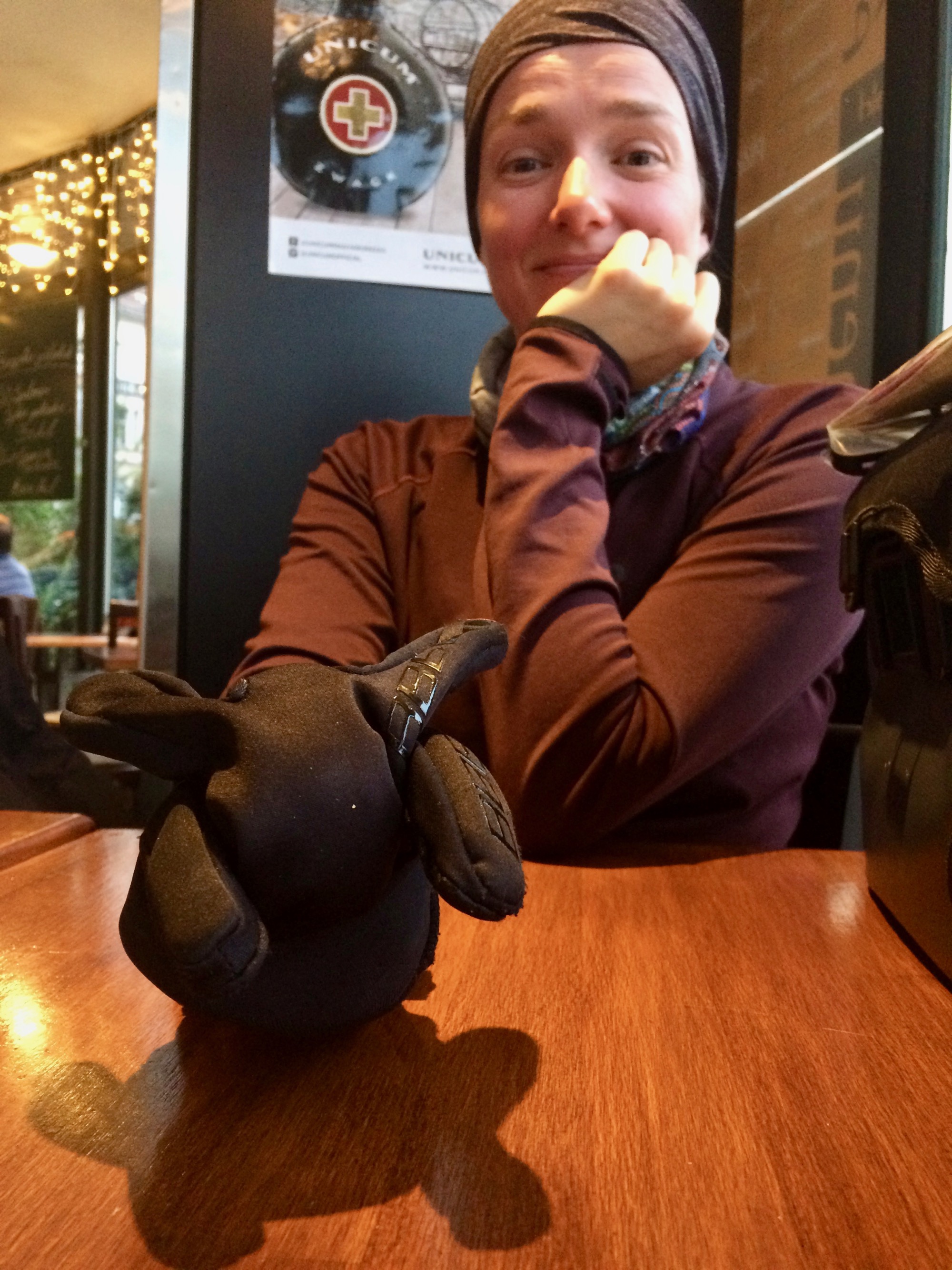

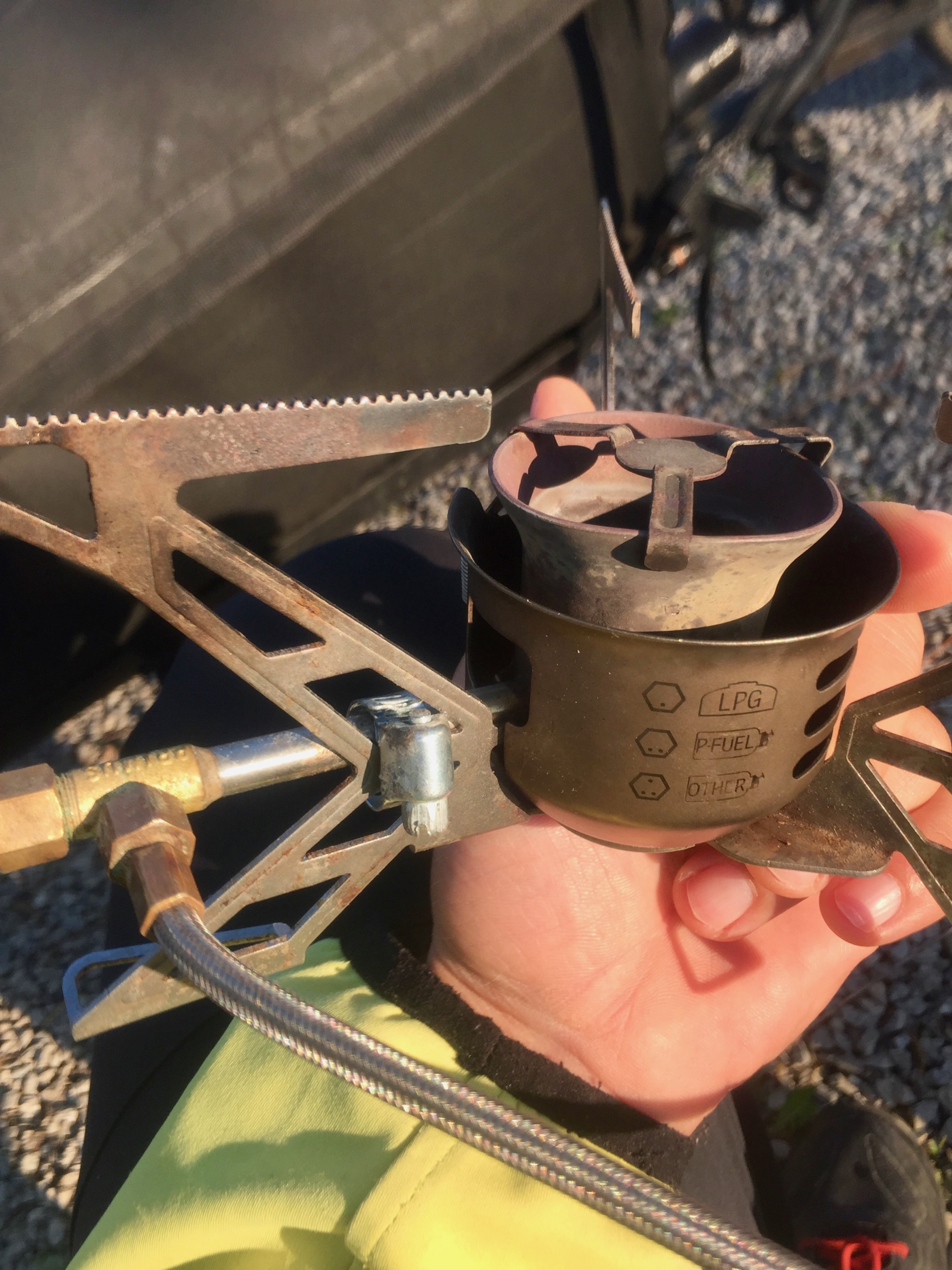
Merci encore pour ce beau récit! Je continue de dire que tu dois faire quelque chose avec tous ces écrits, ces images et ces souvenirs à ton retour! Je serai ton agente 😂
Continuez votre magnifique périple!
Contente de savoir que j’ai déjà une agente!! 😂